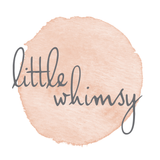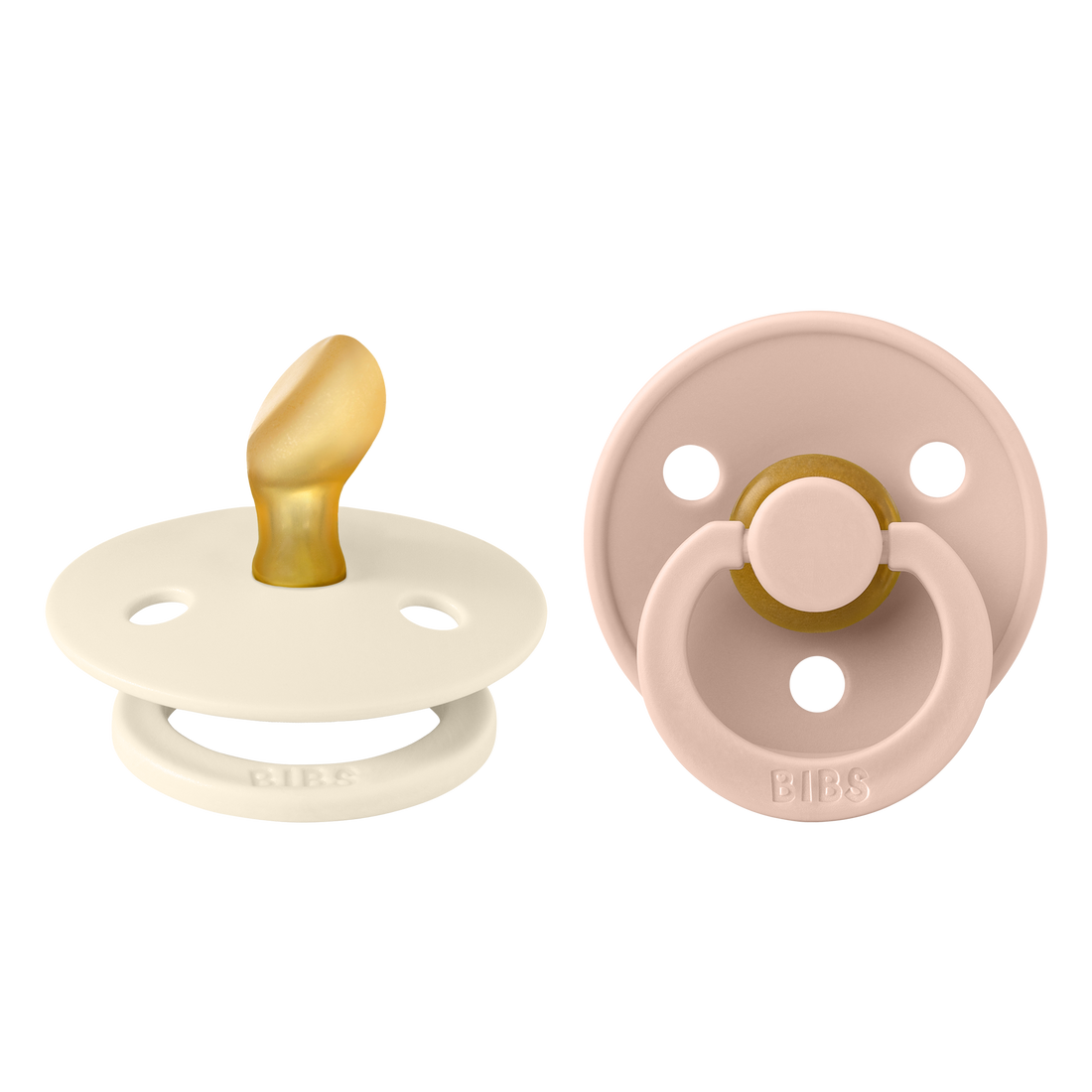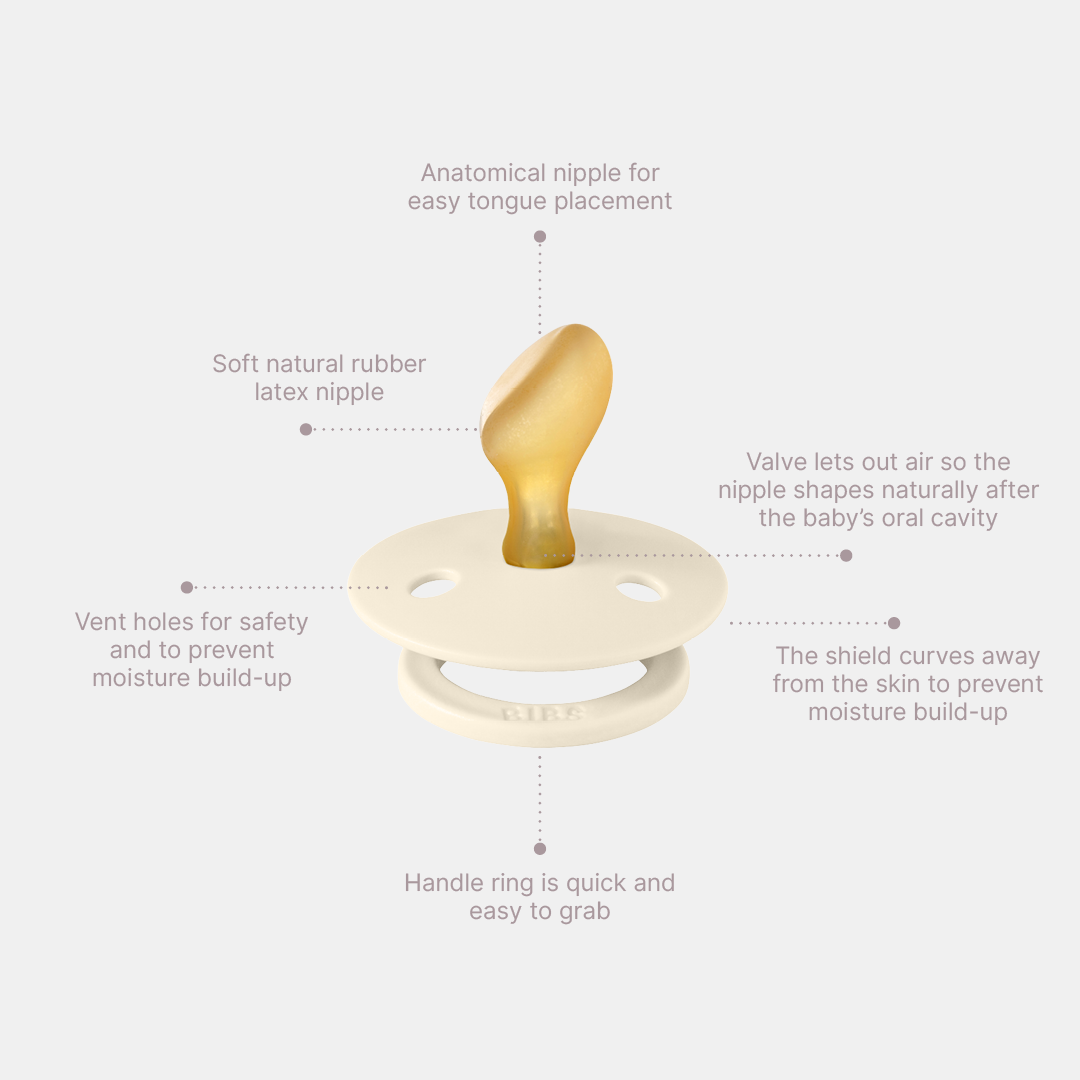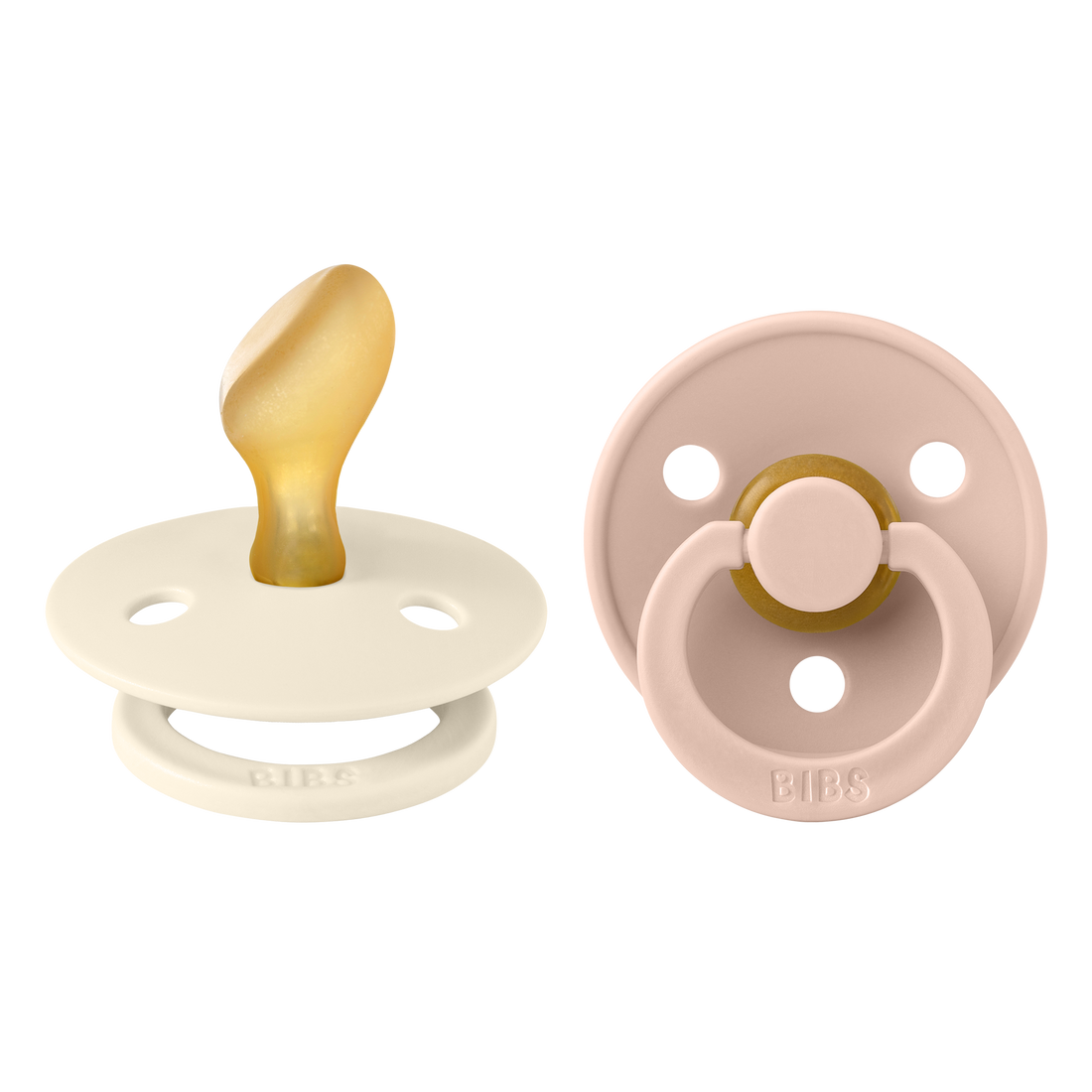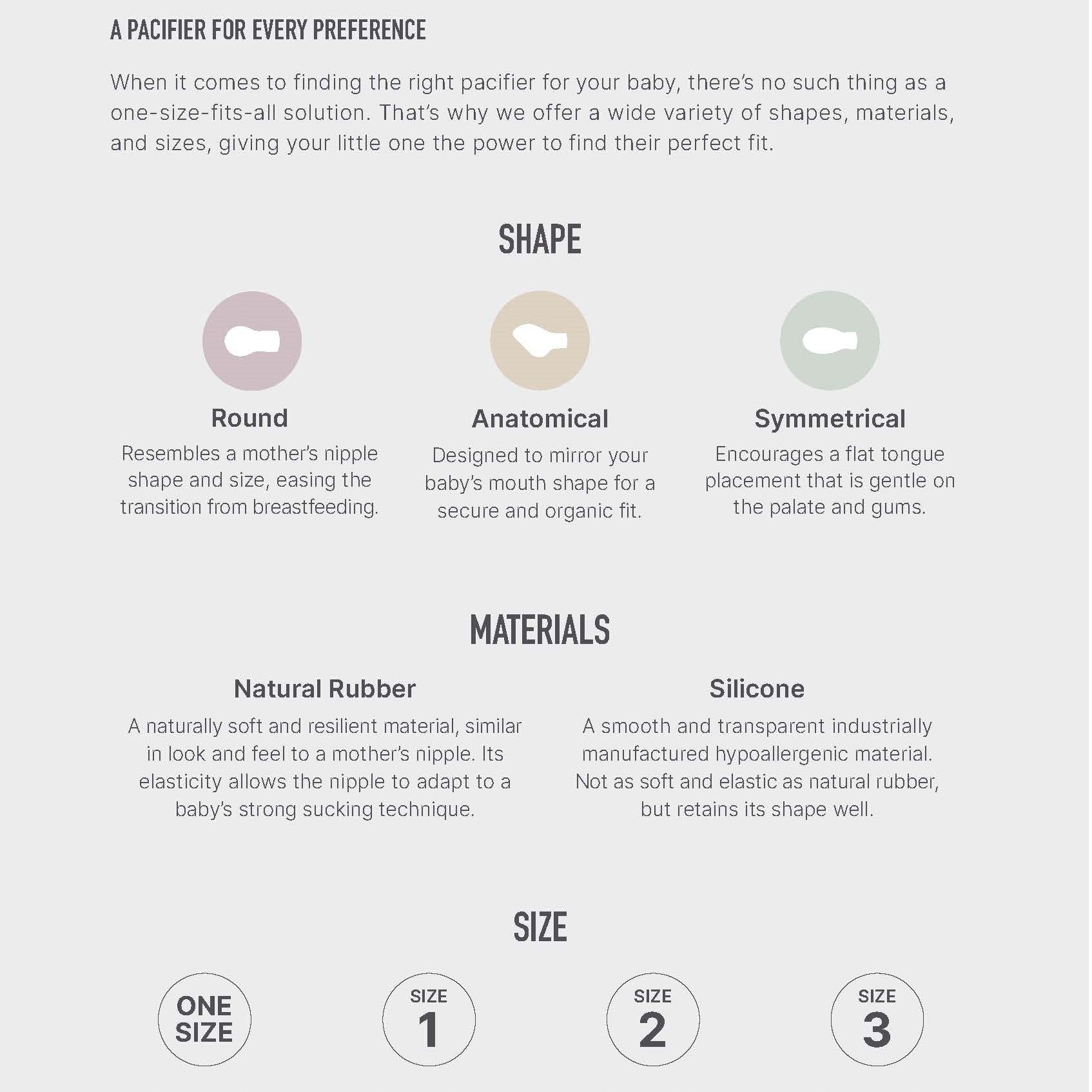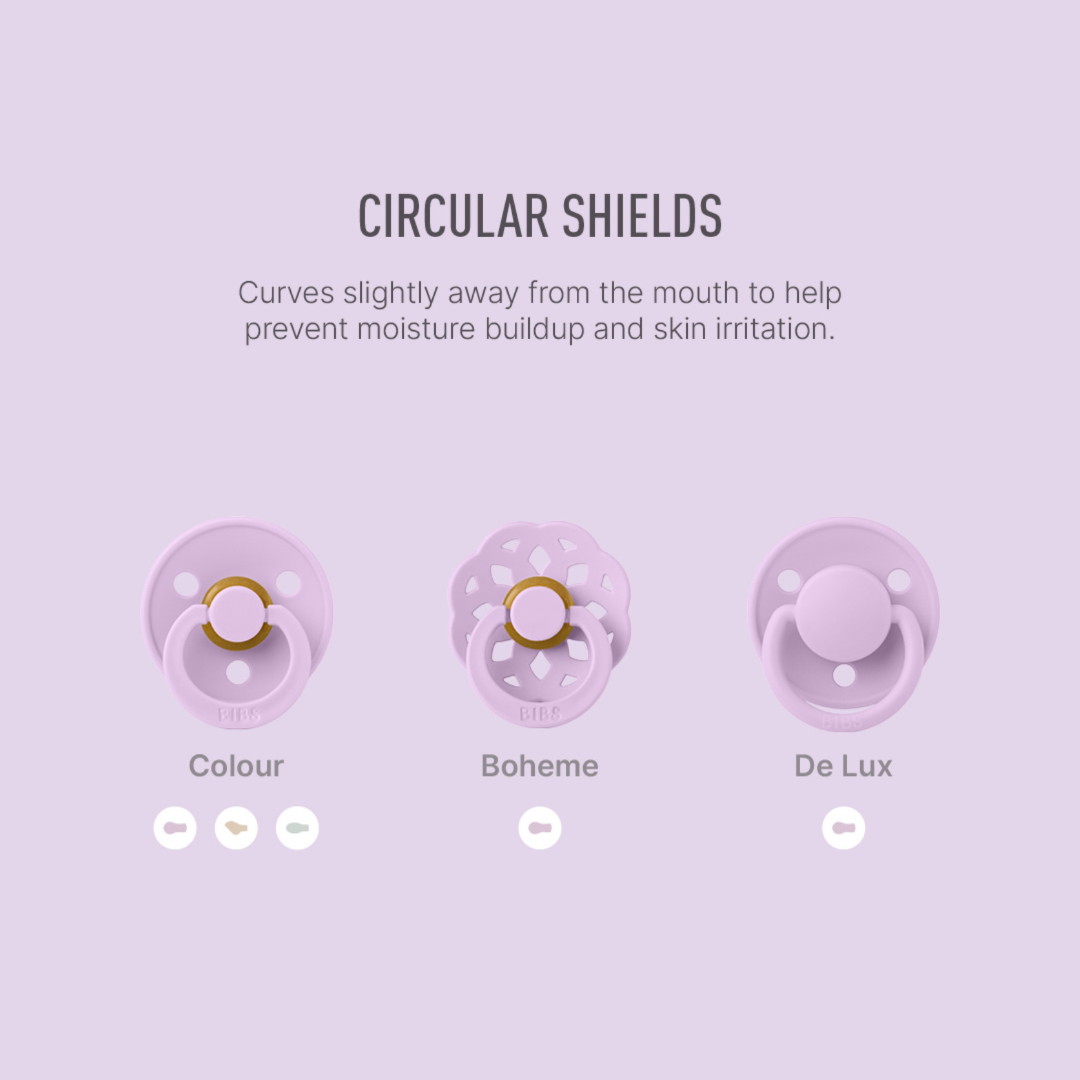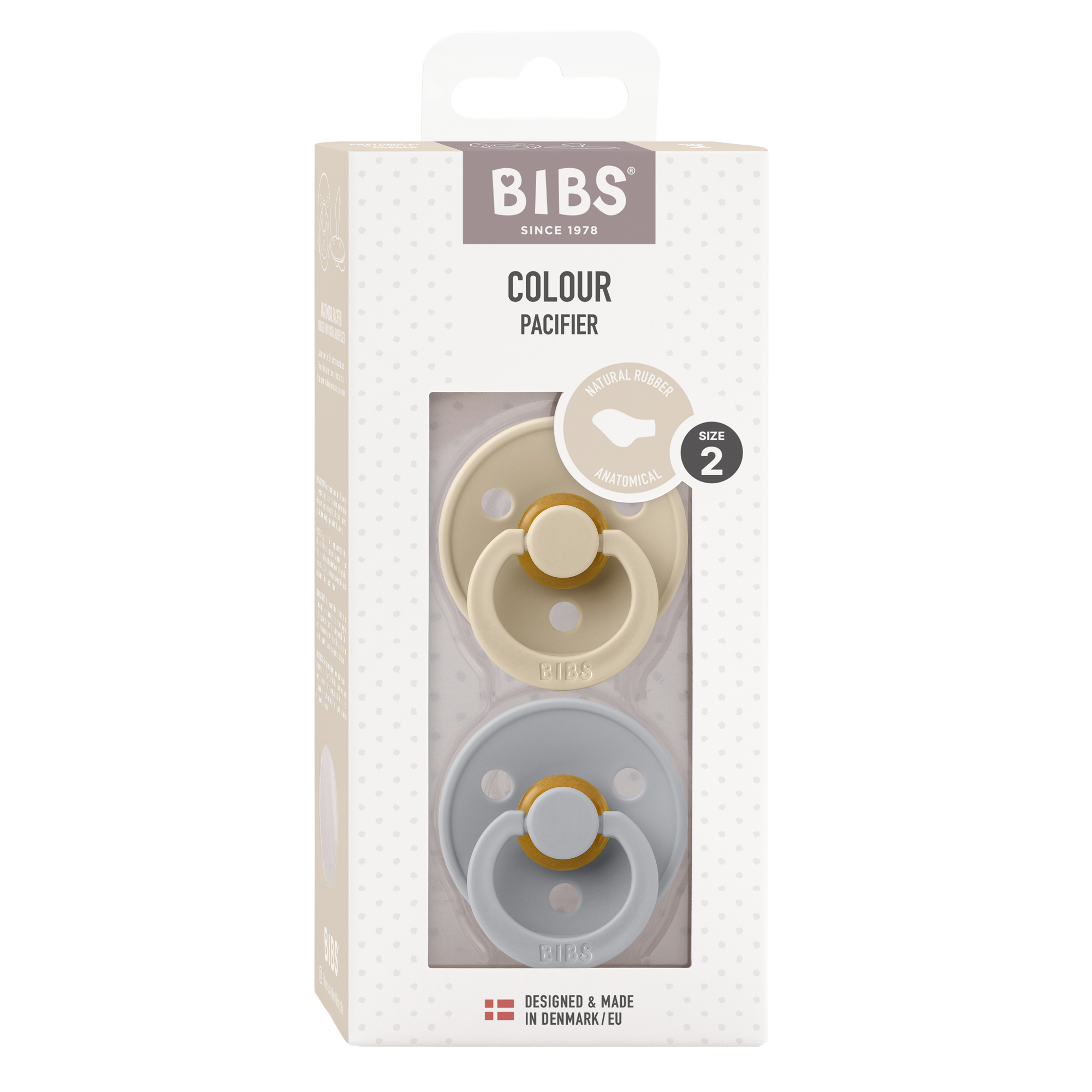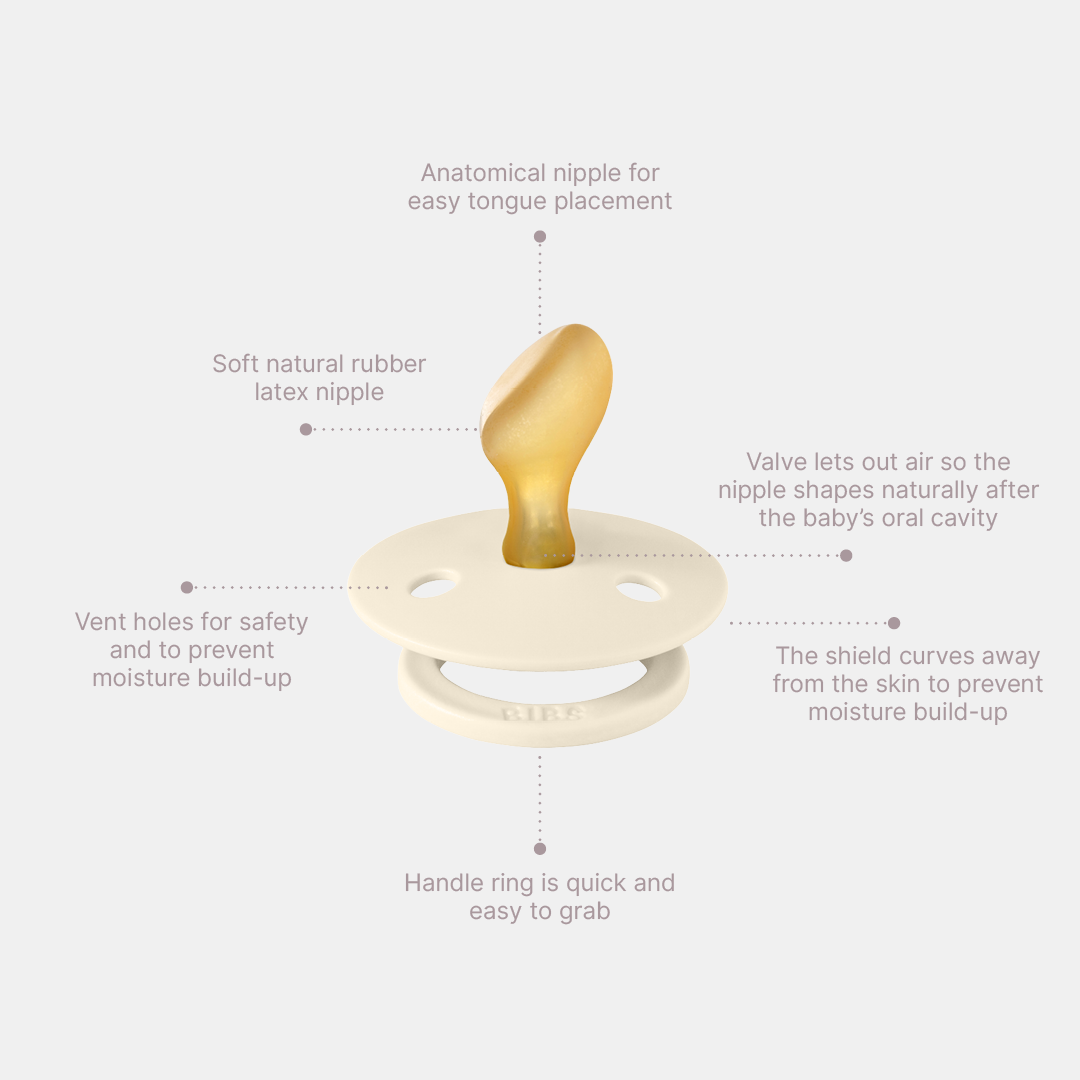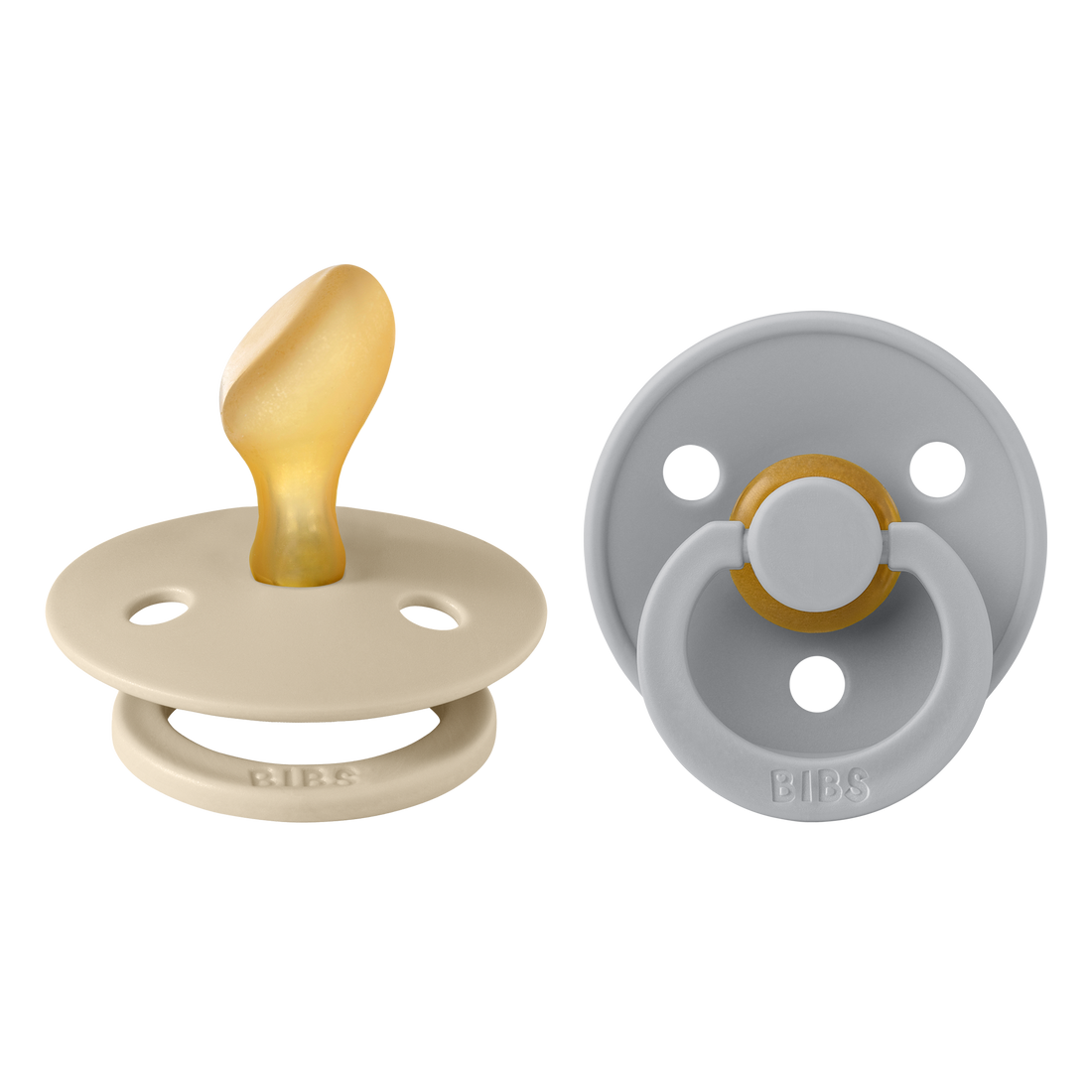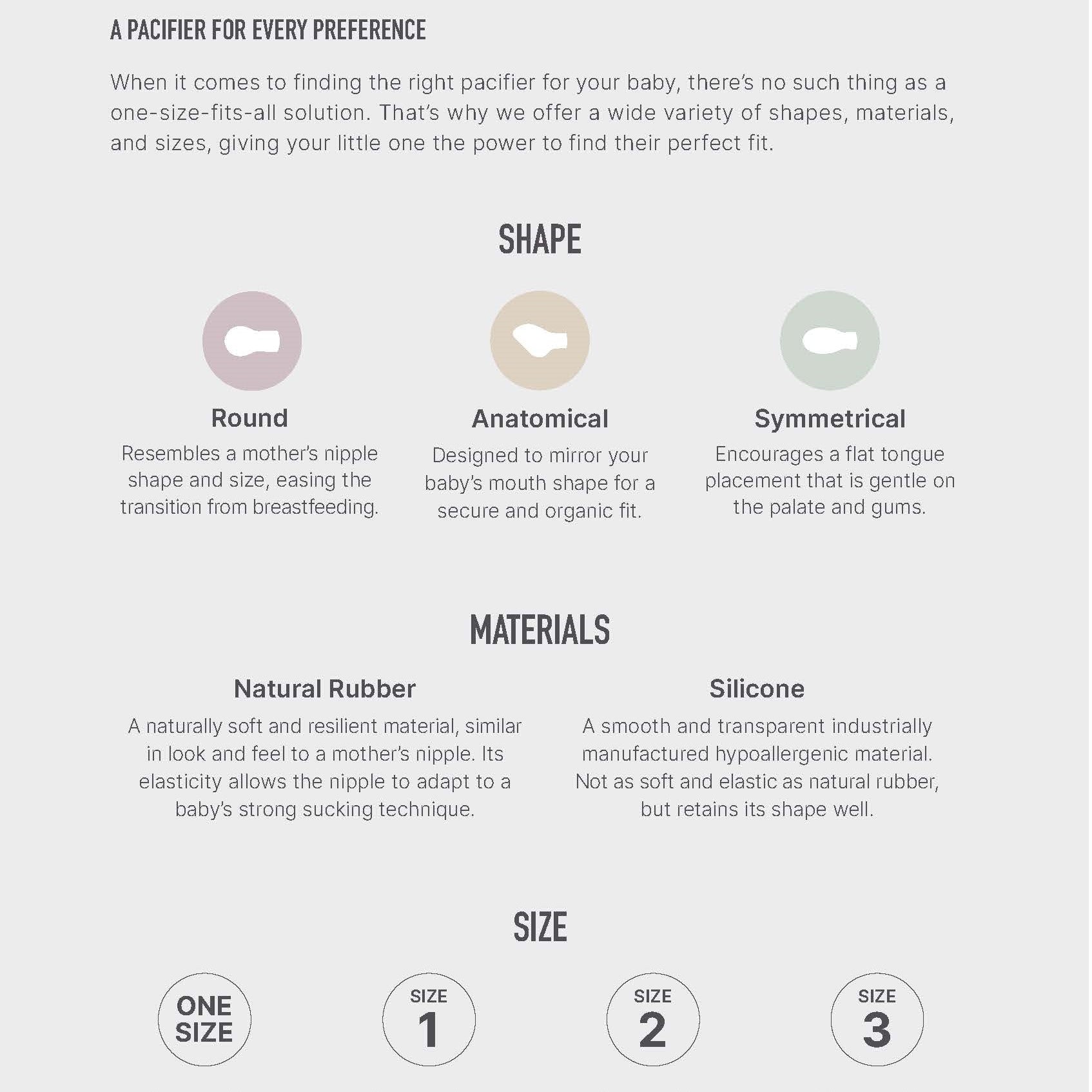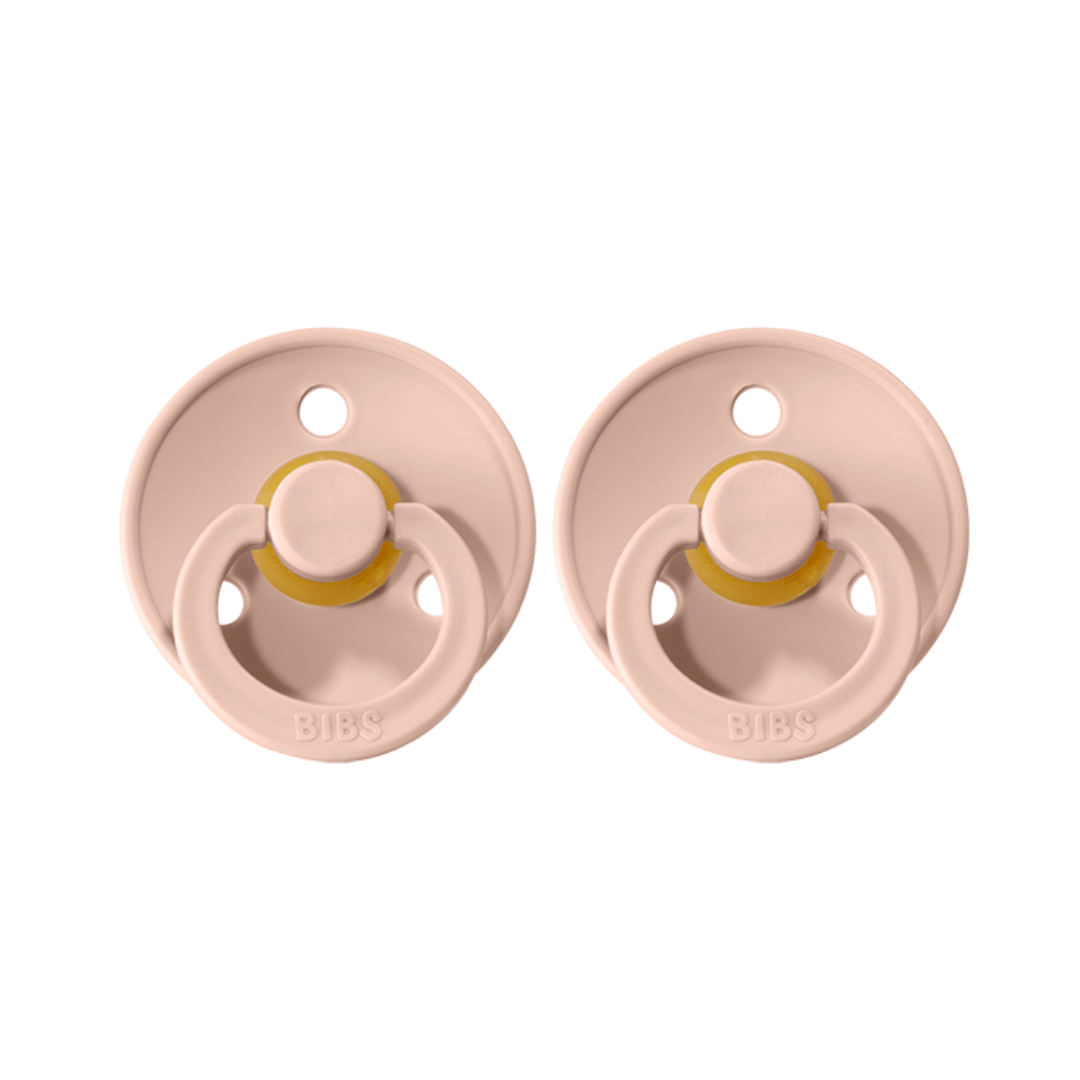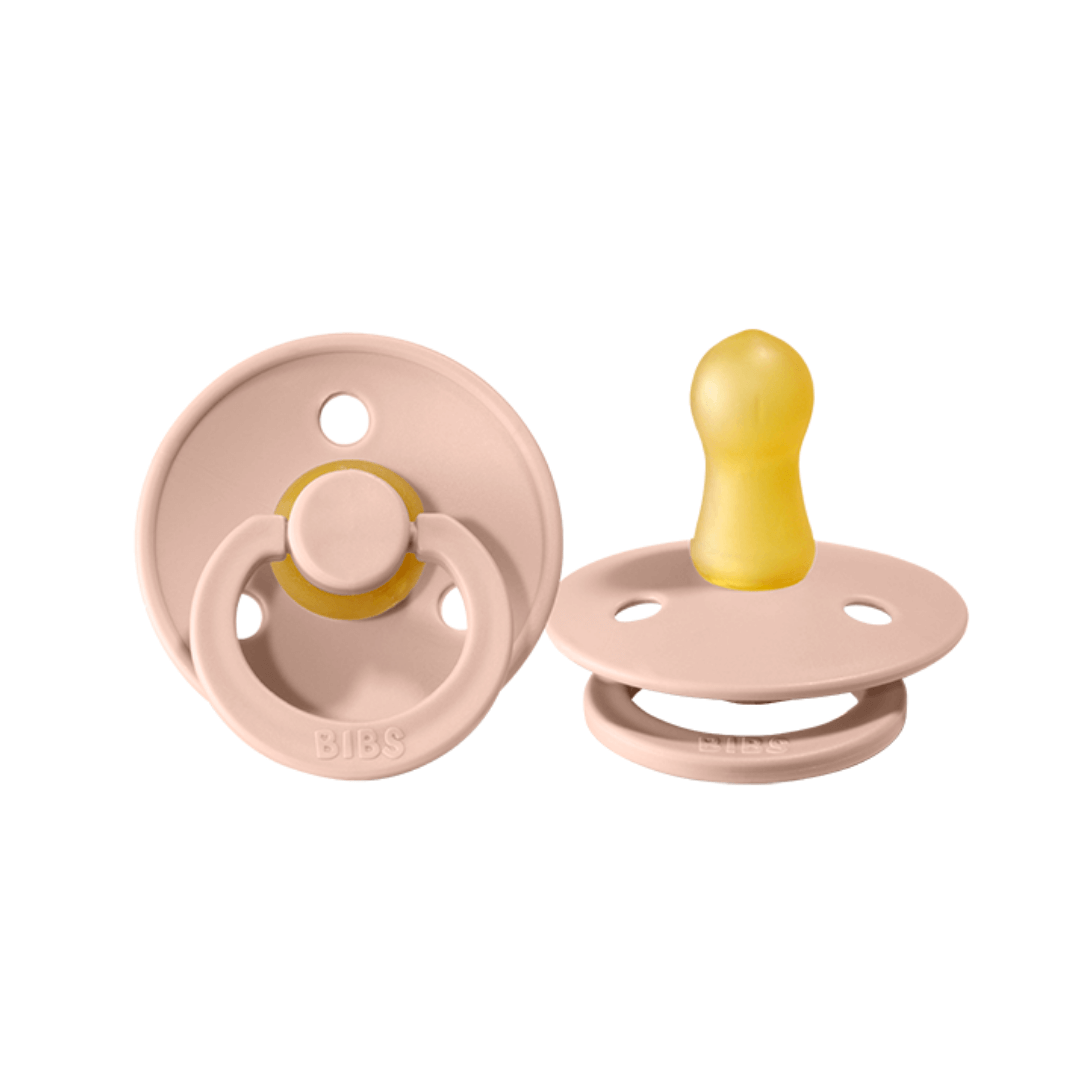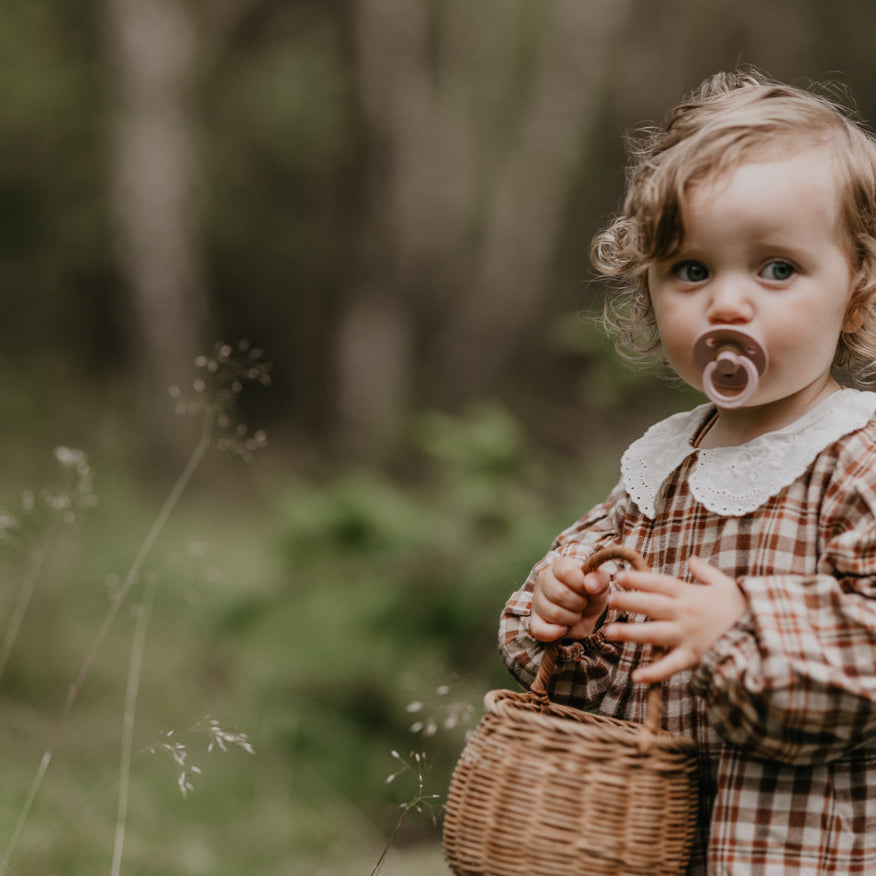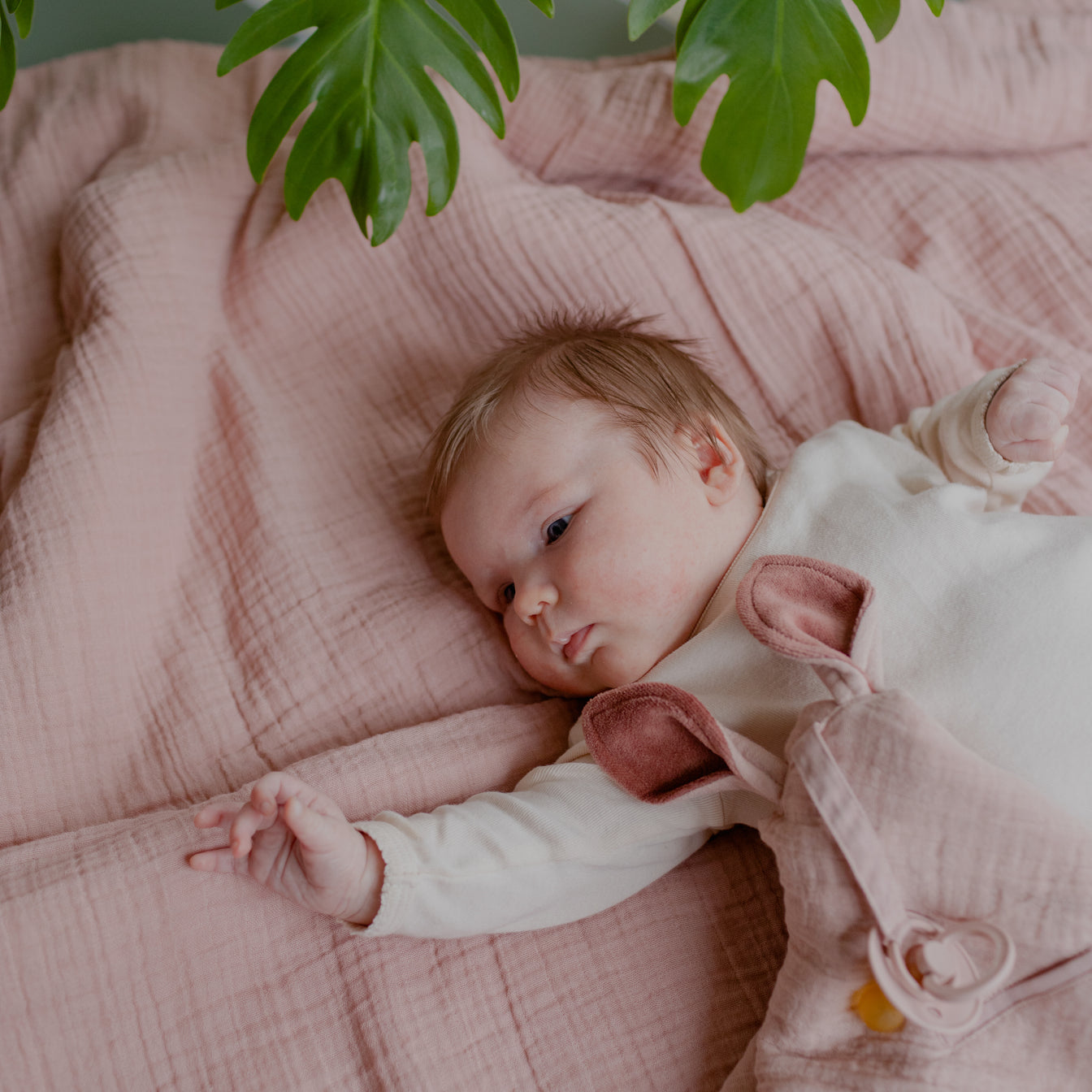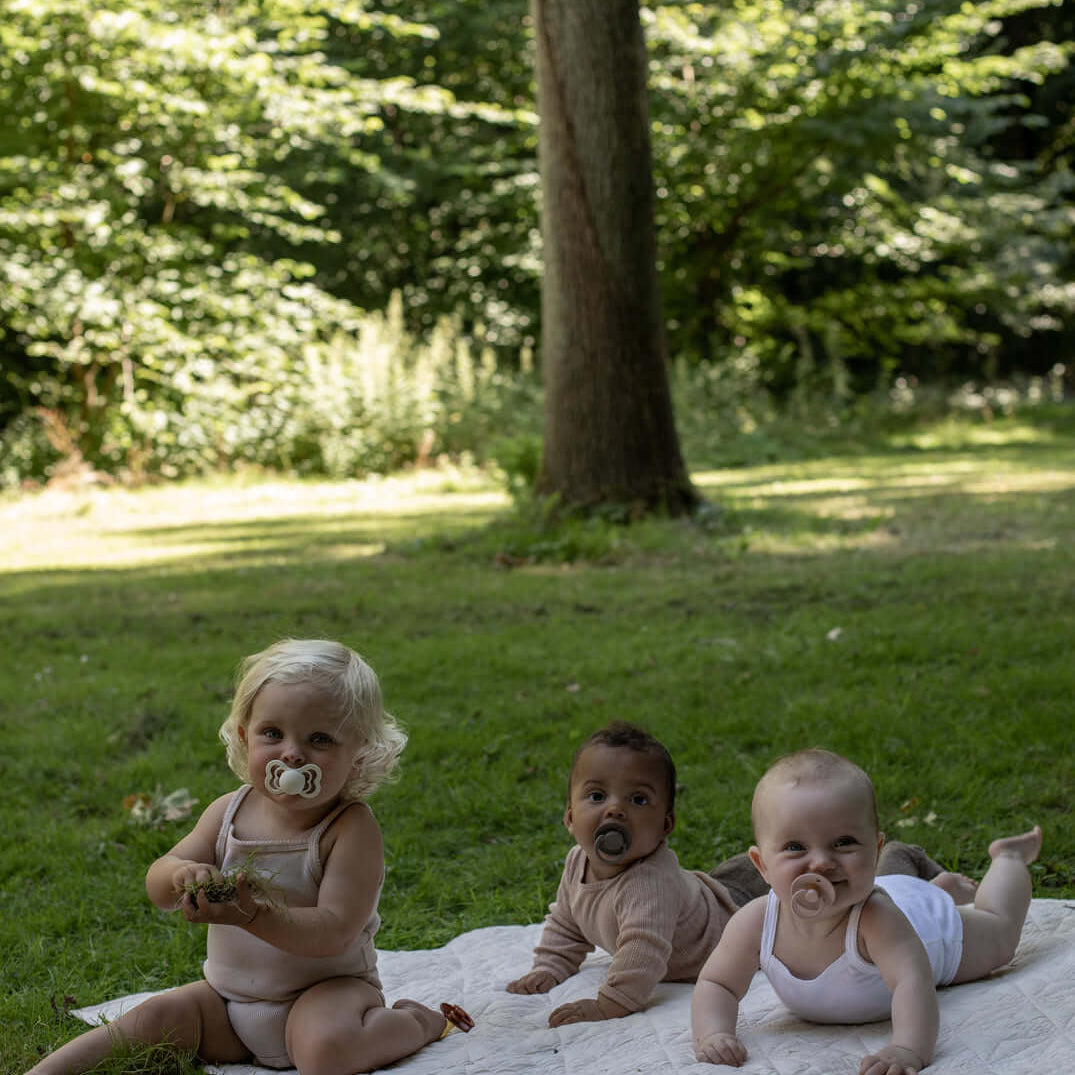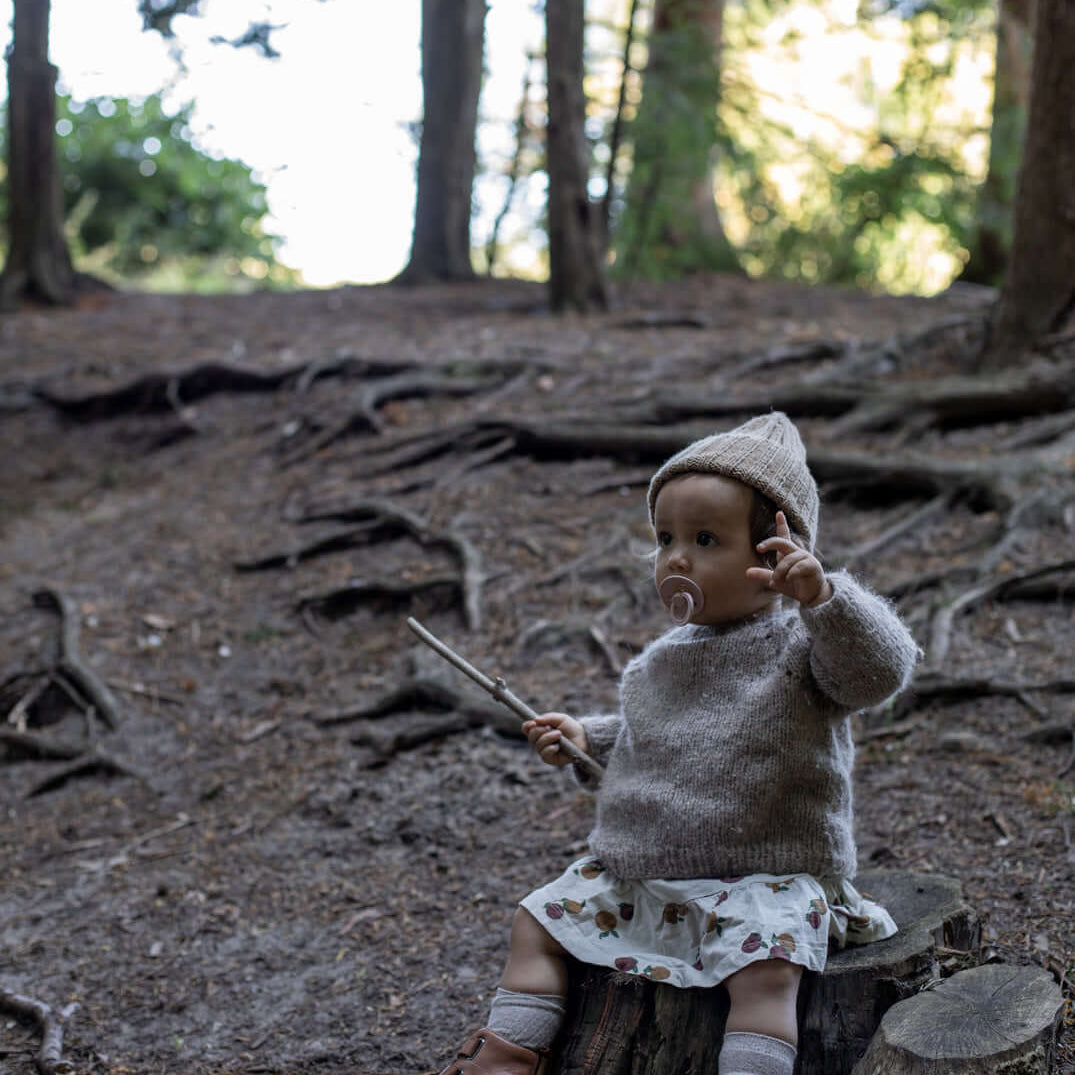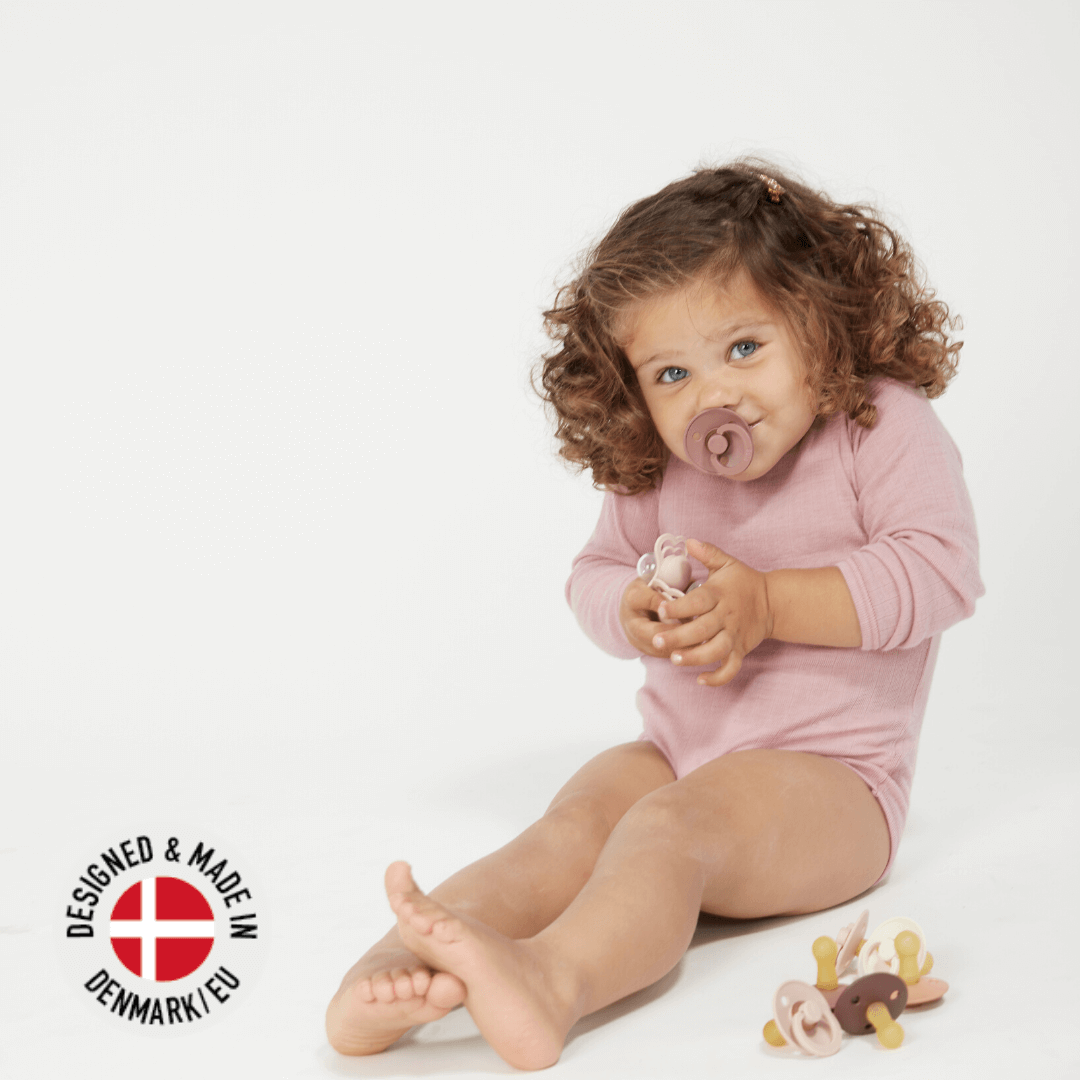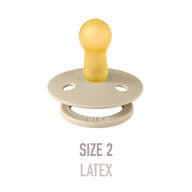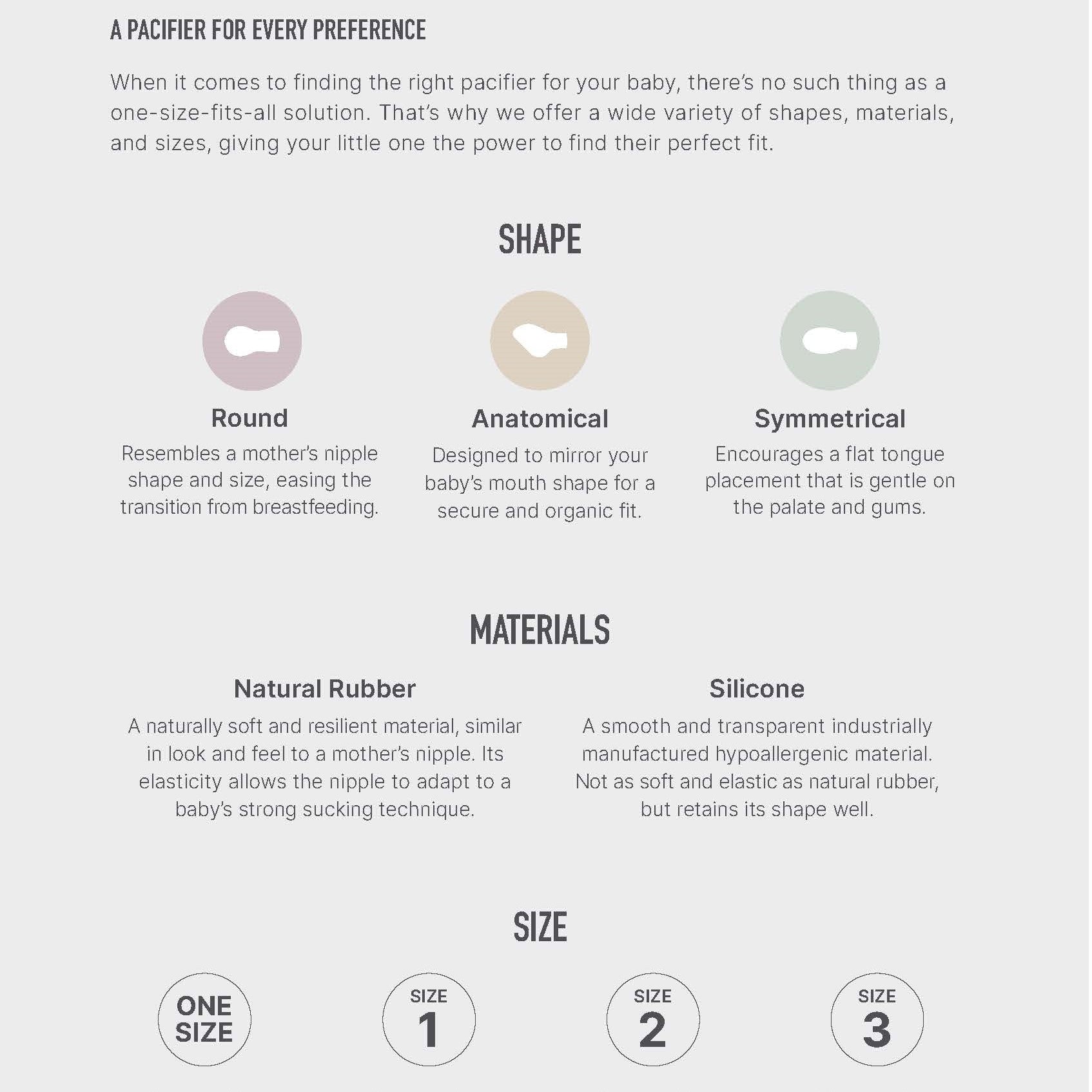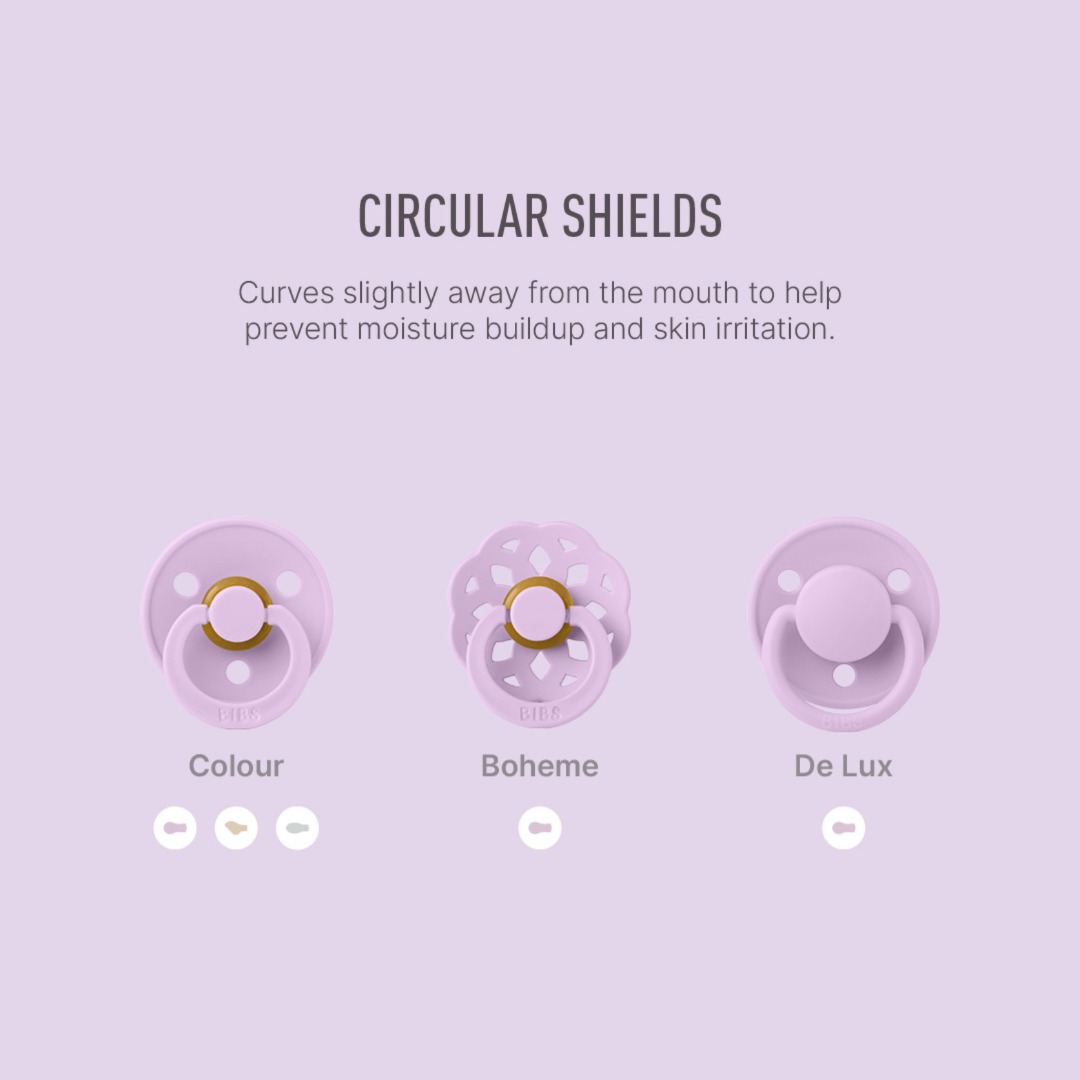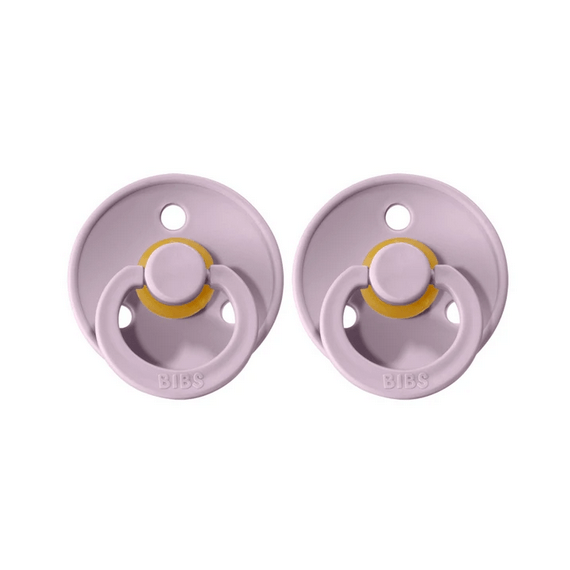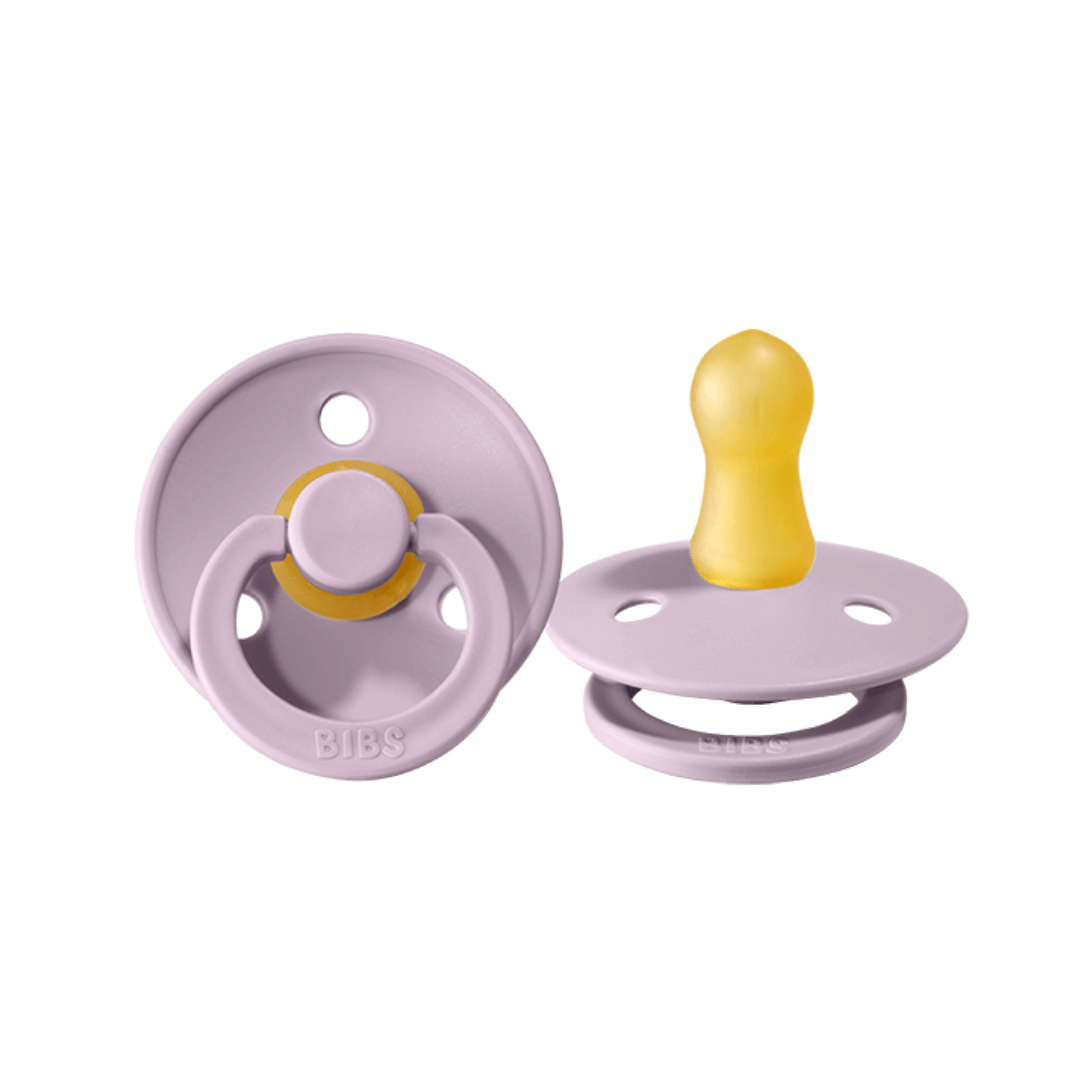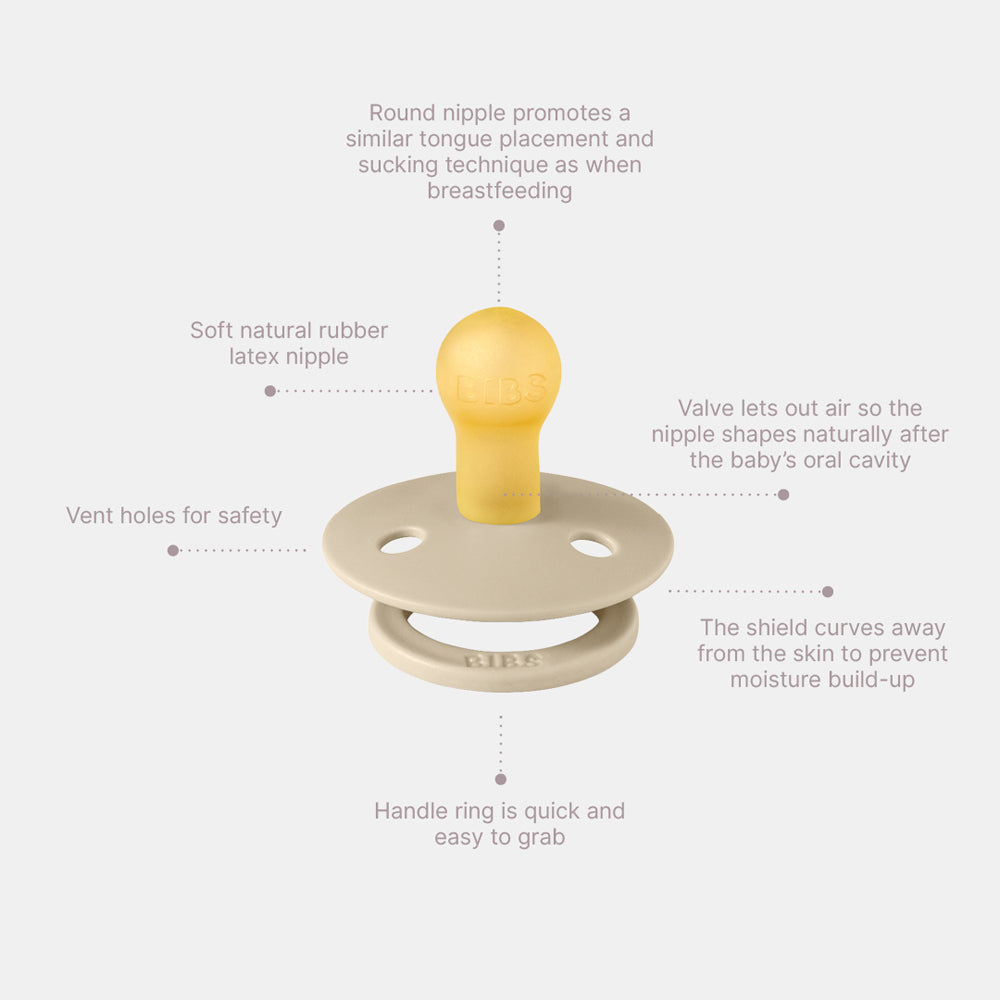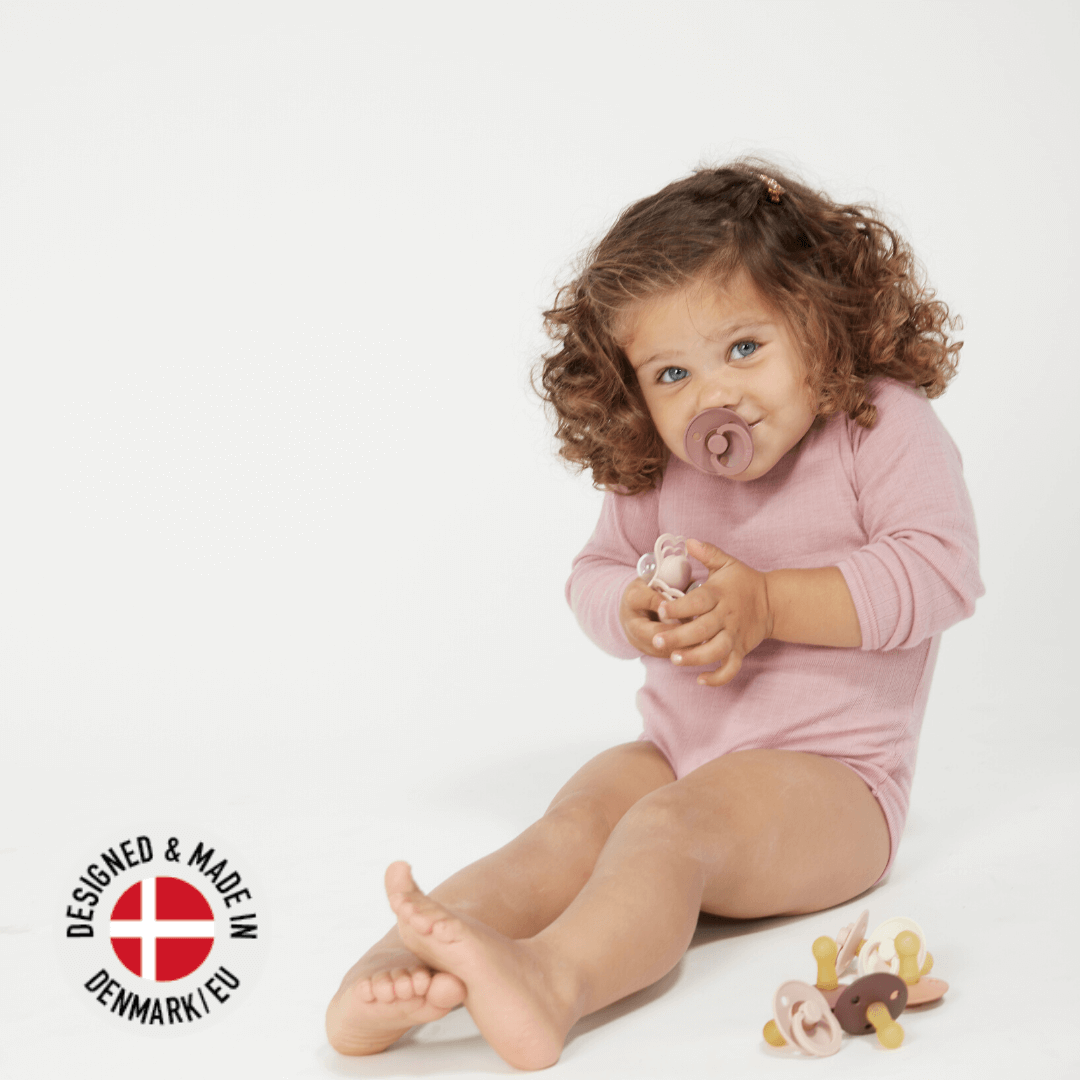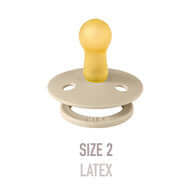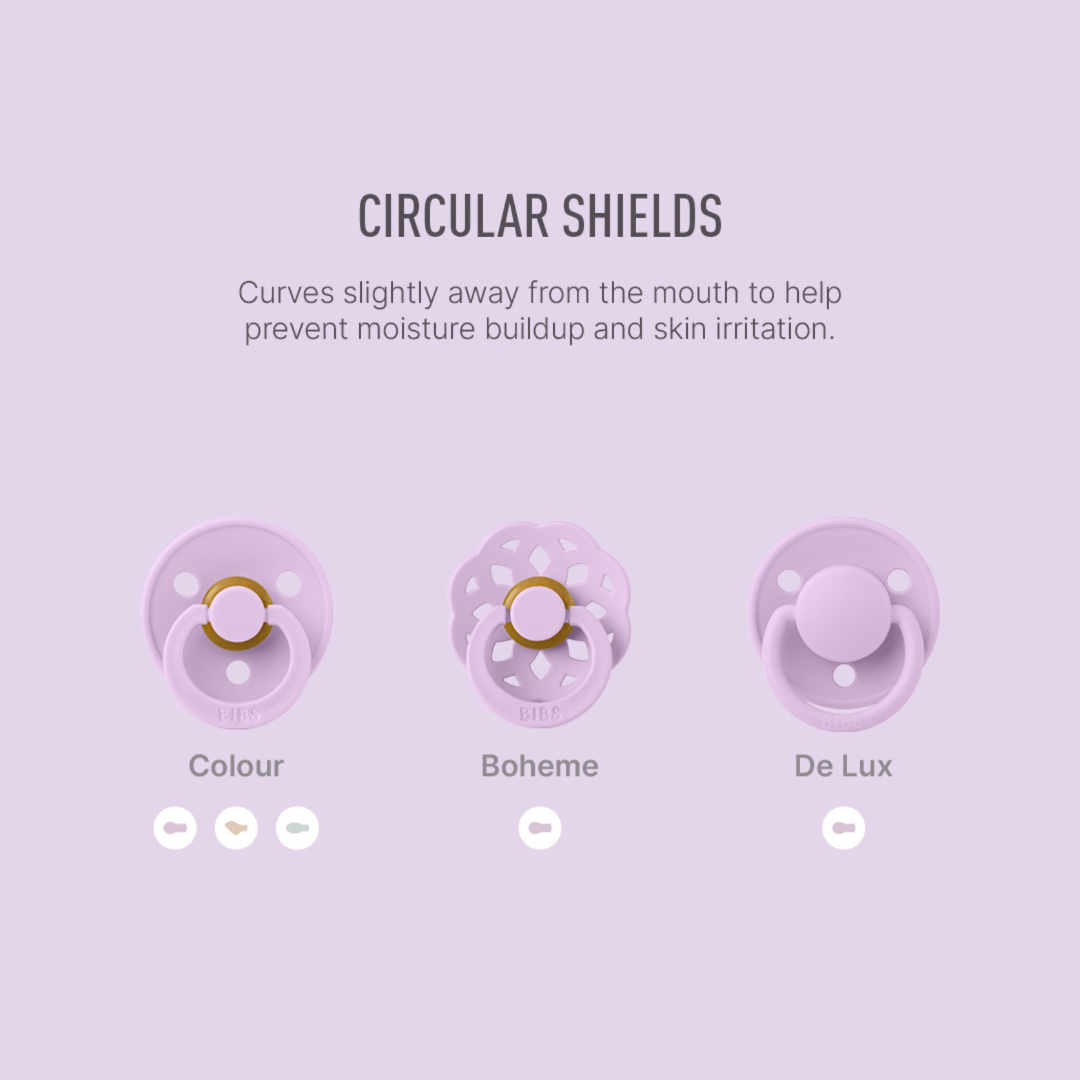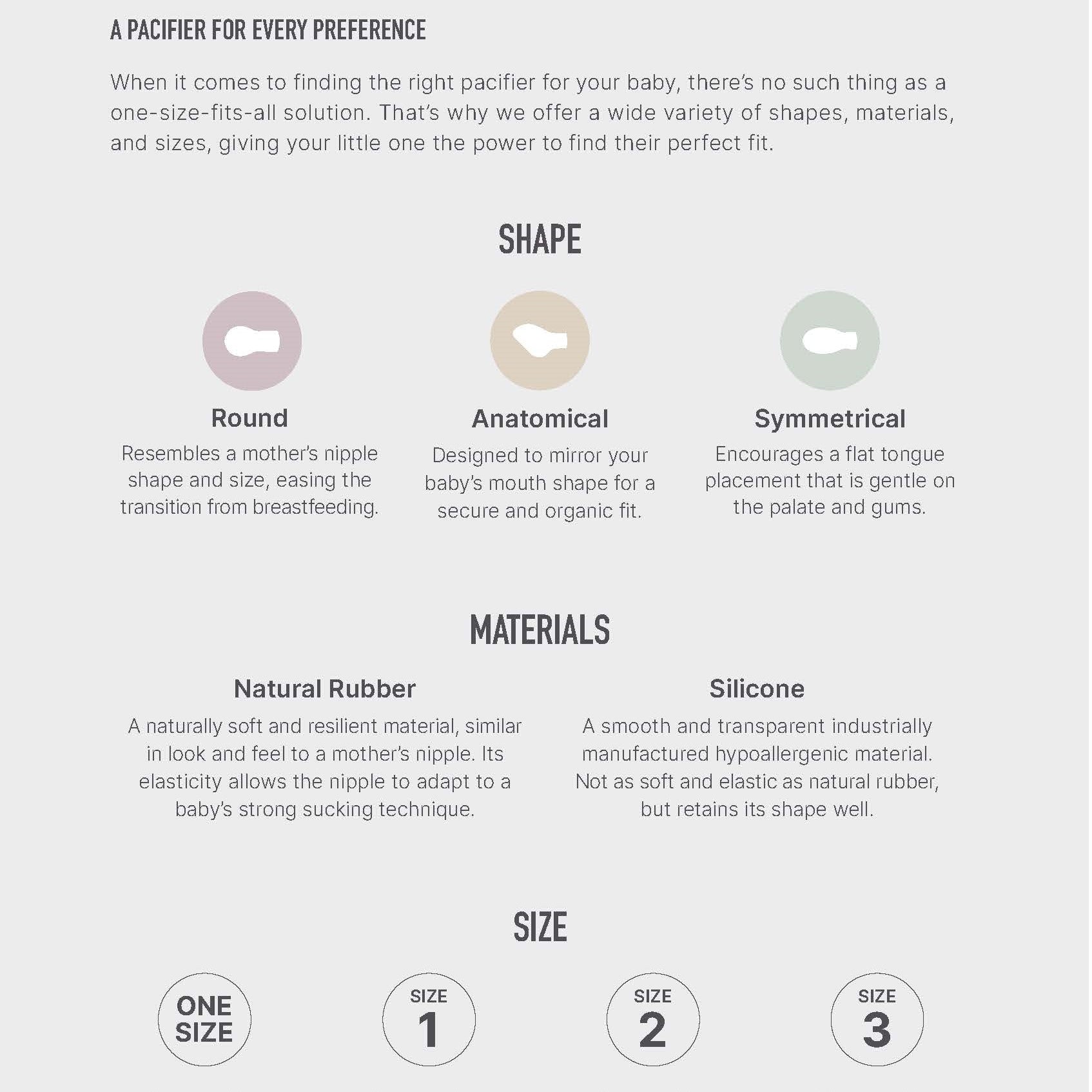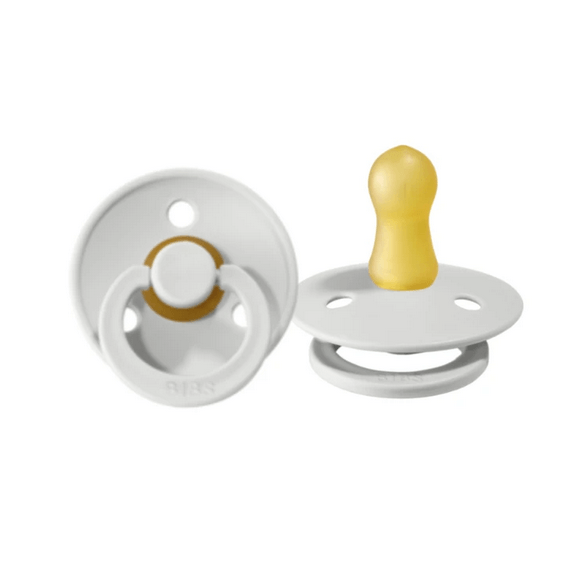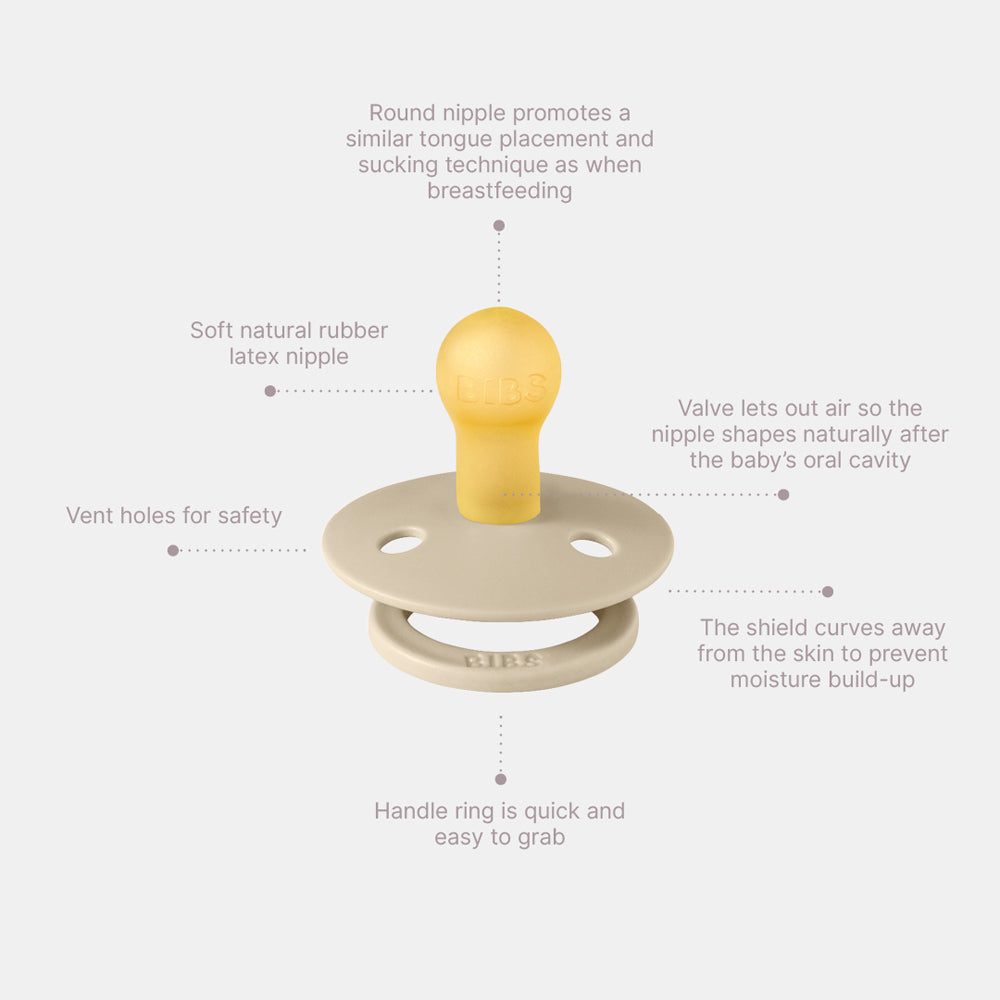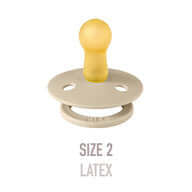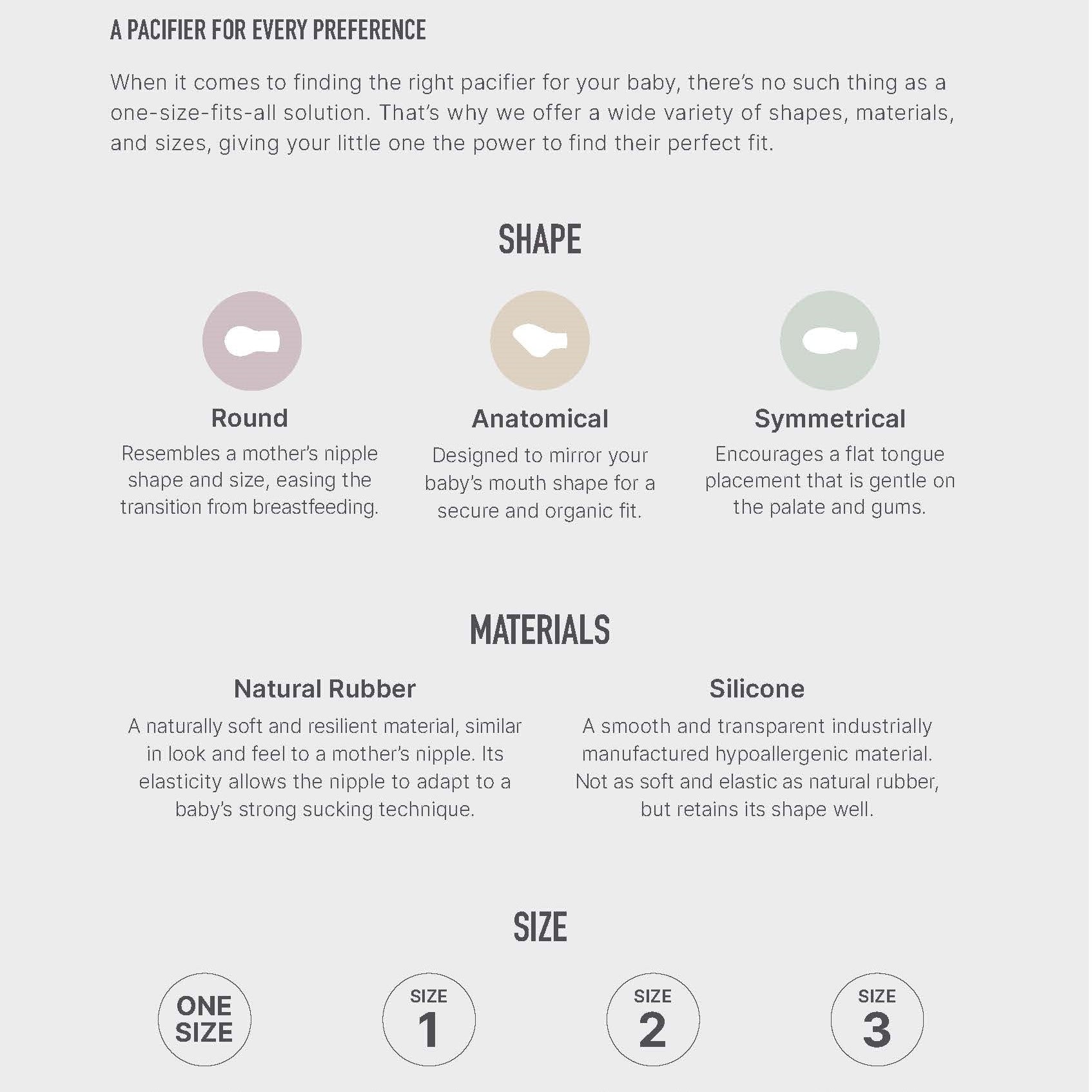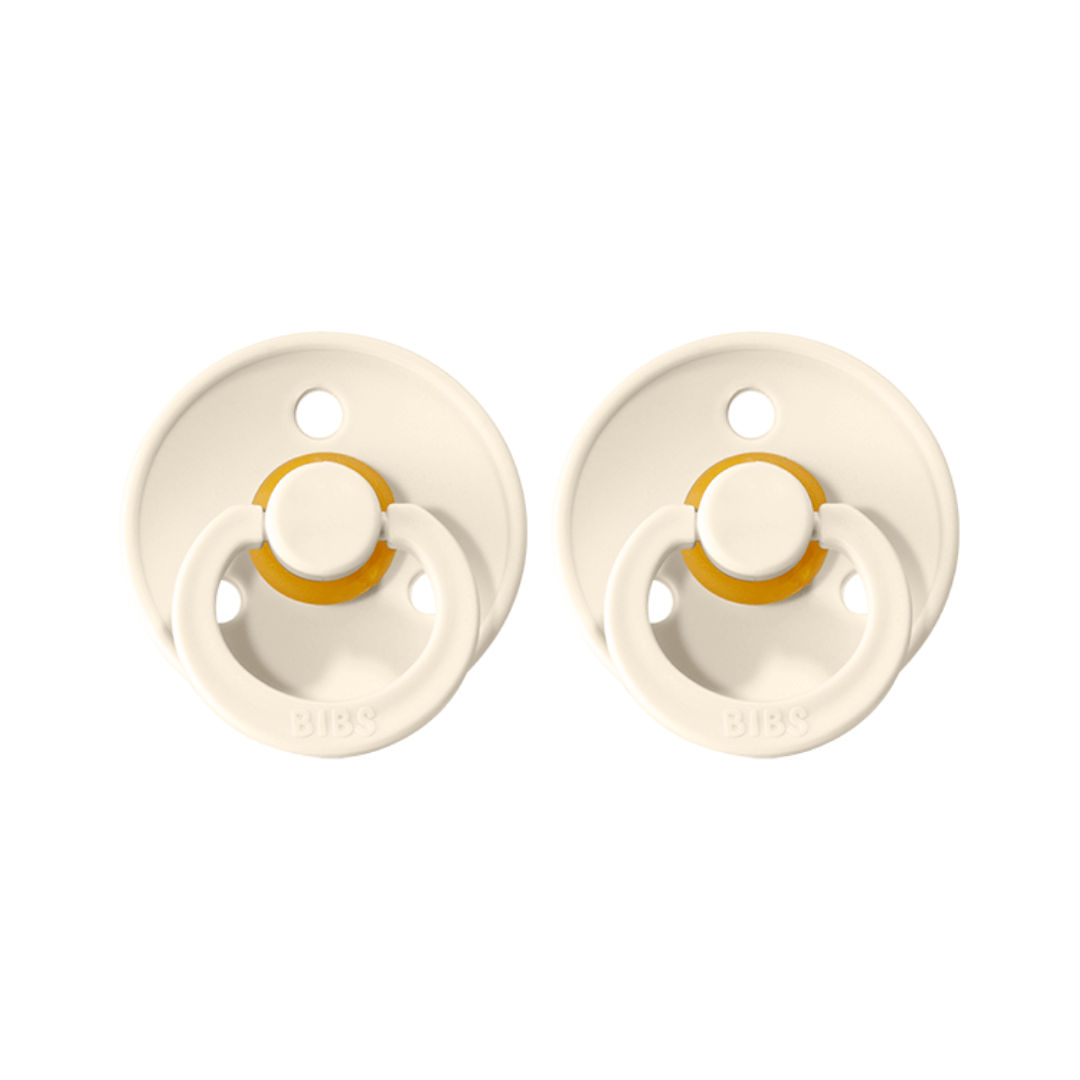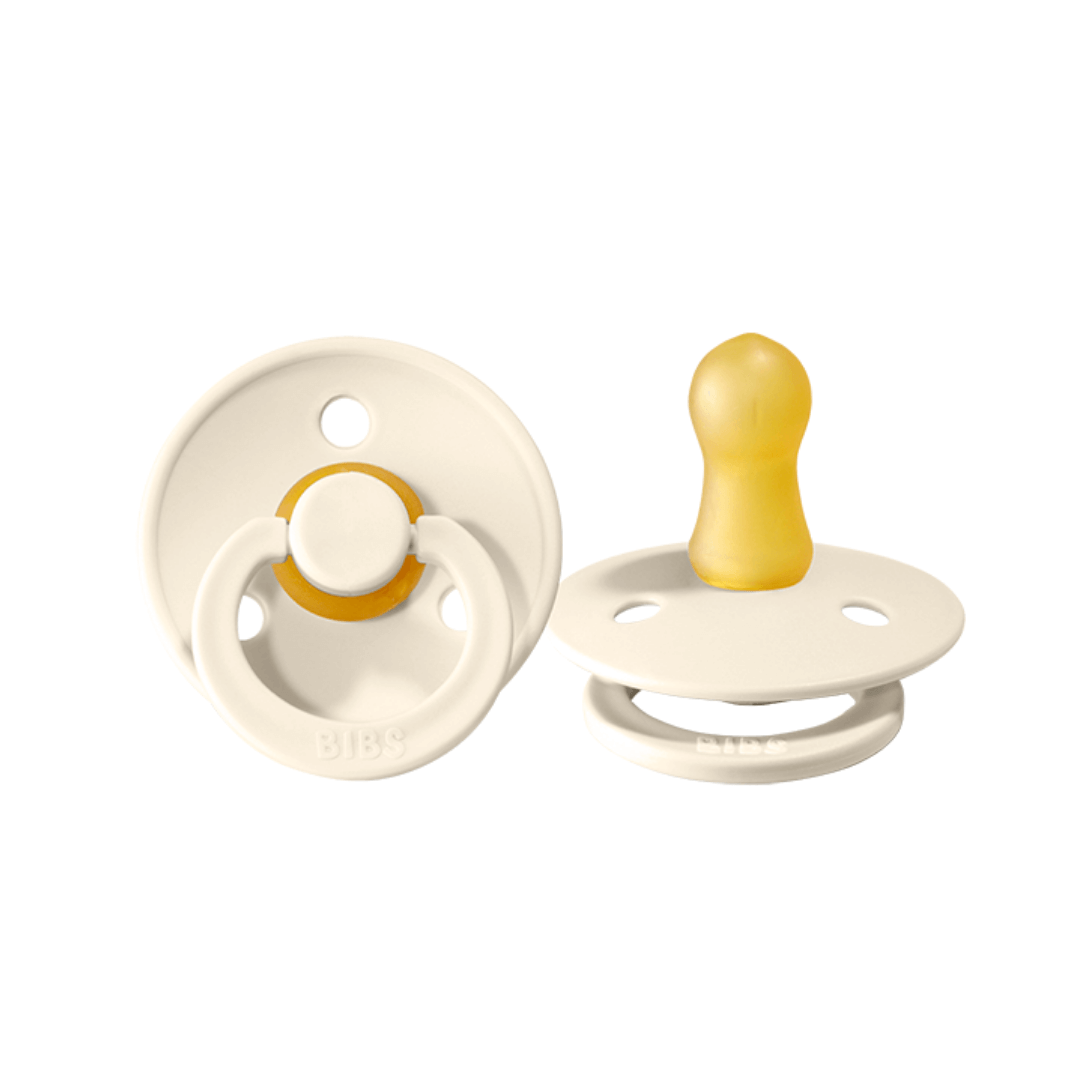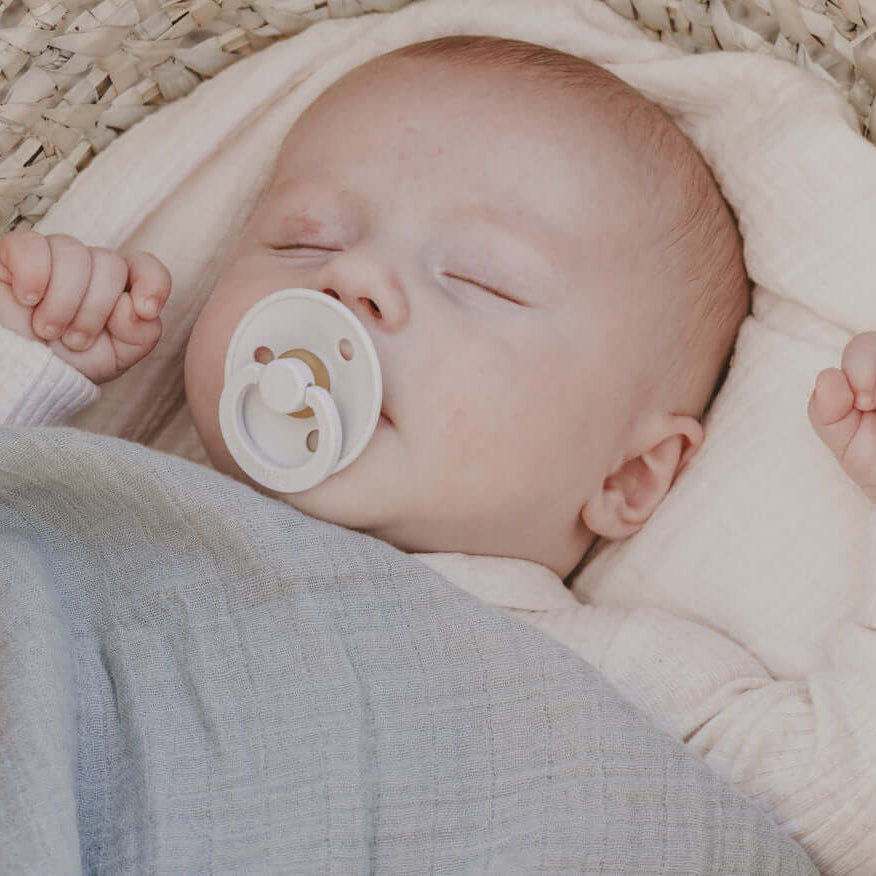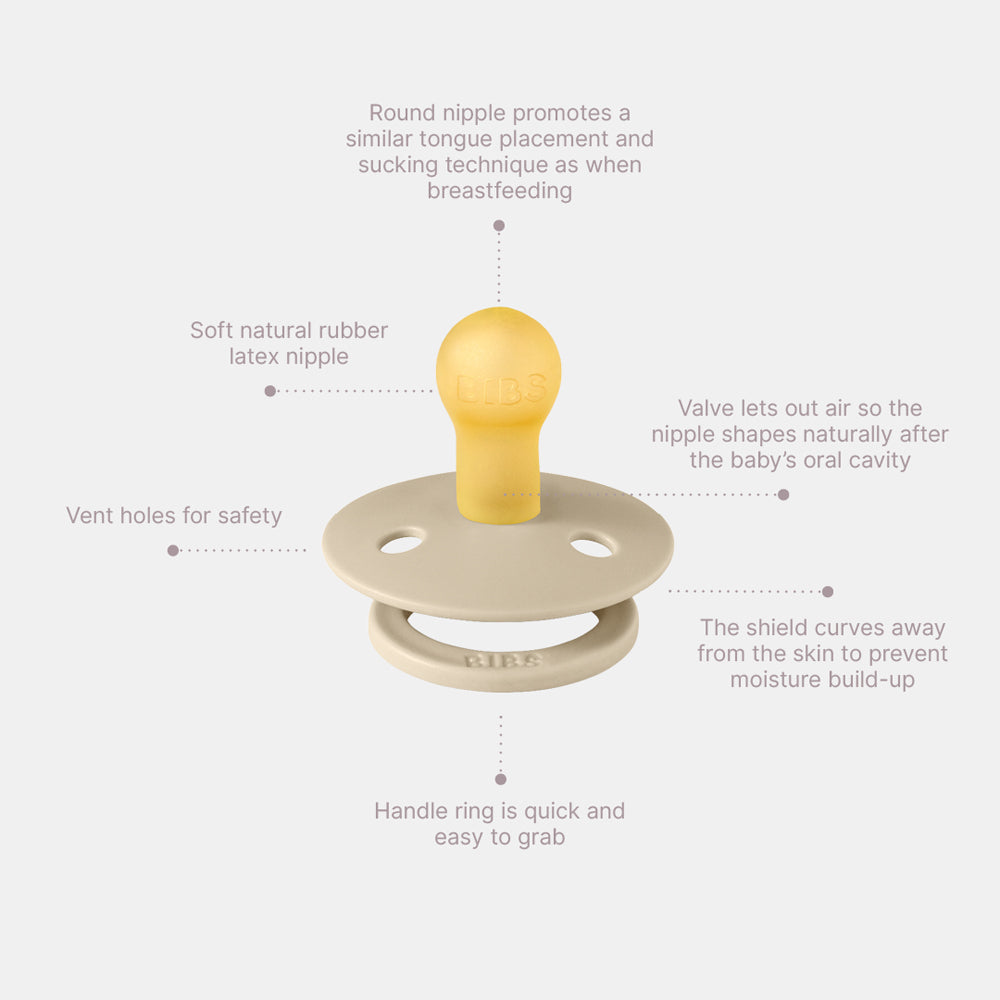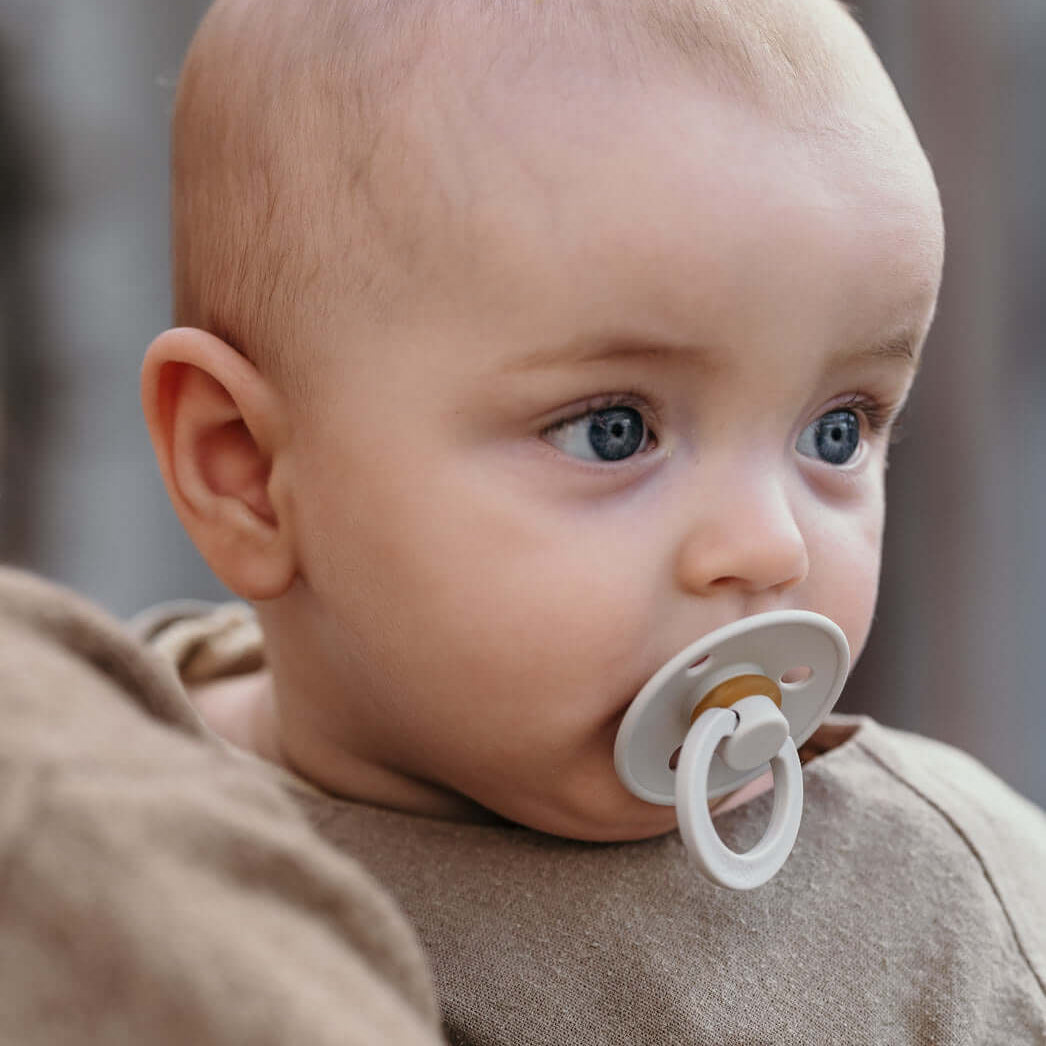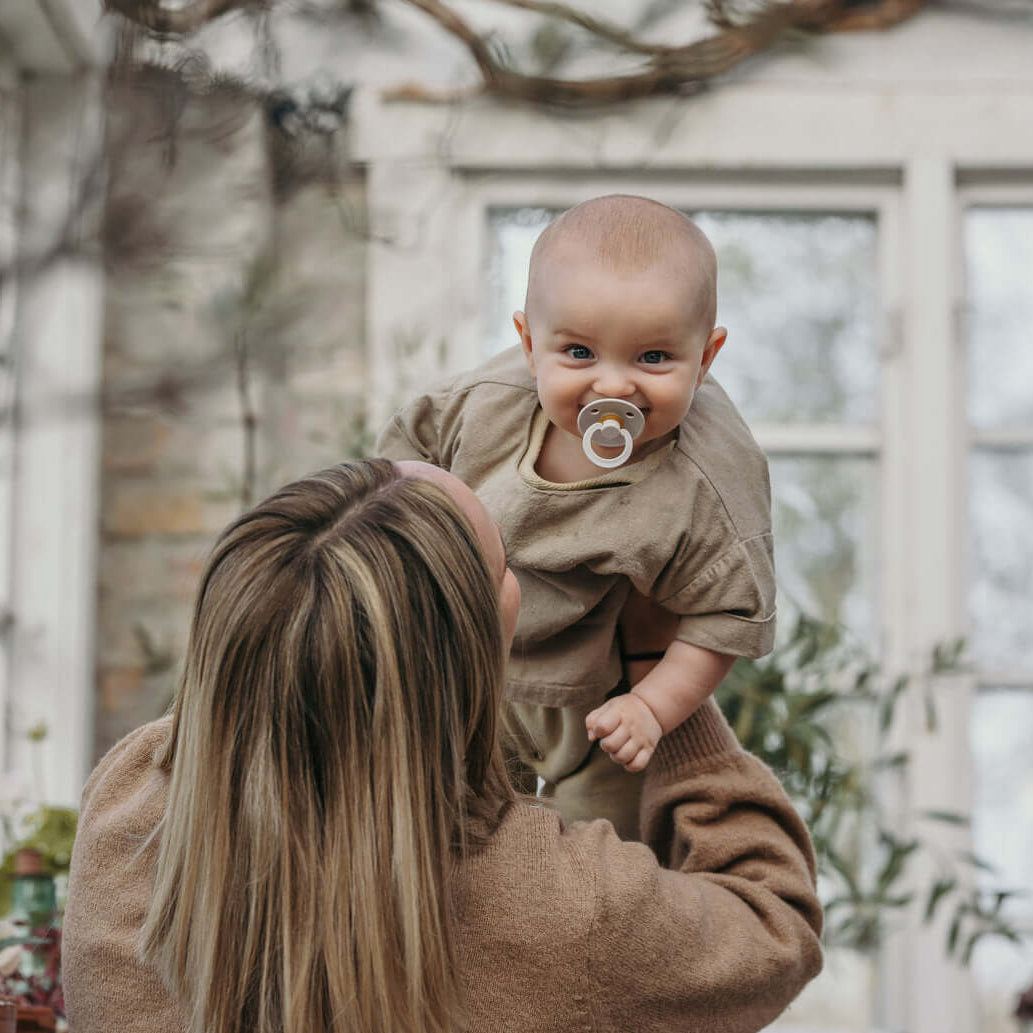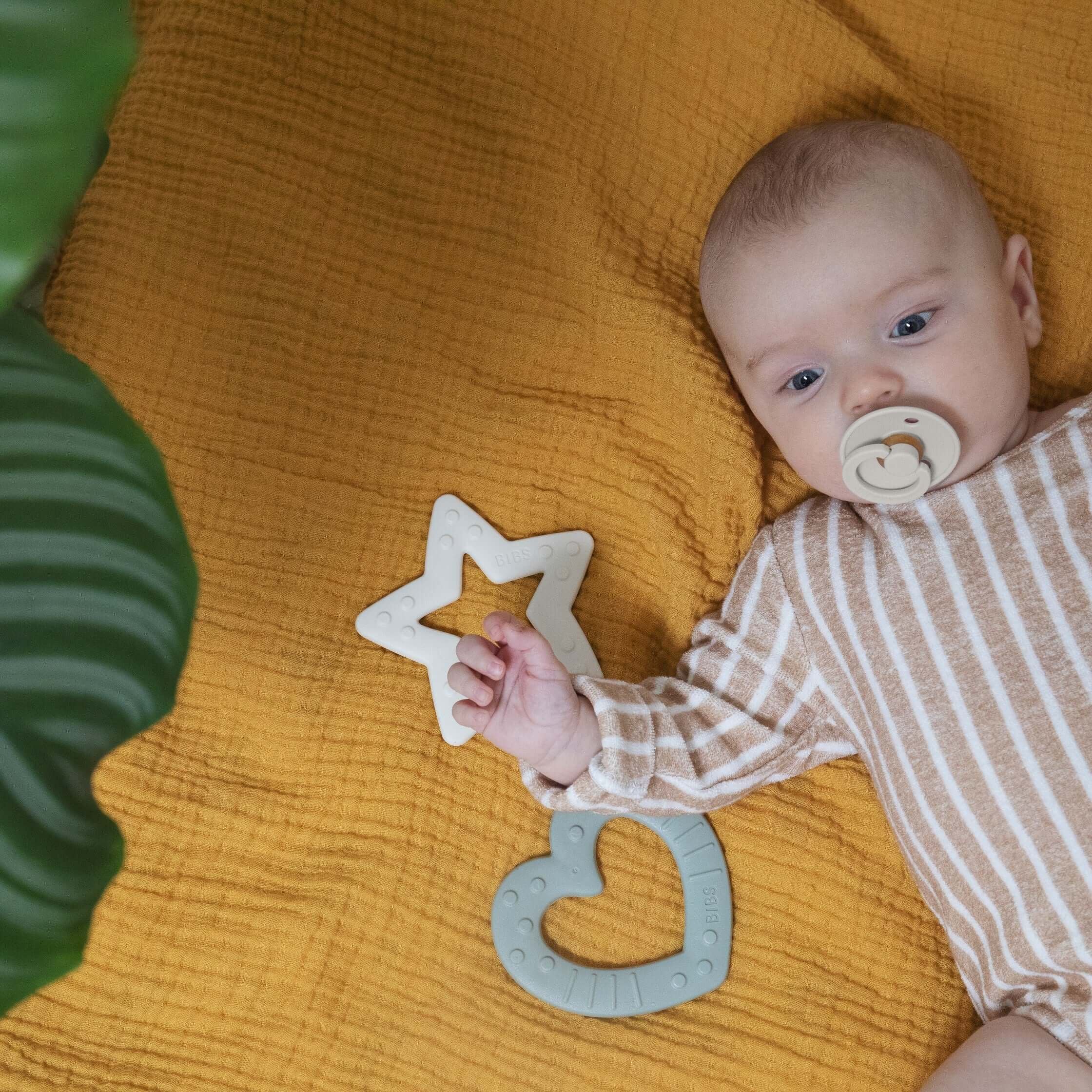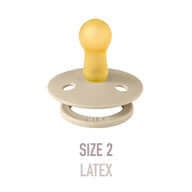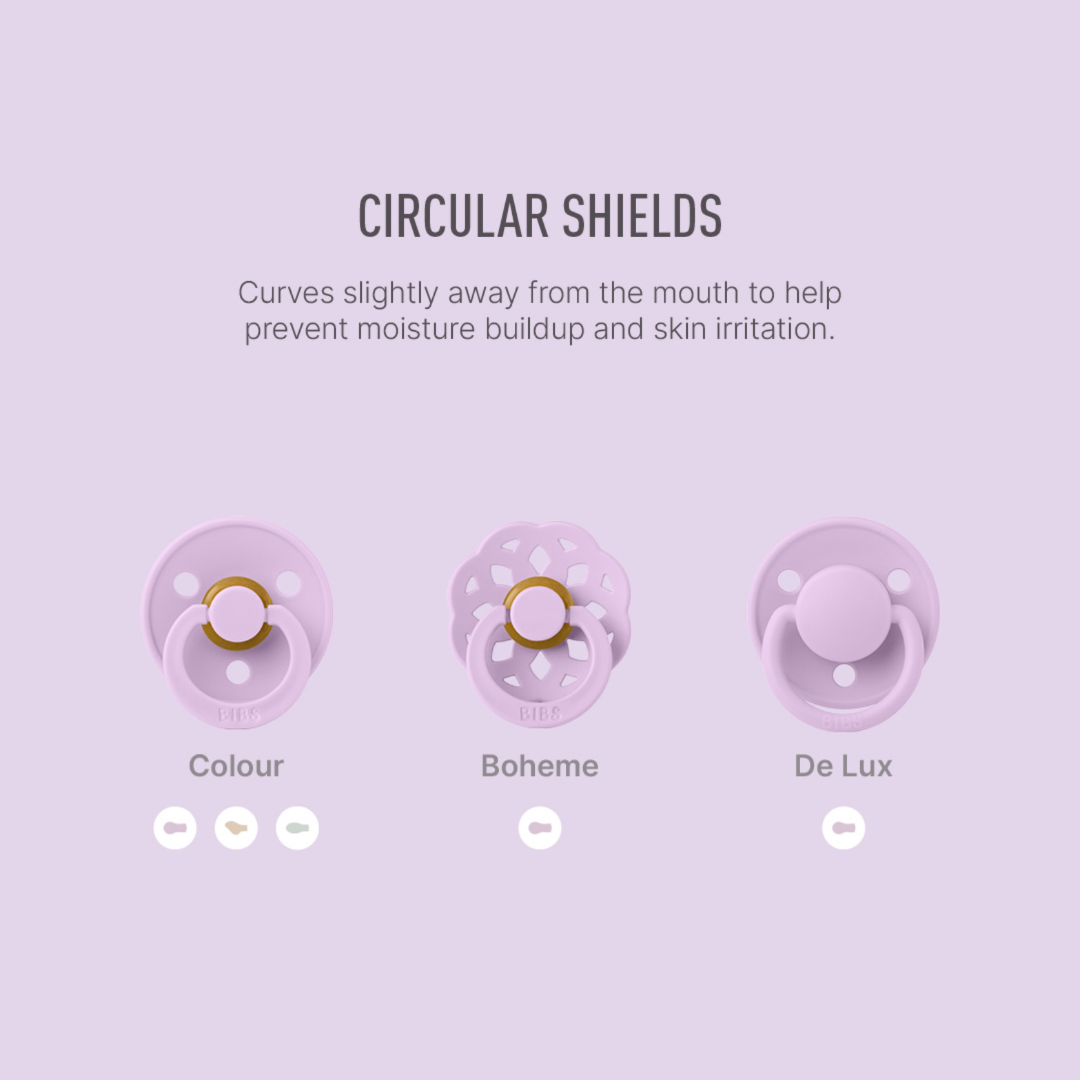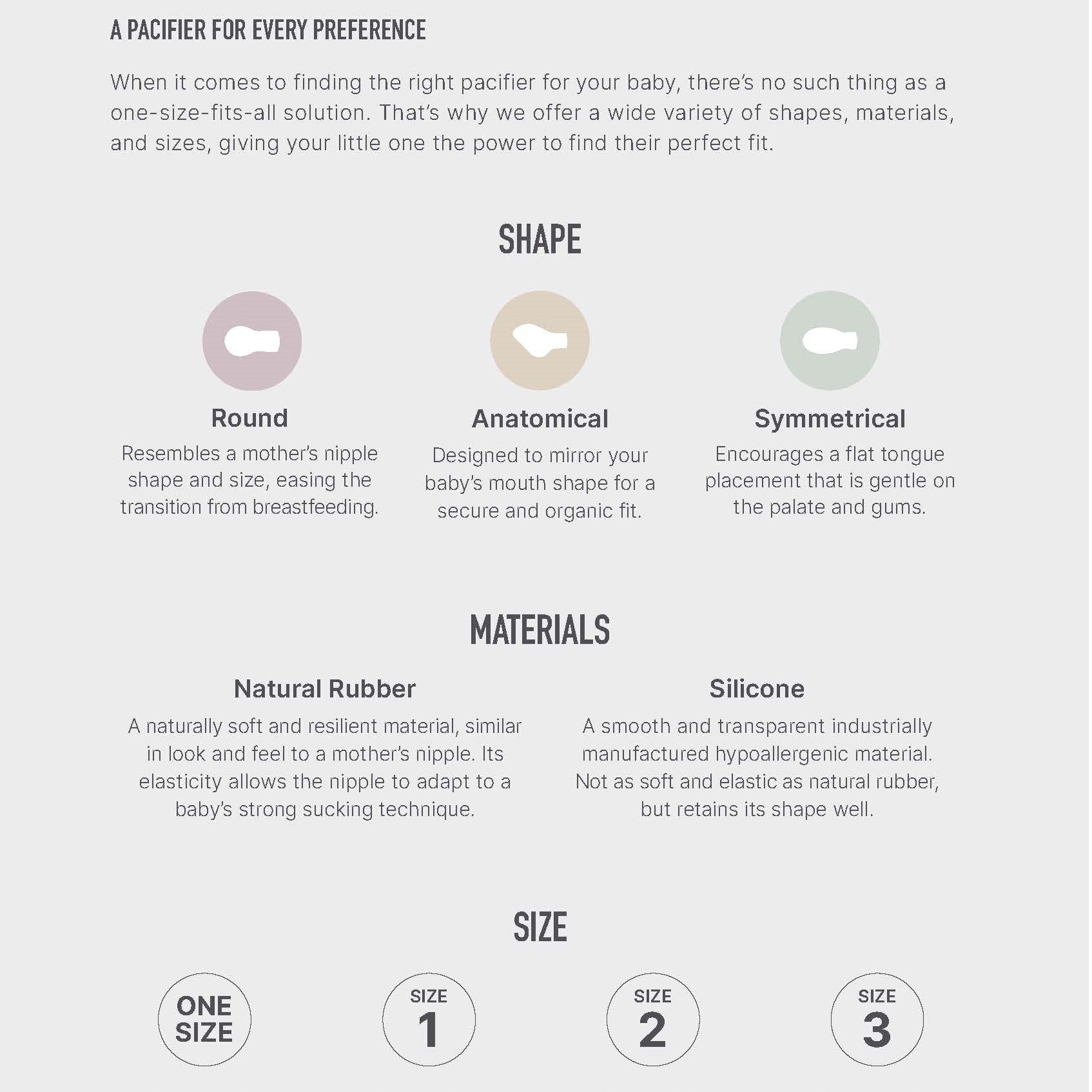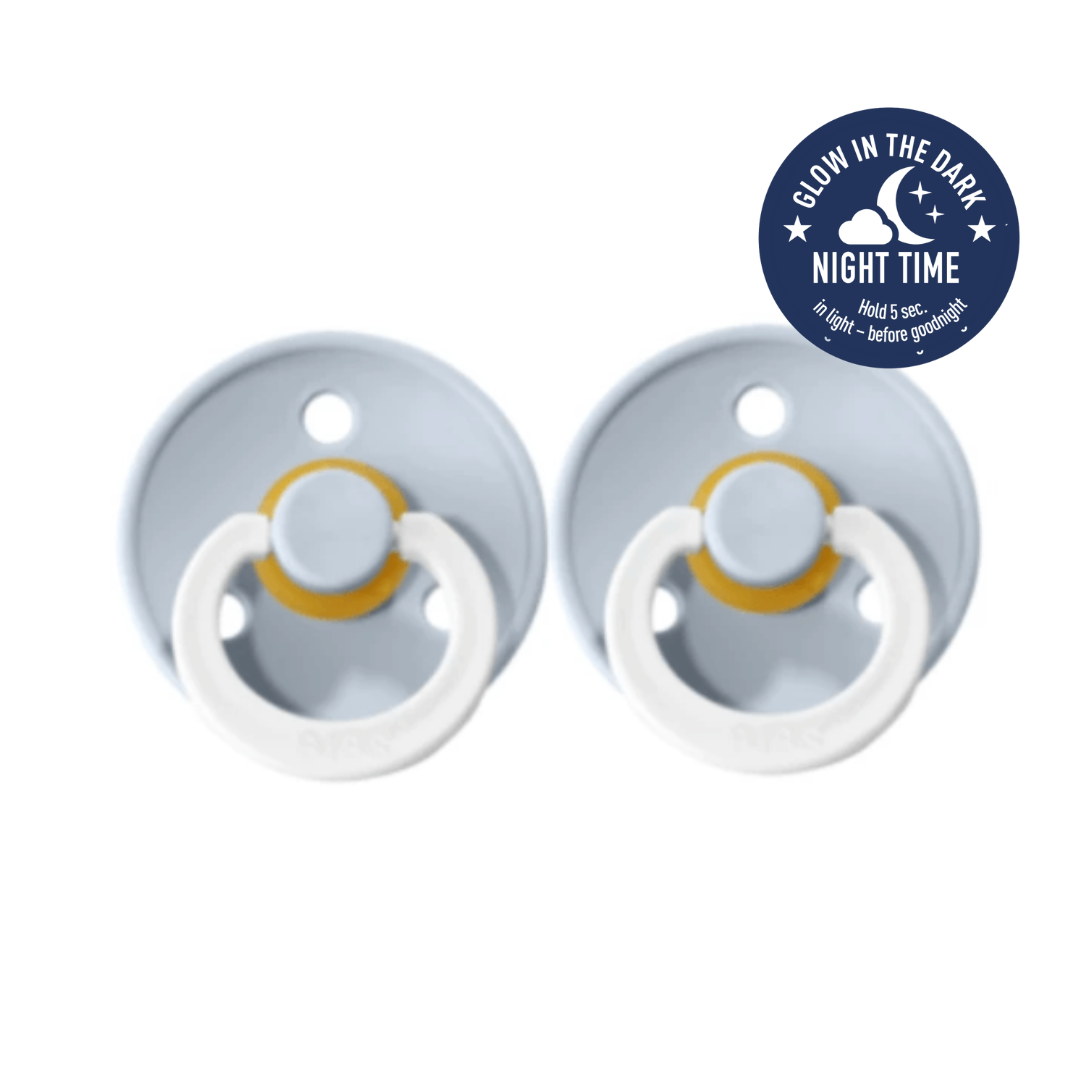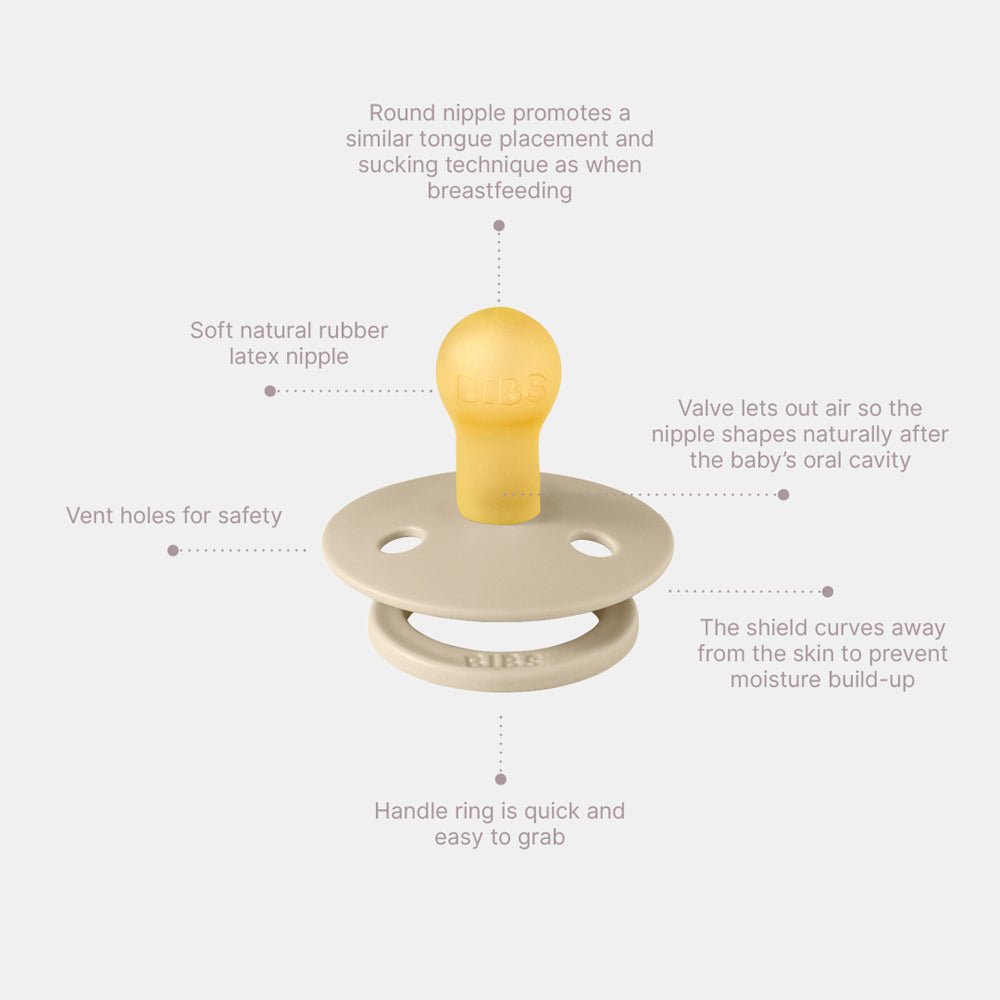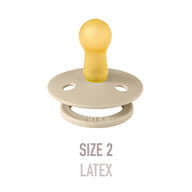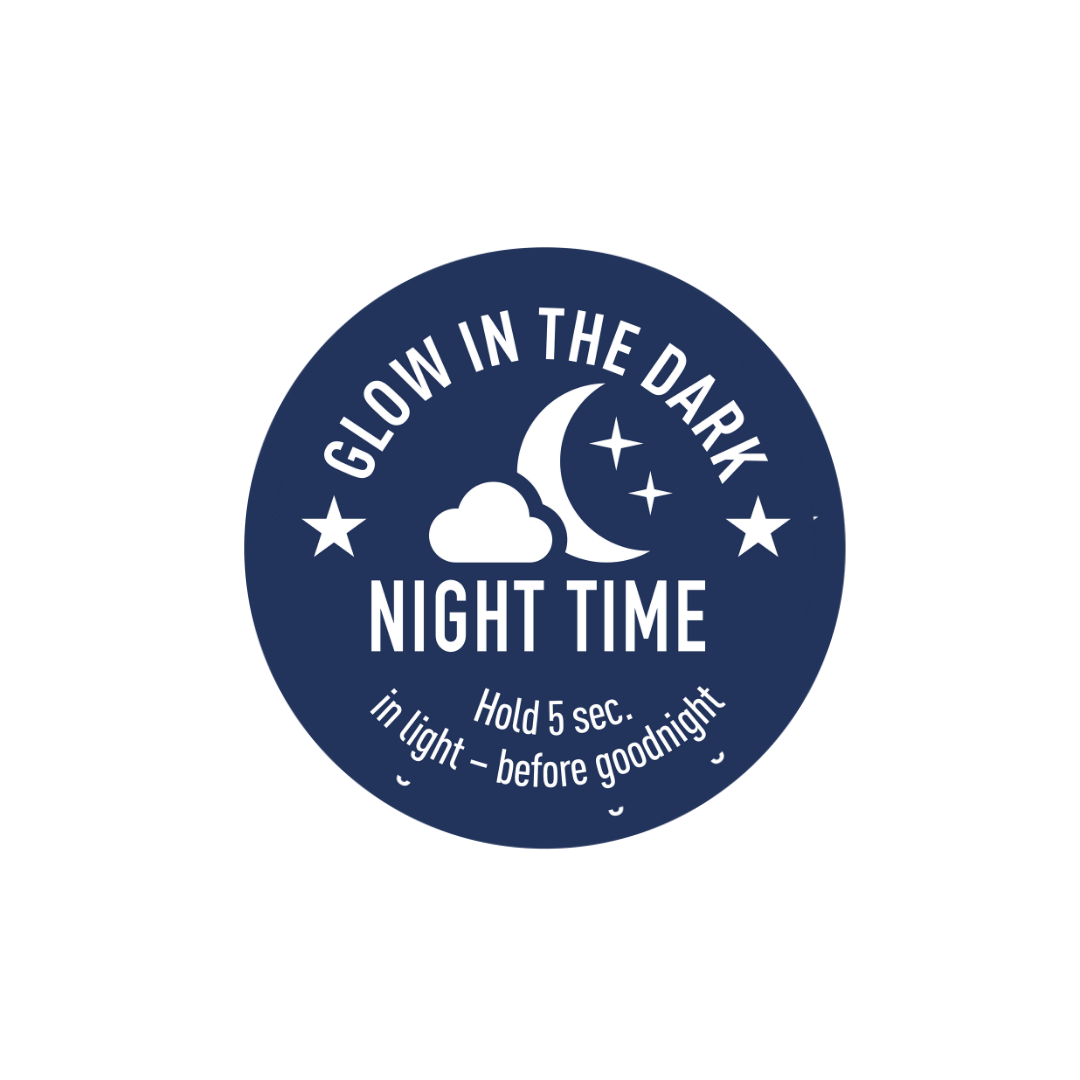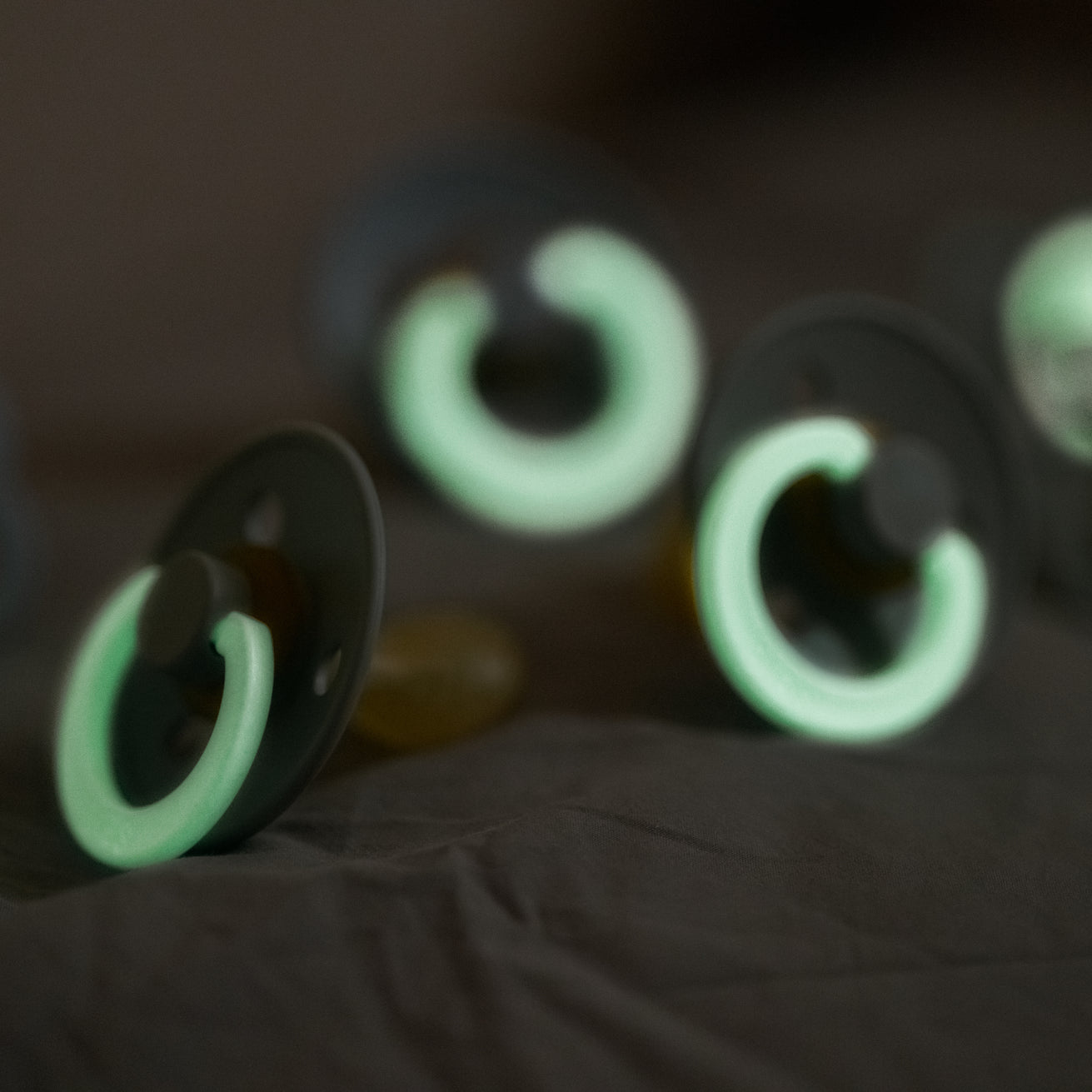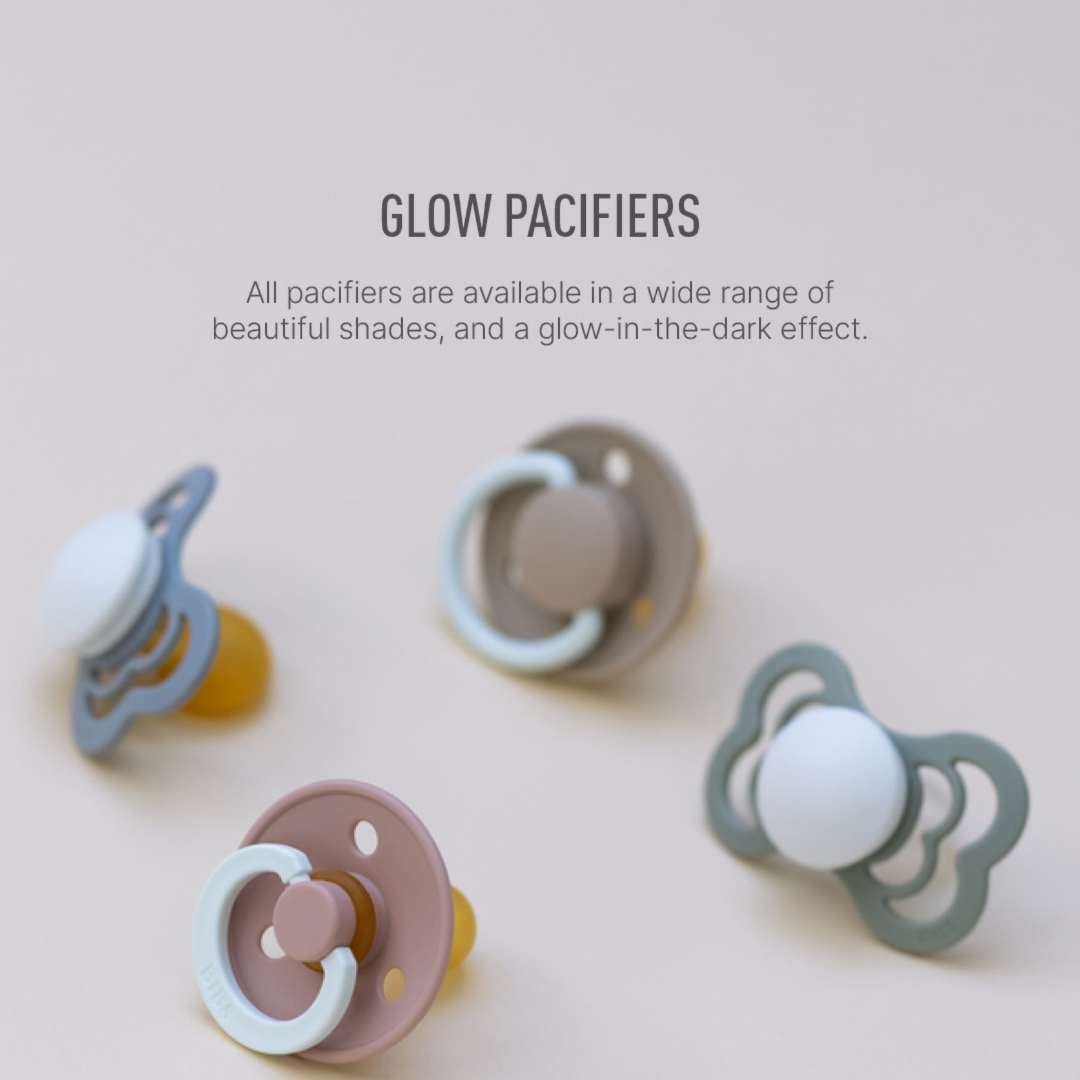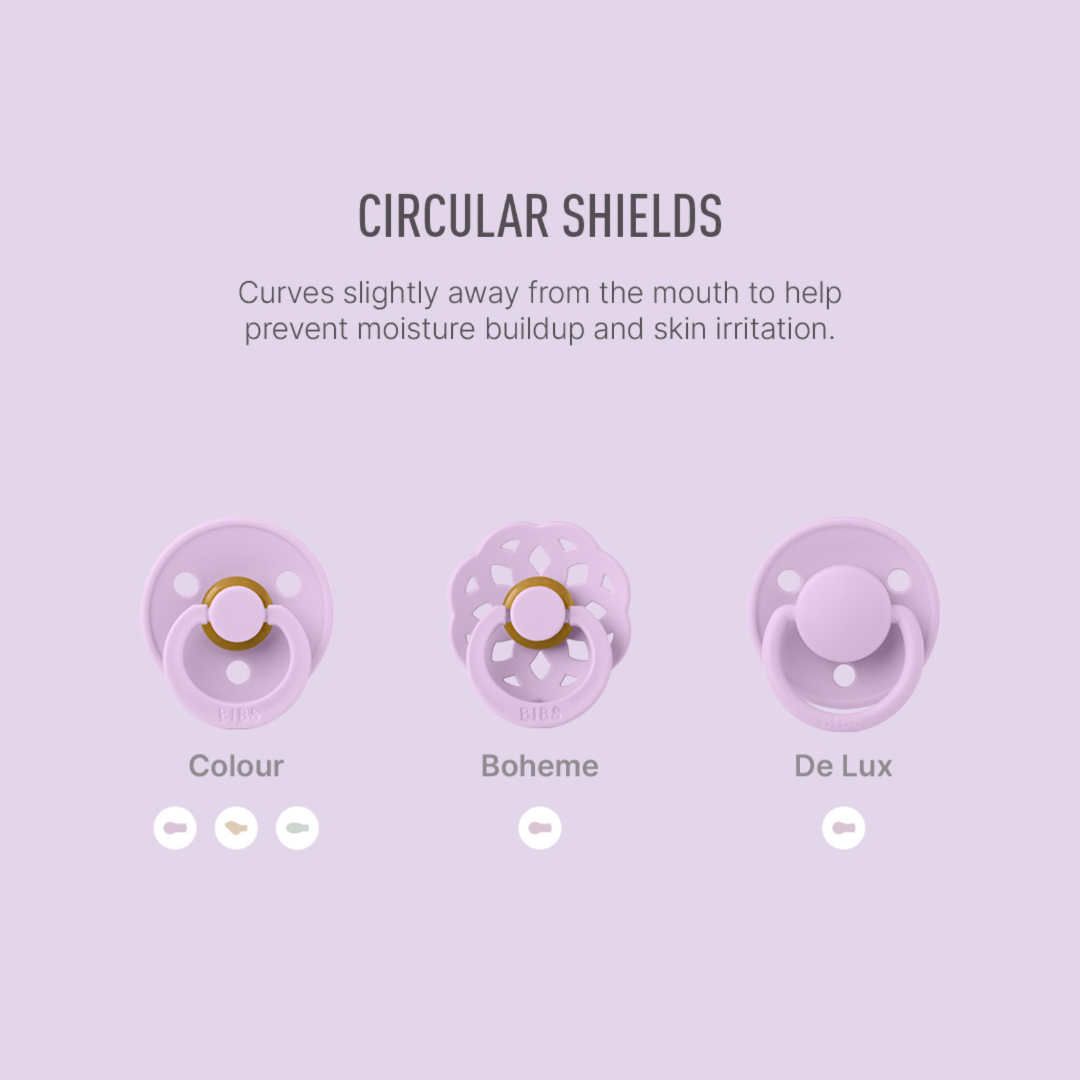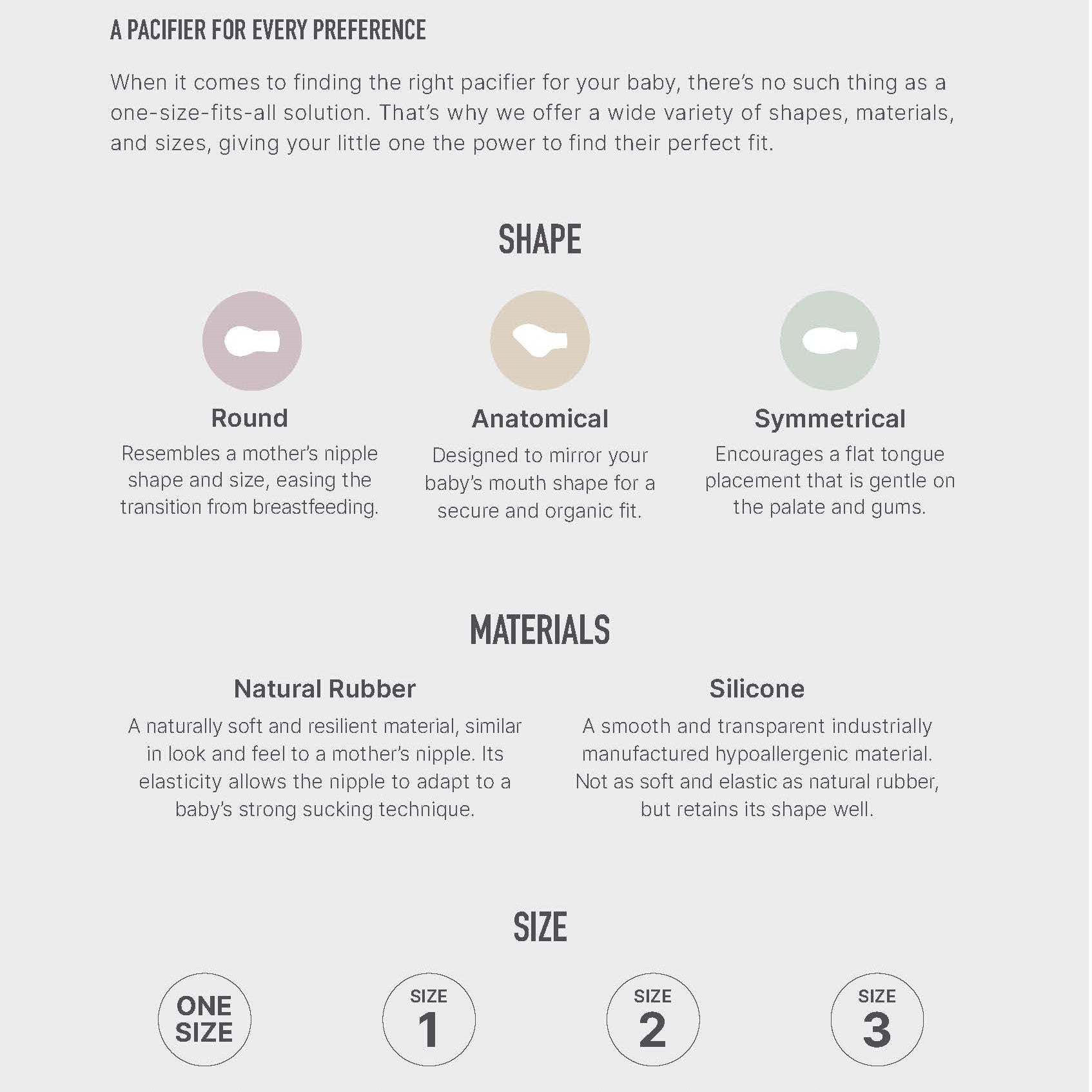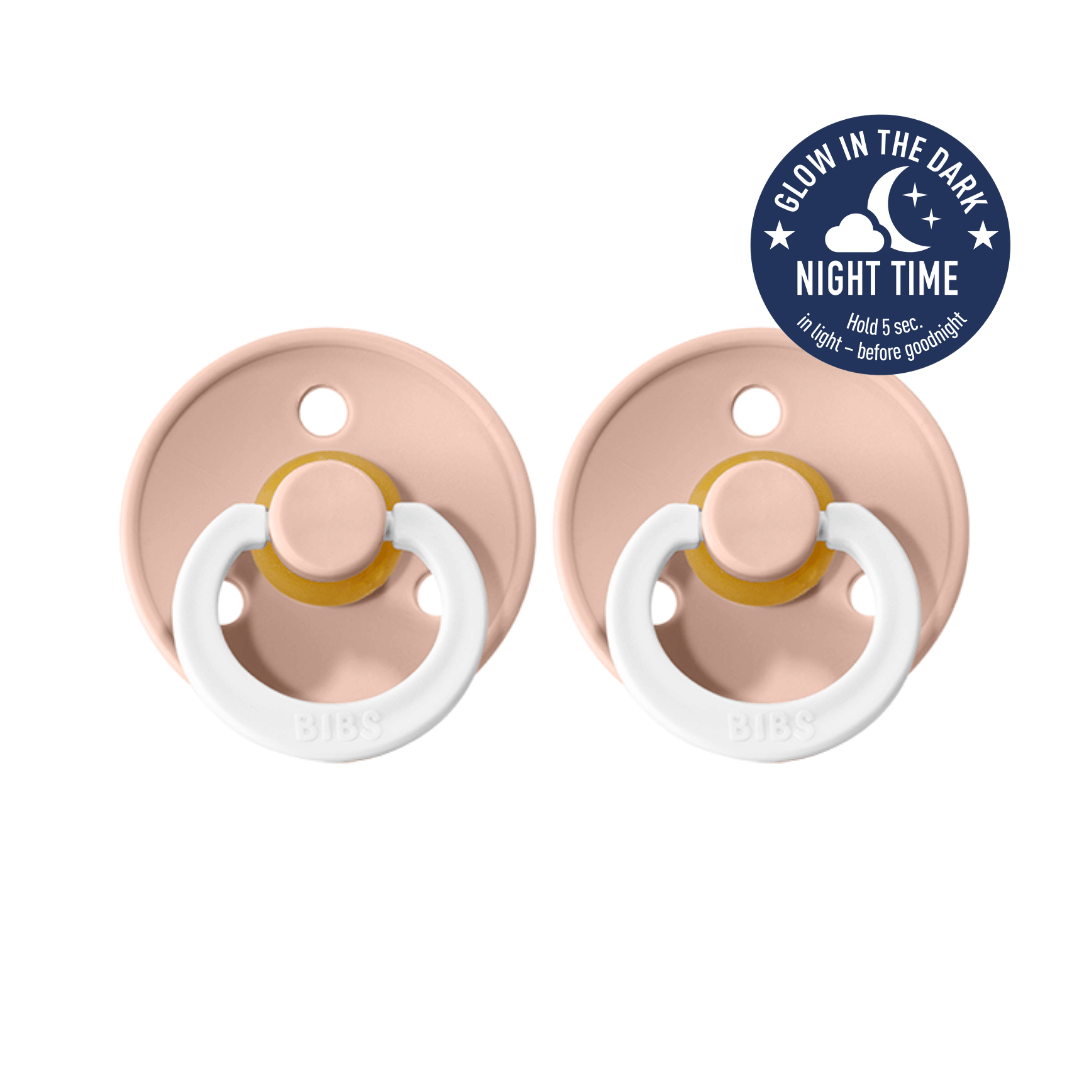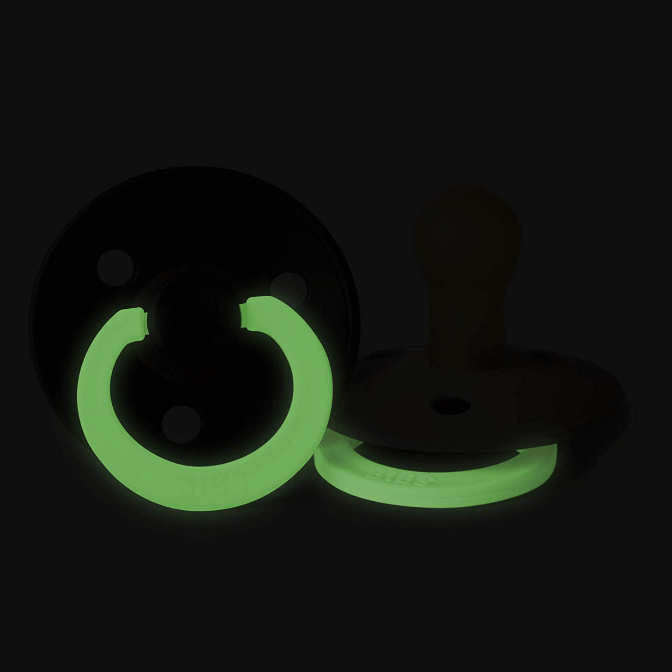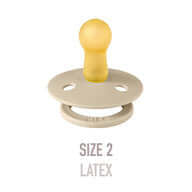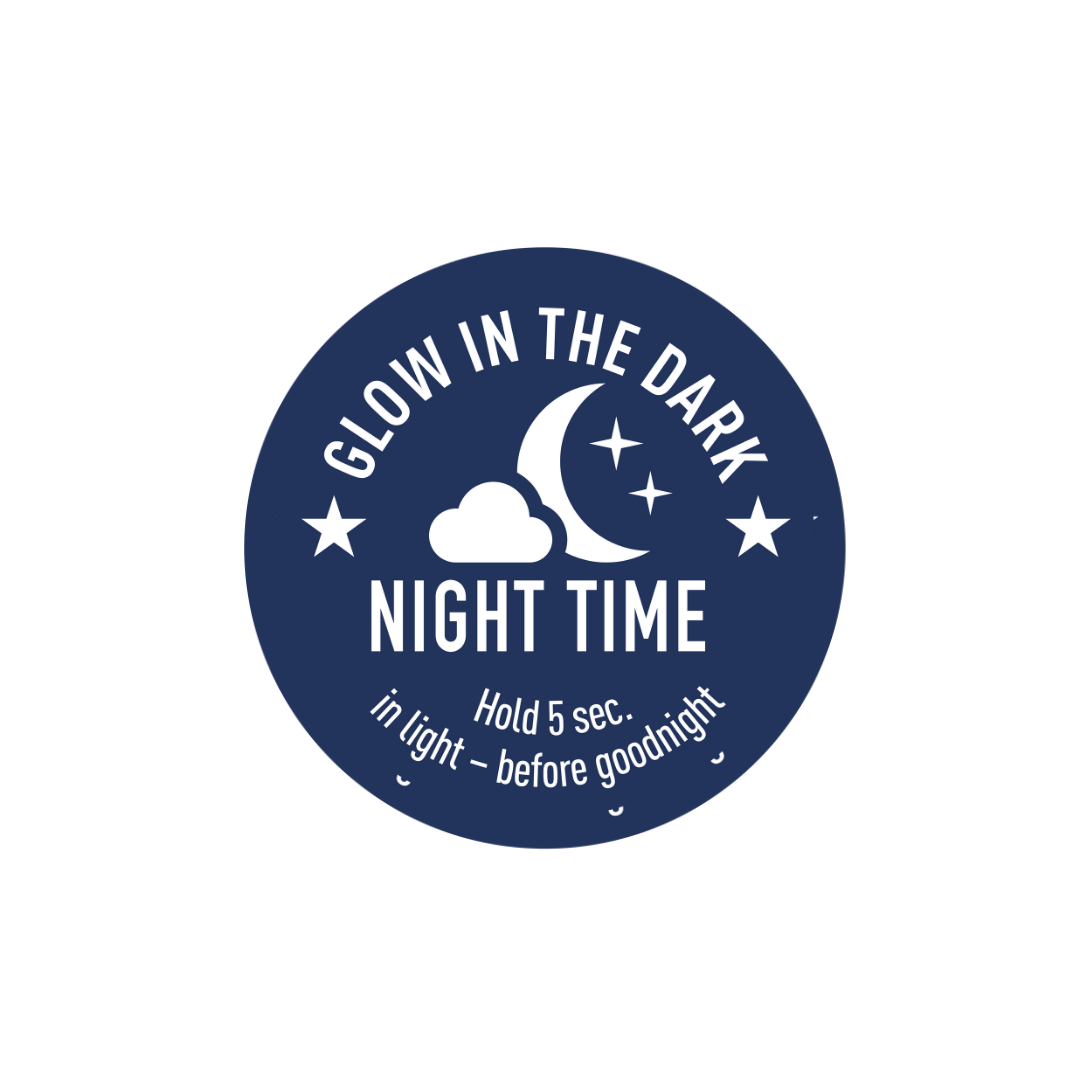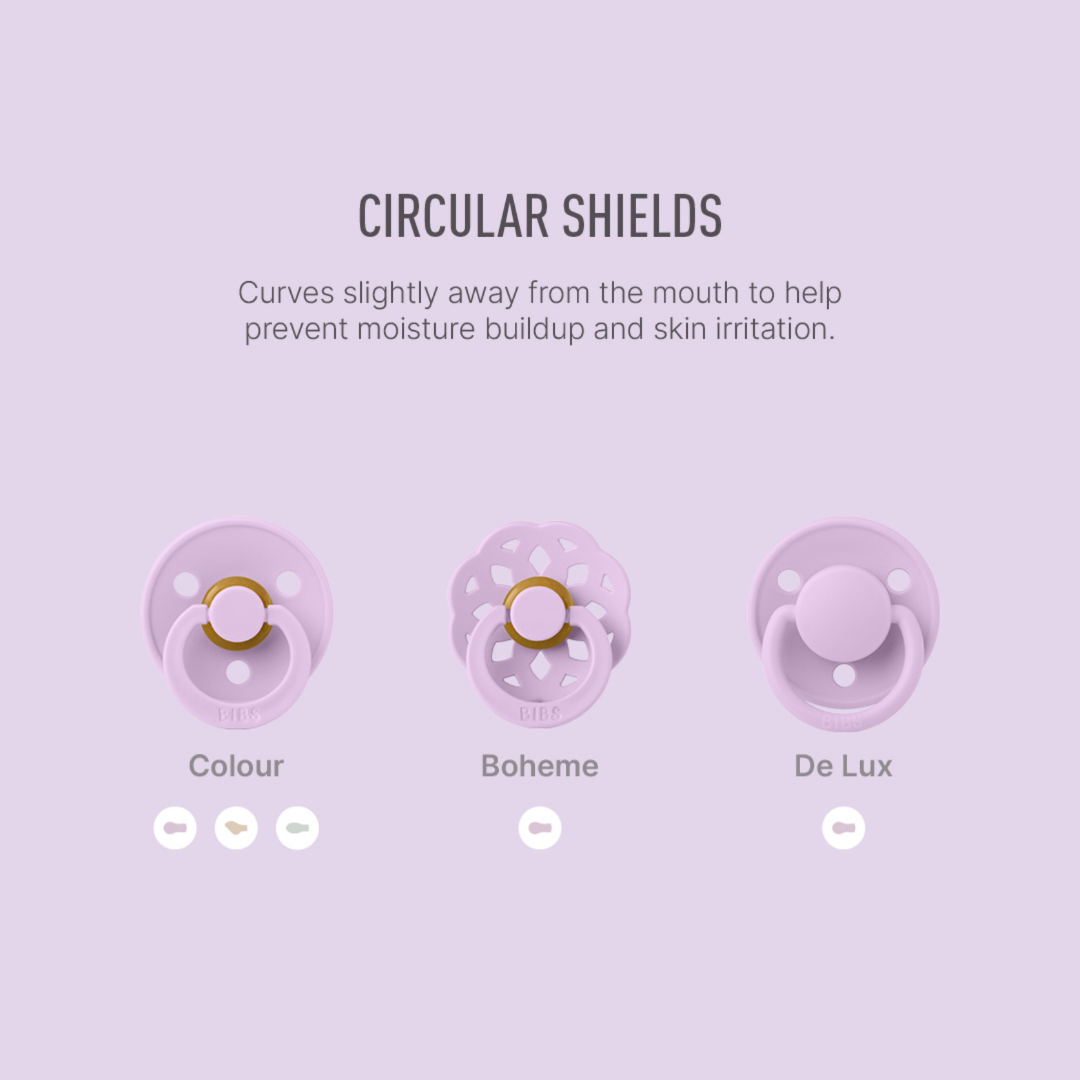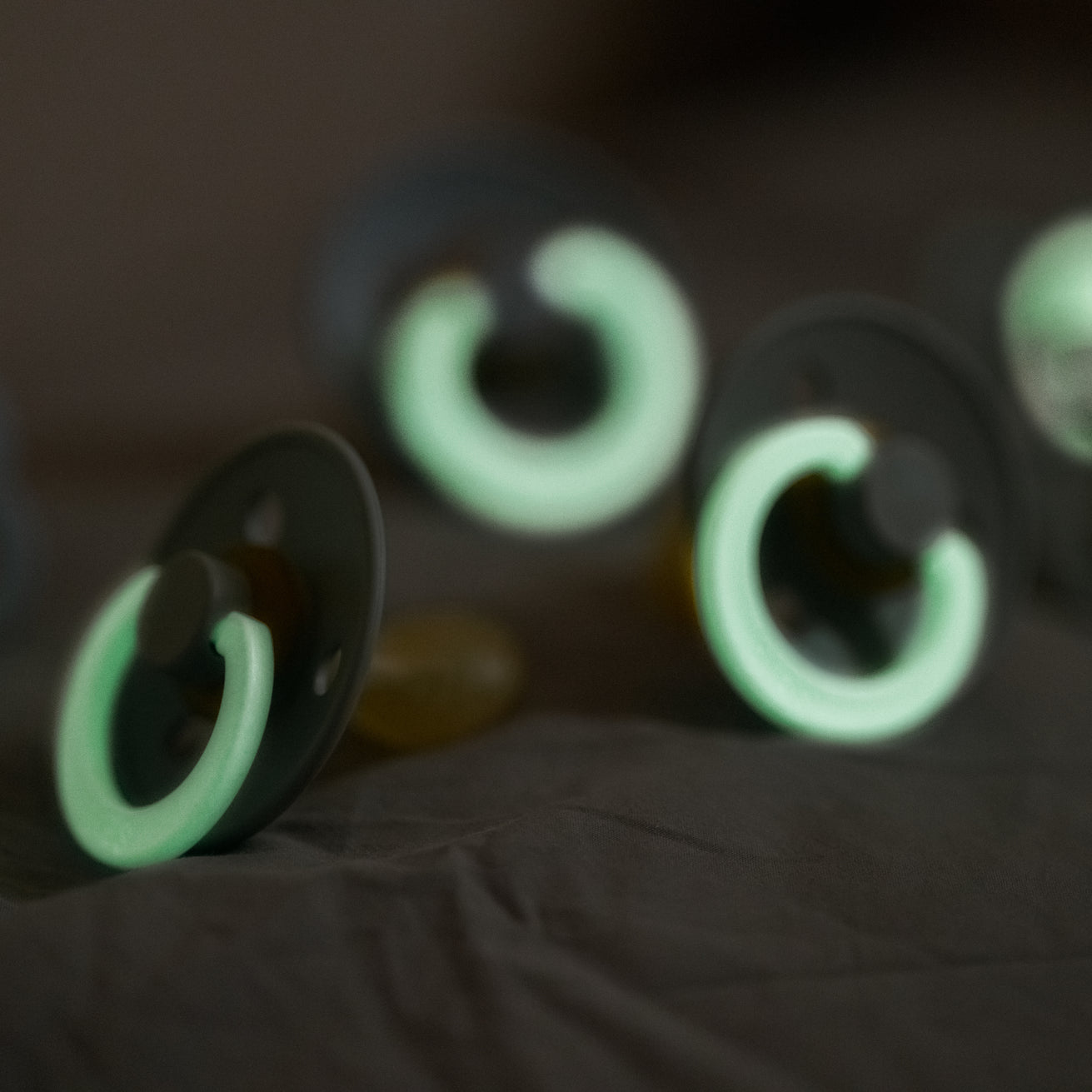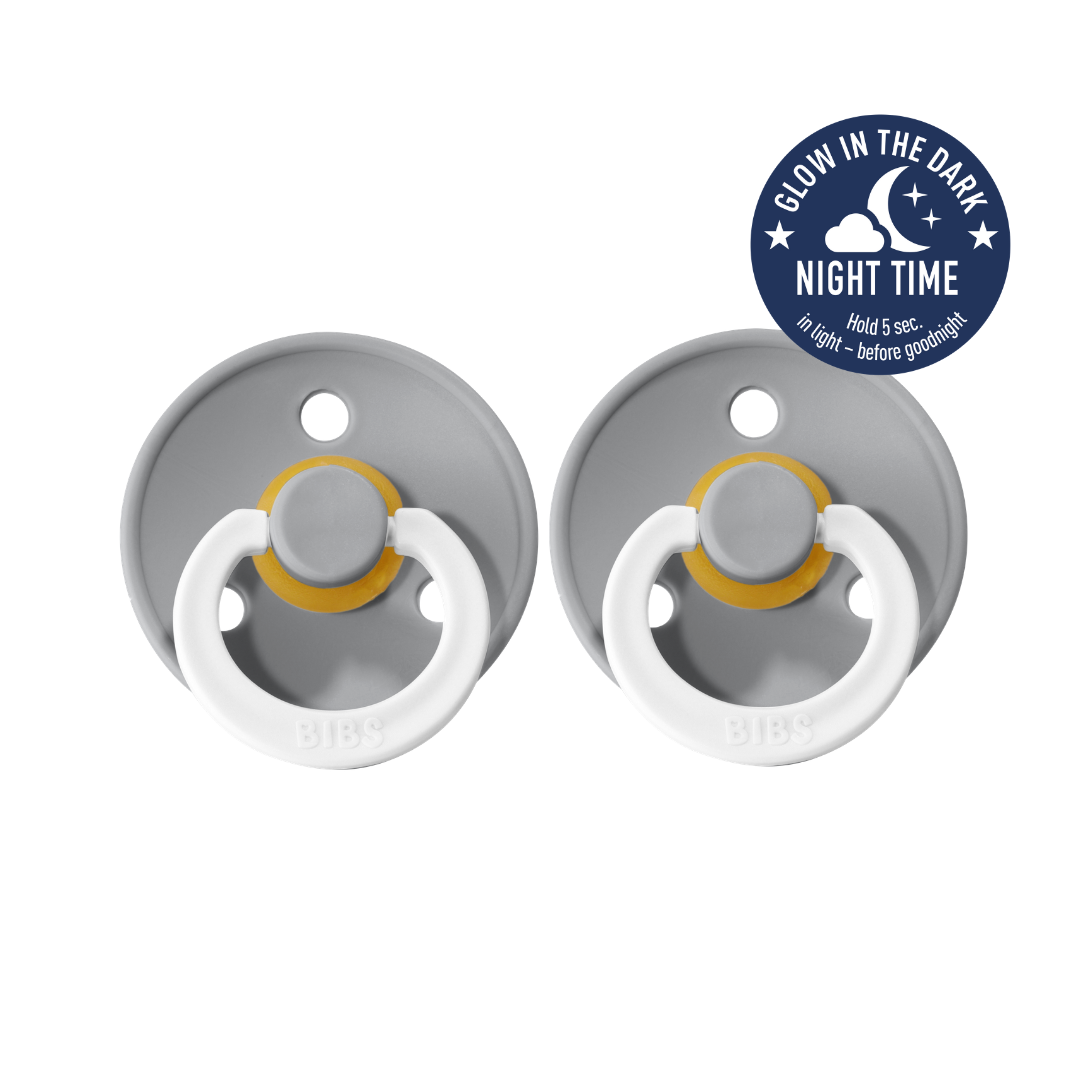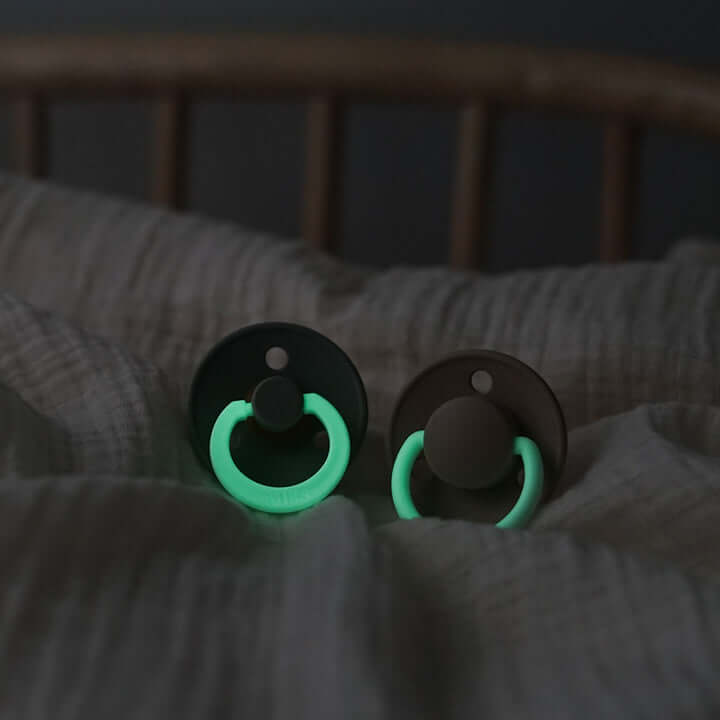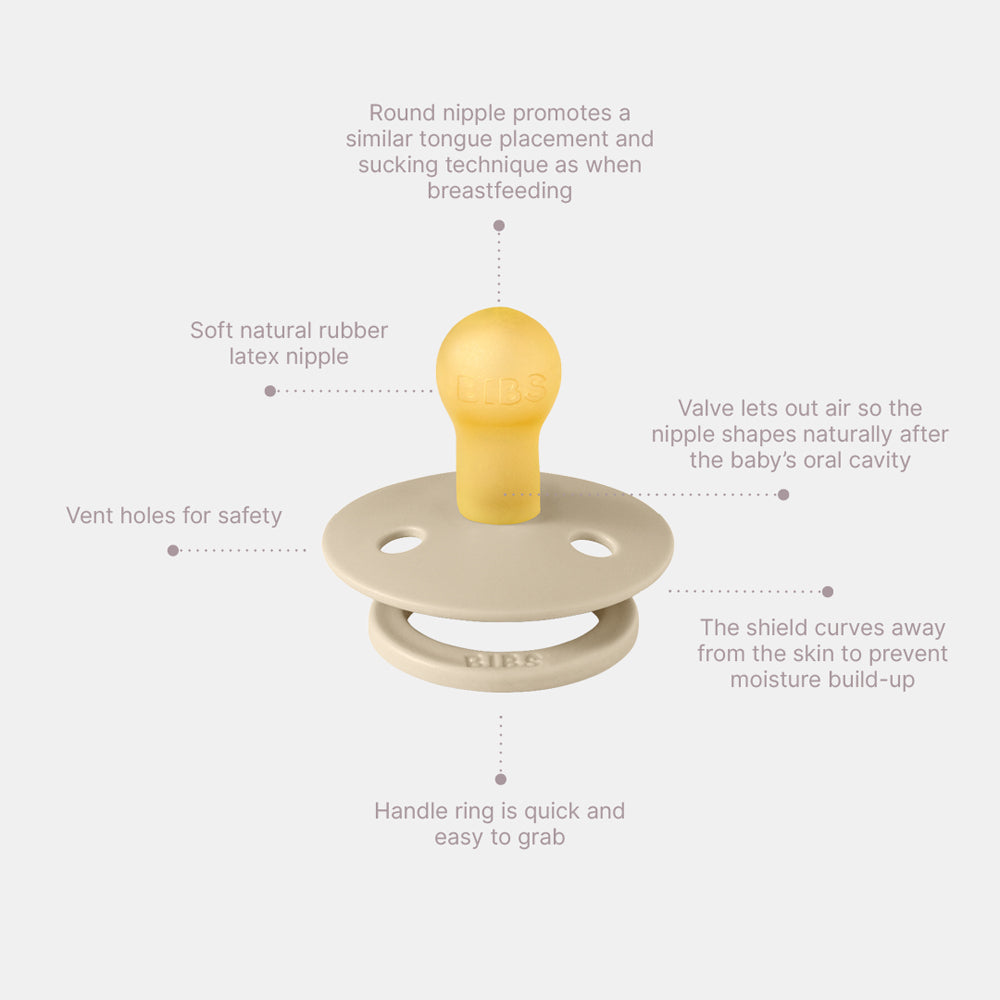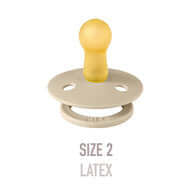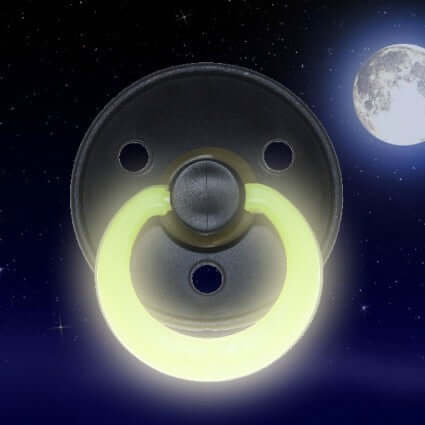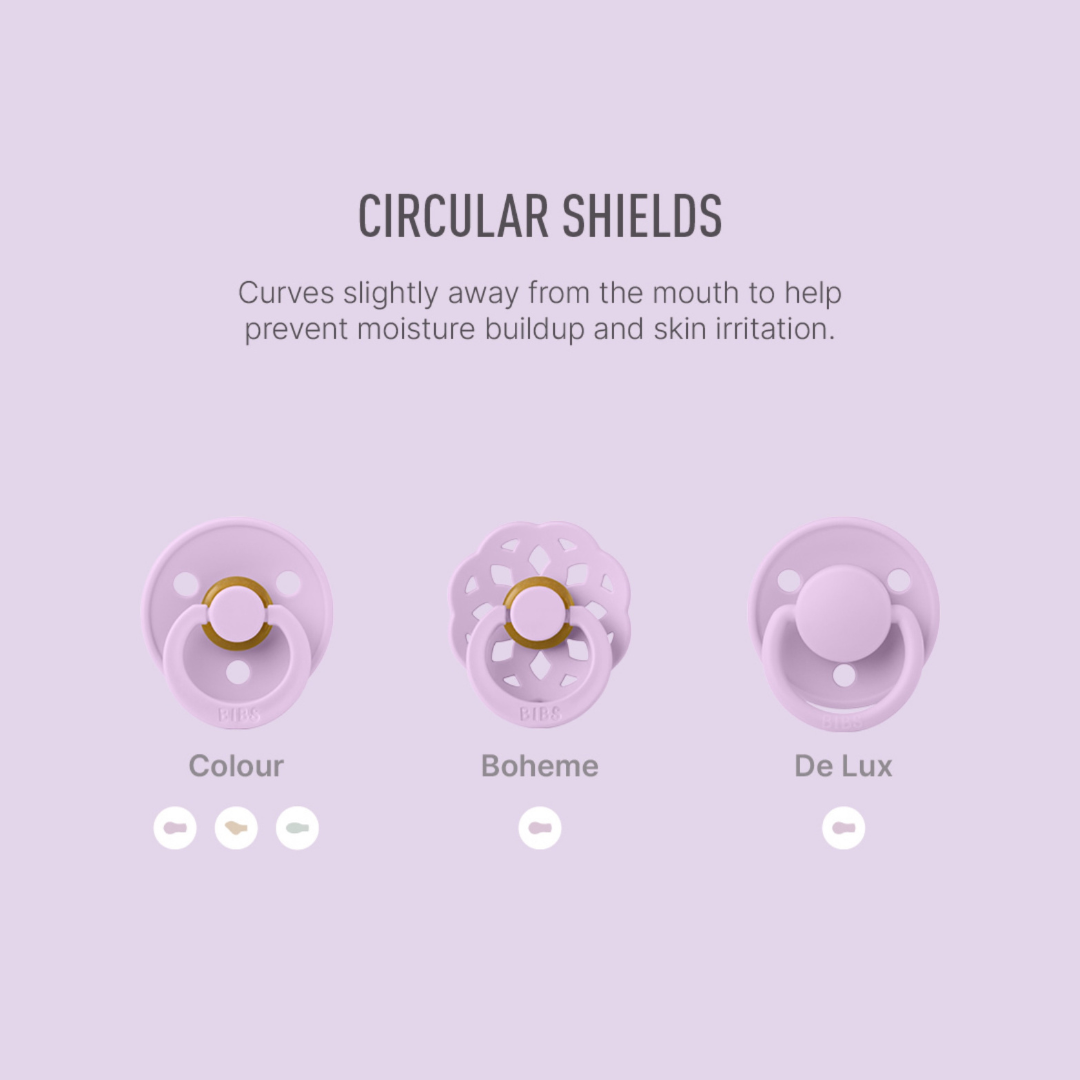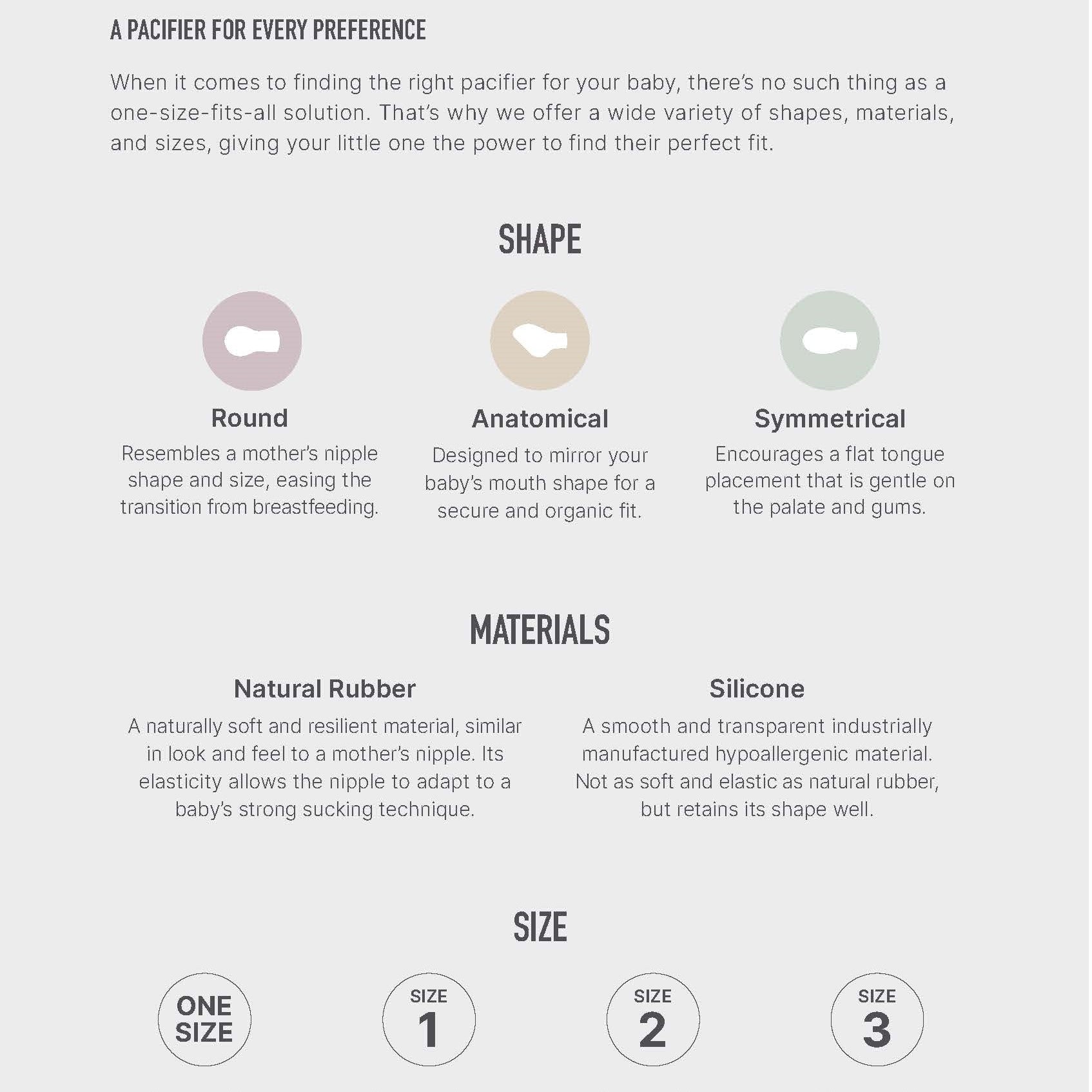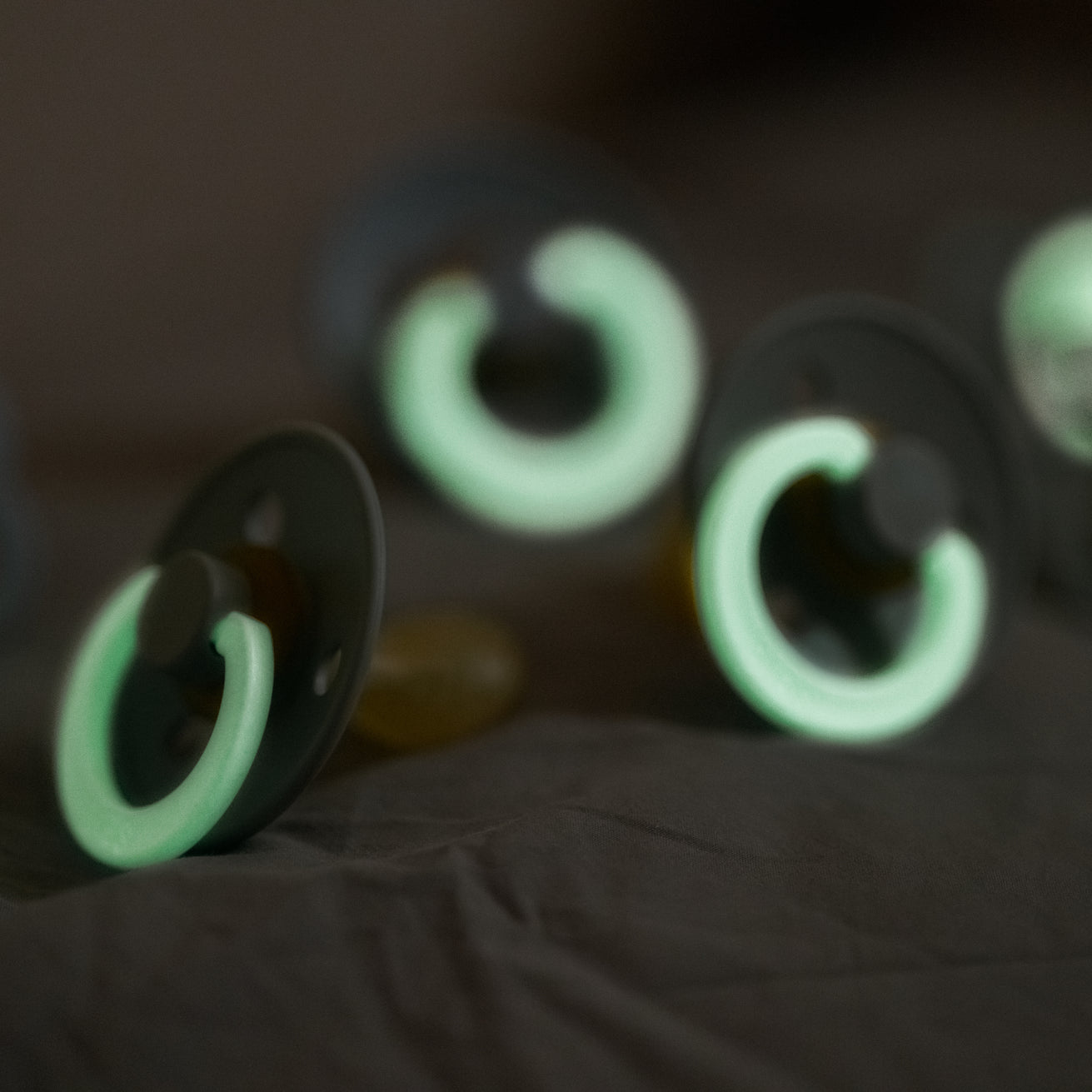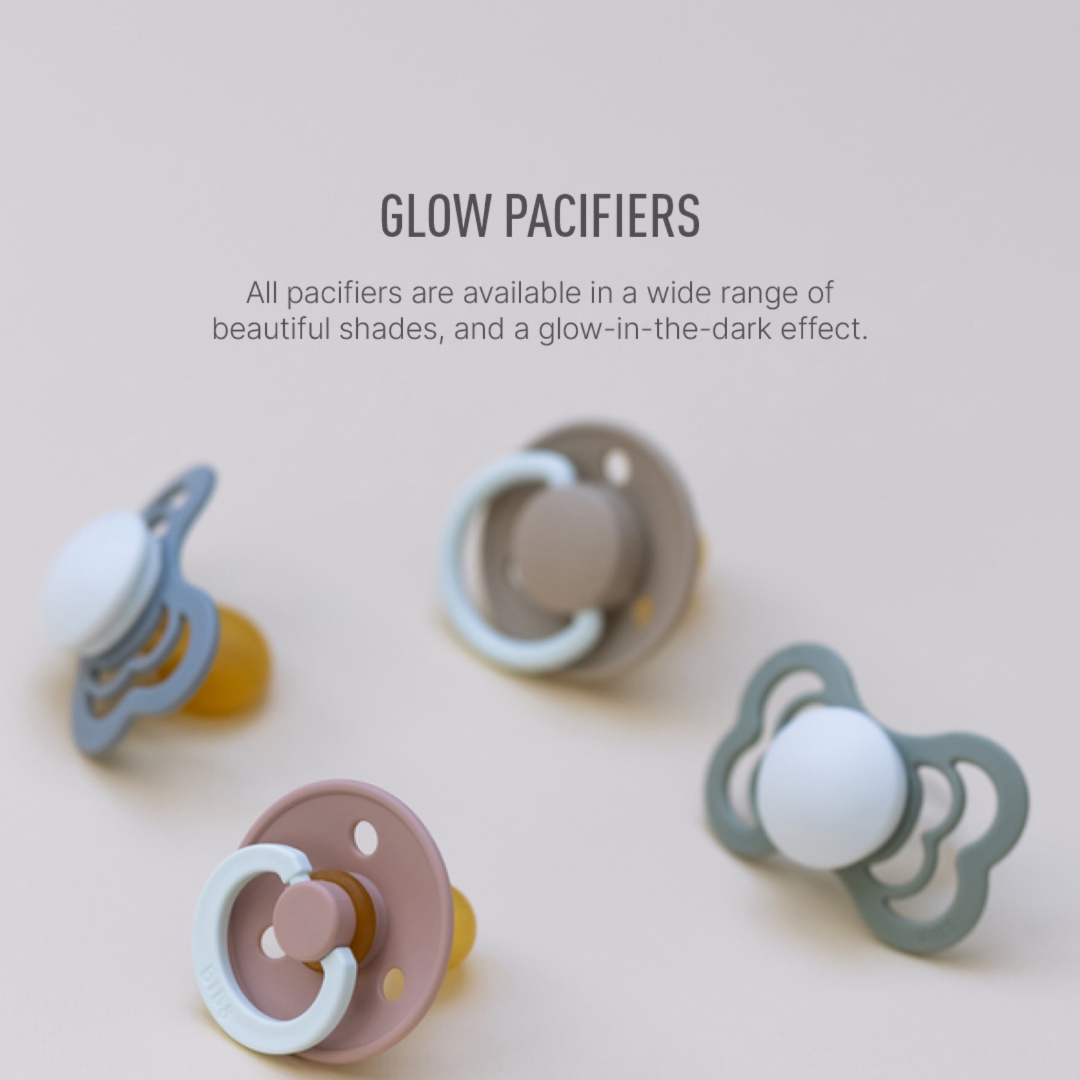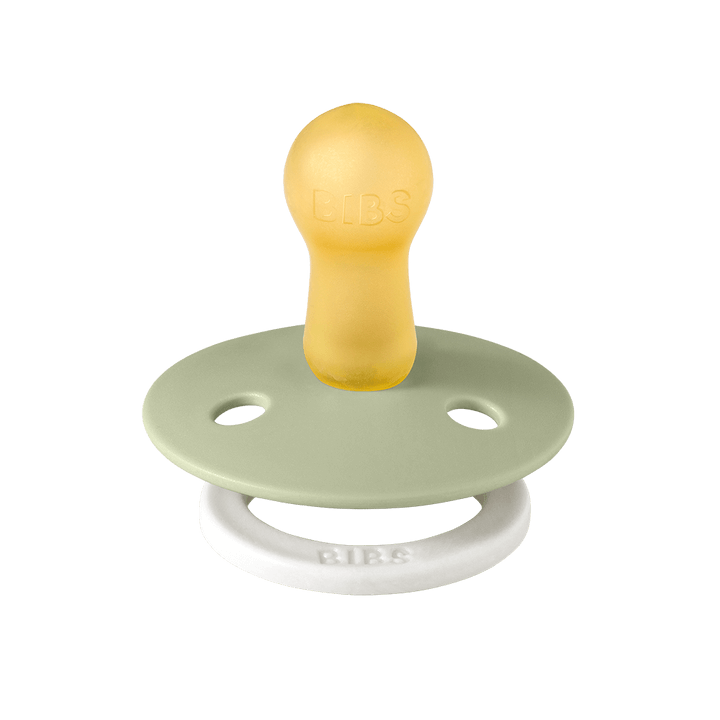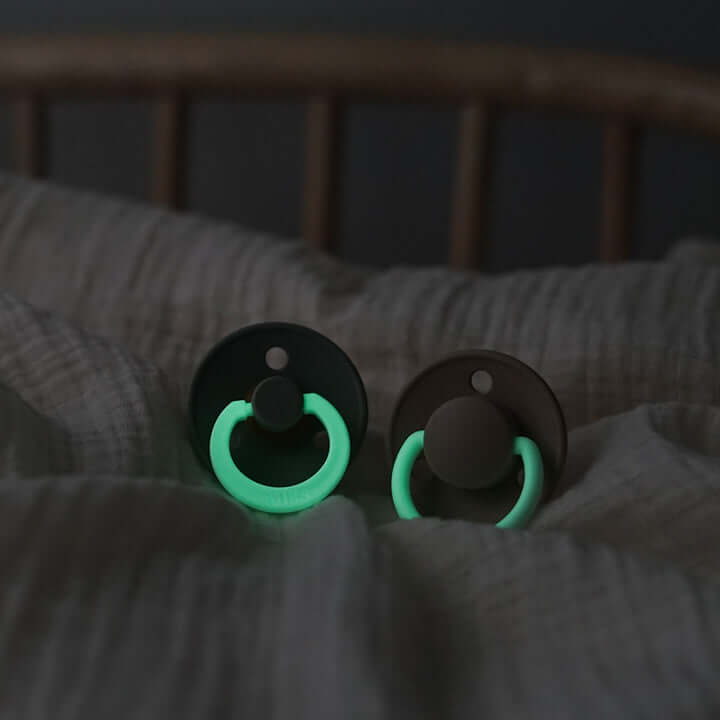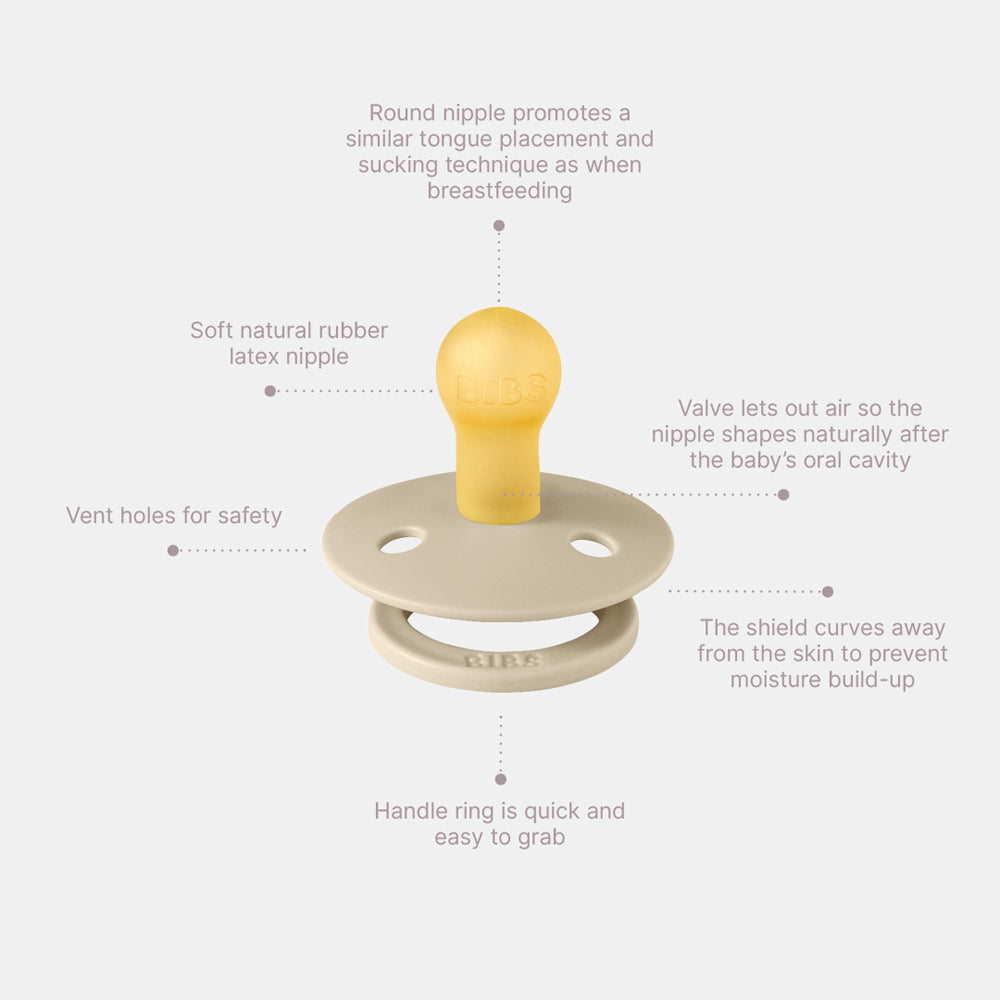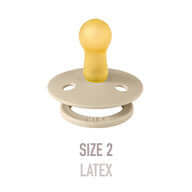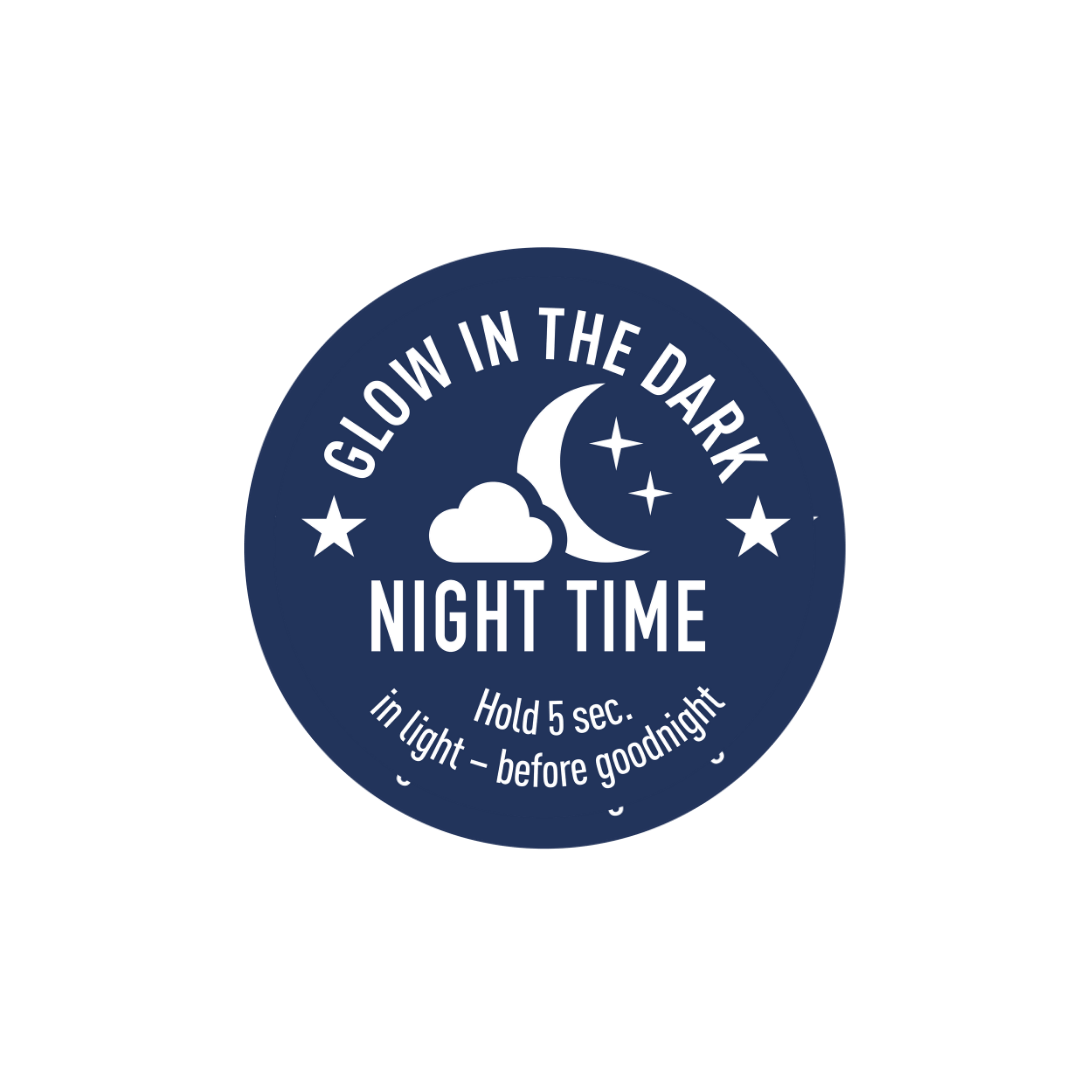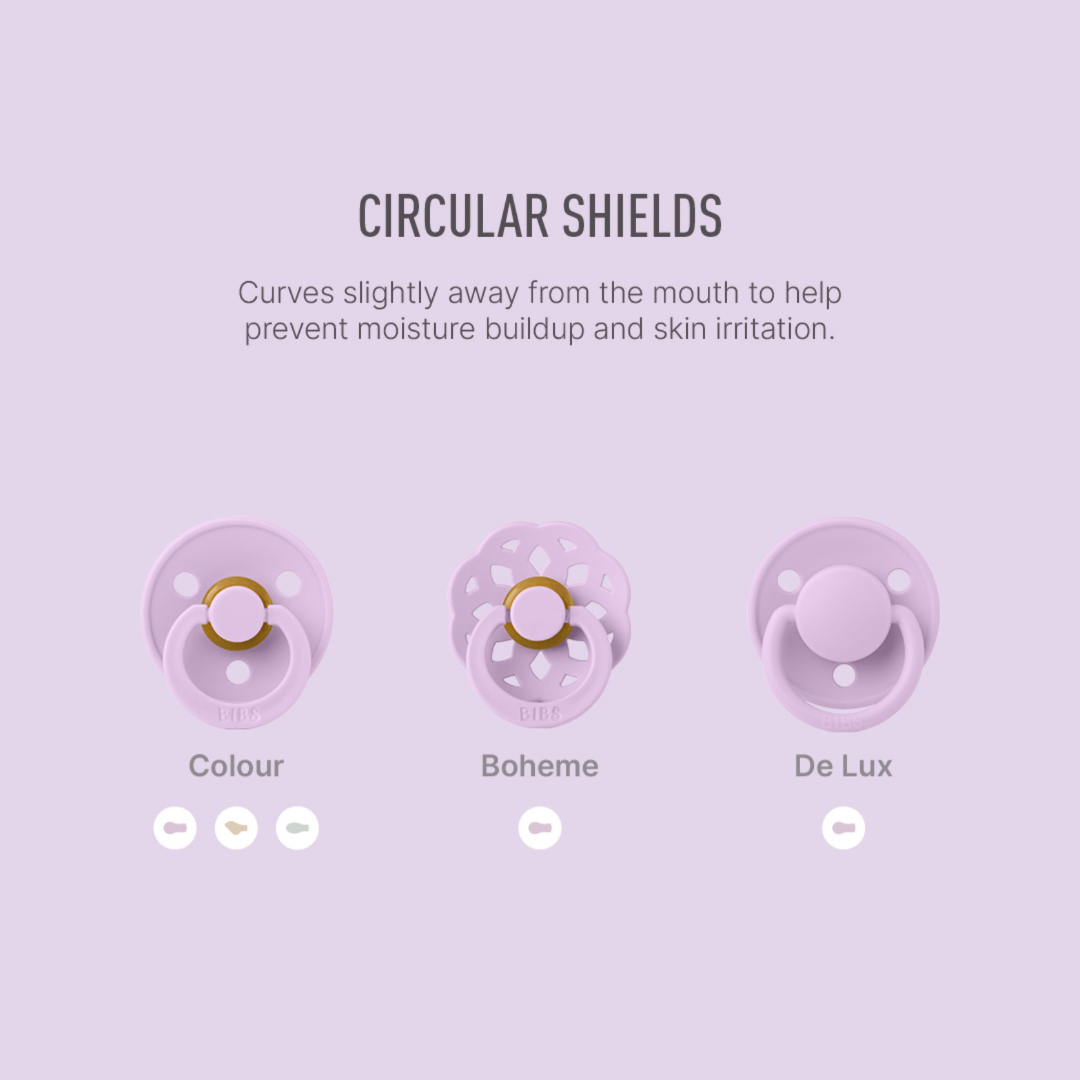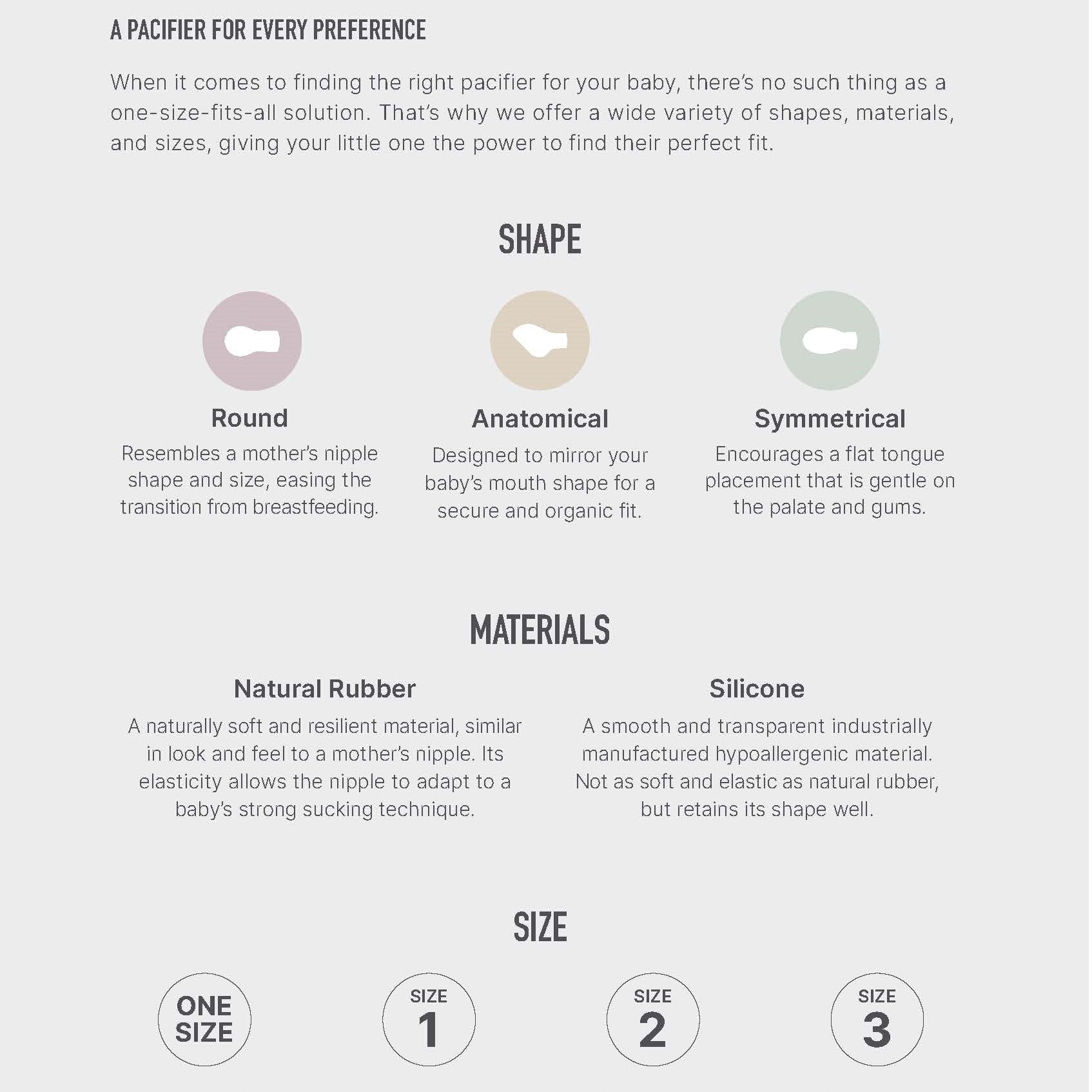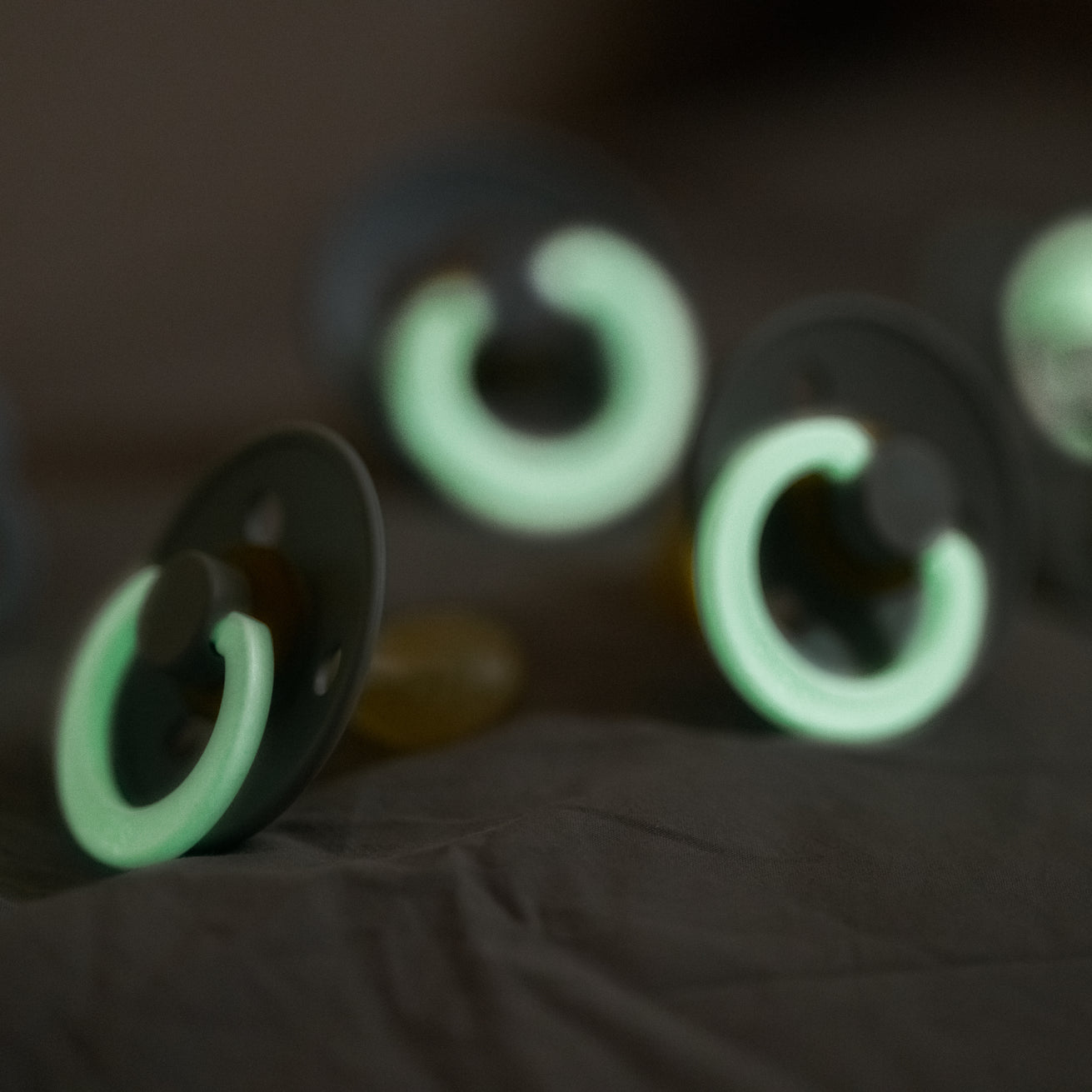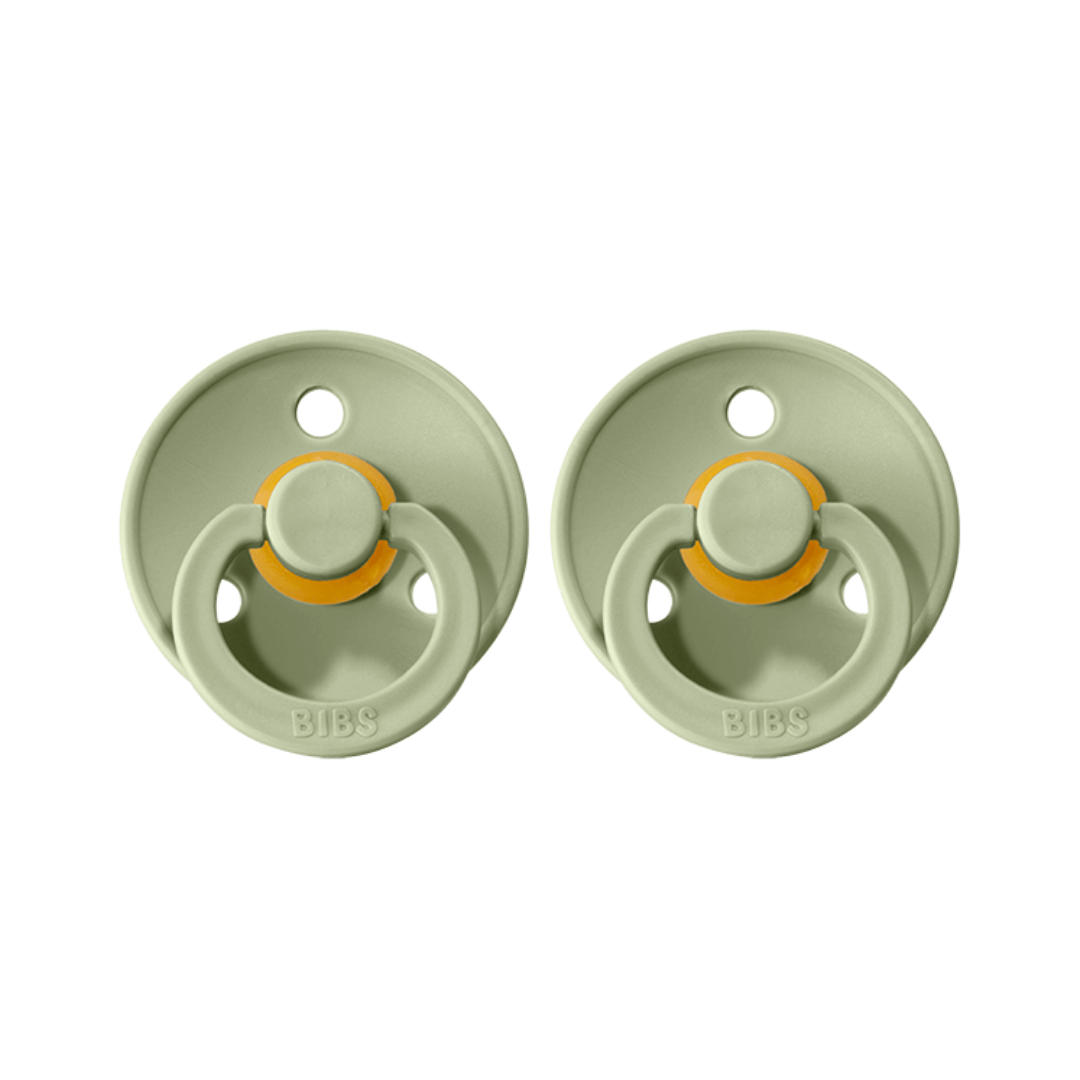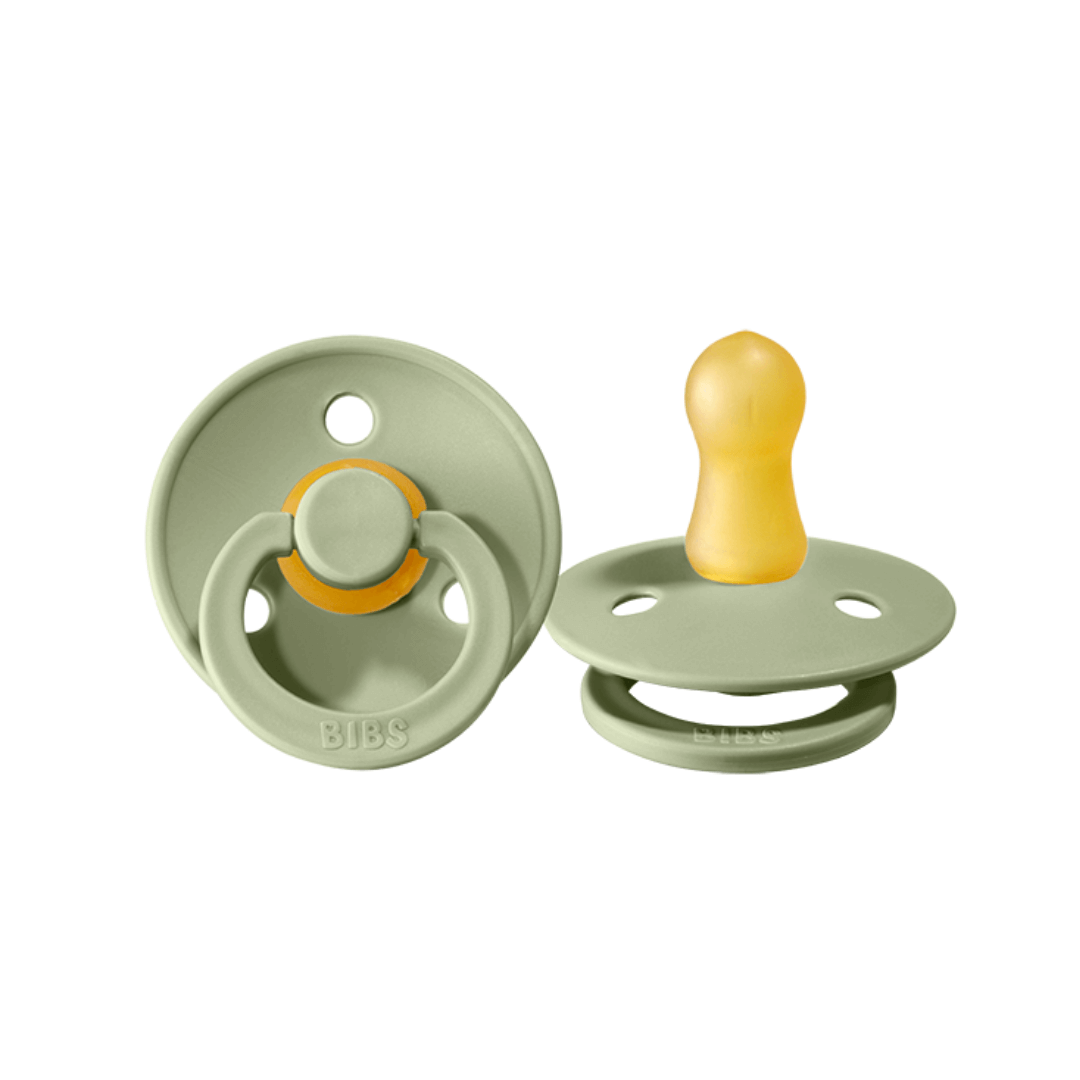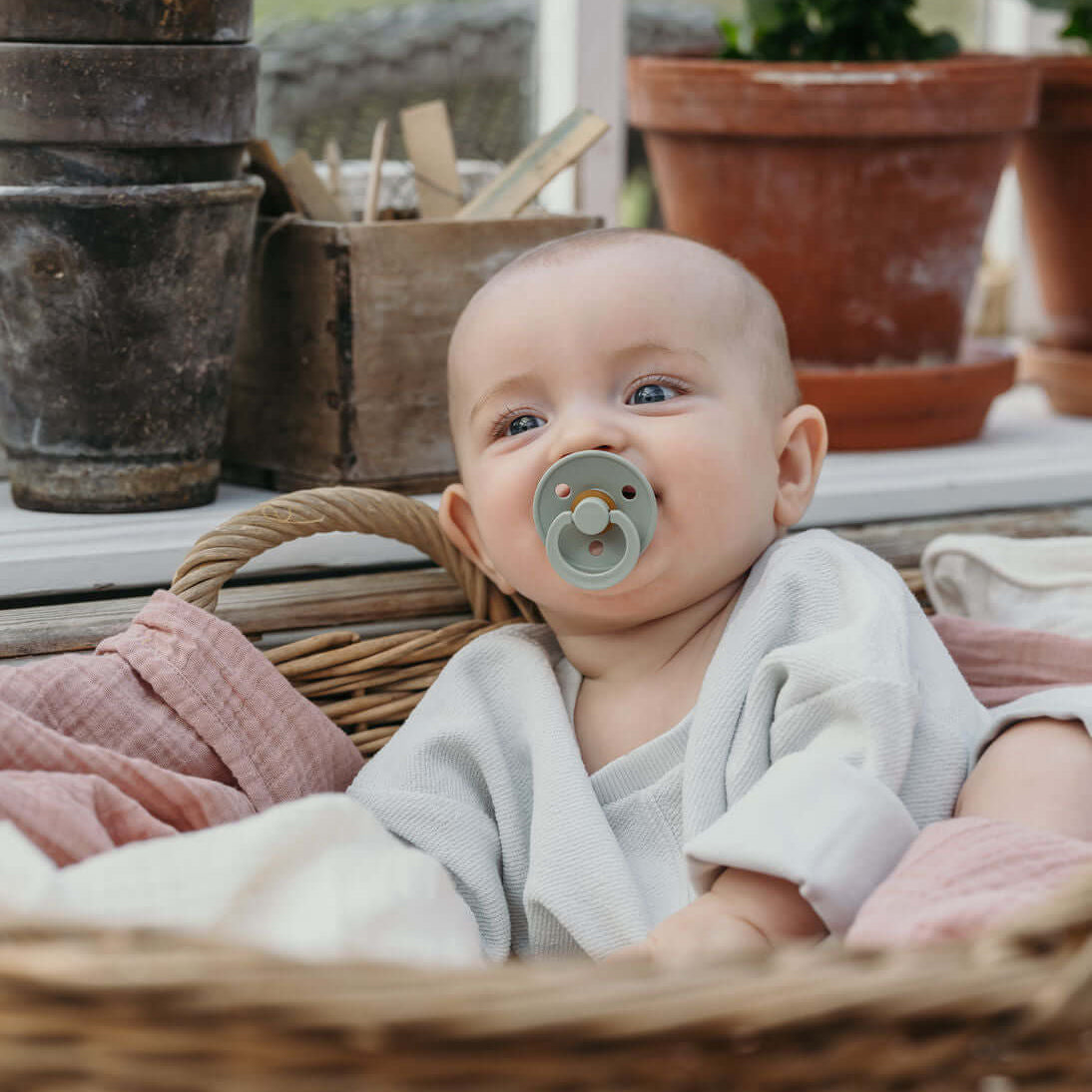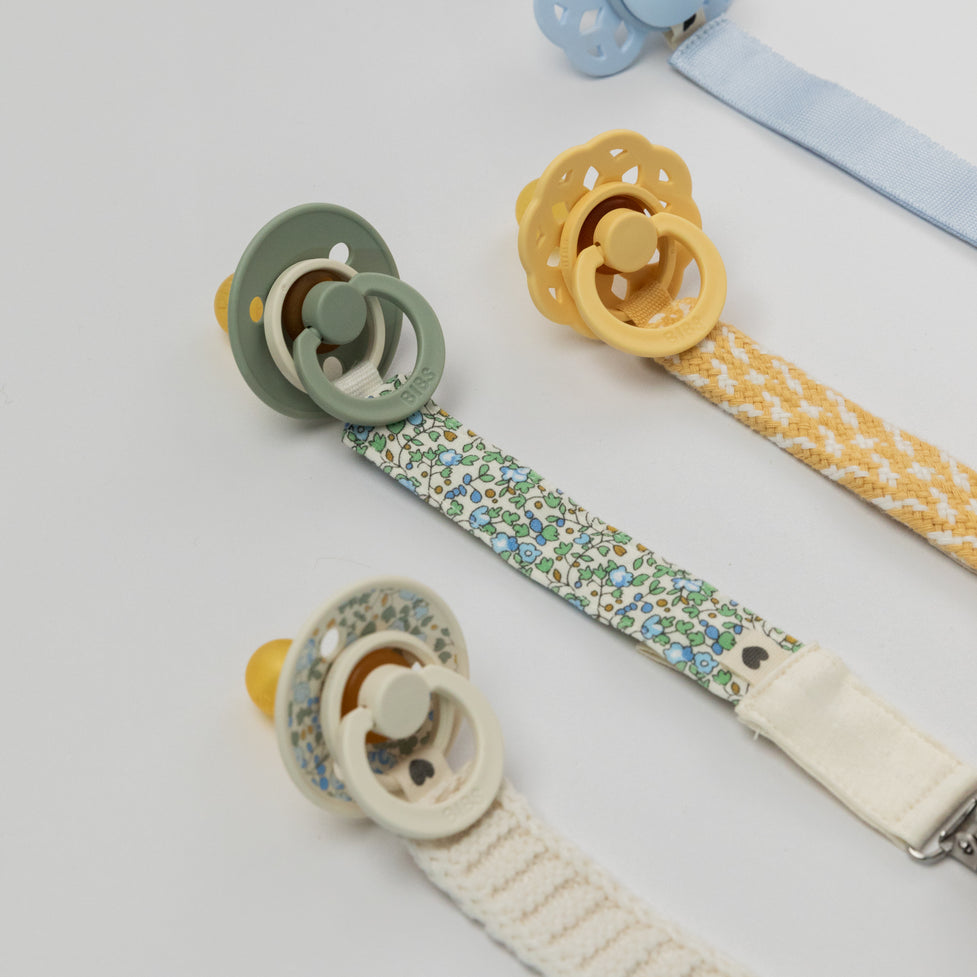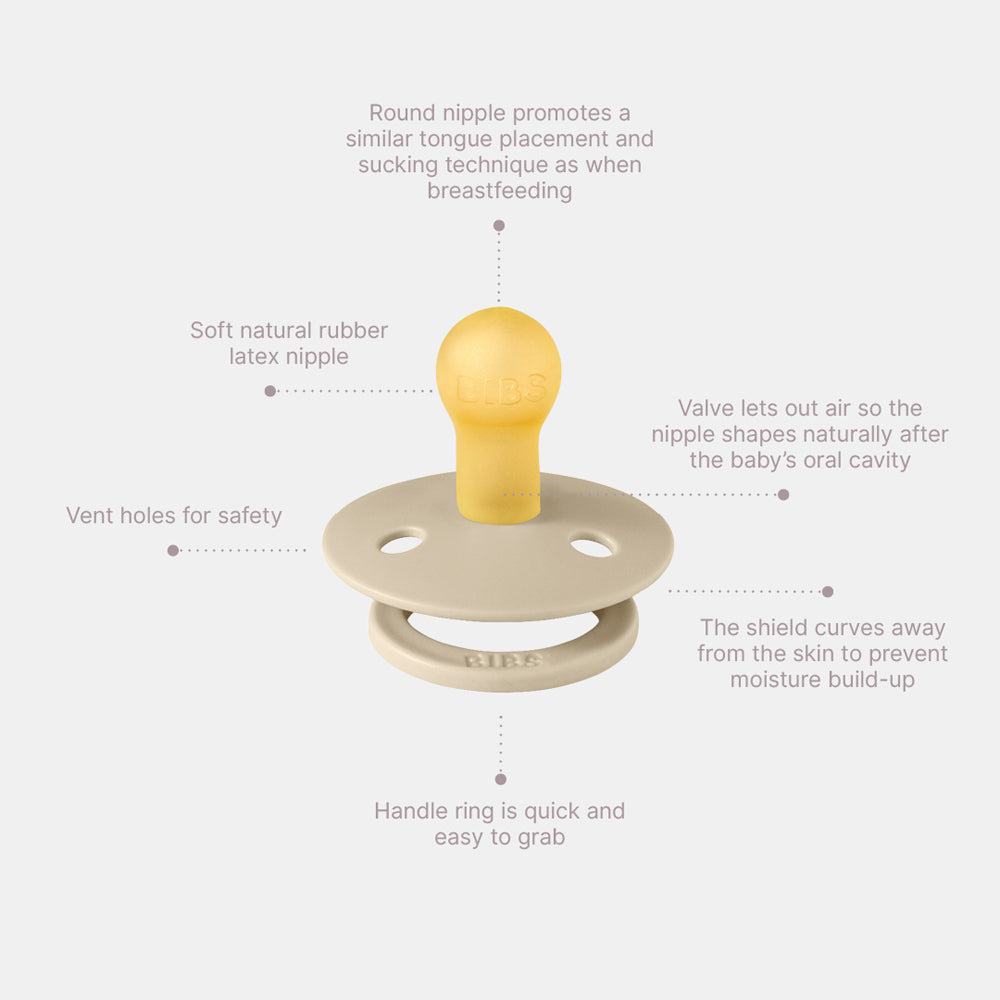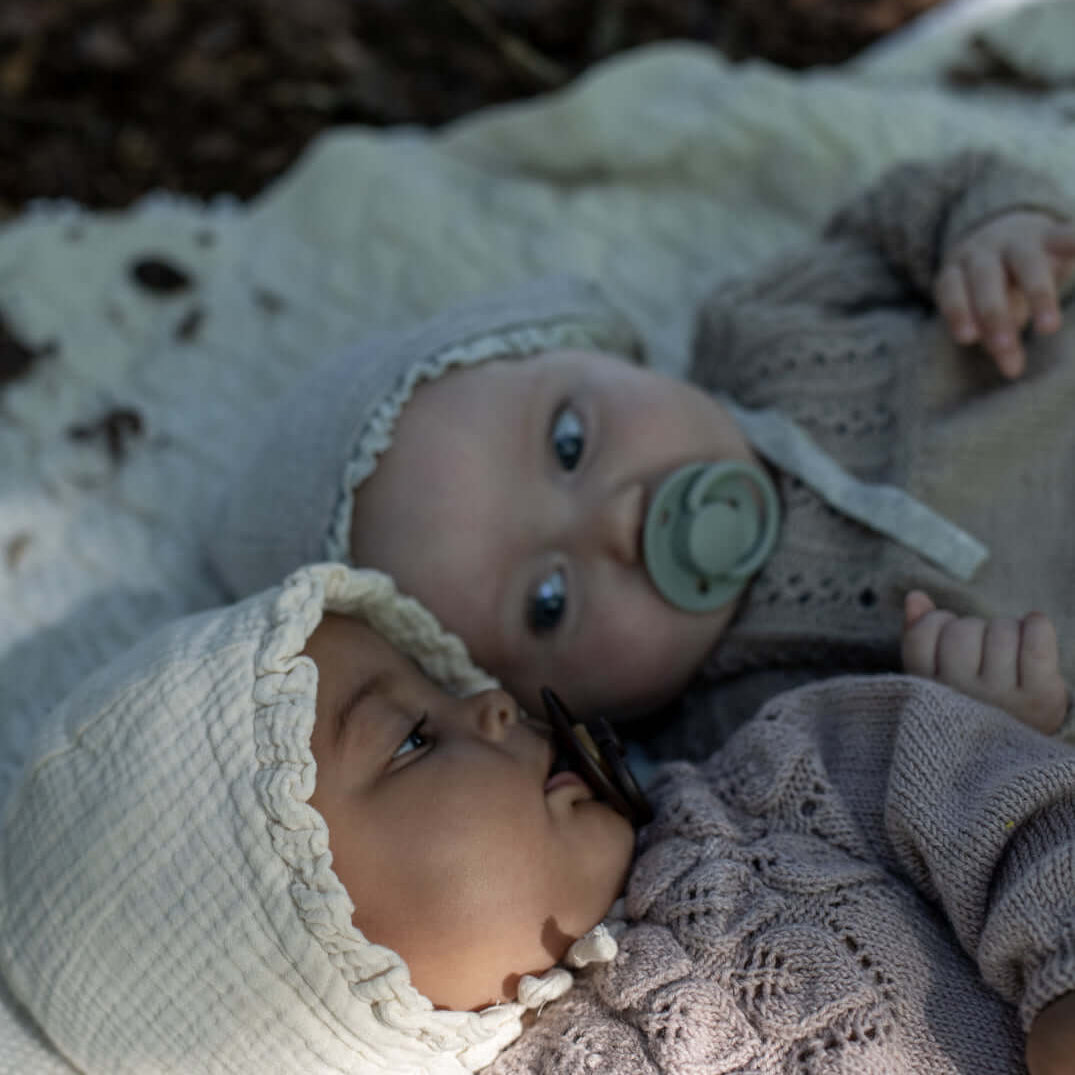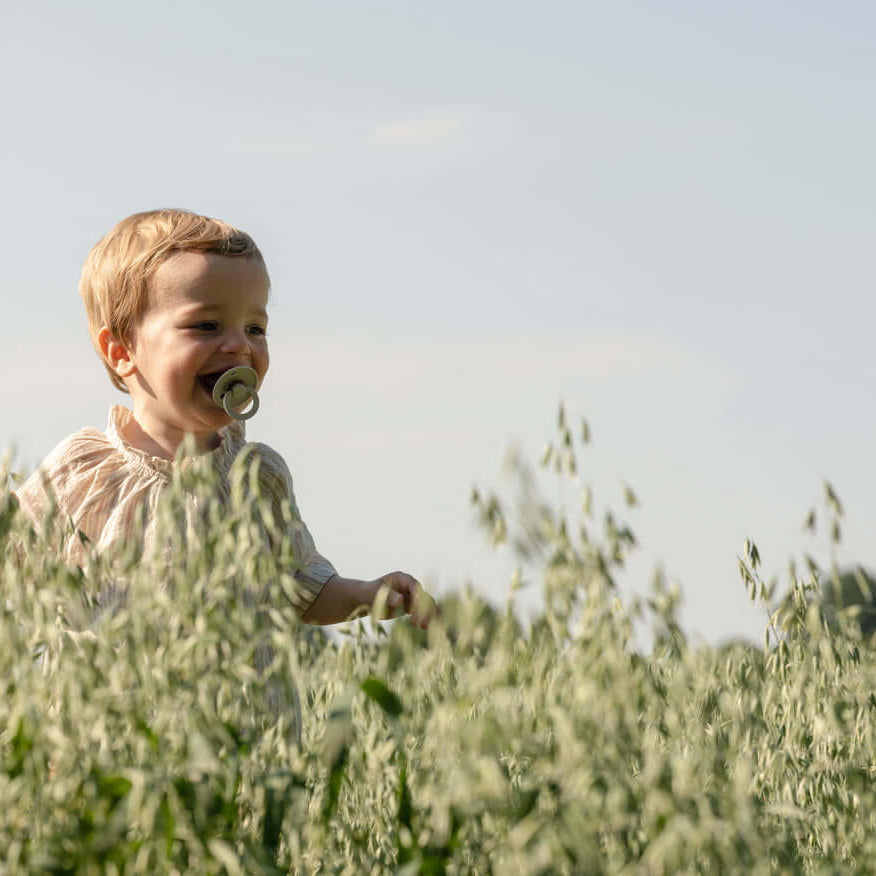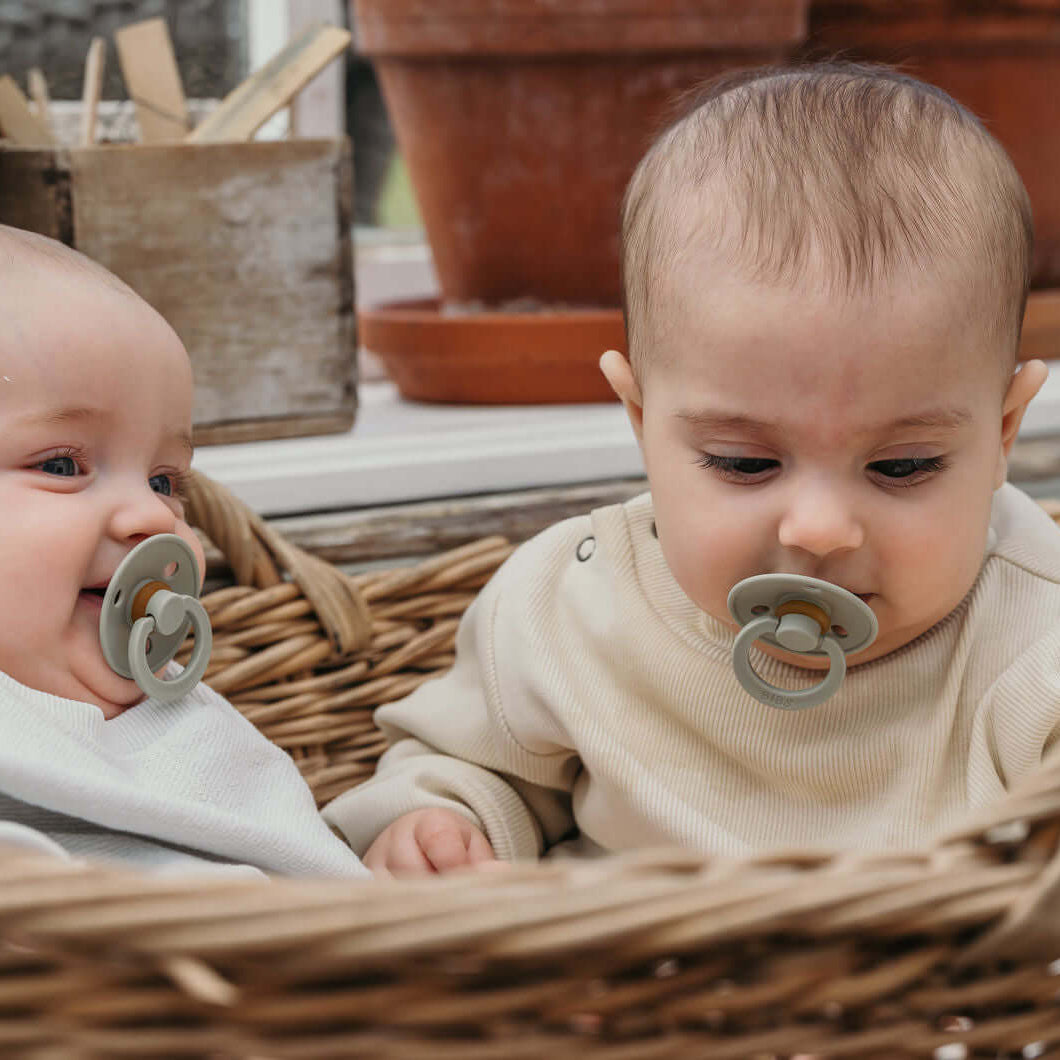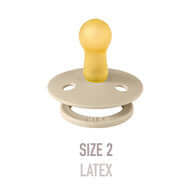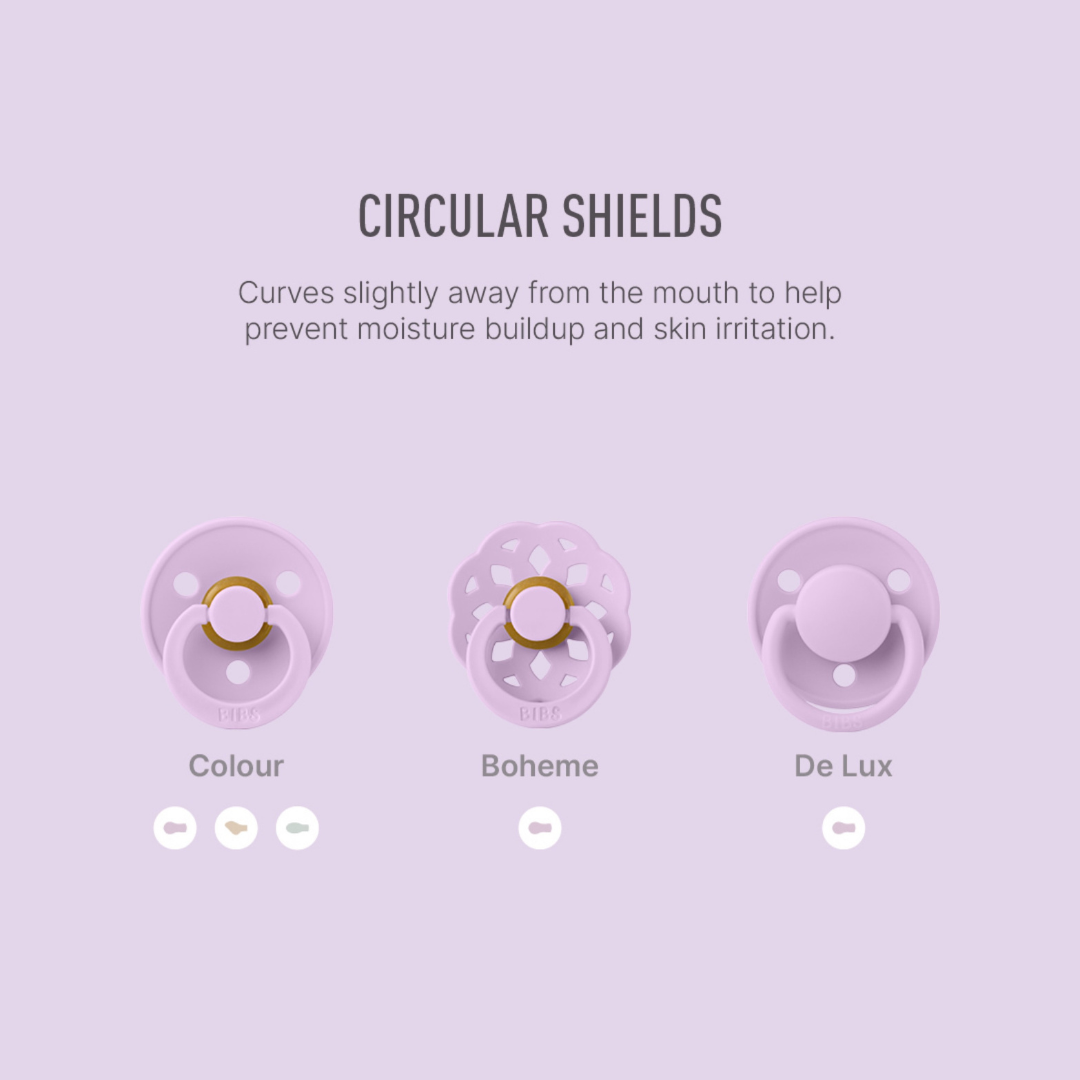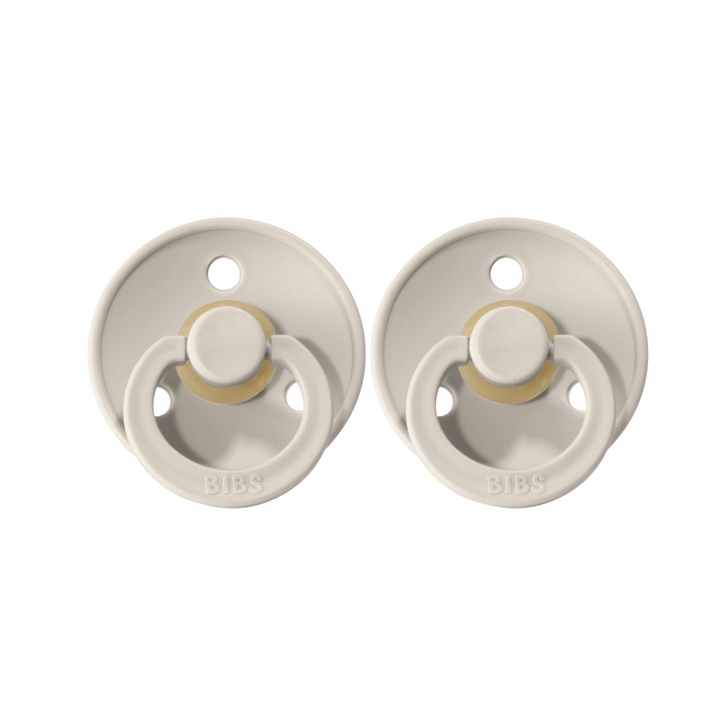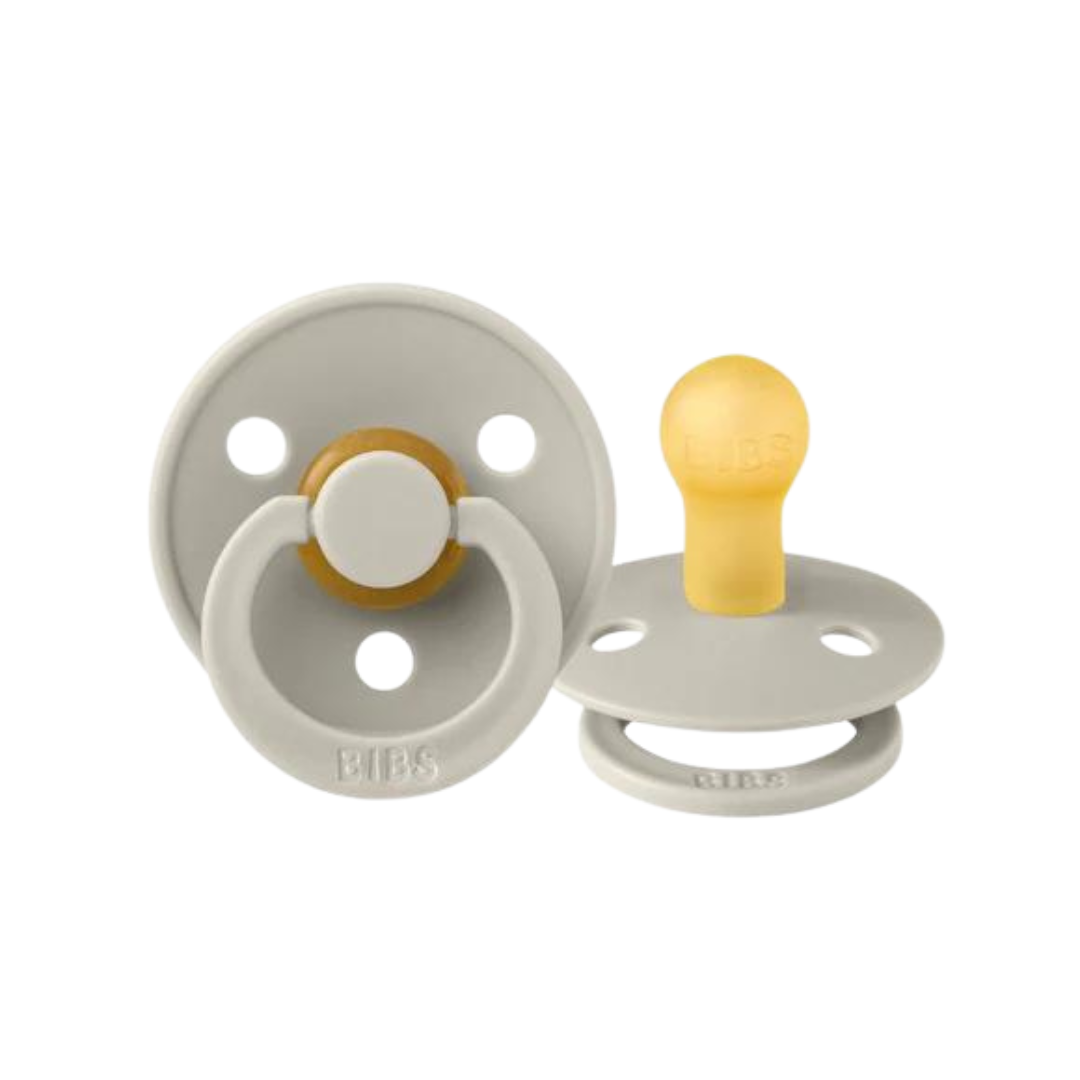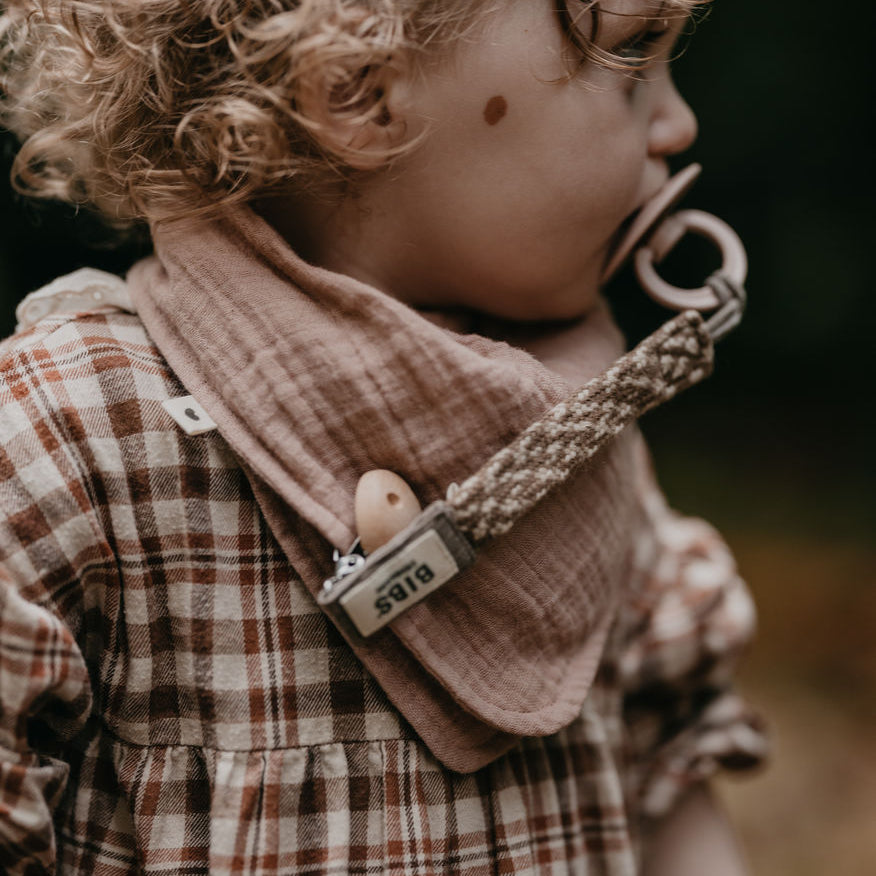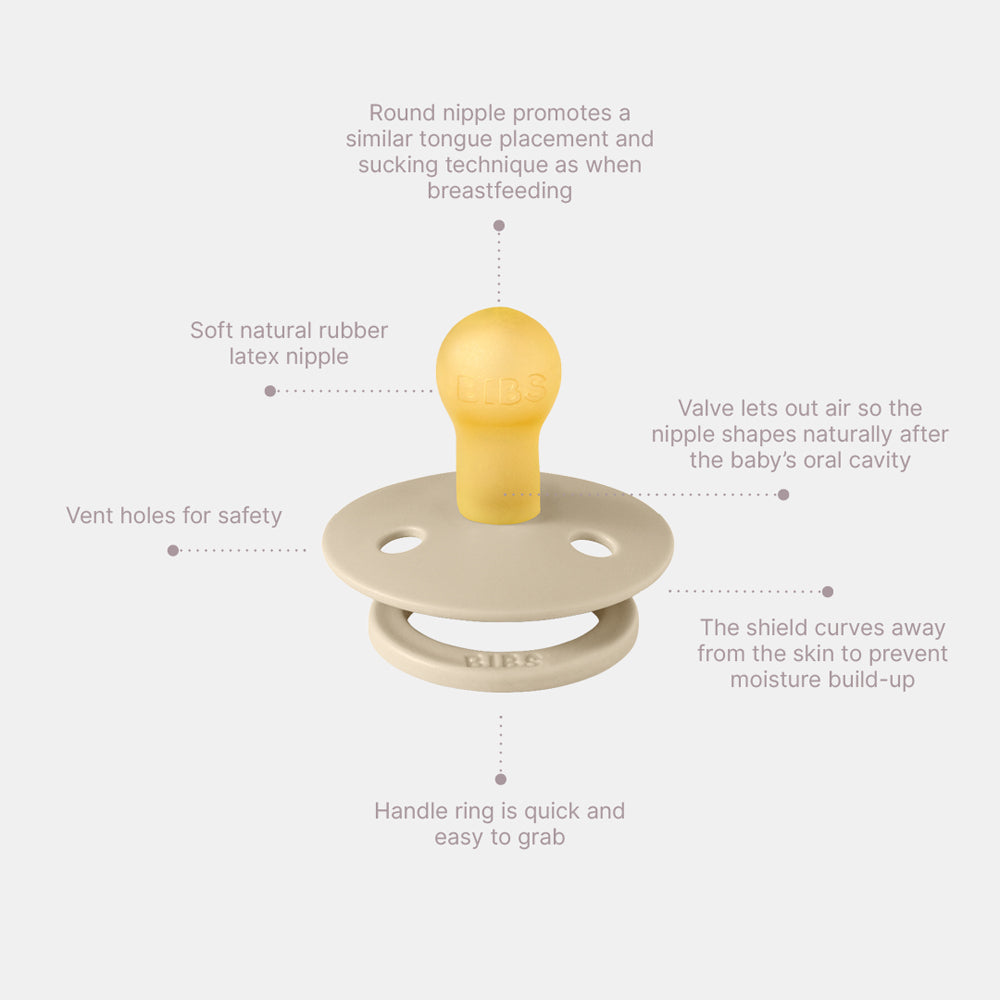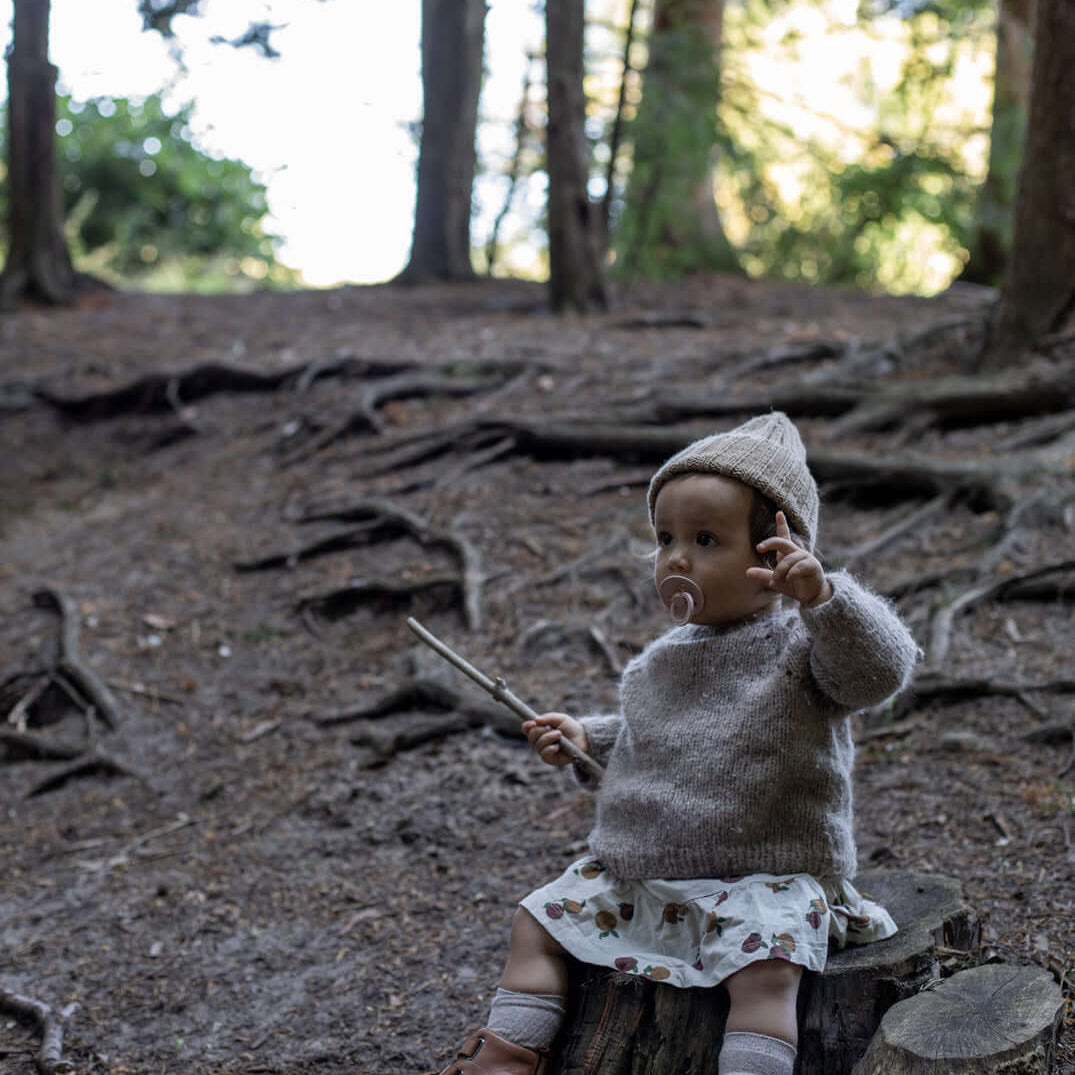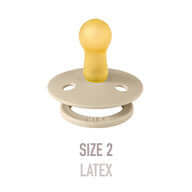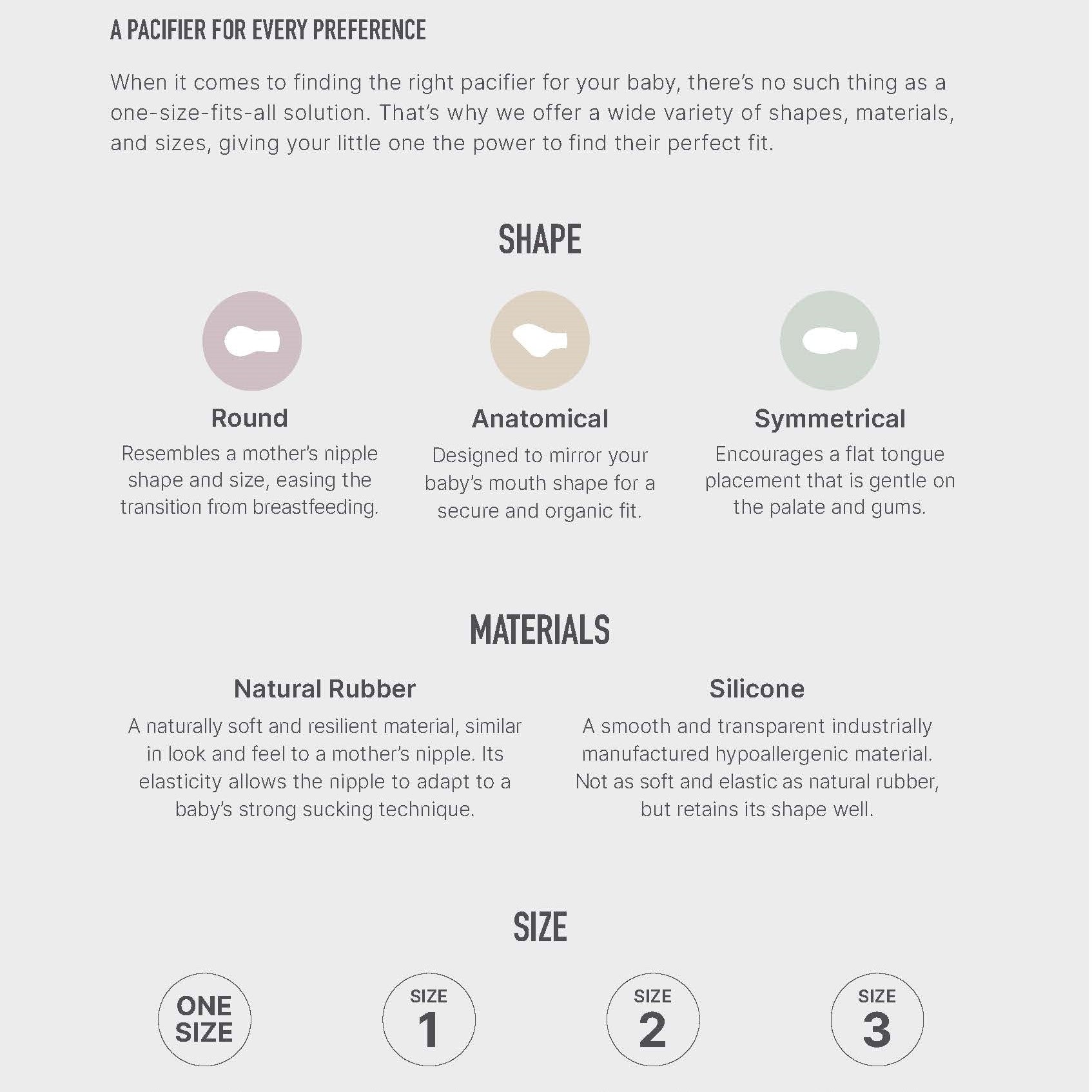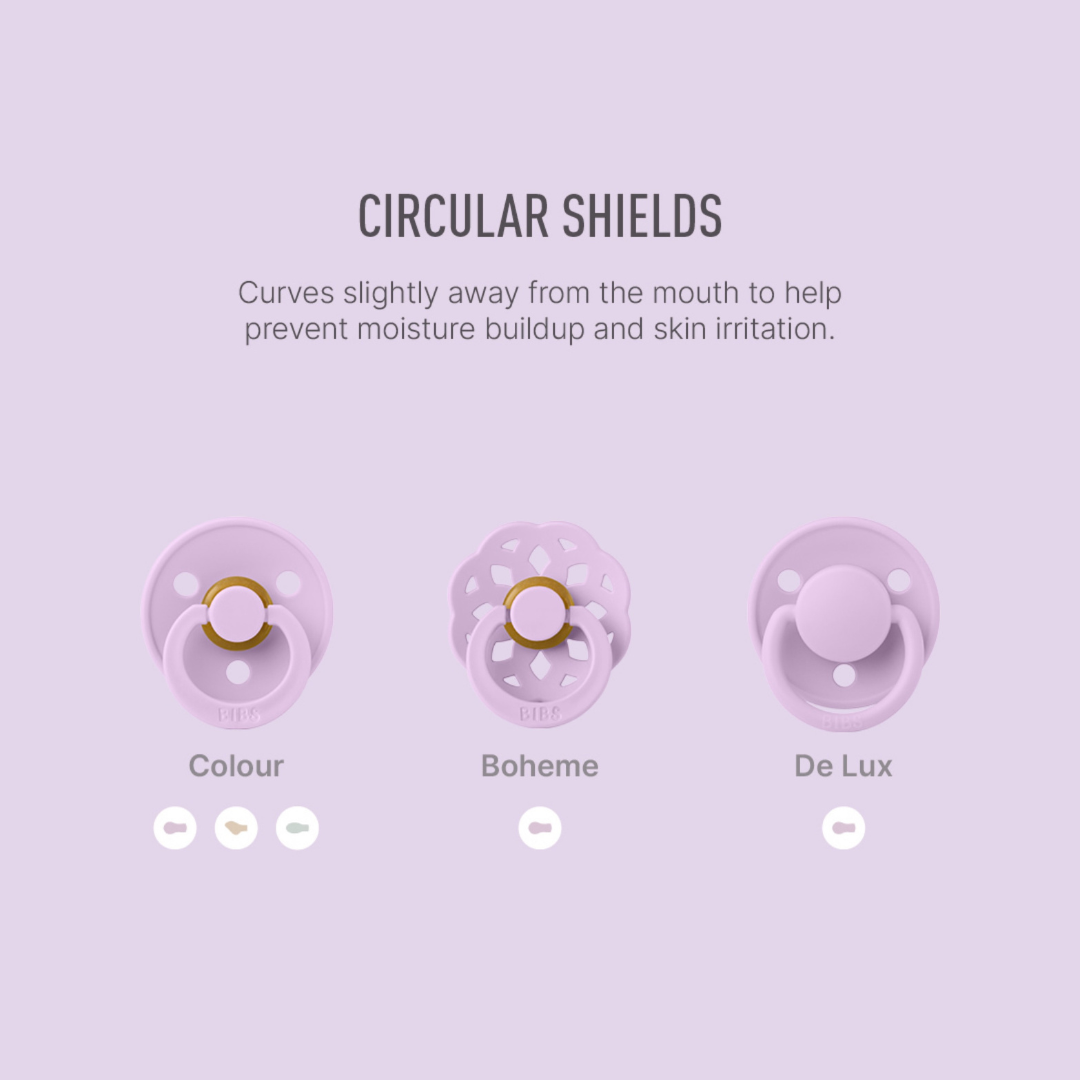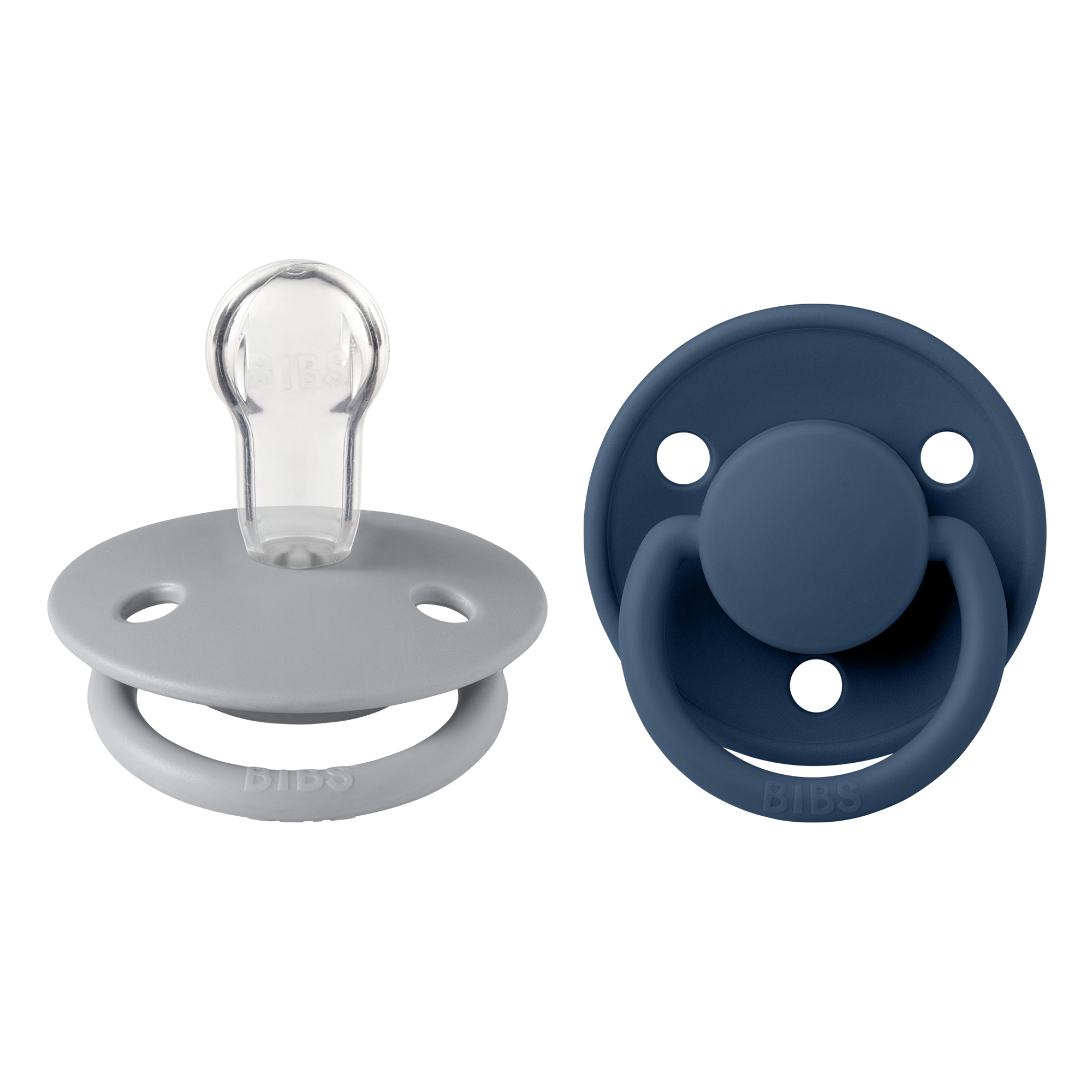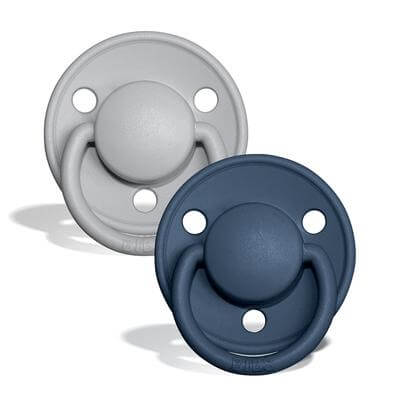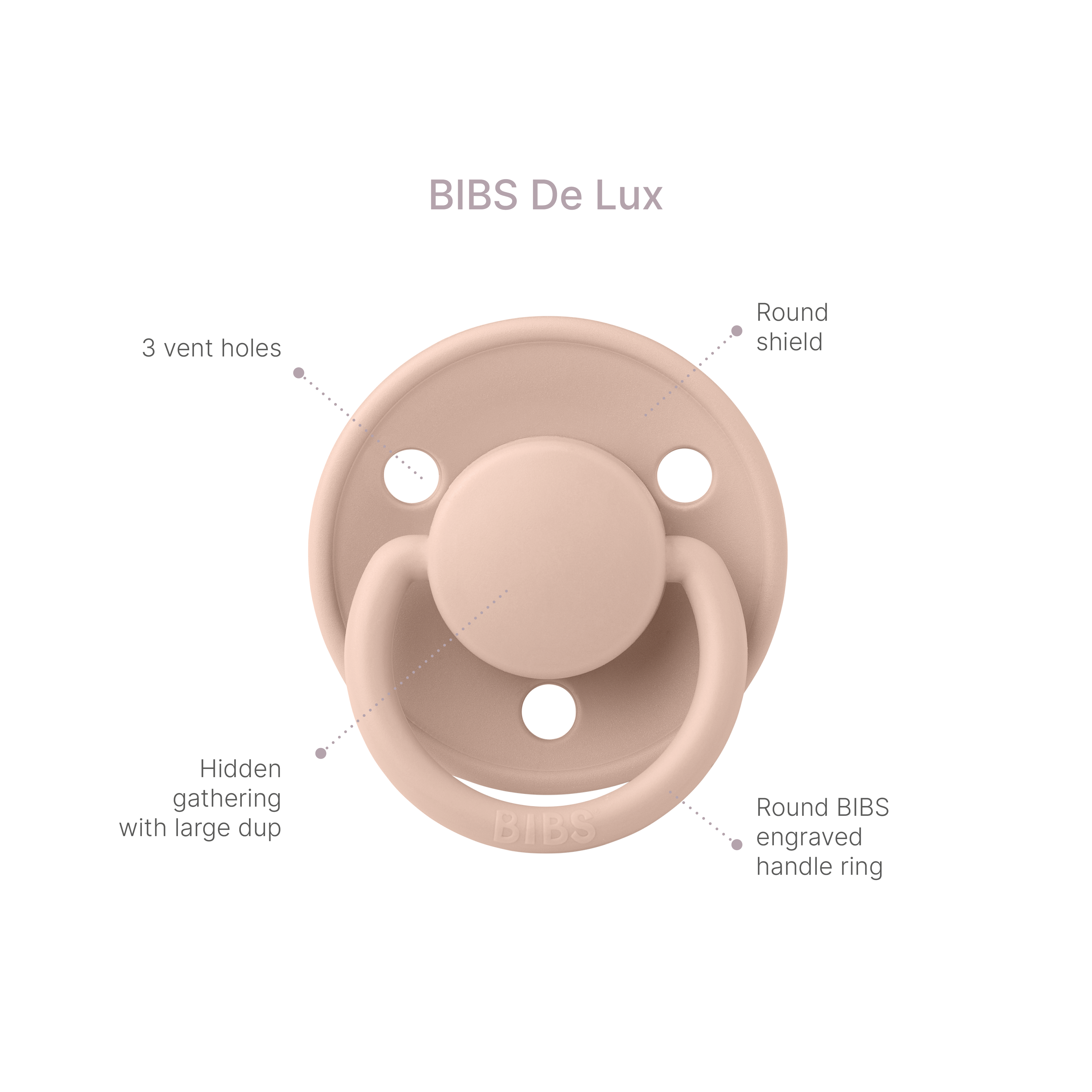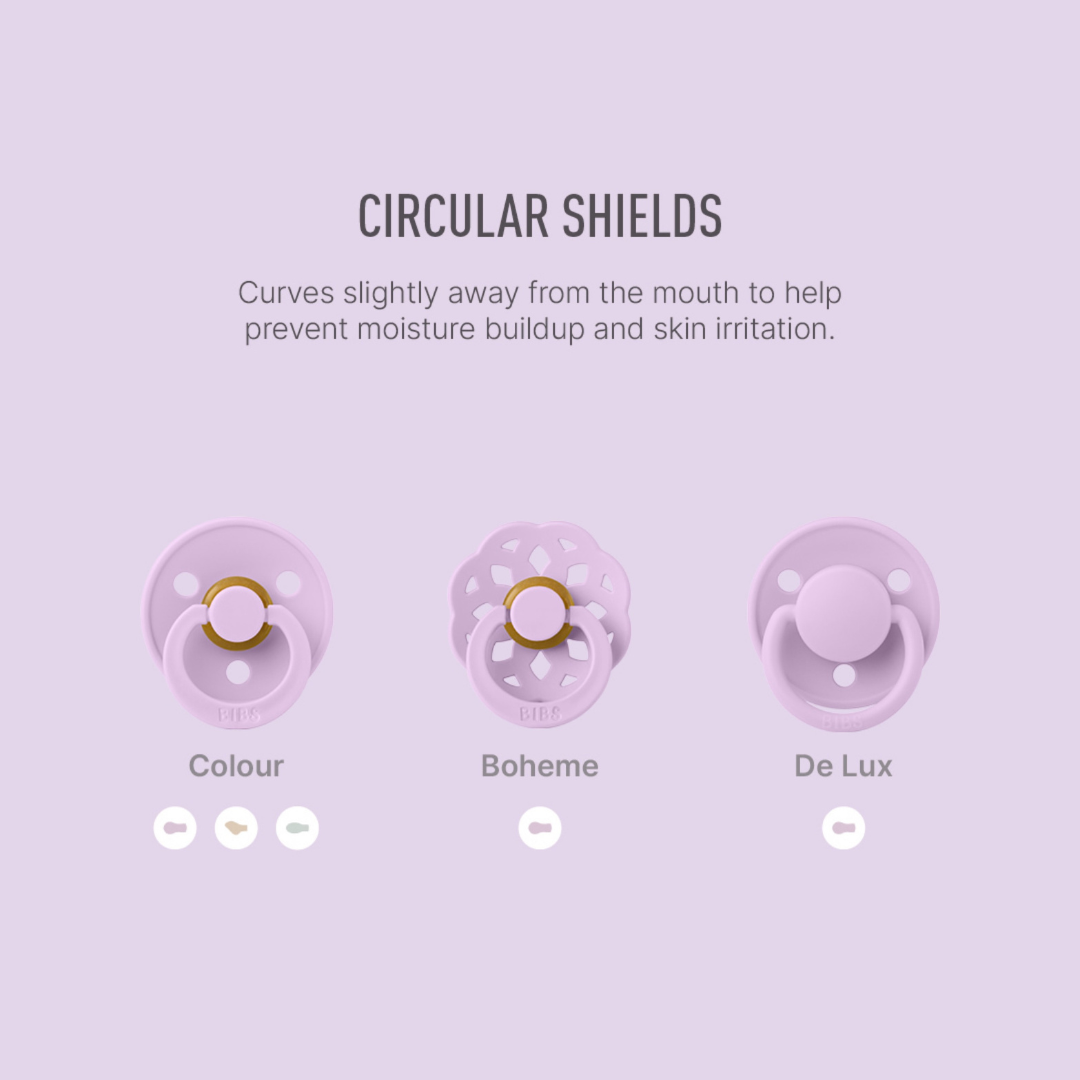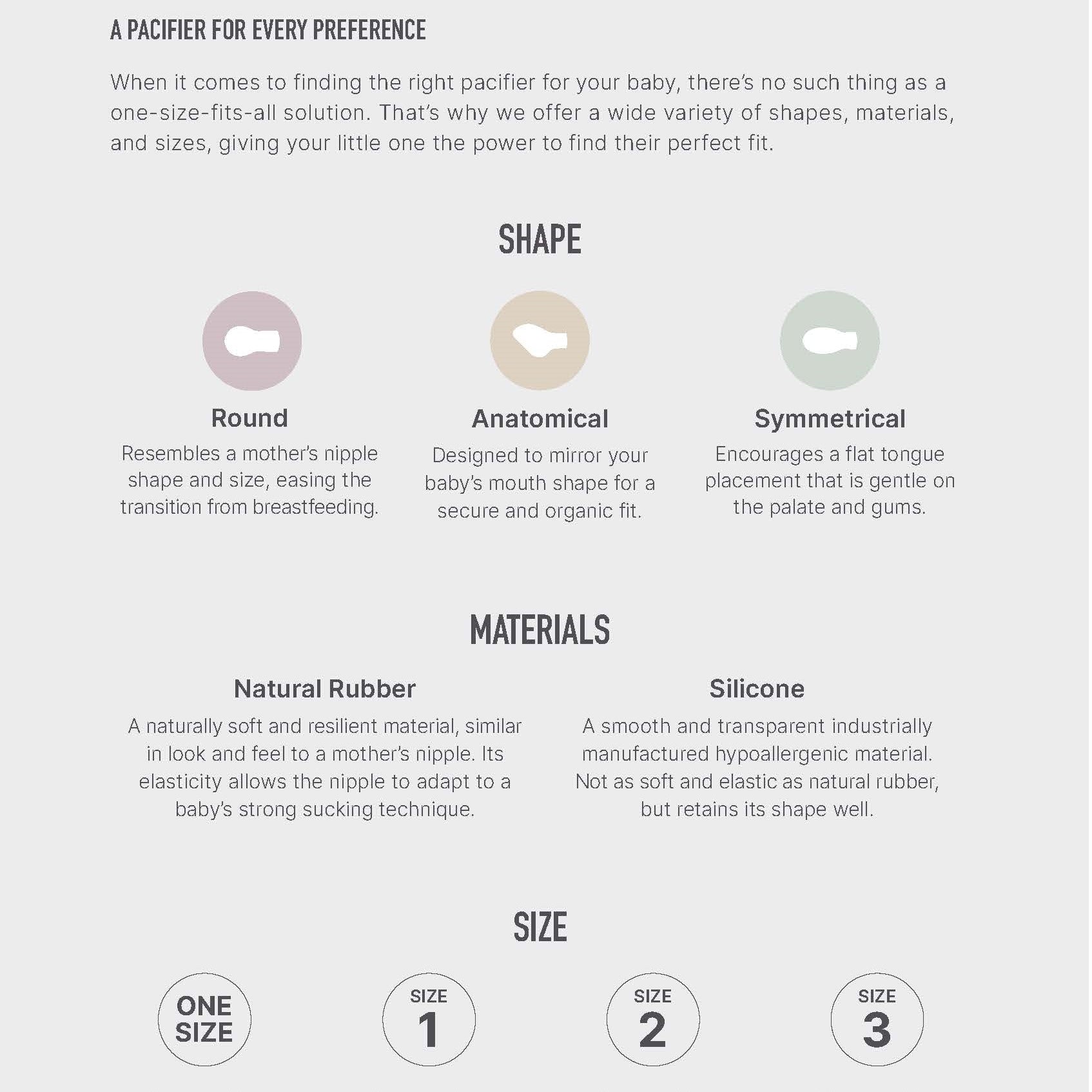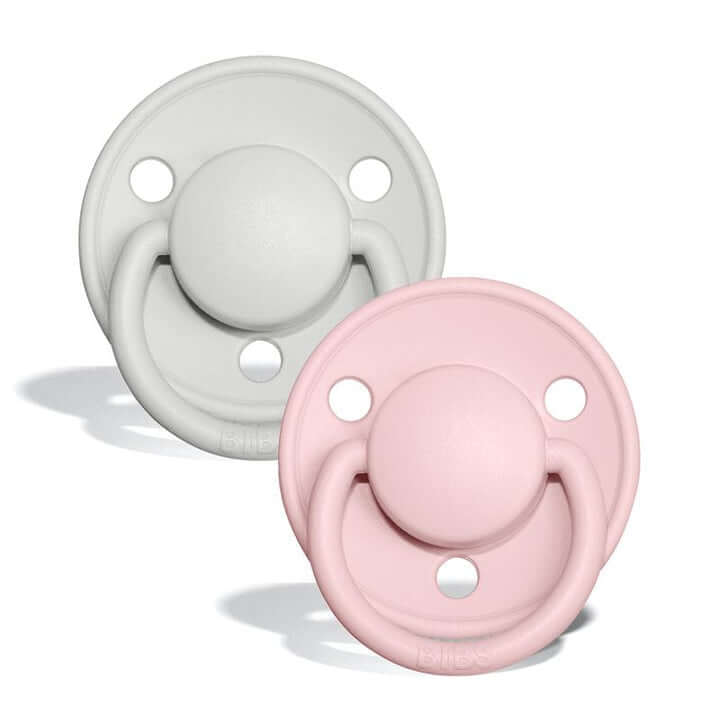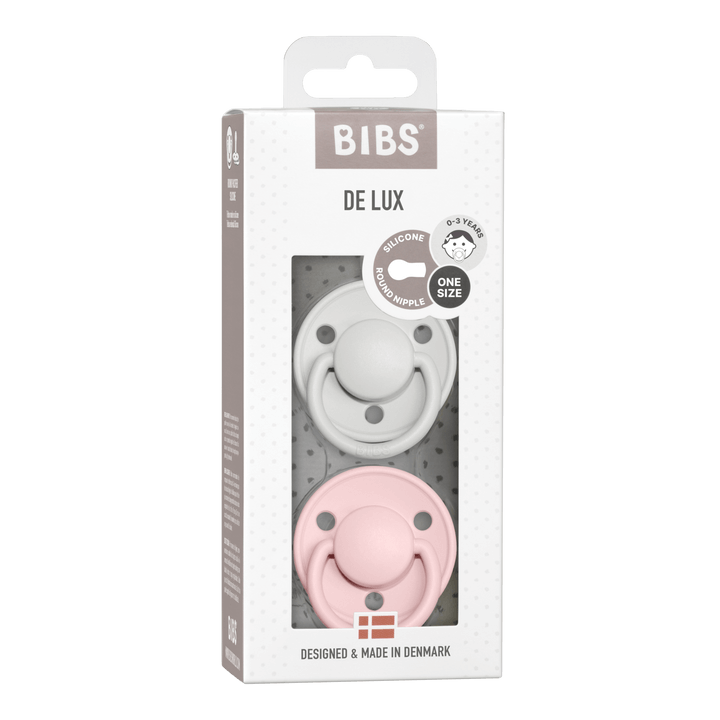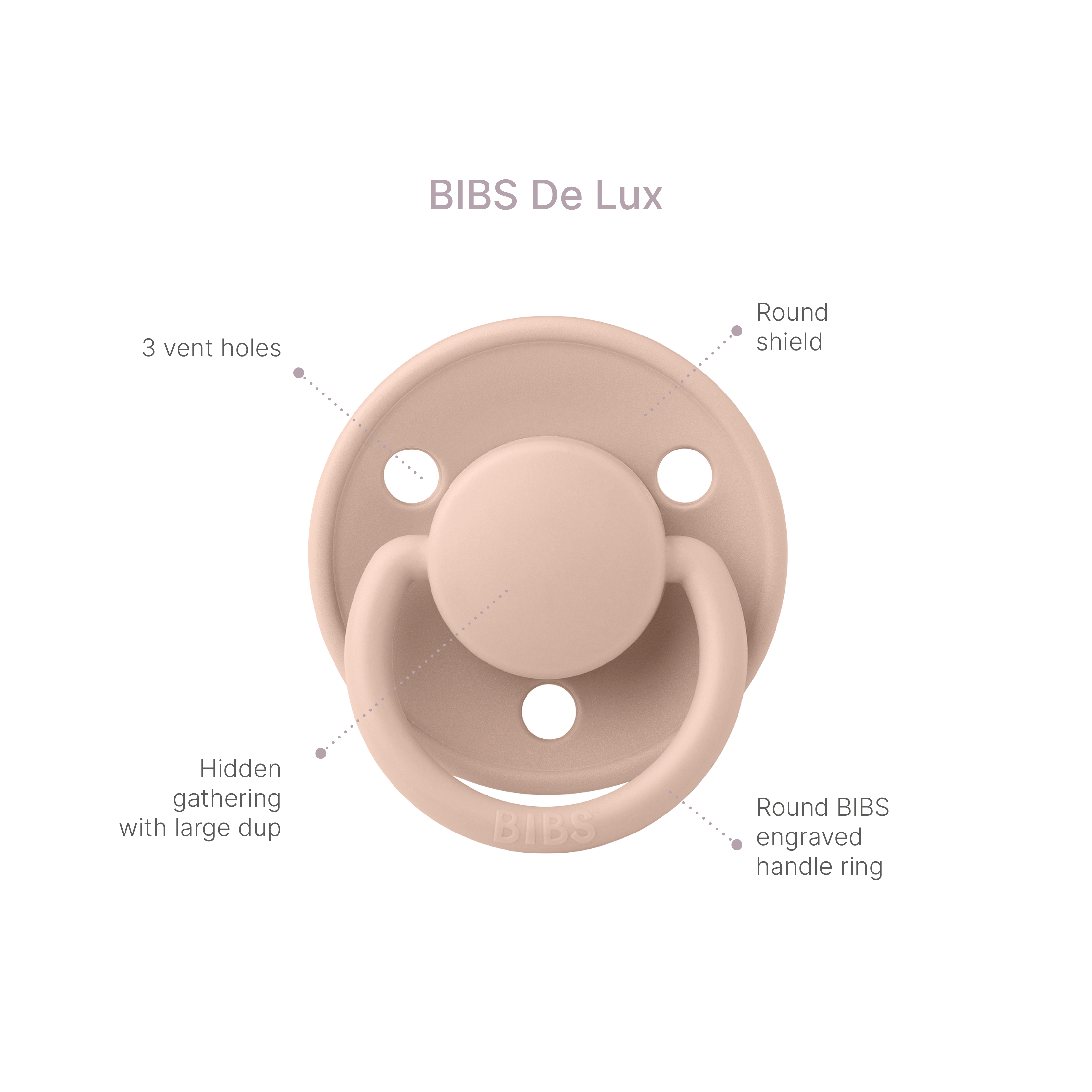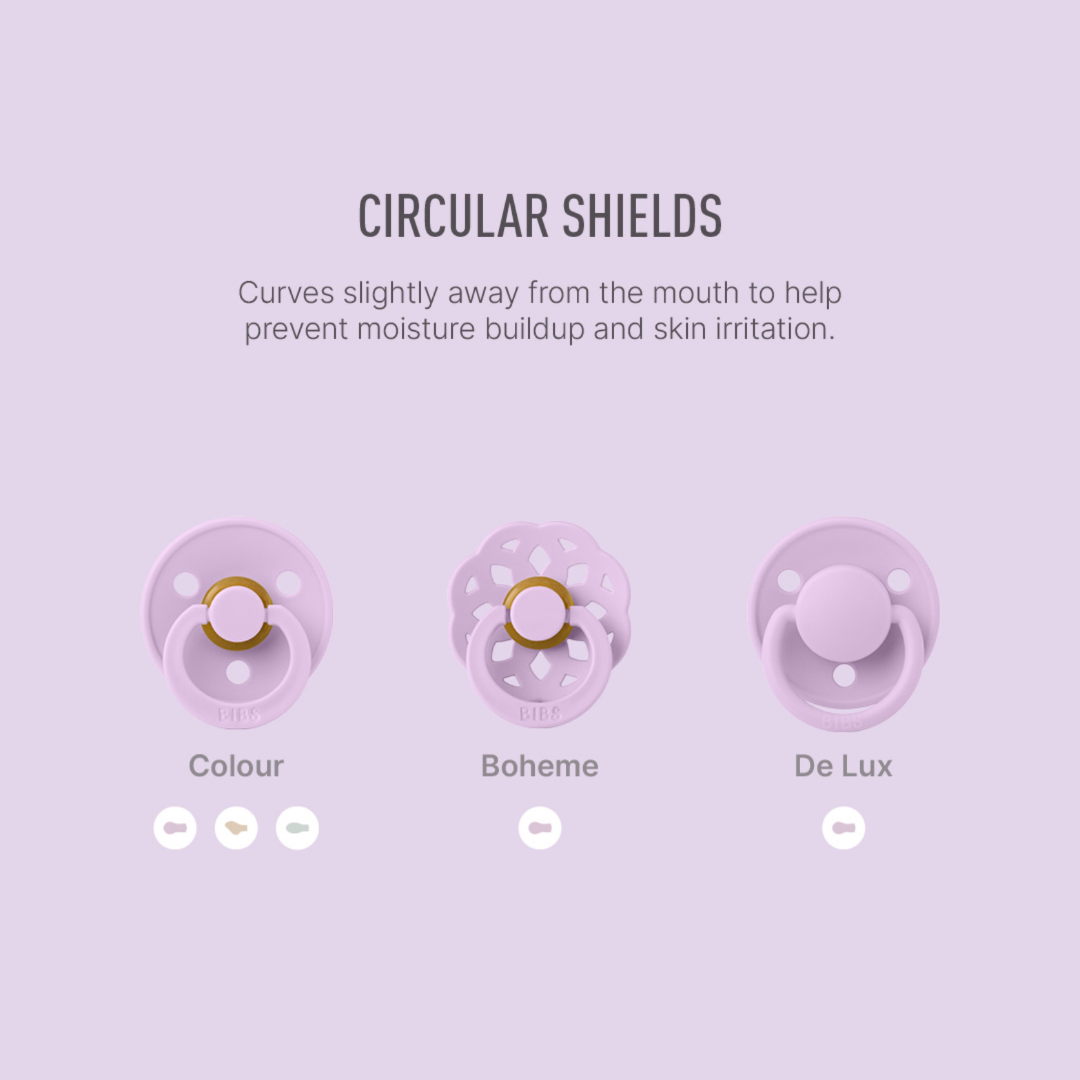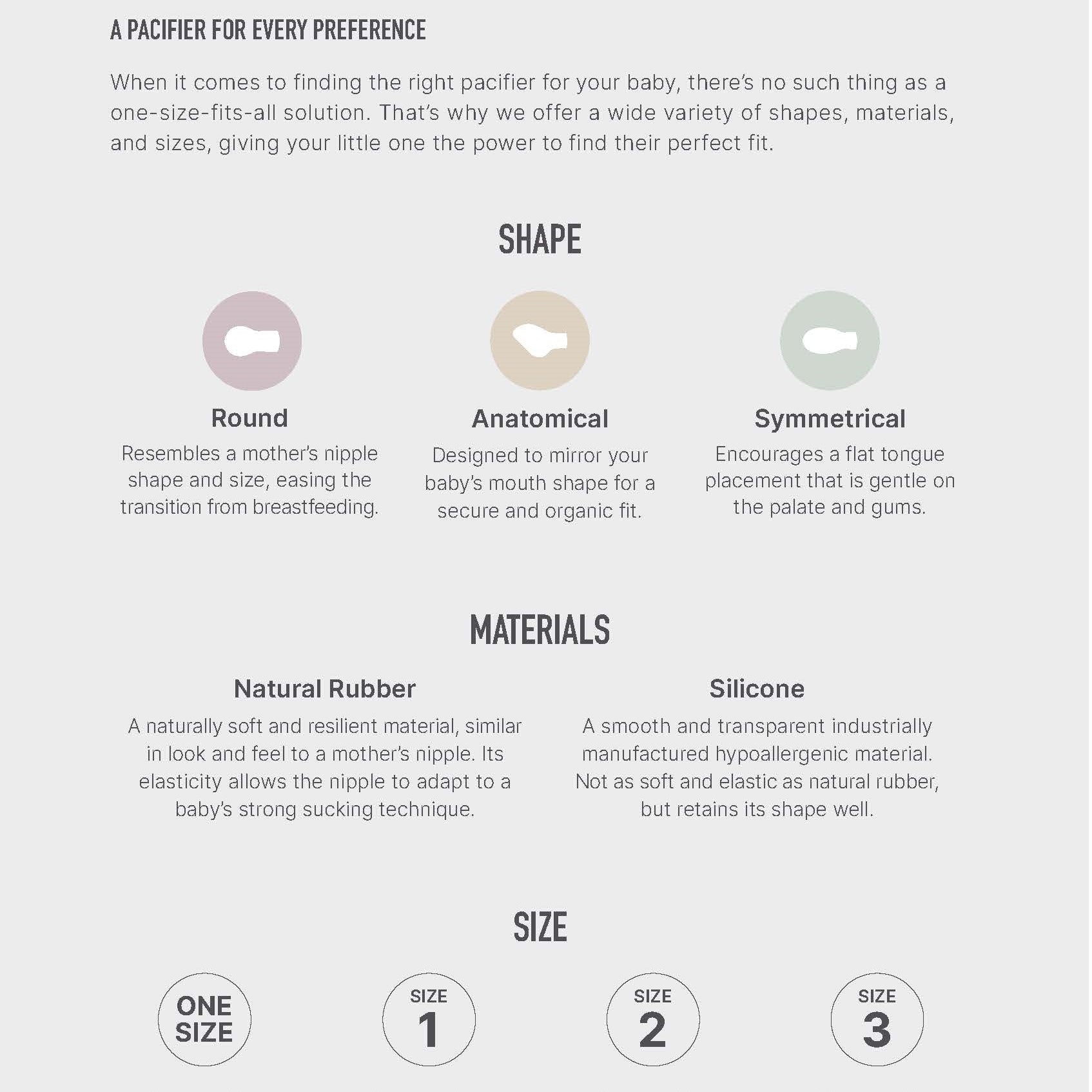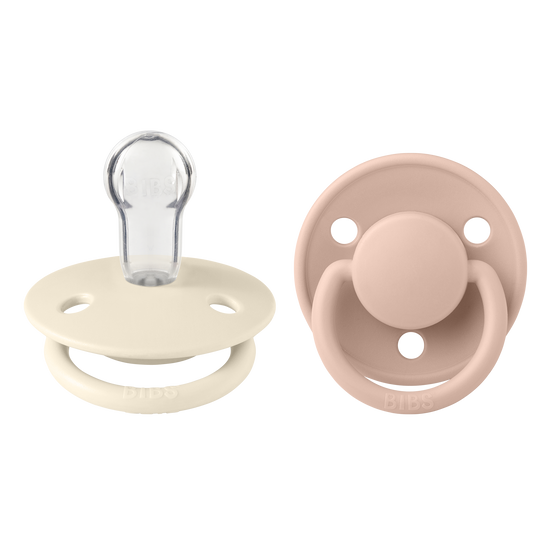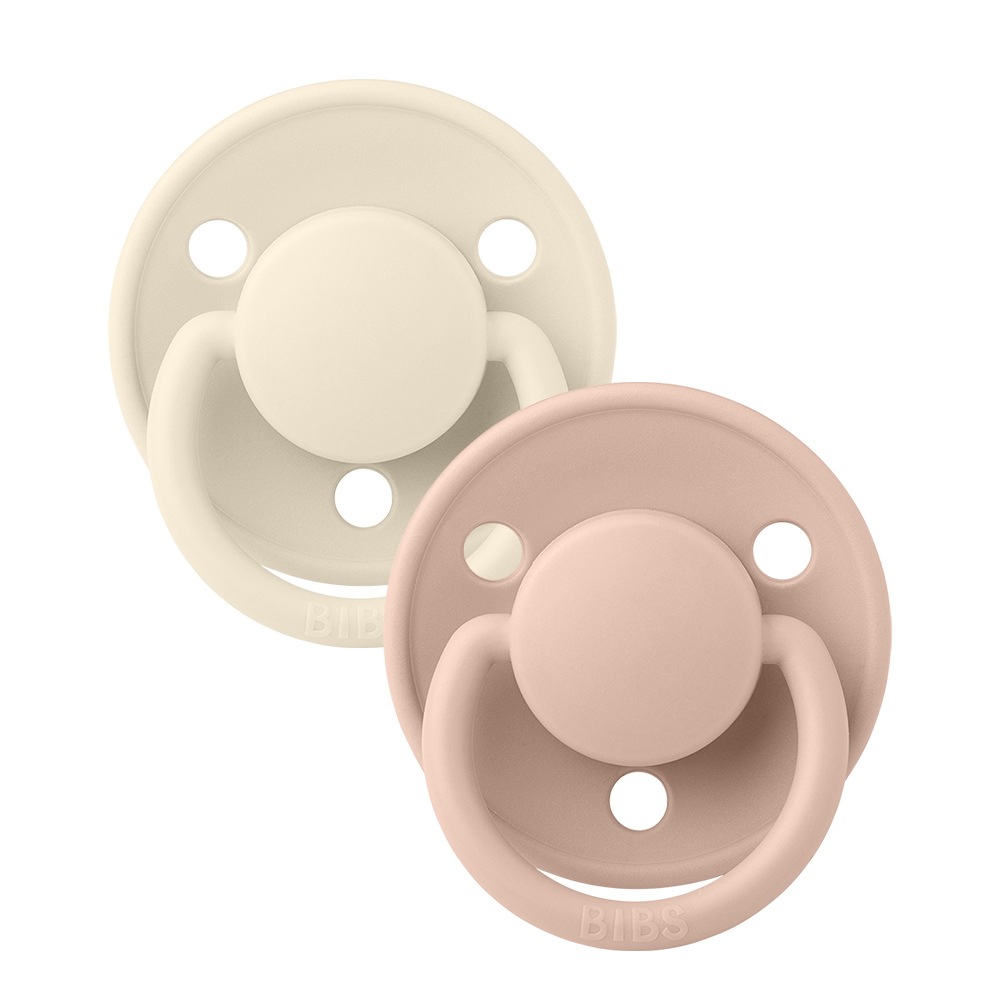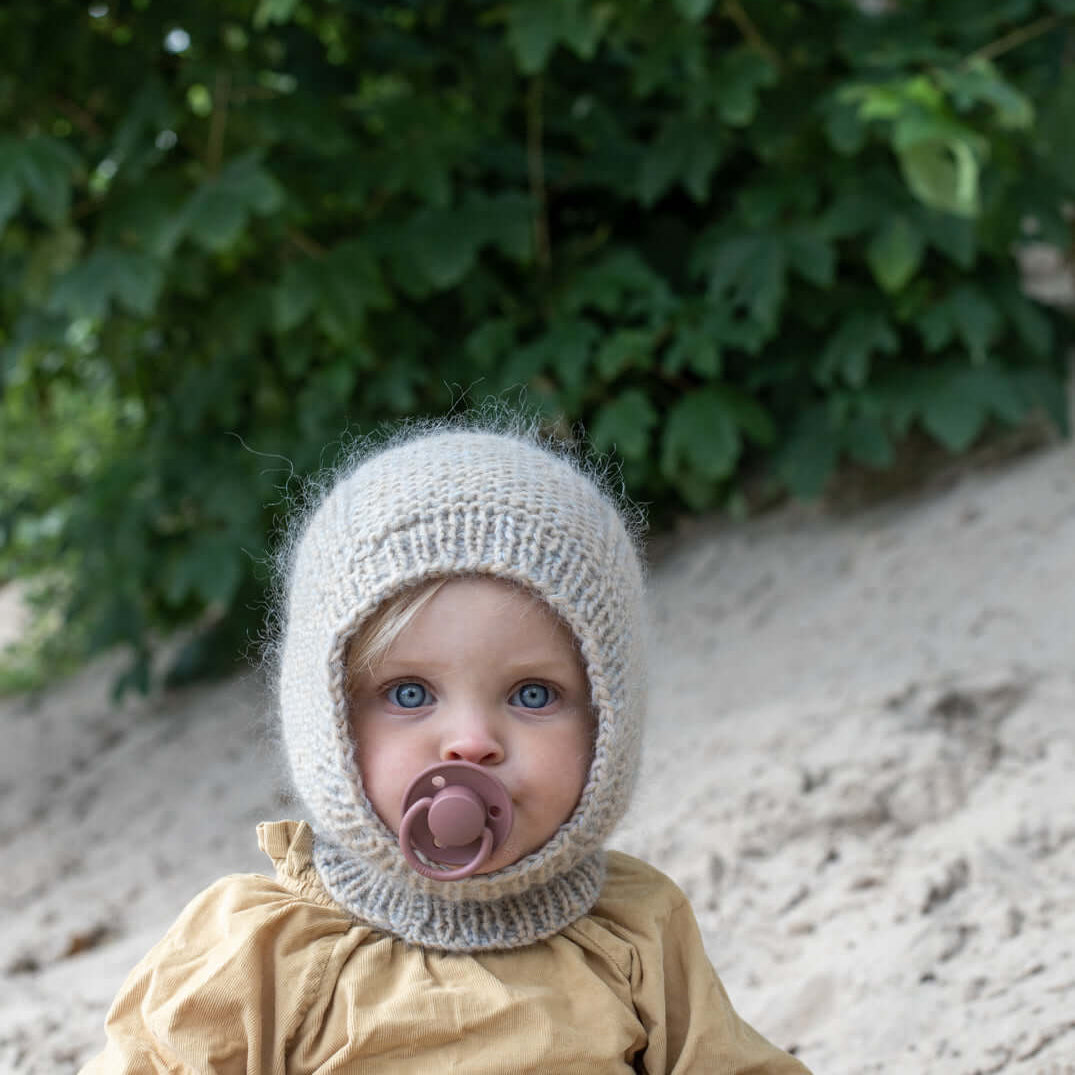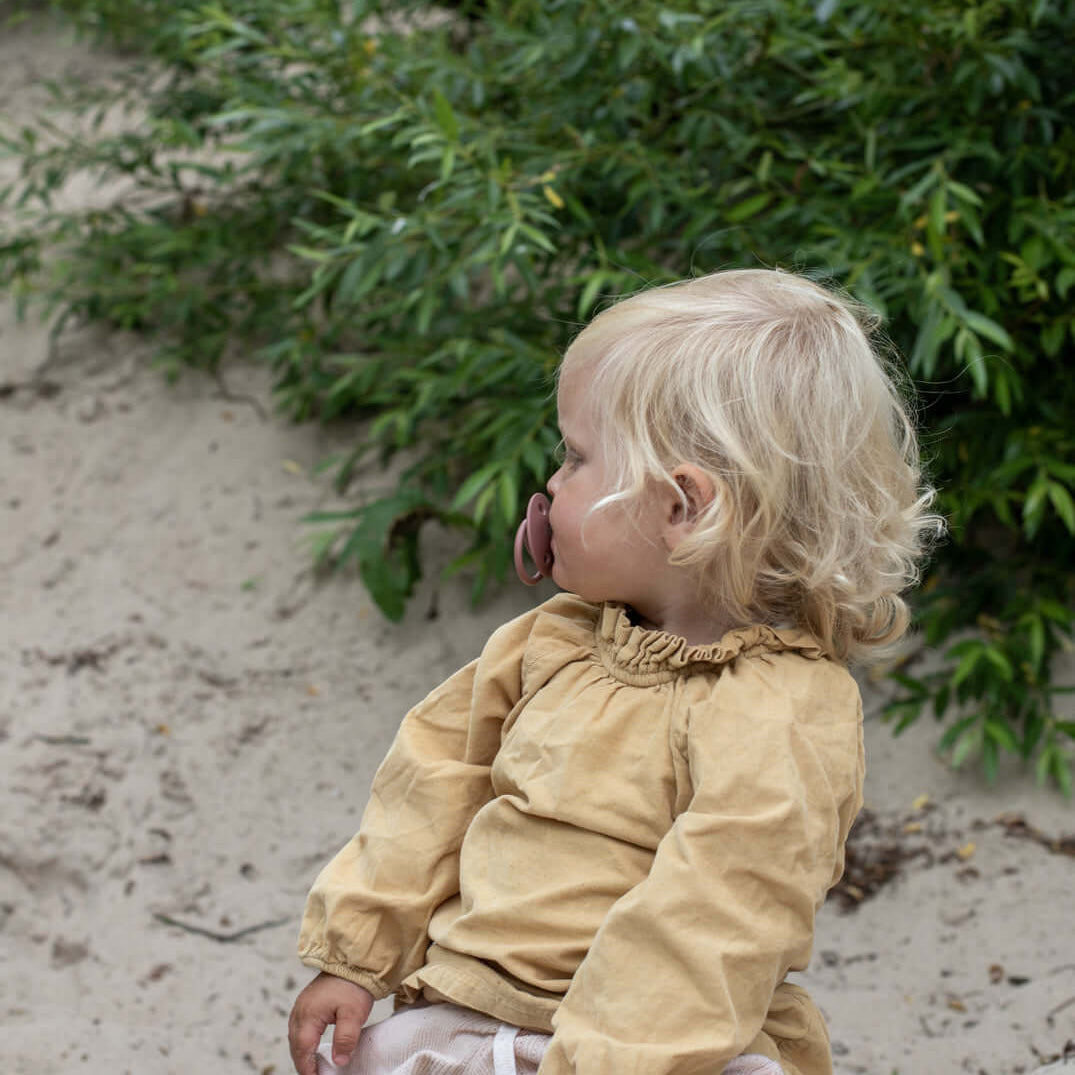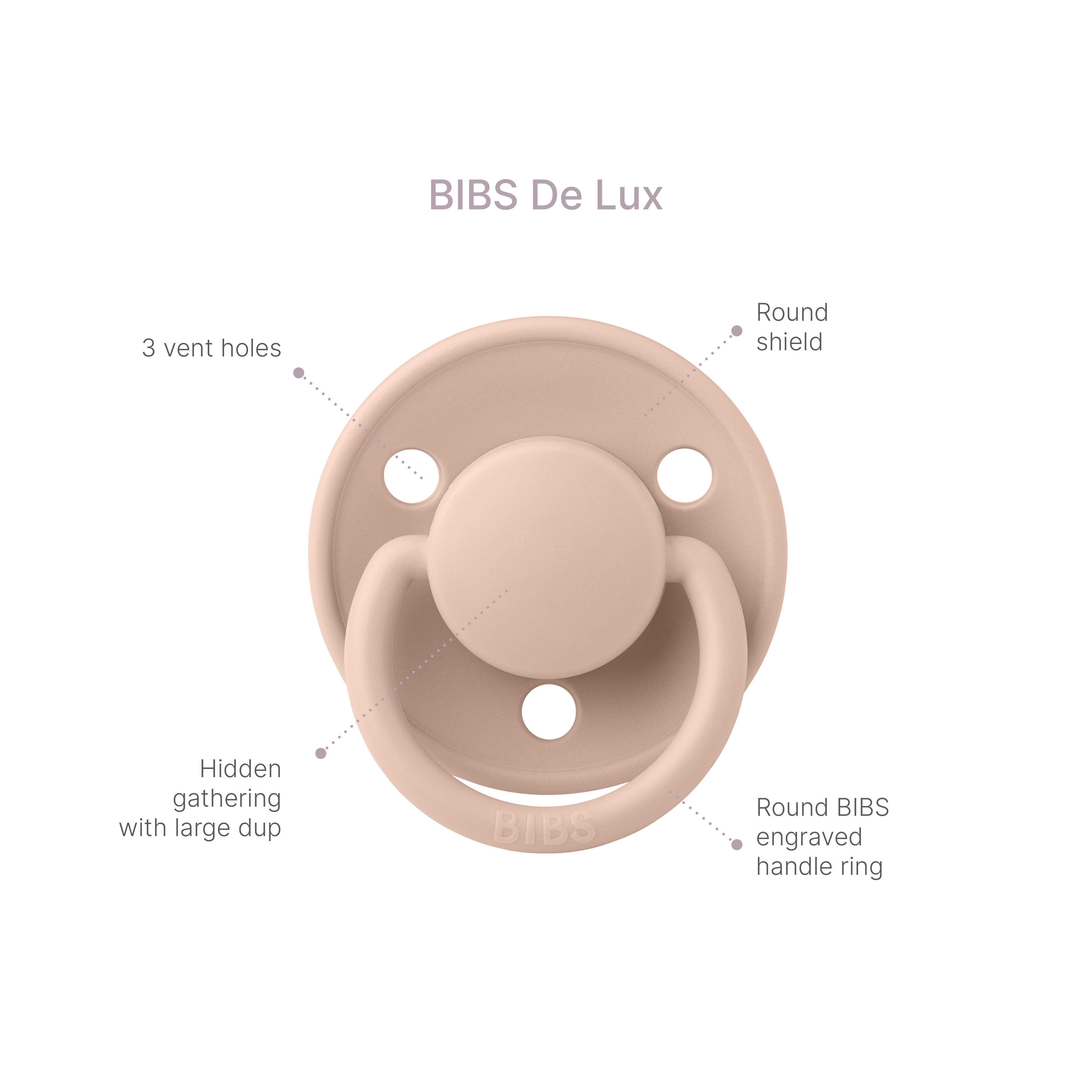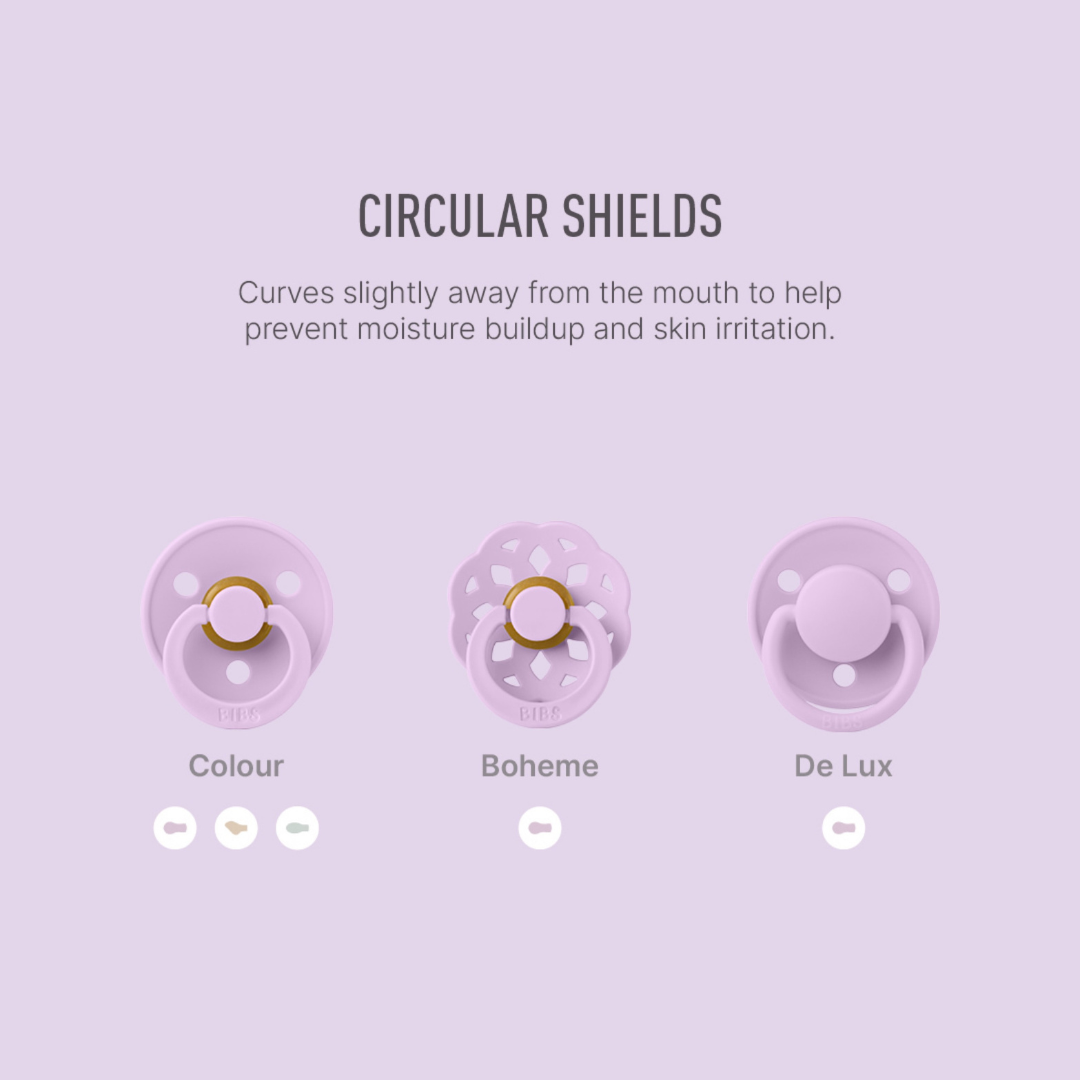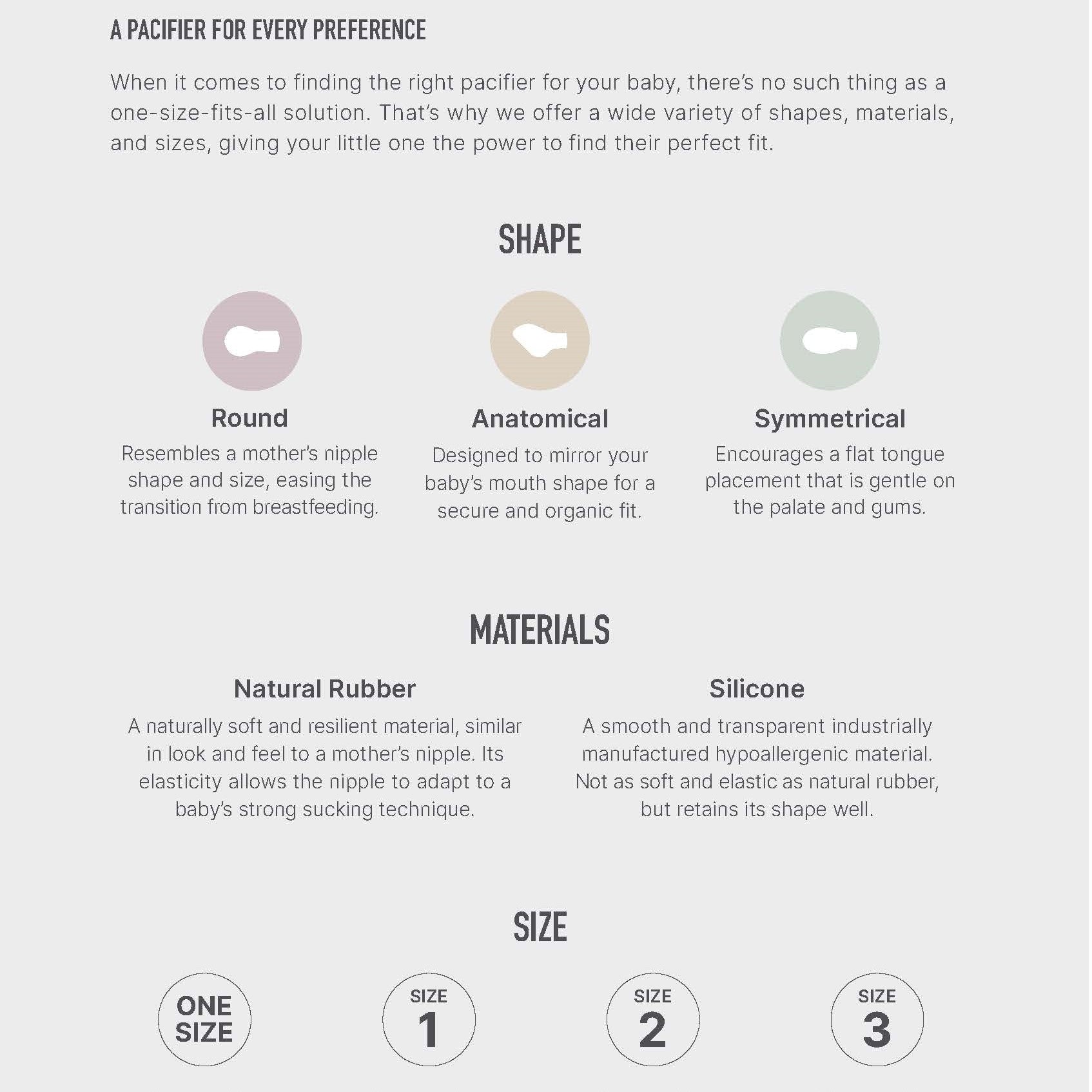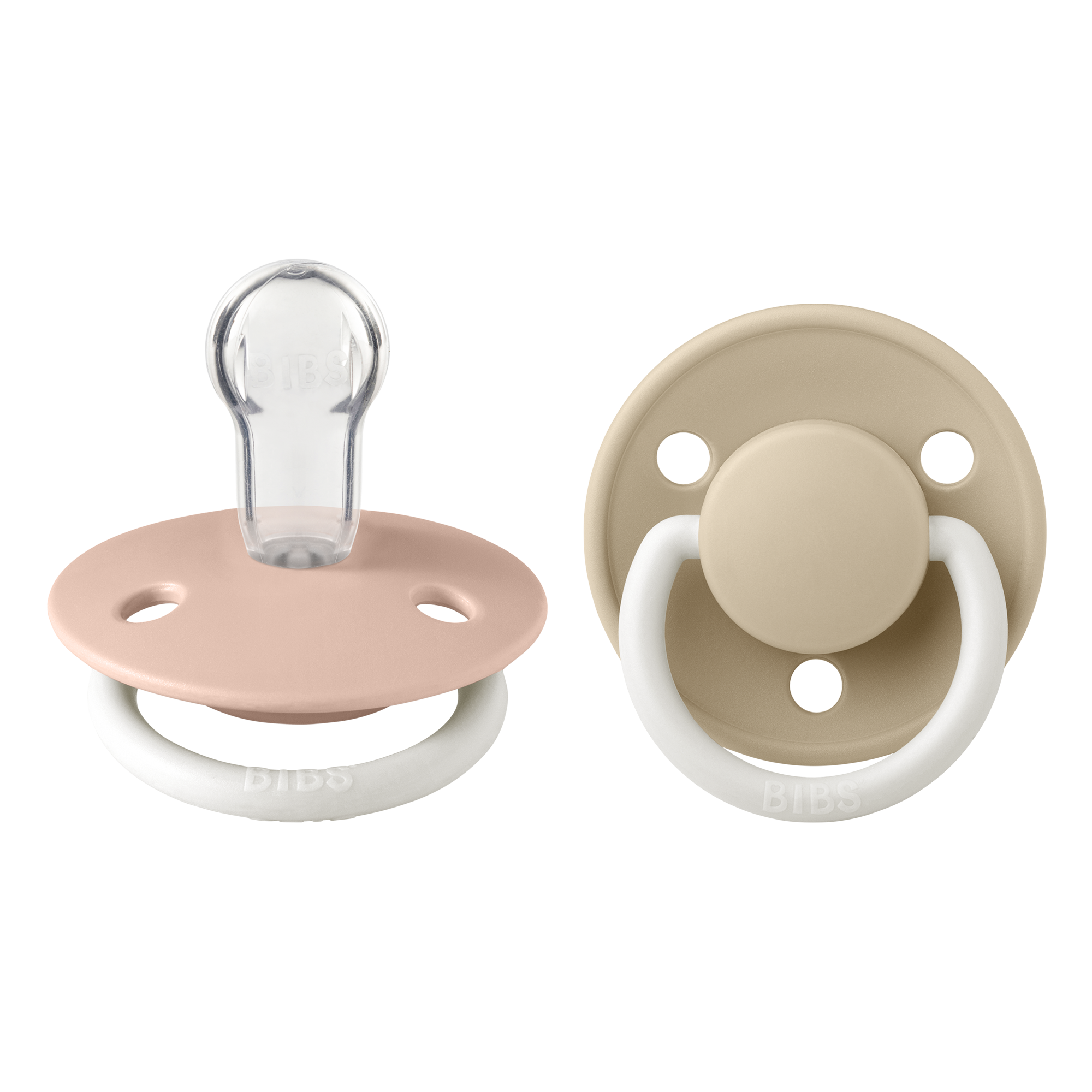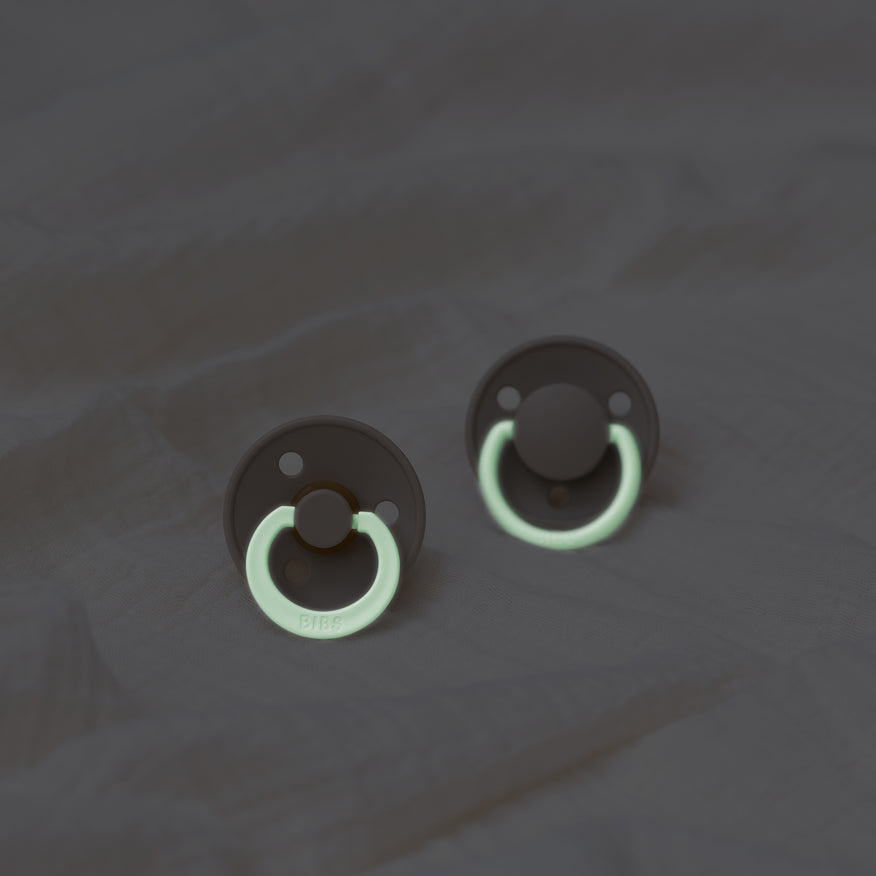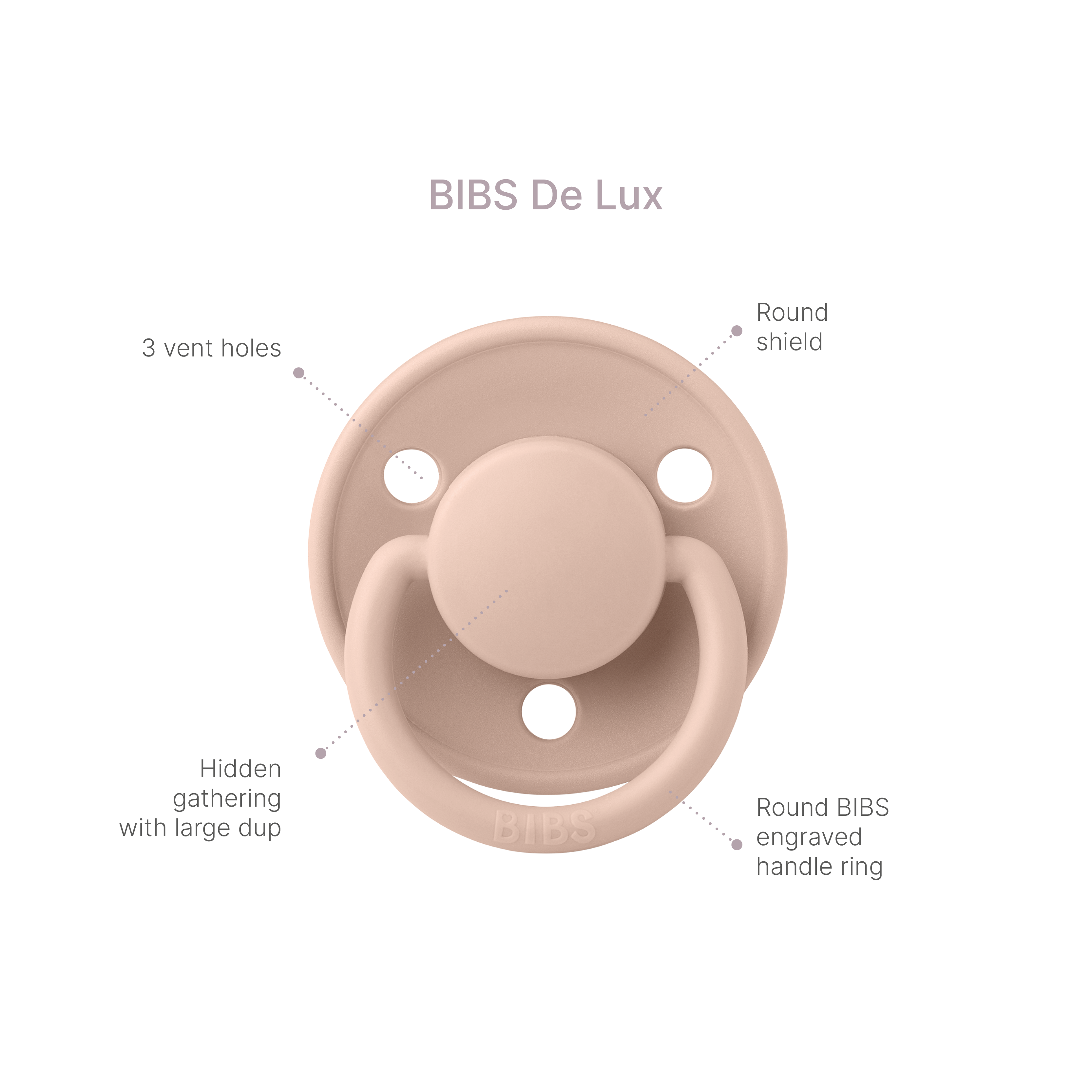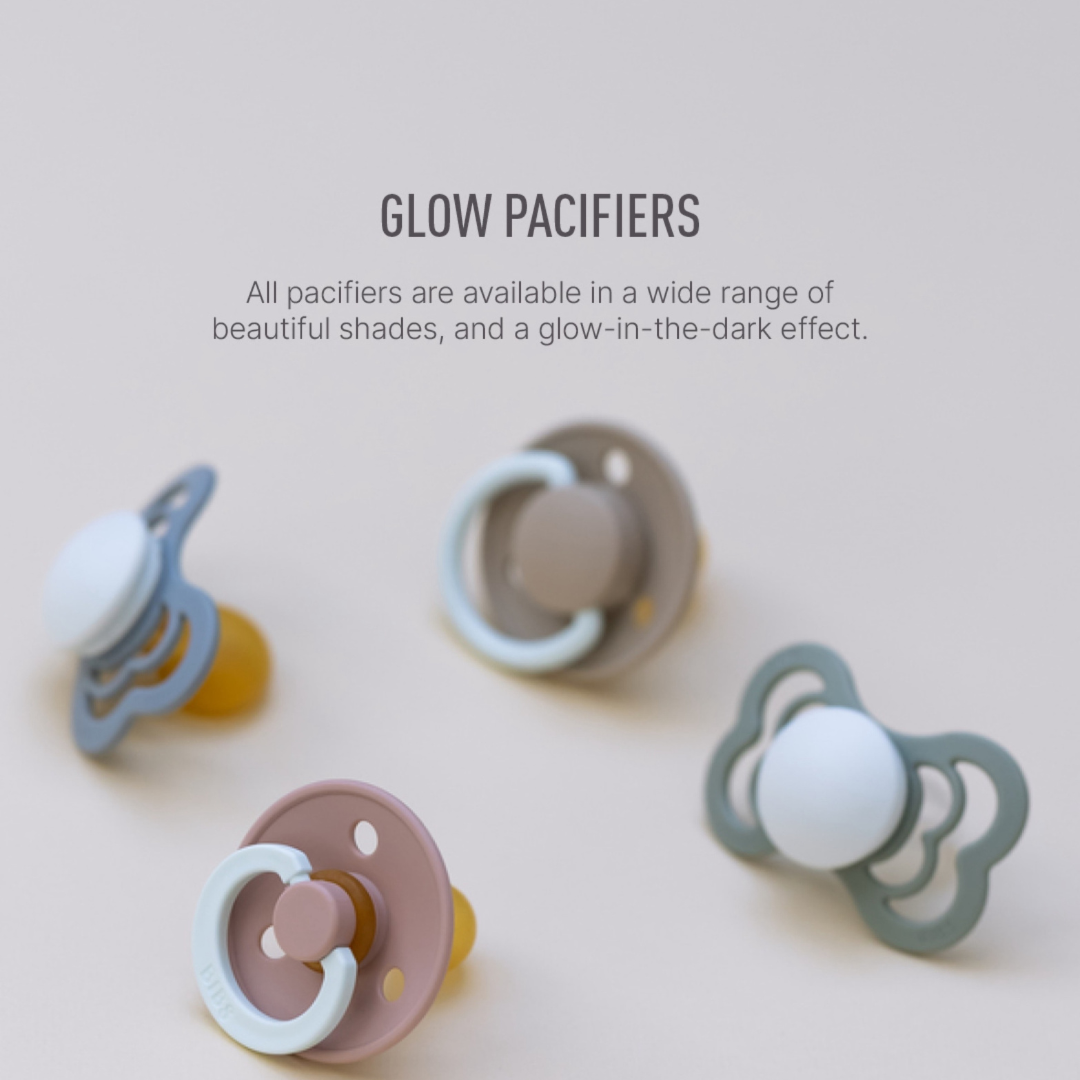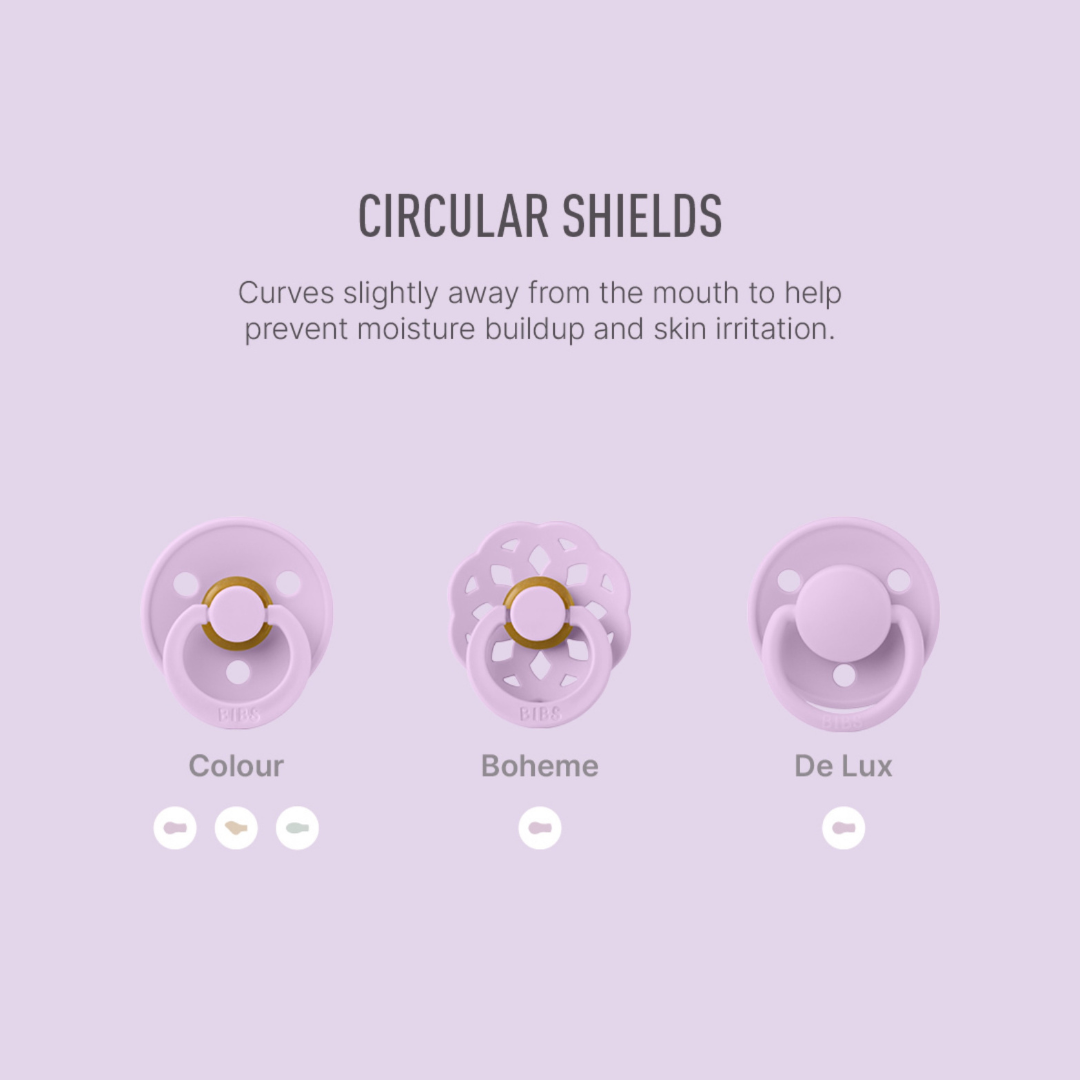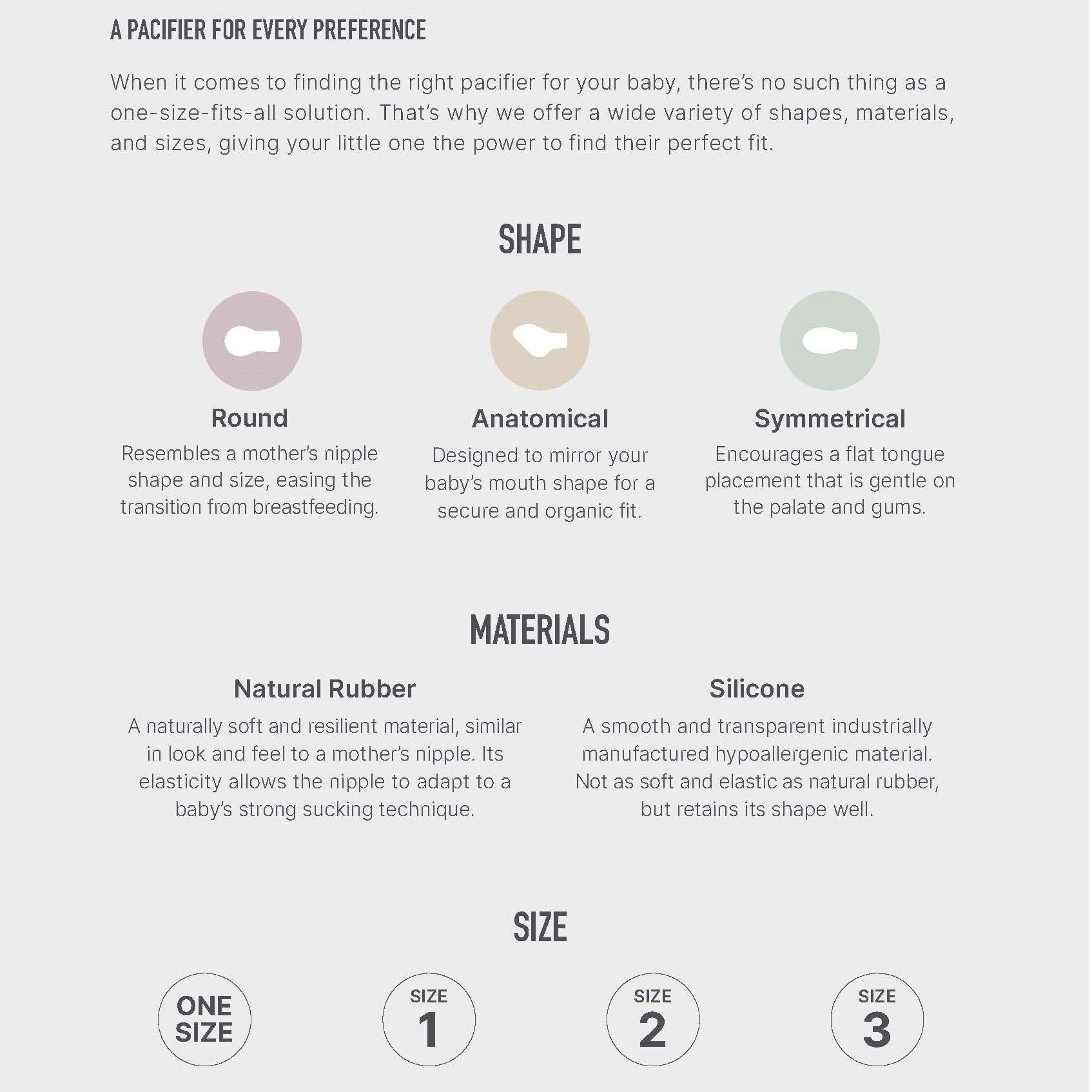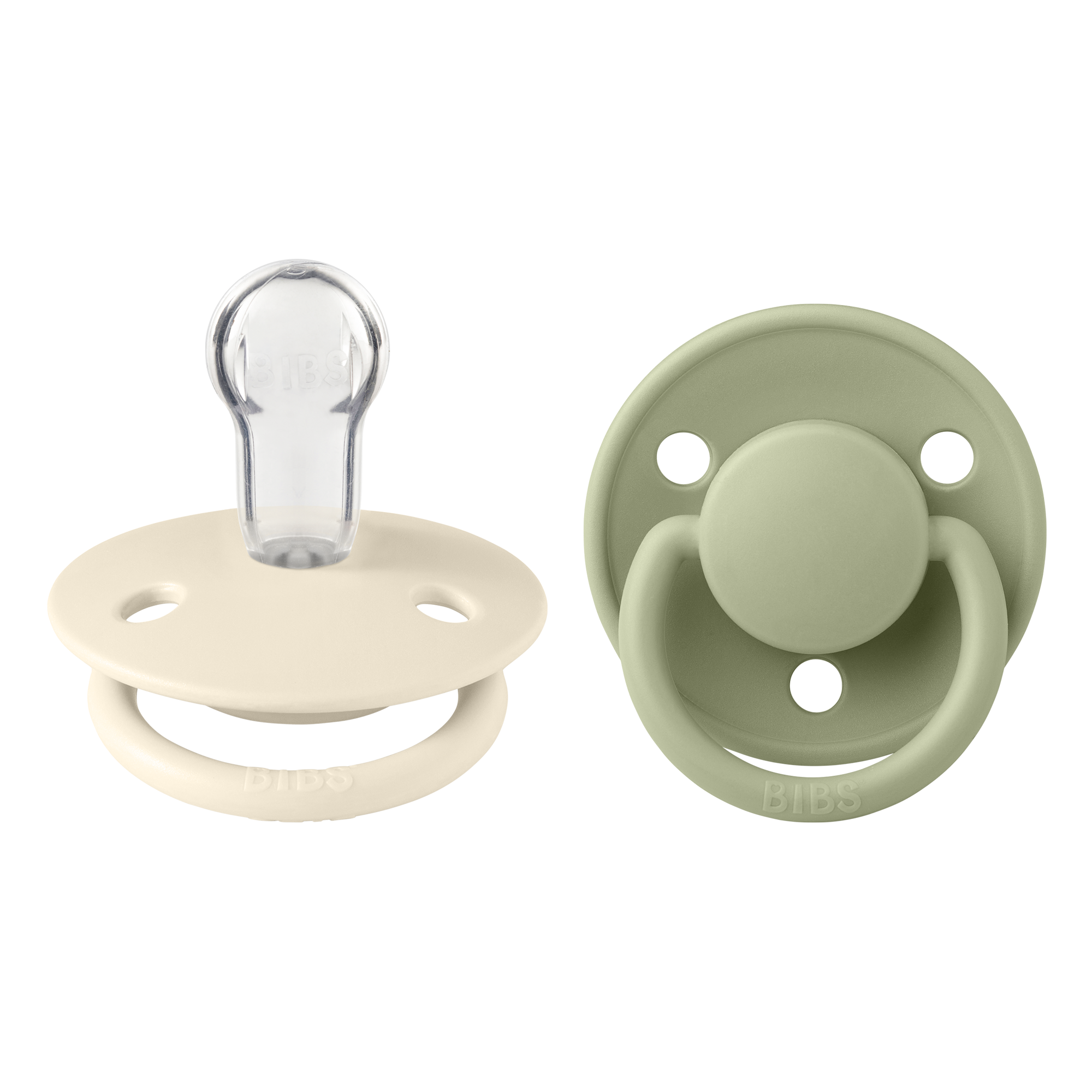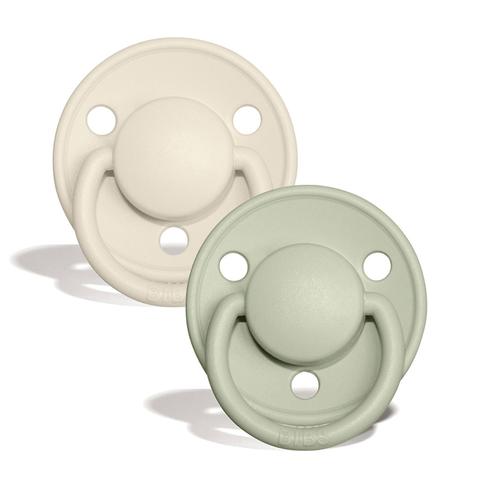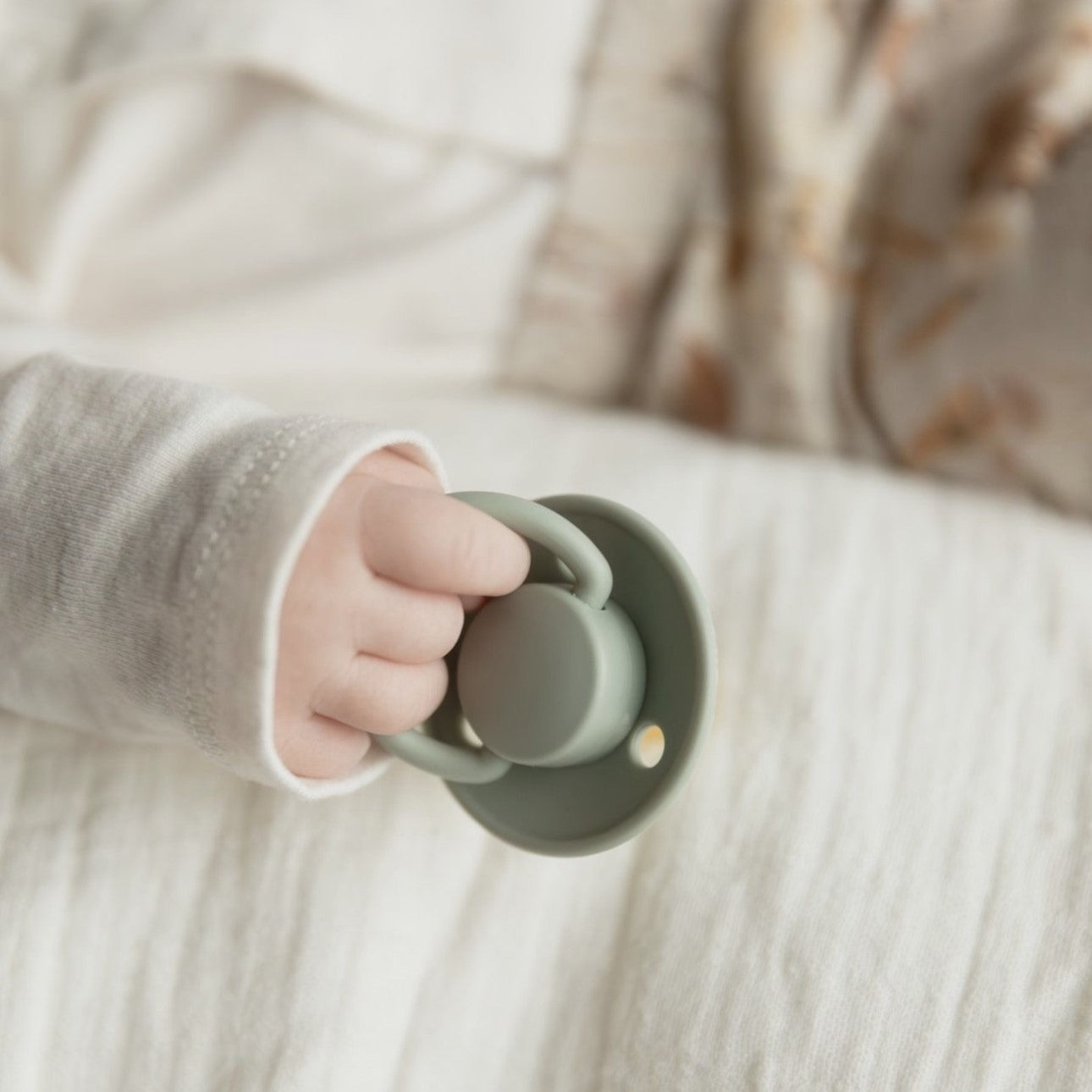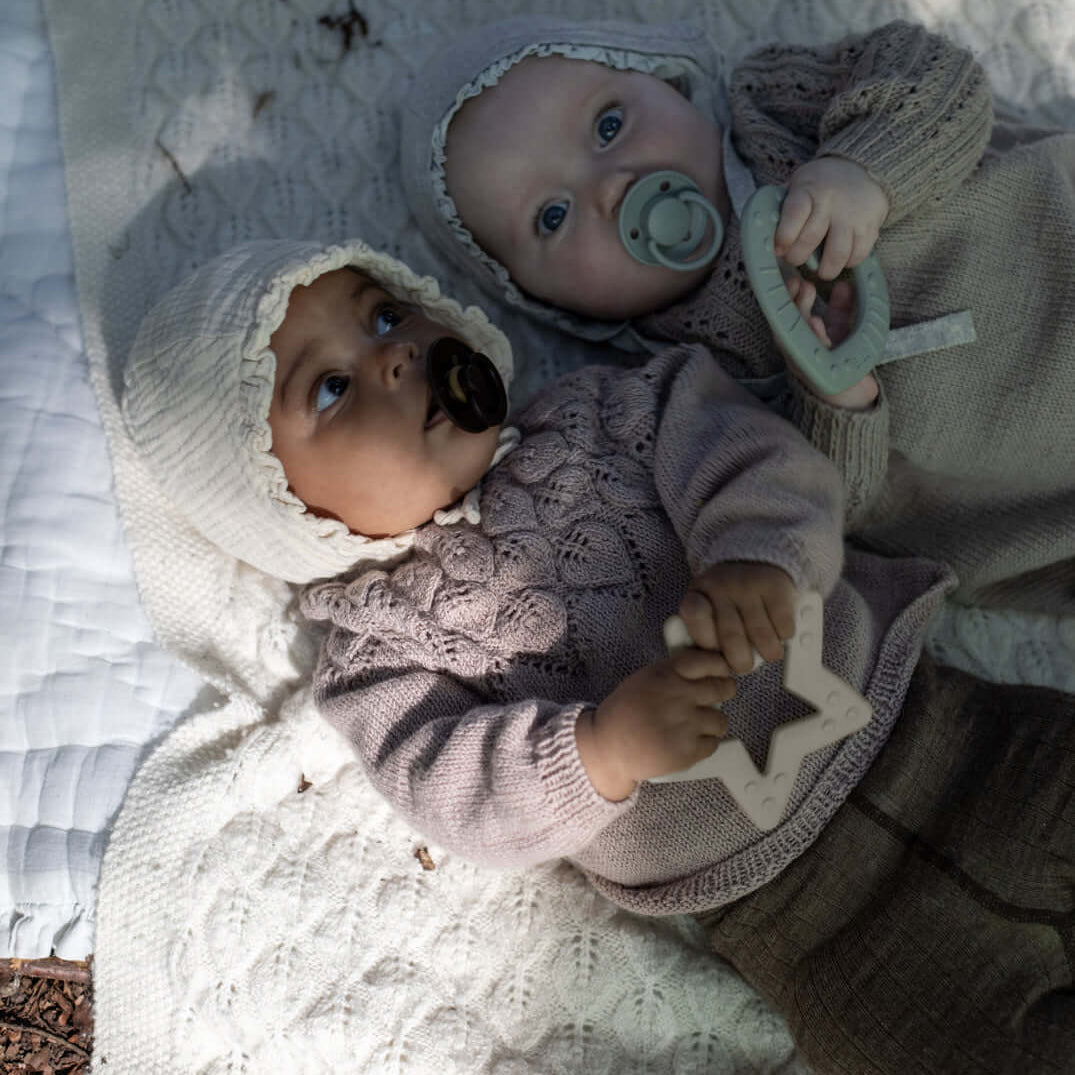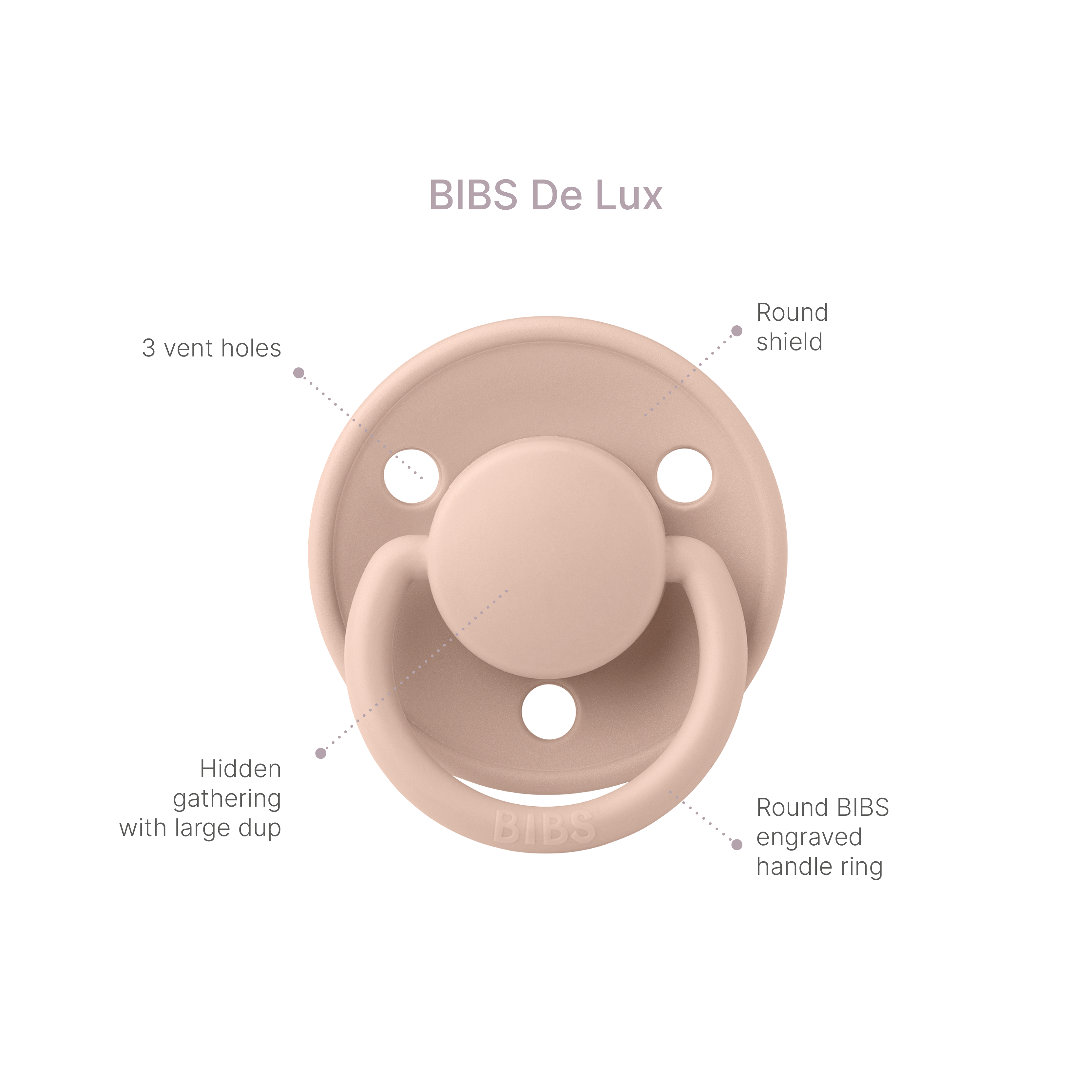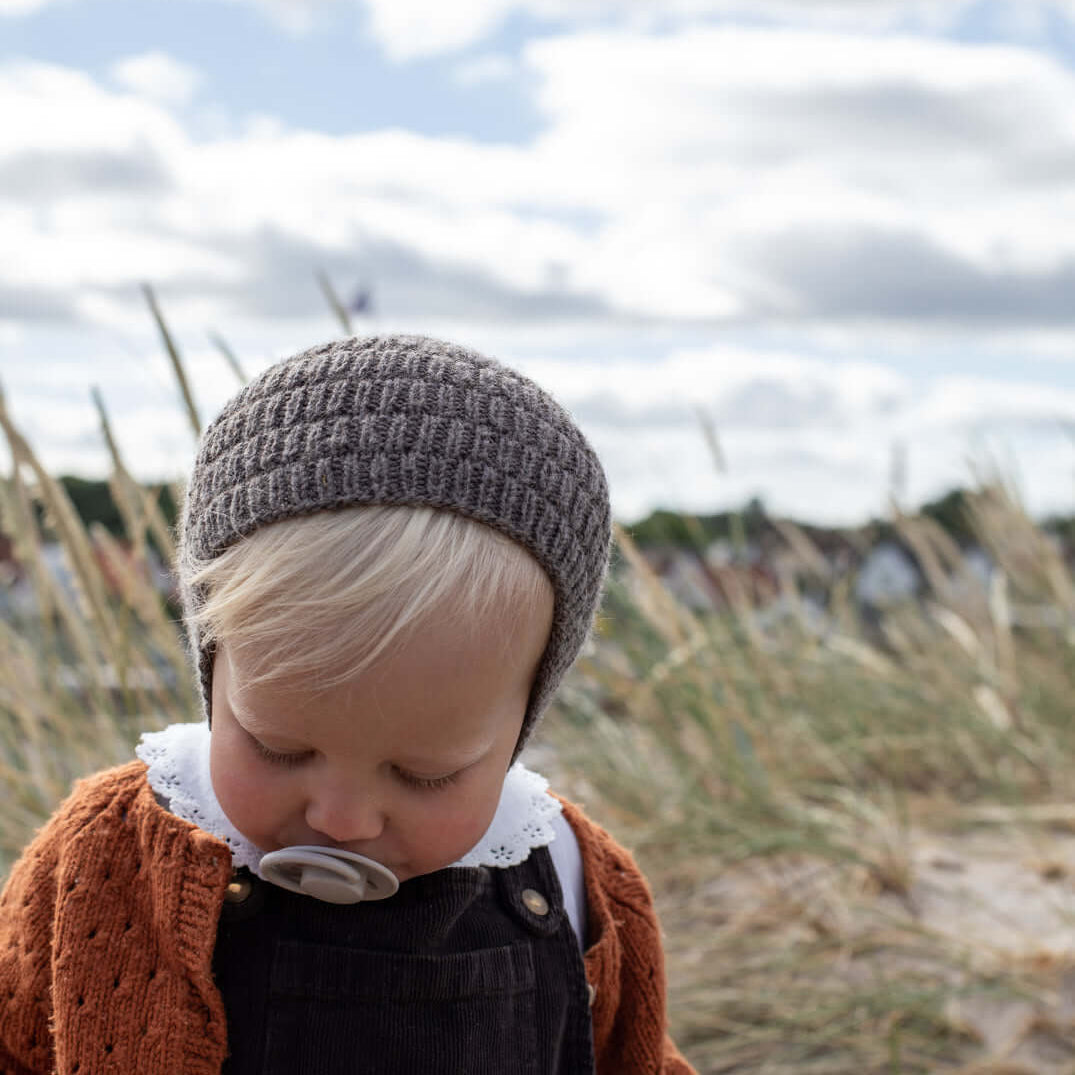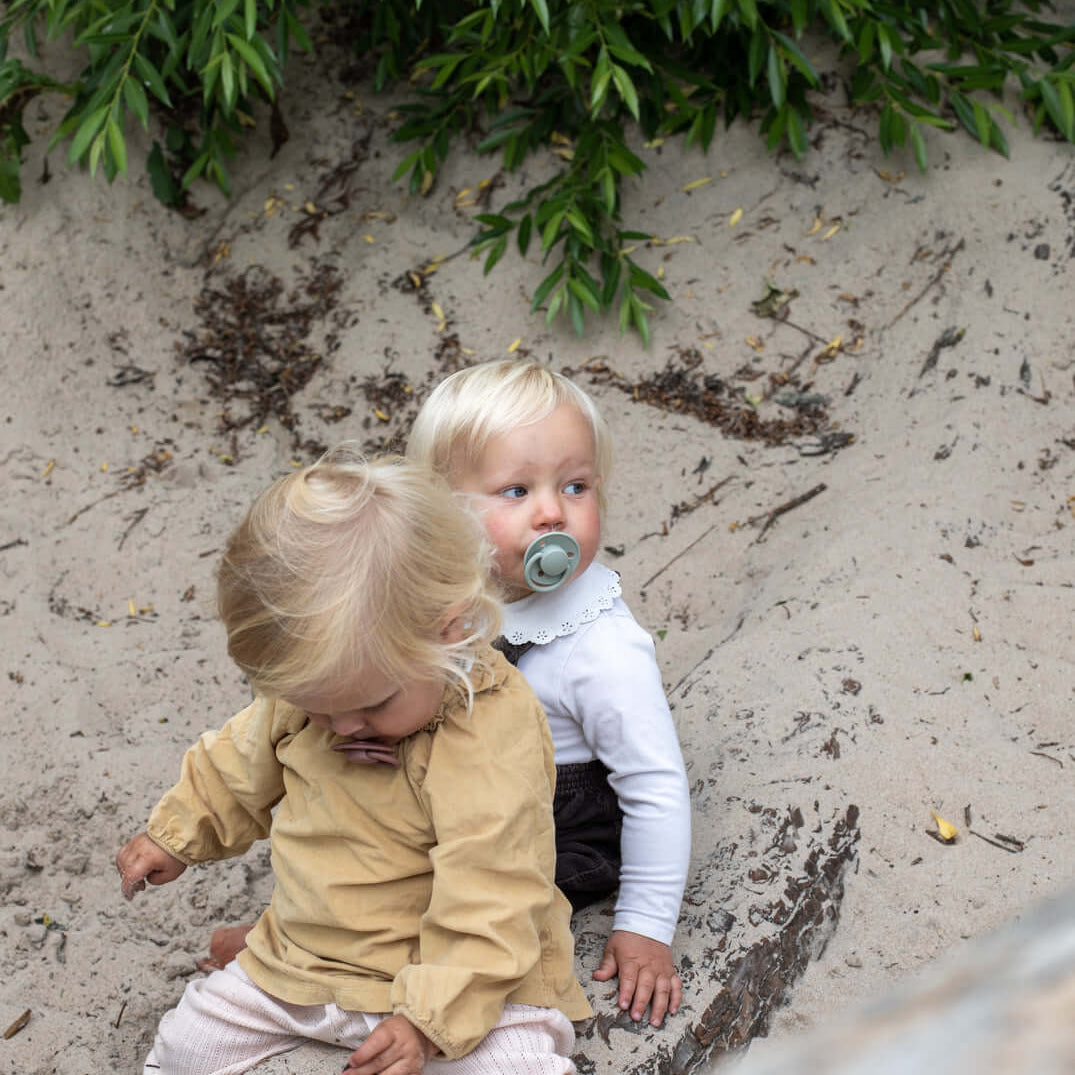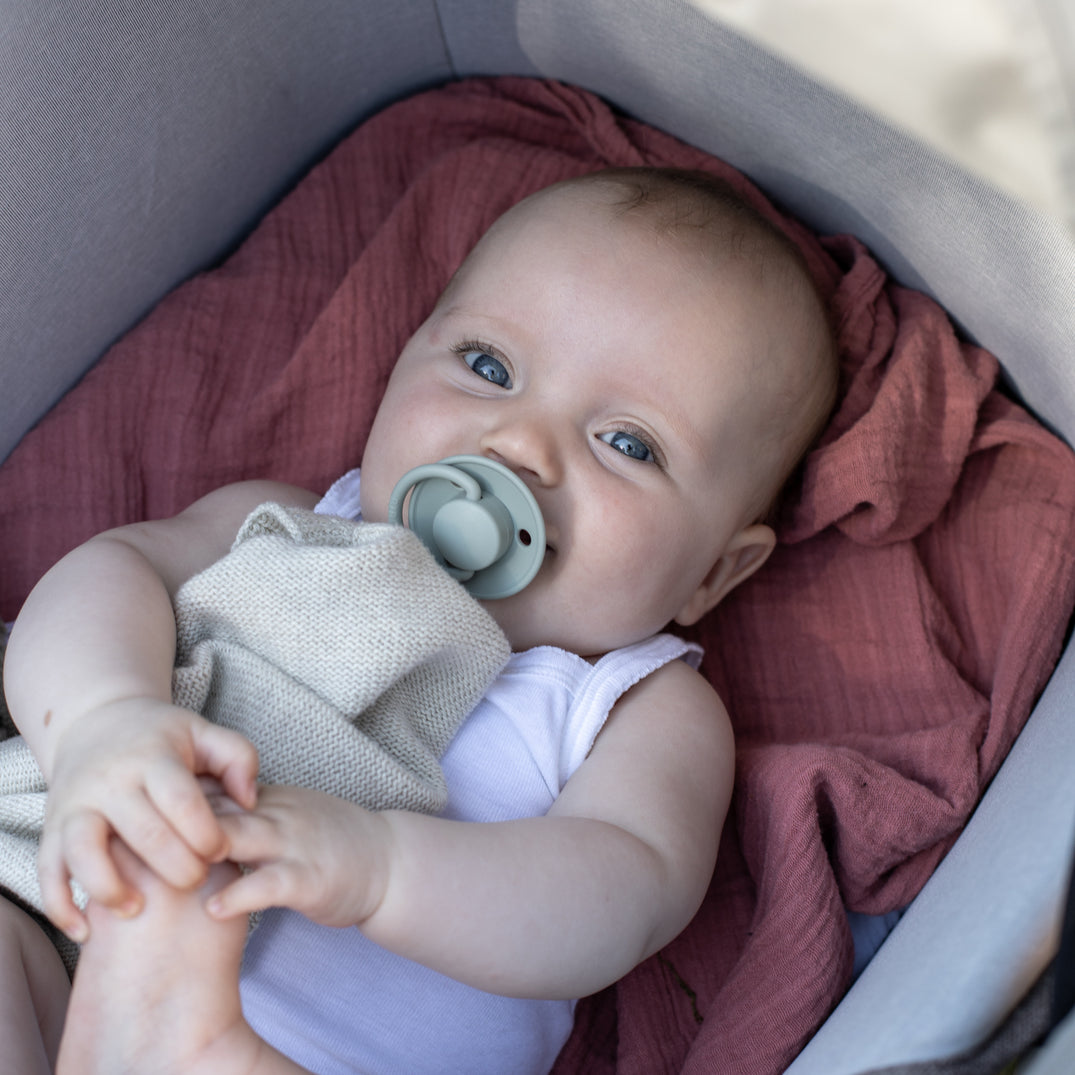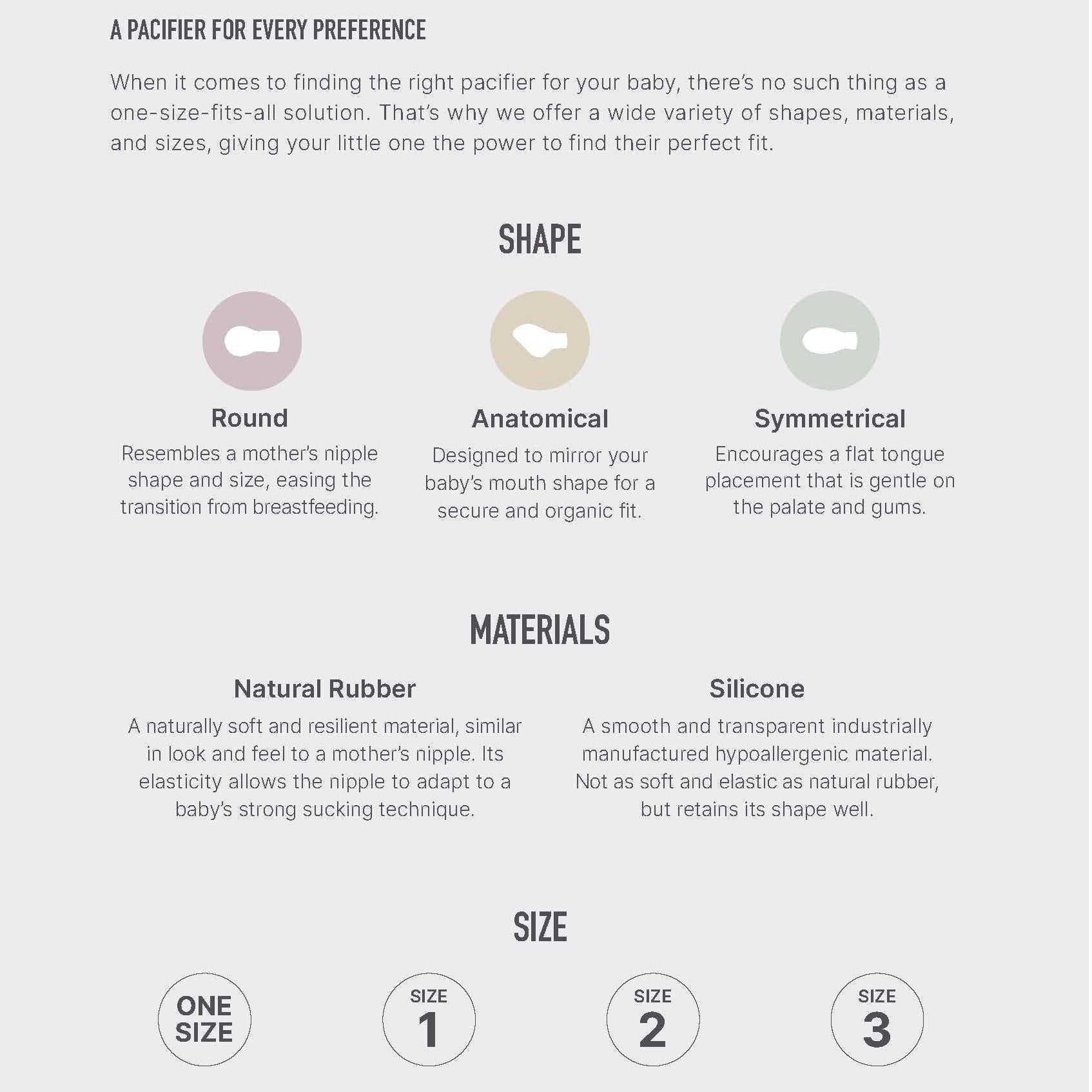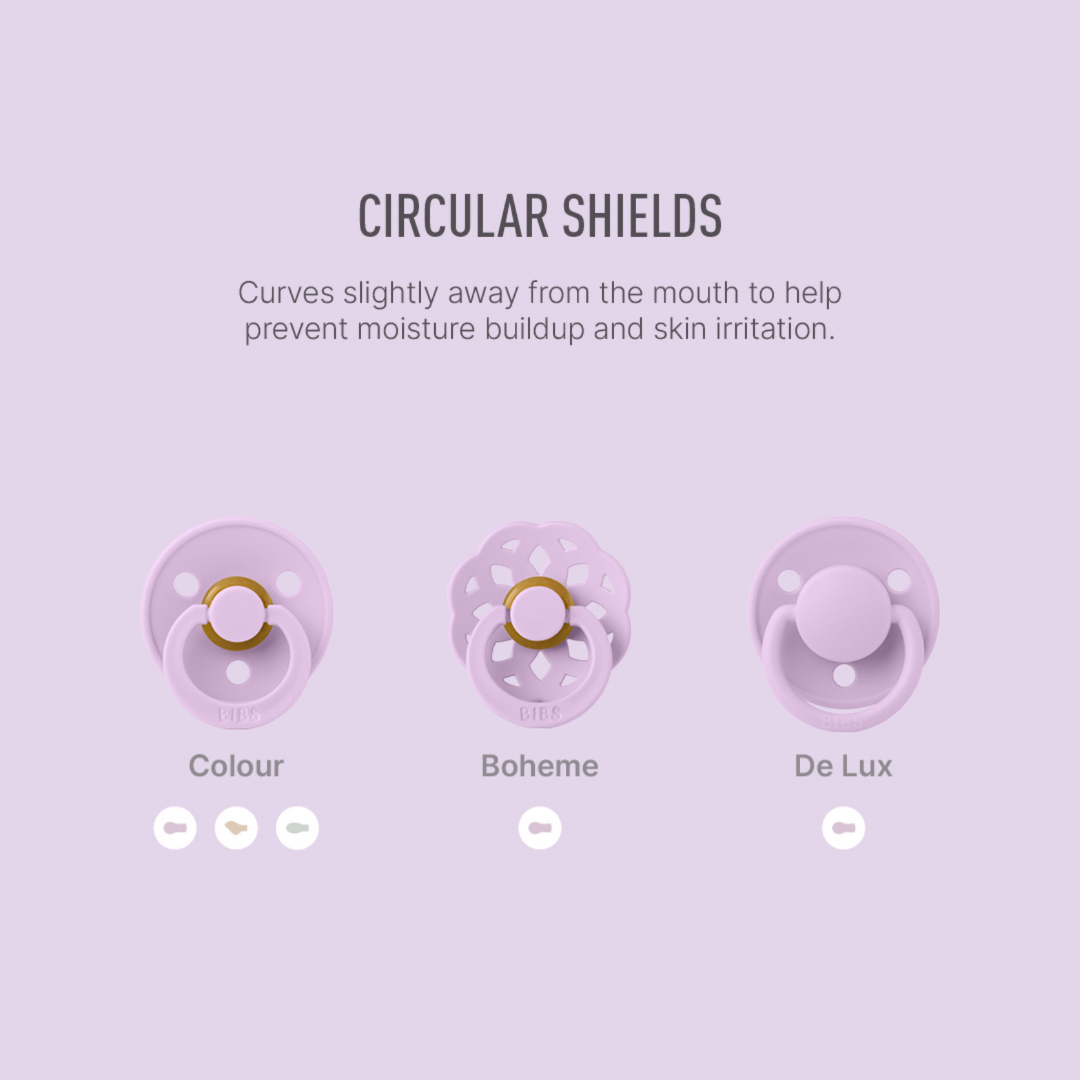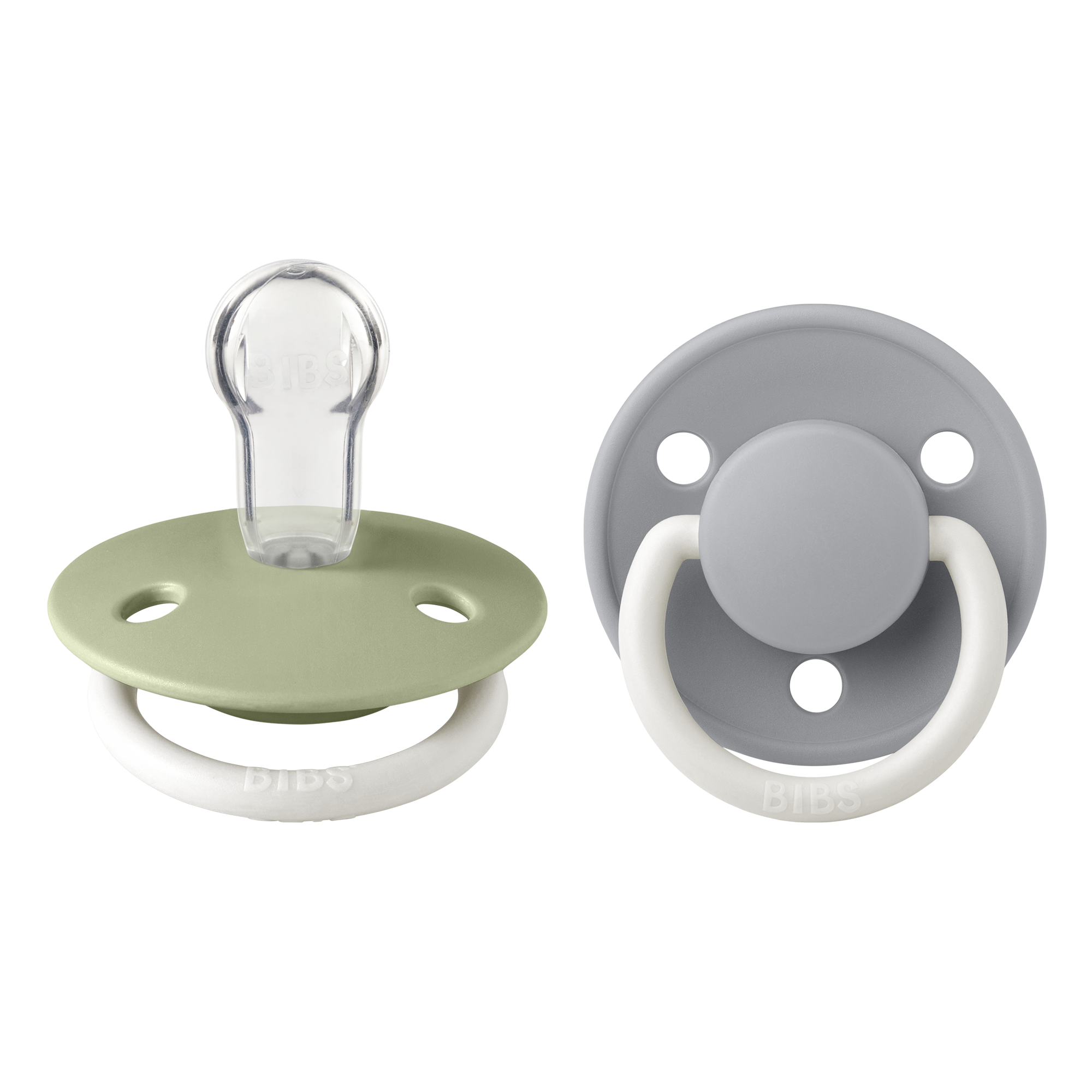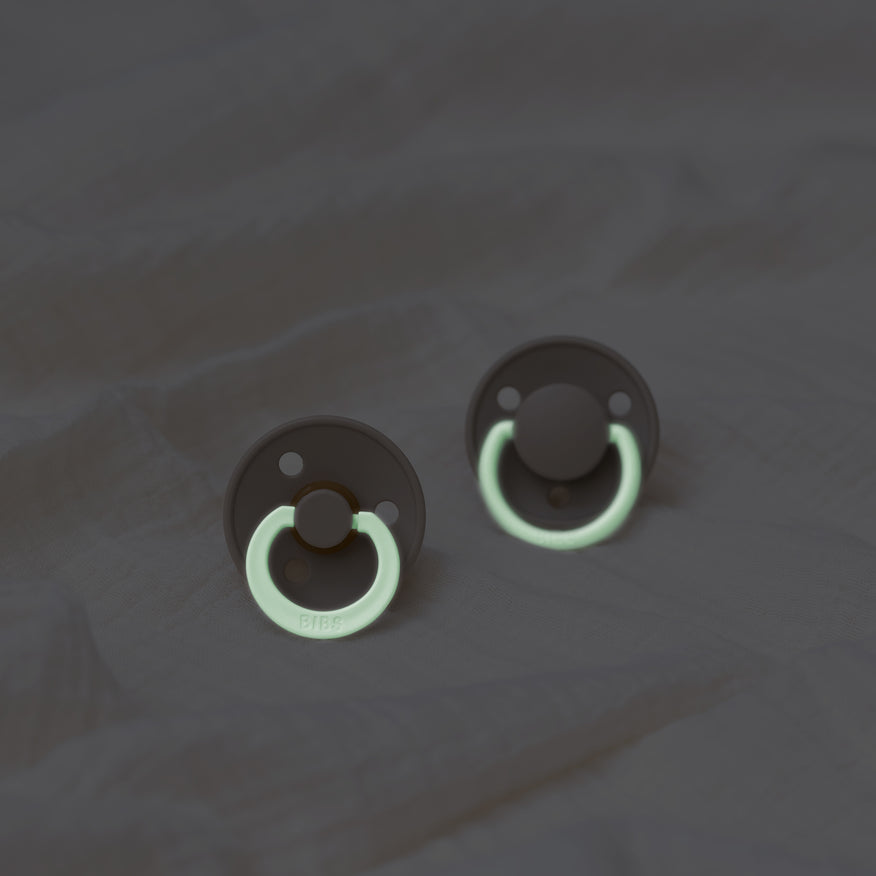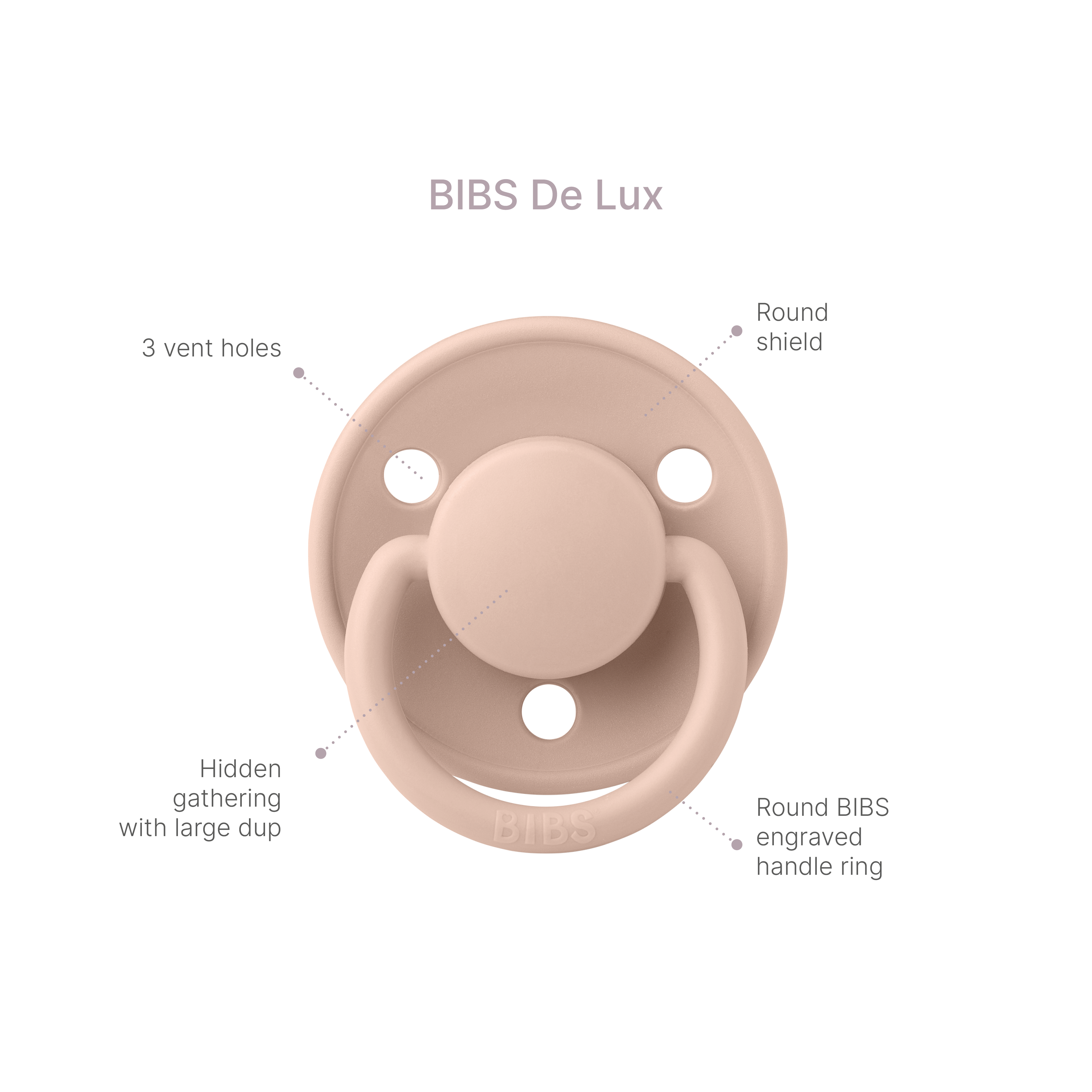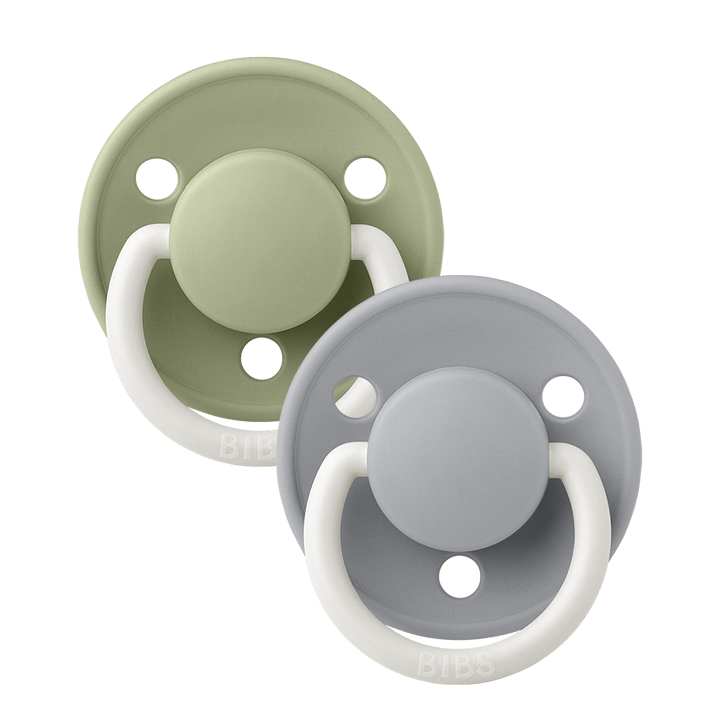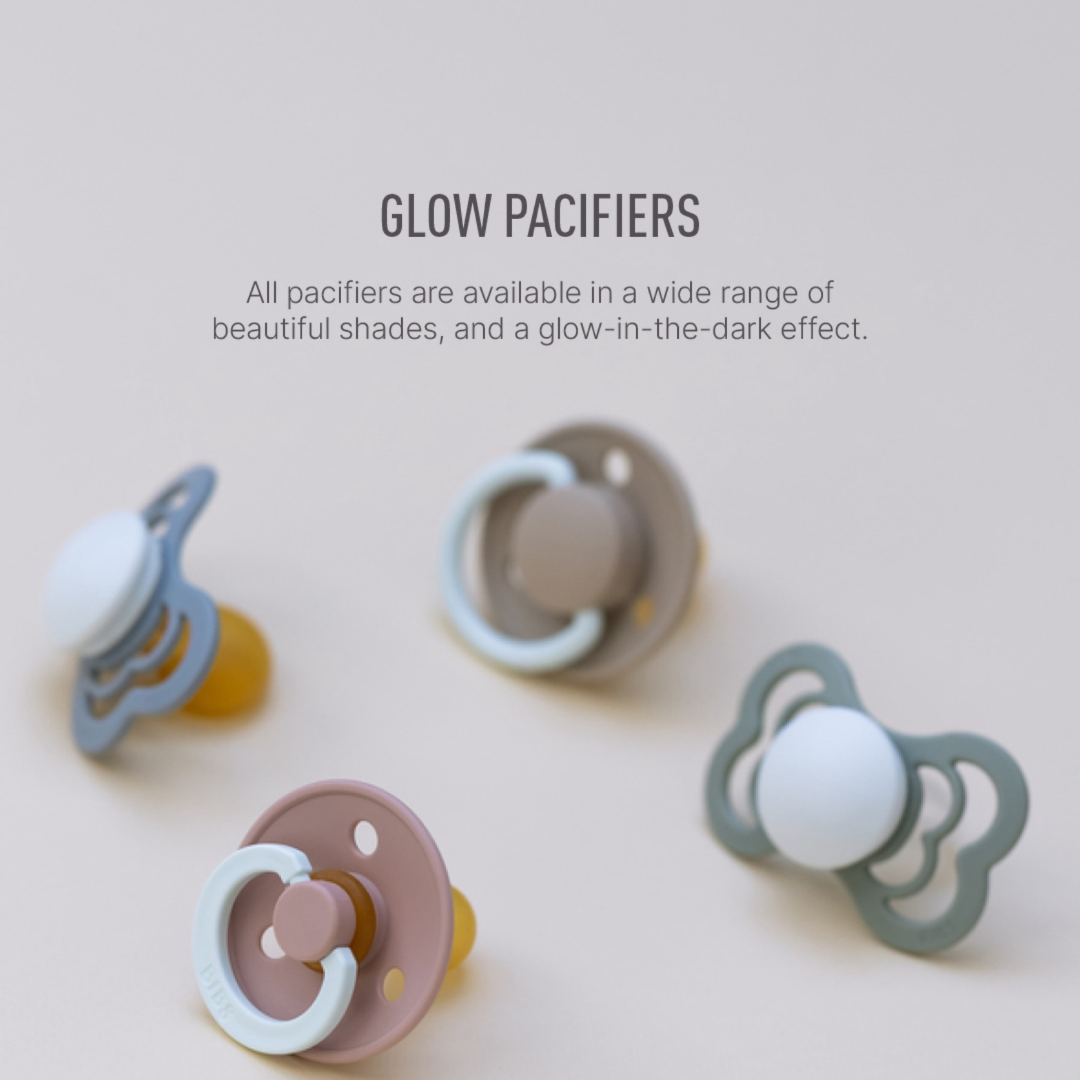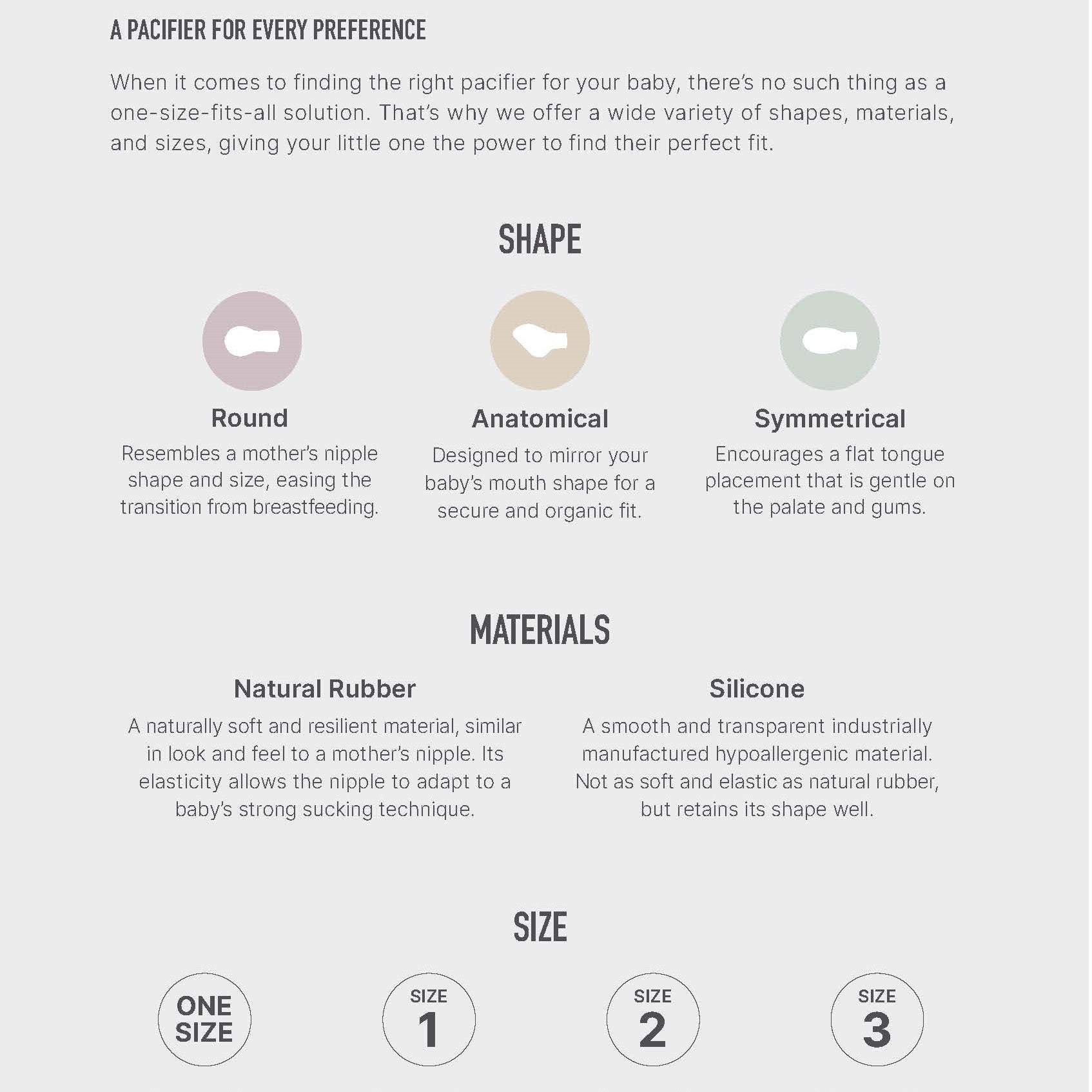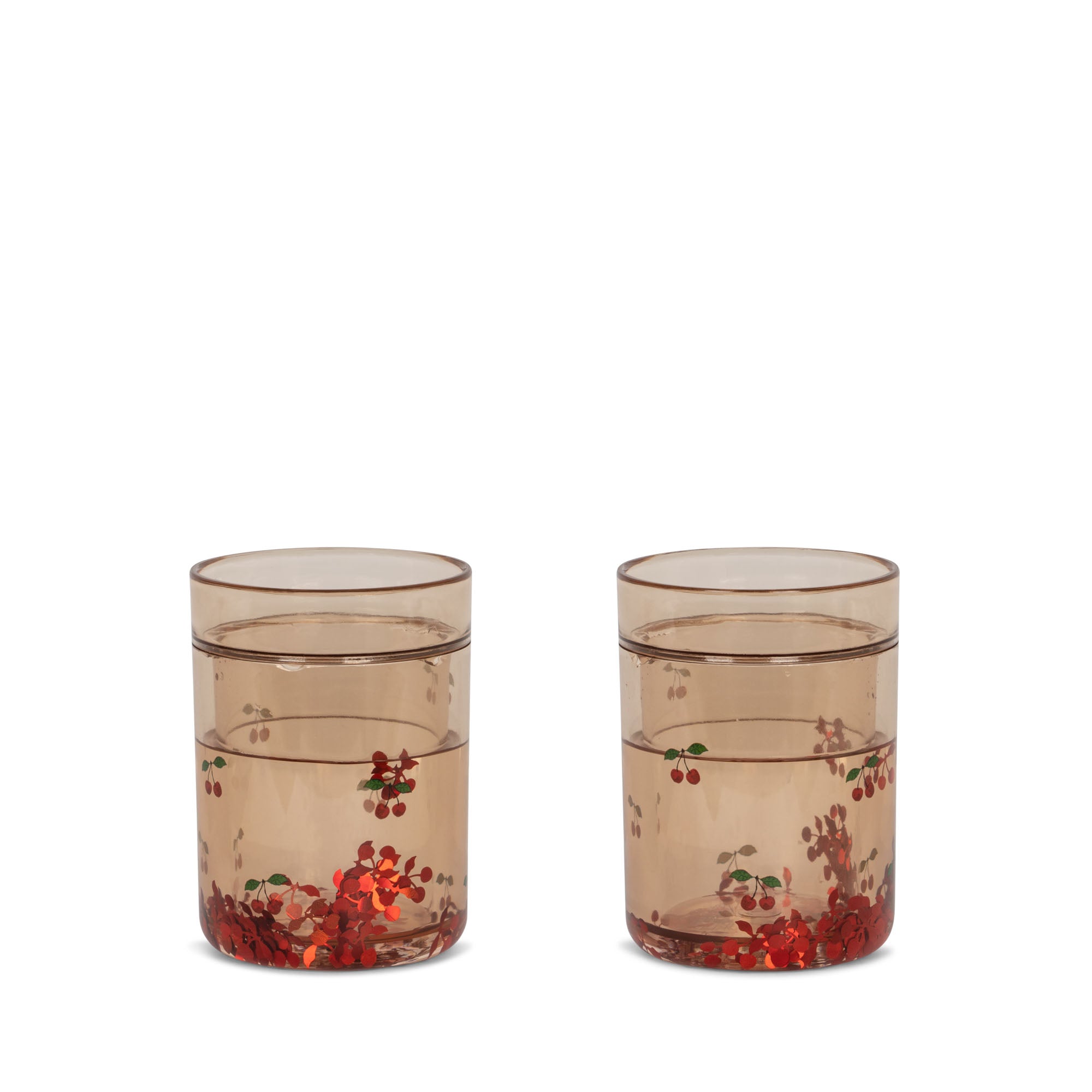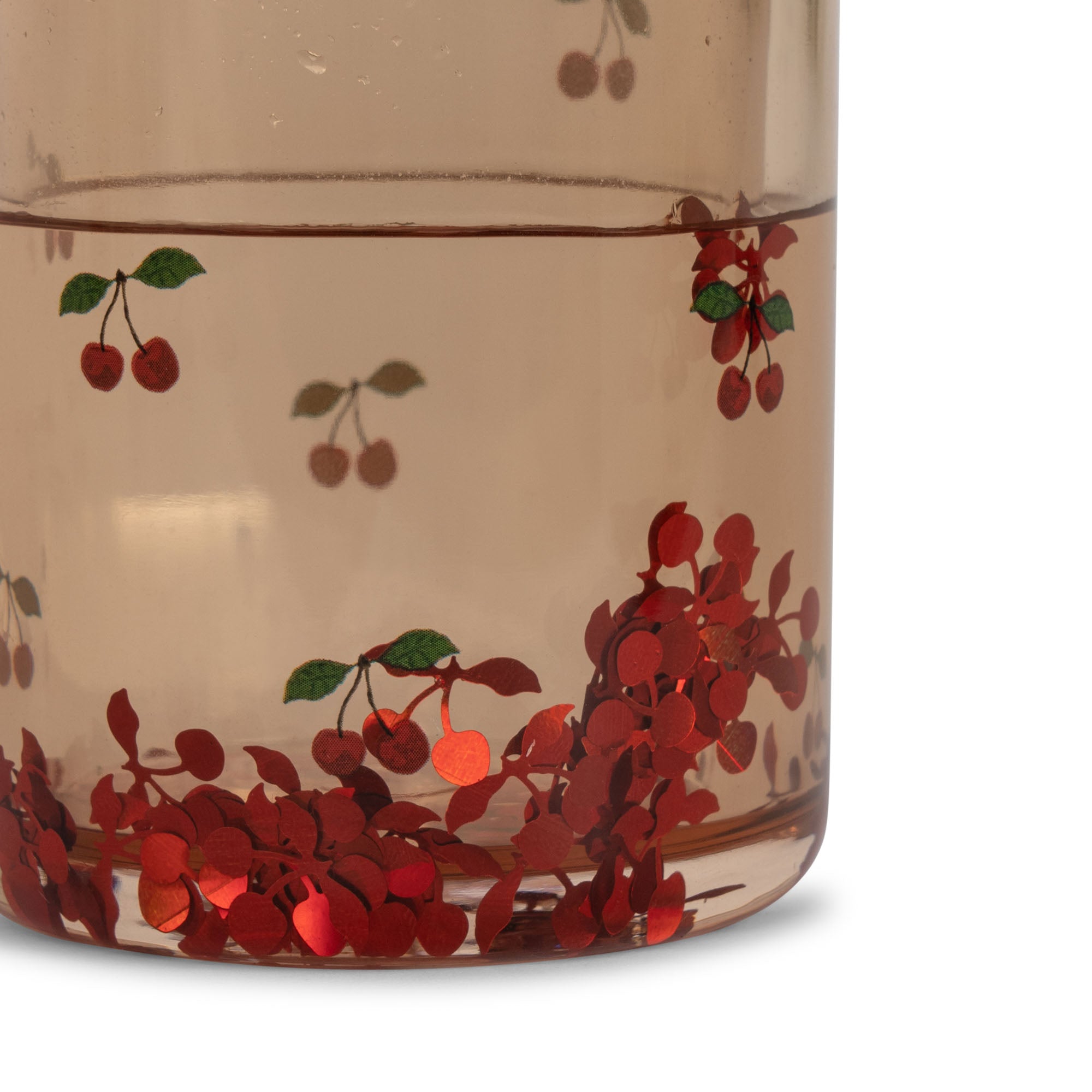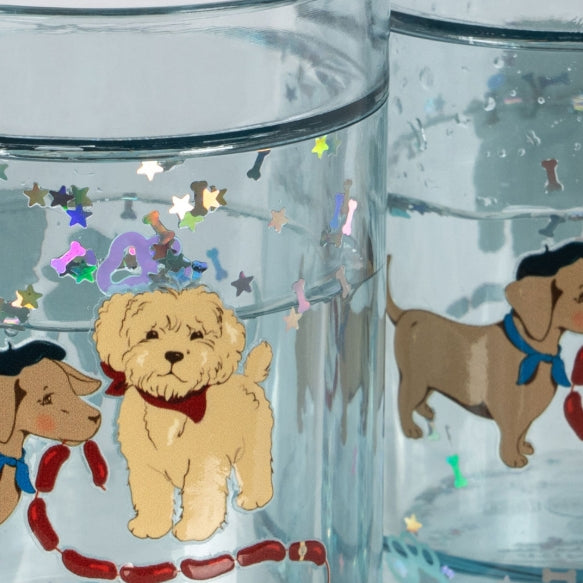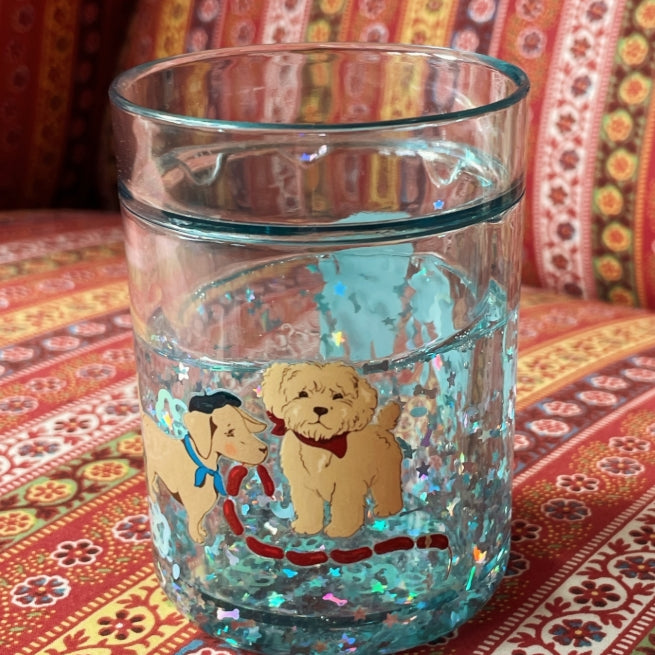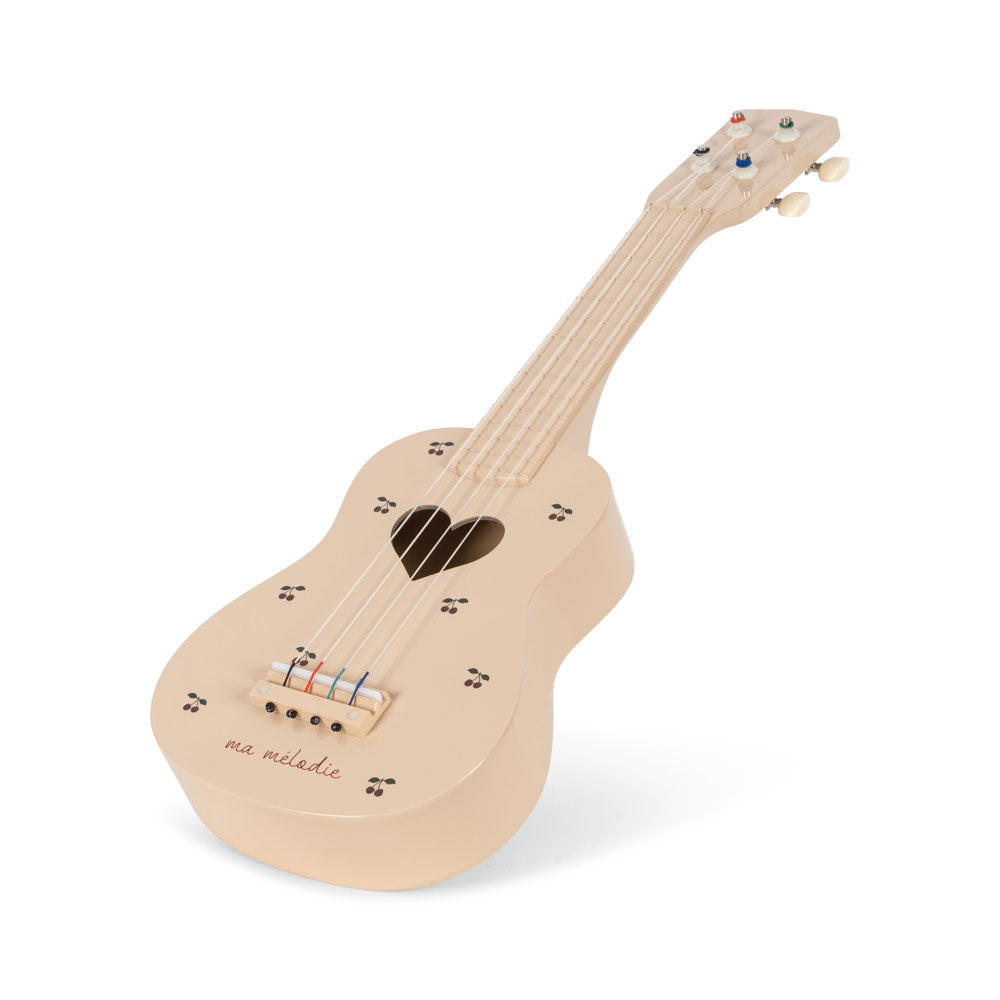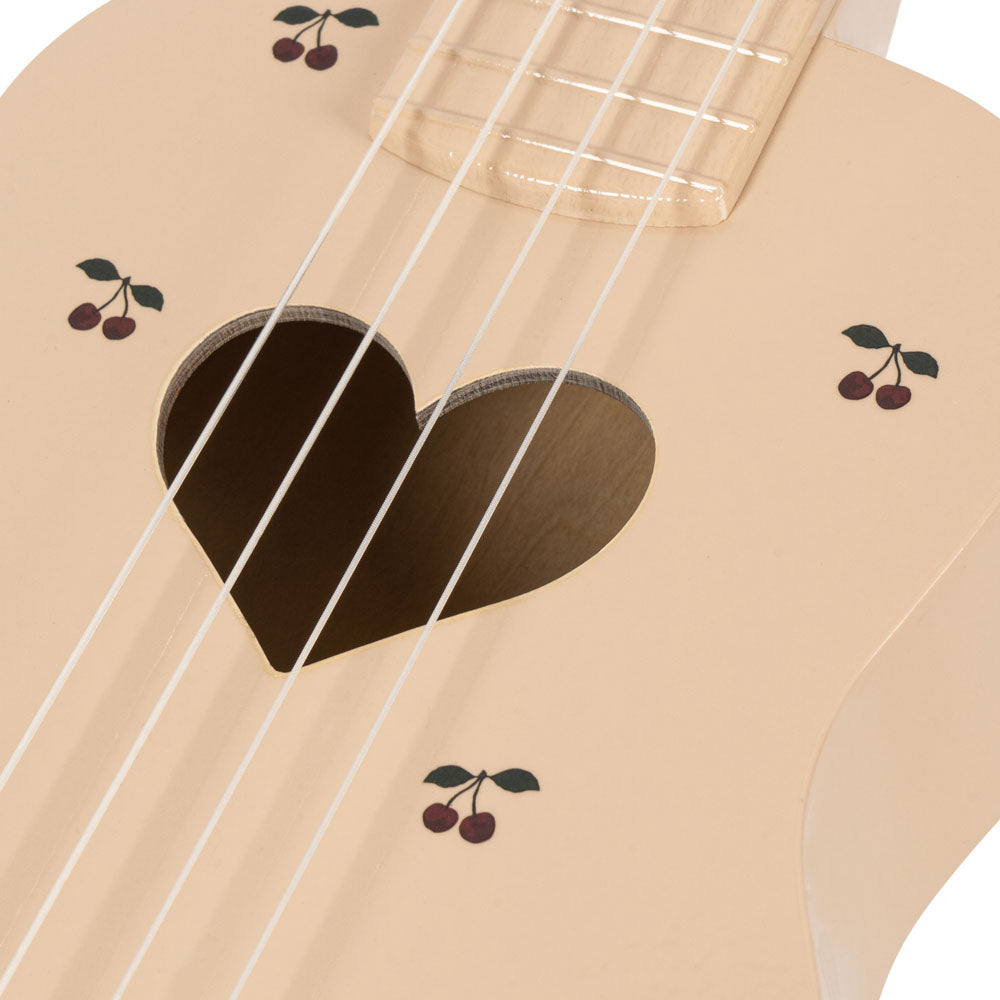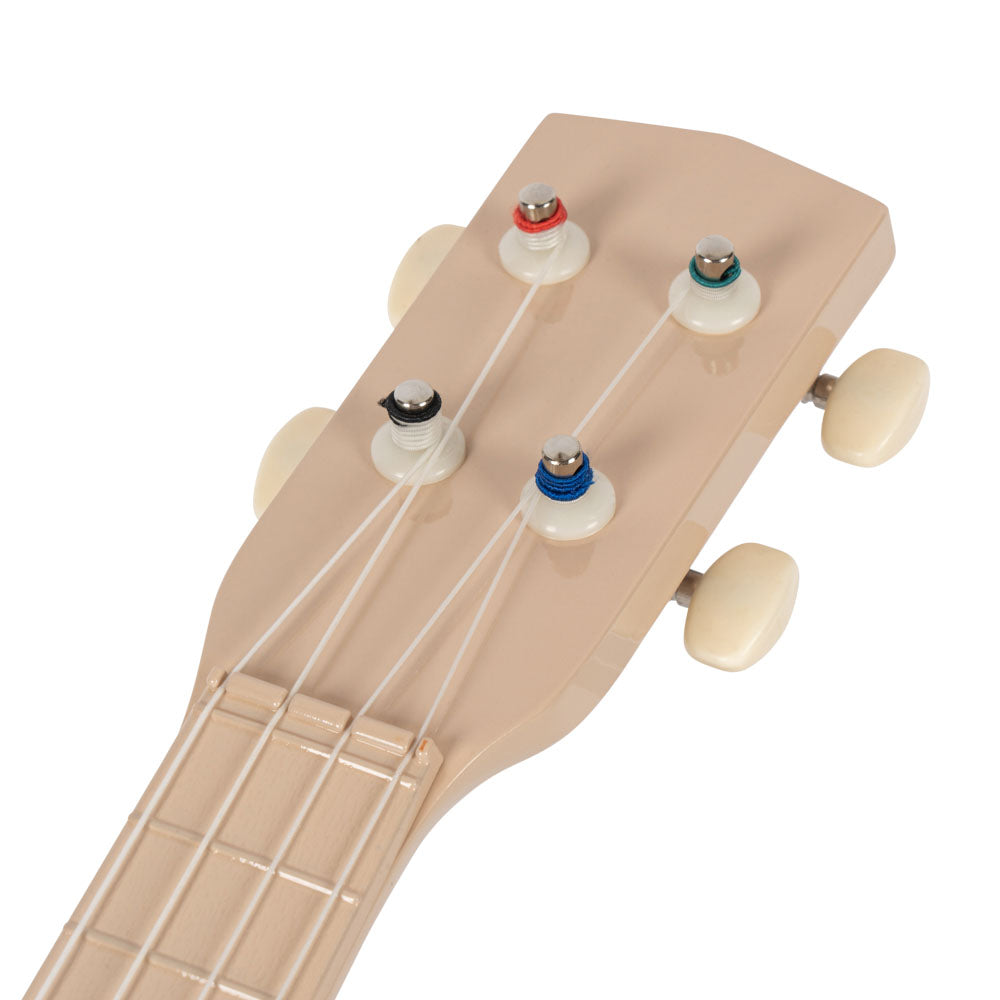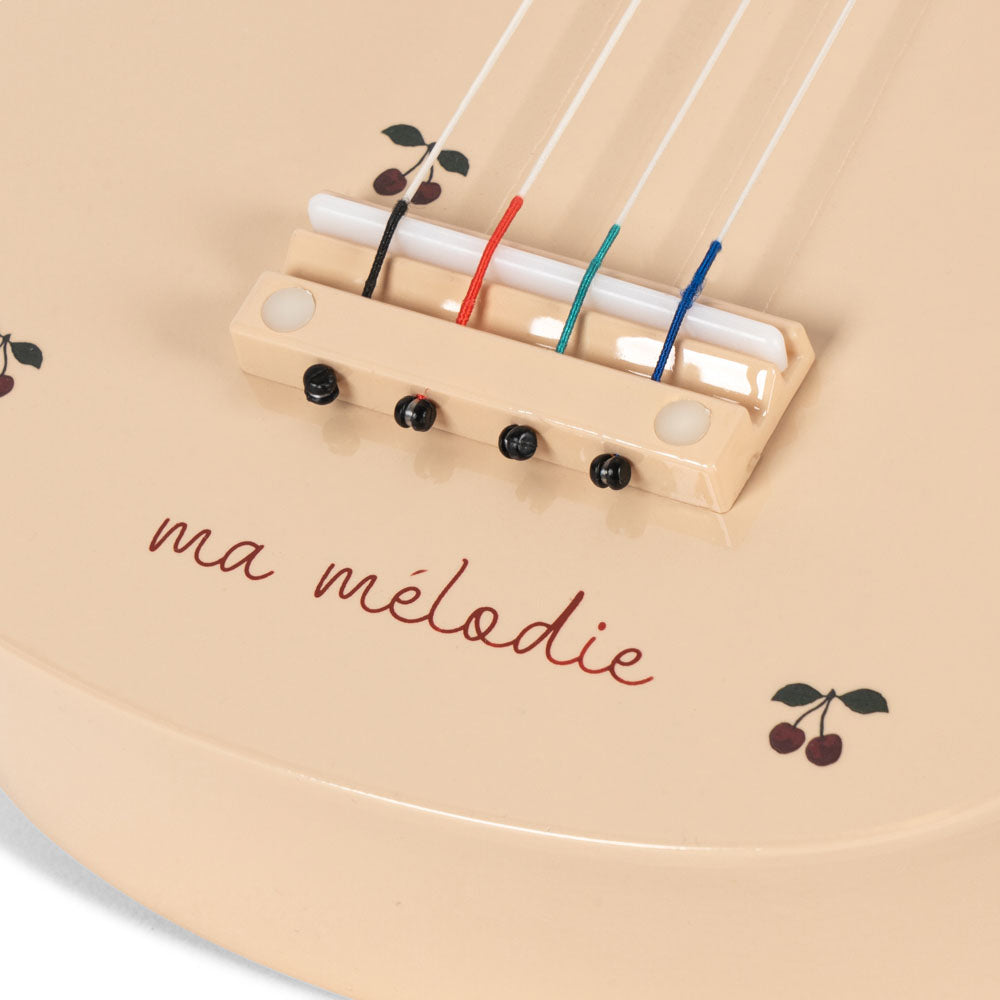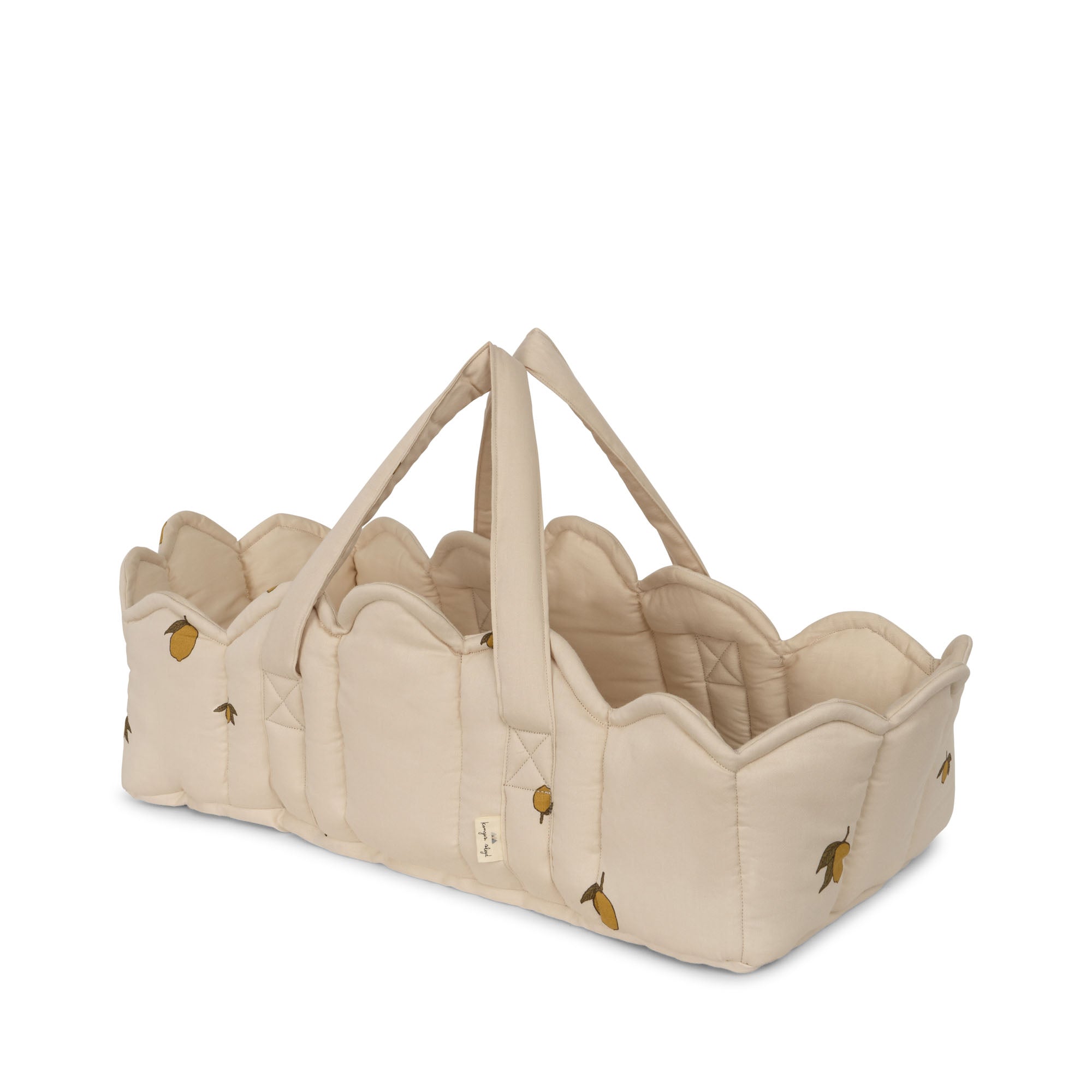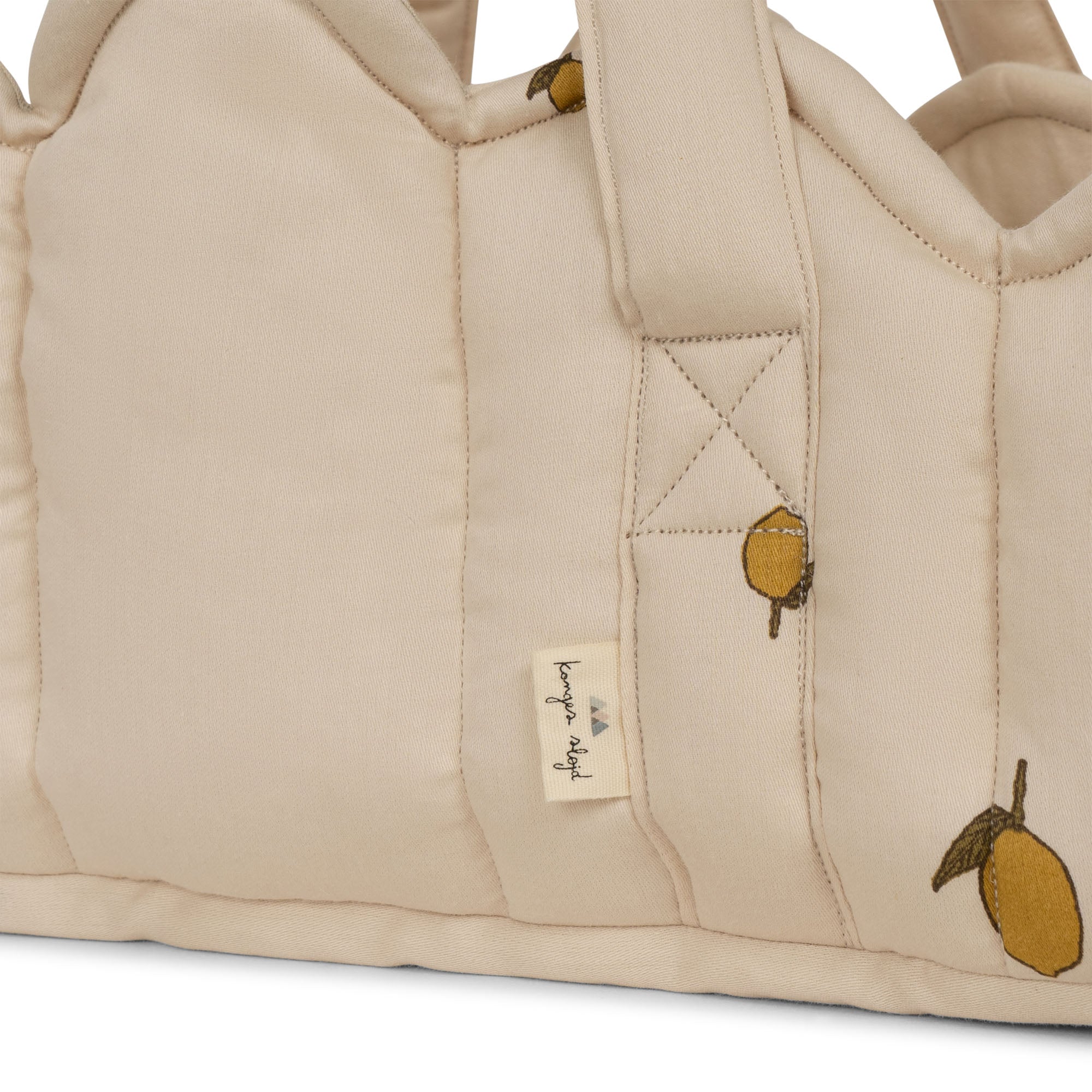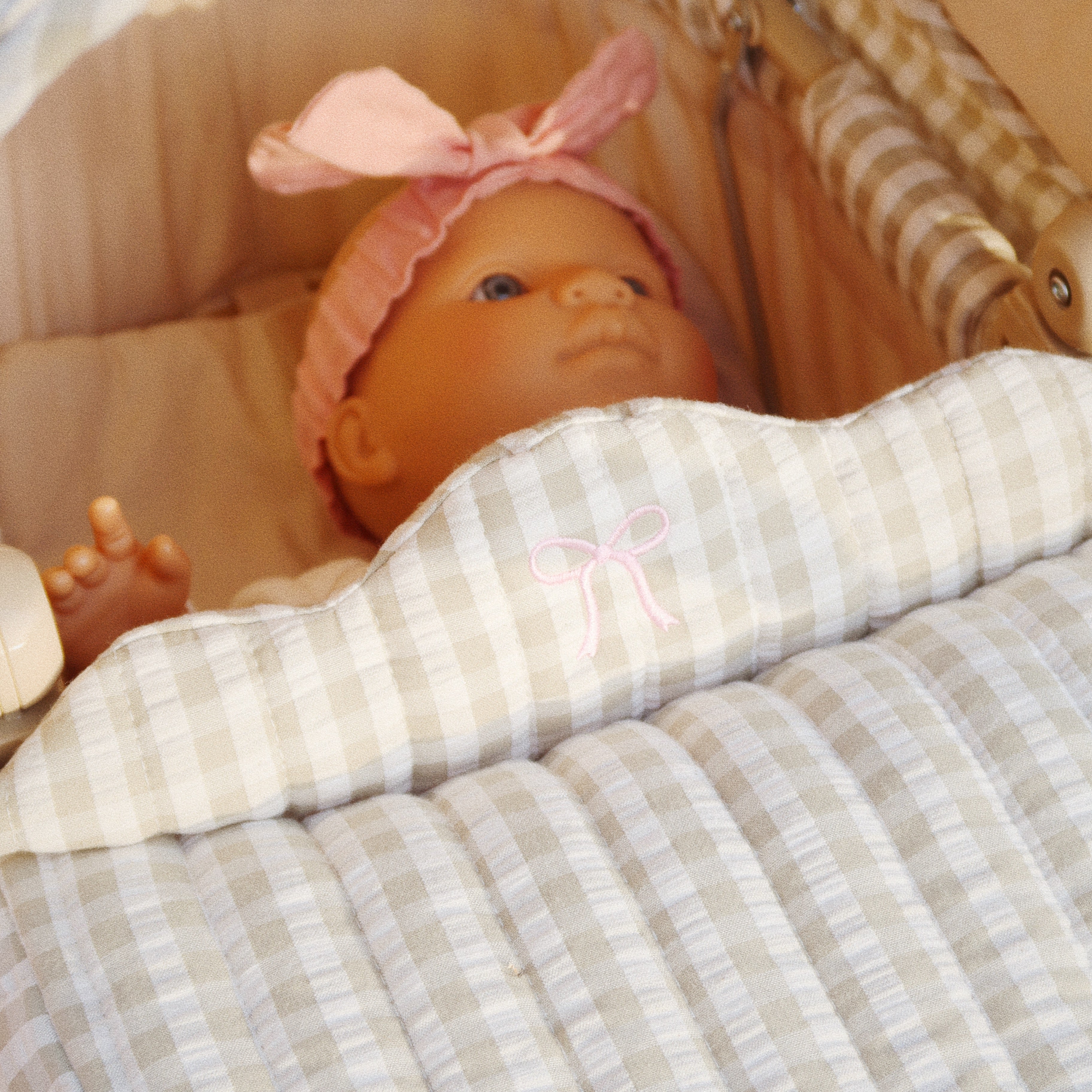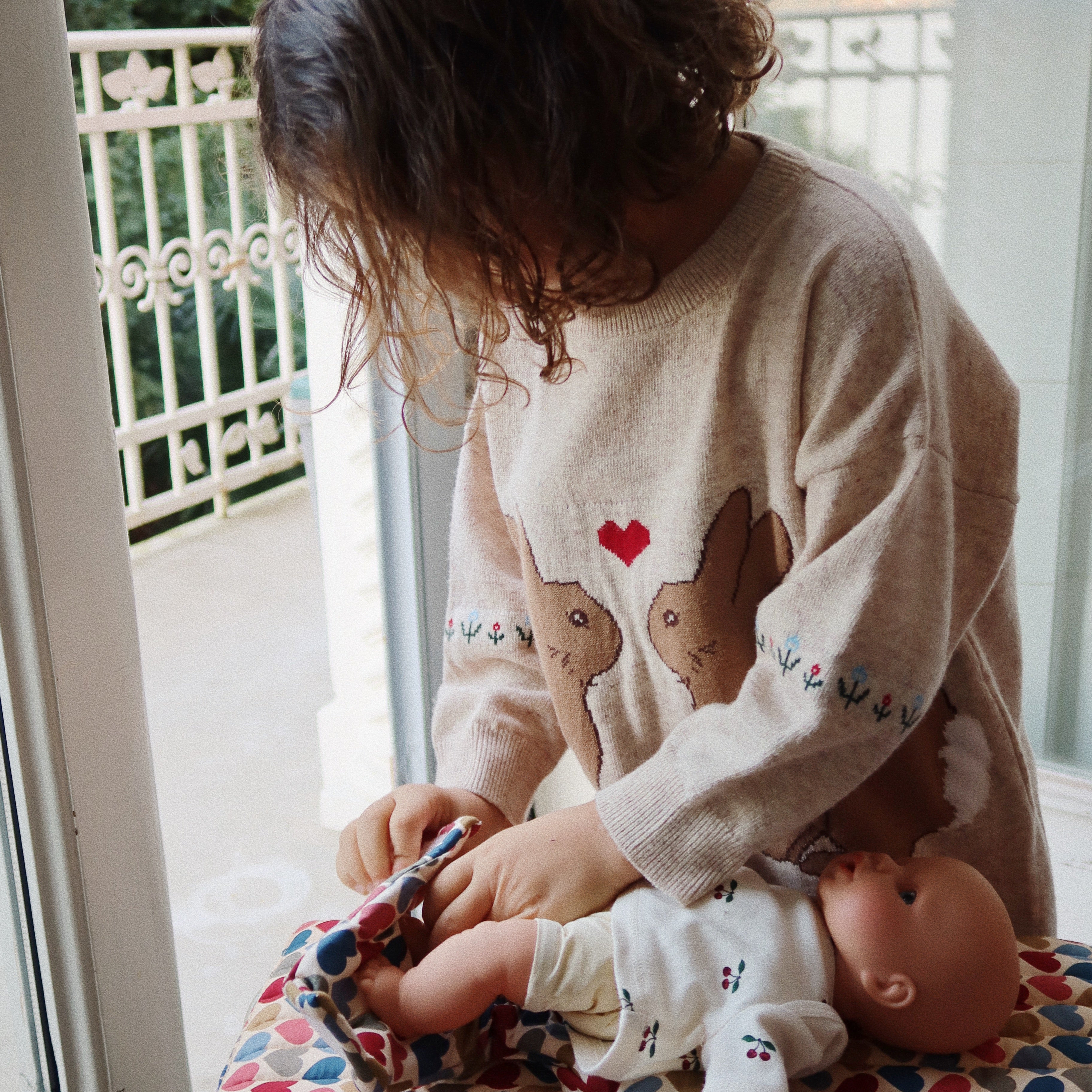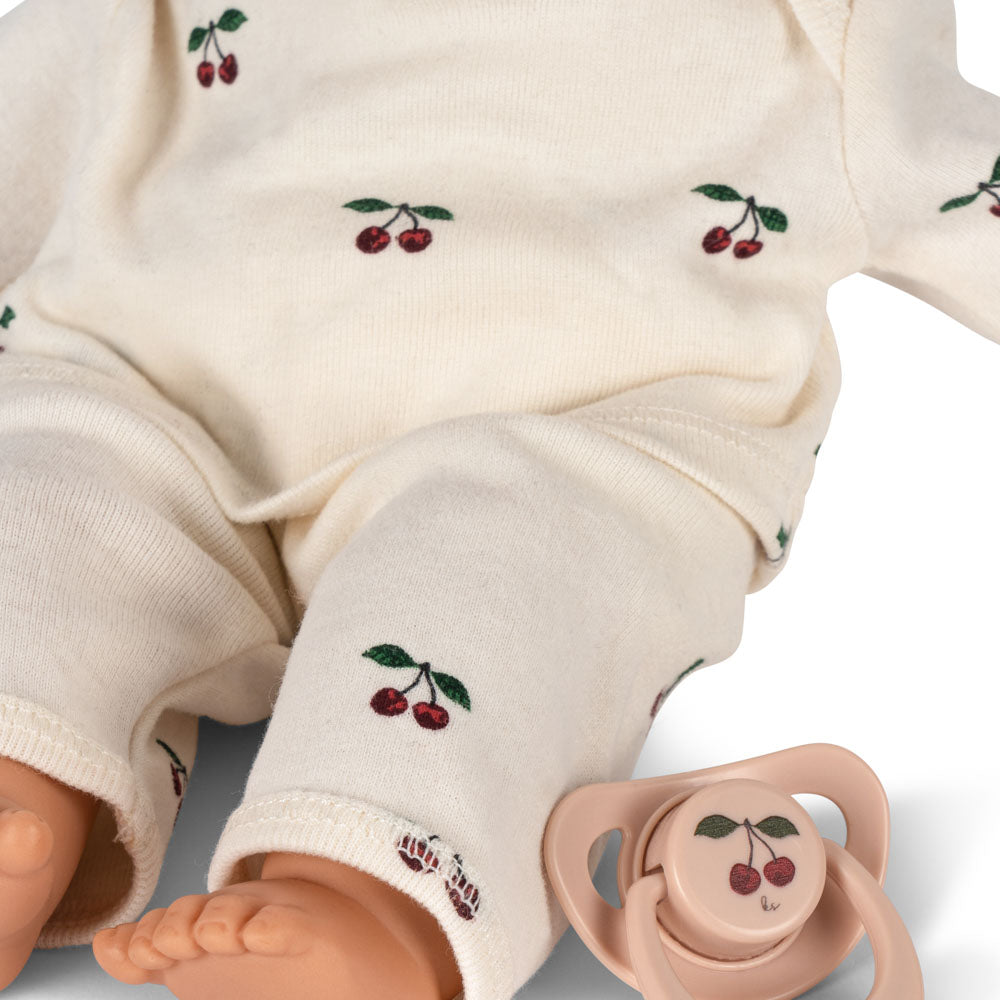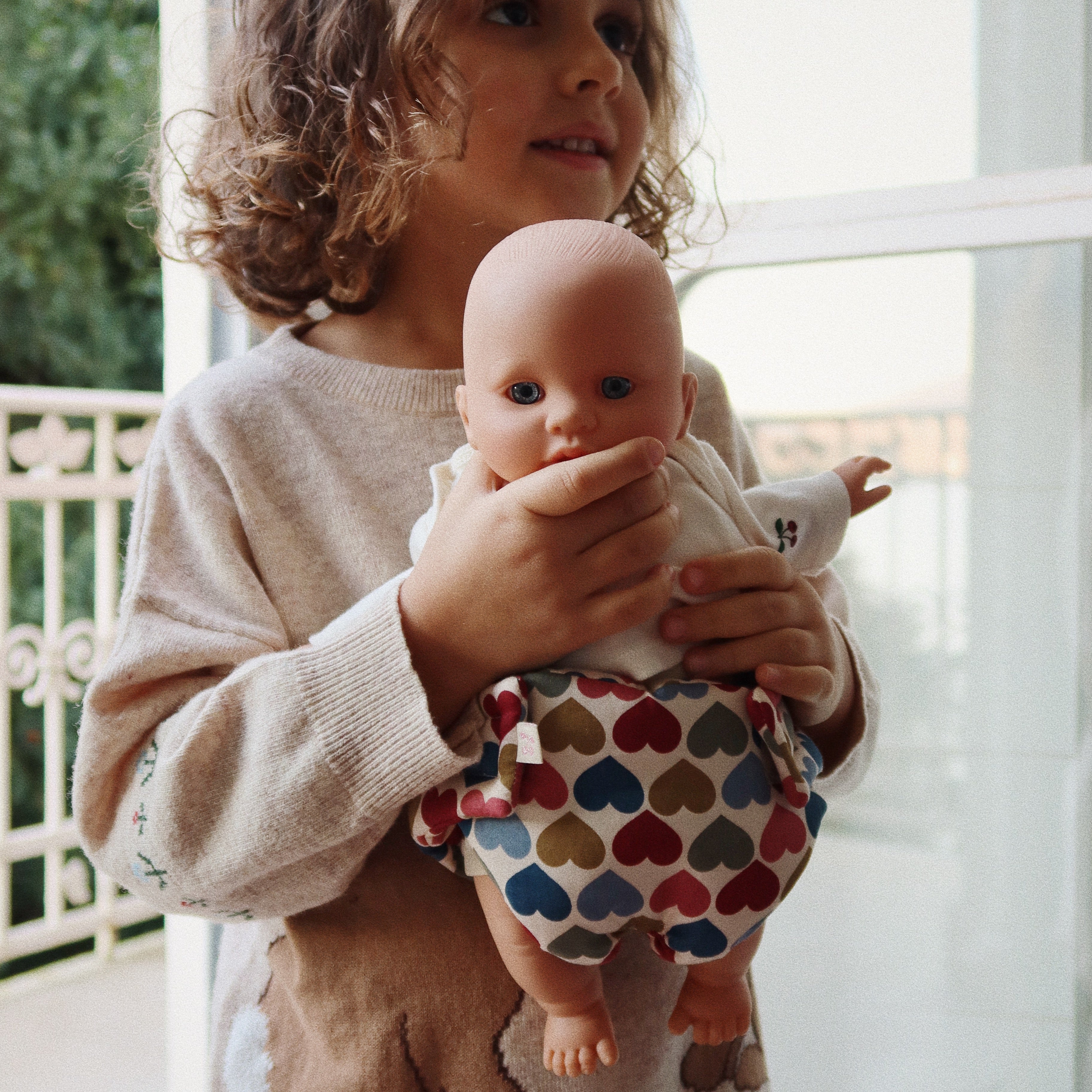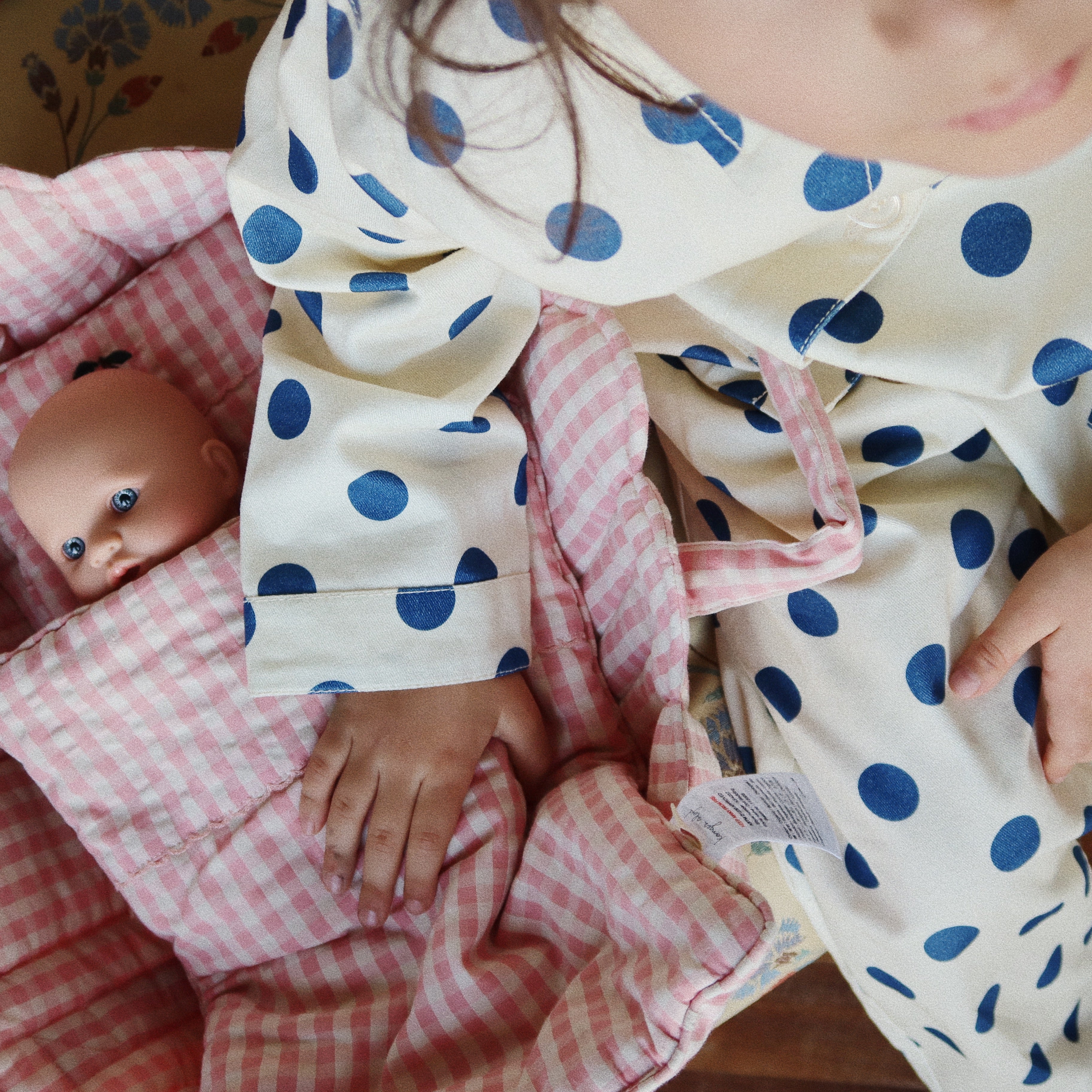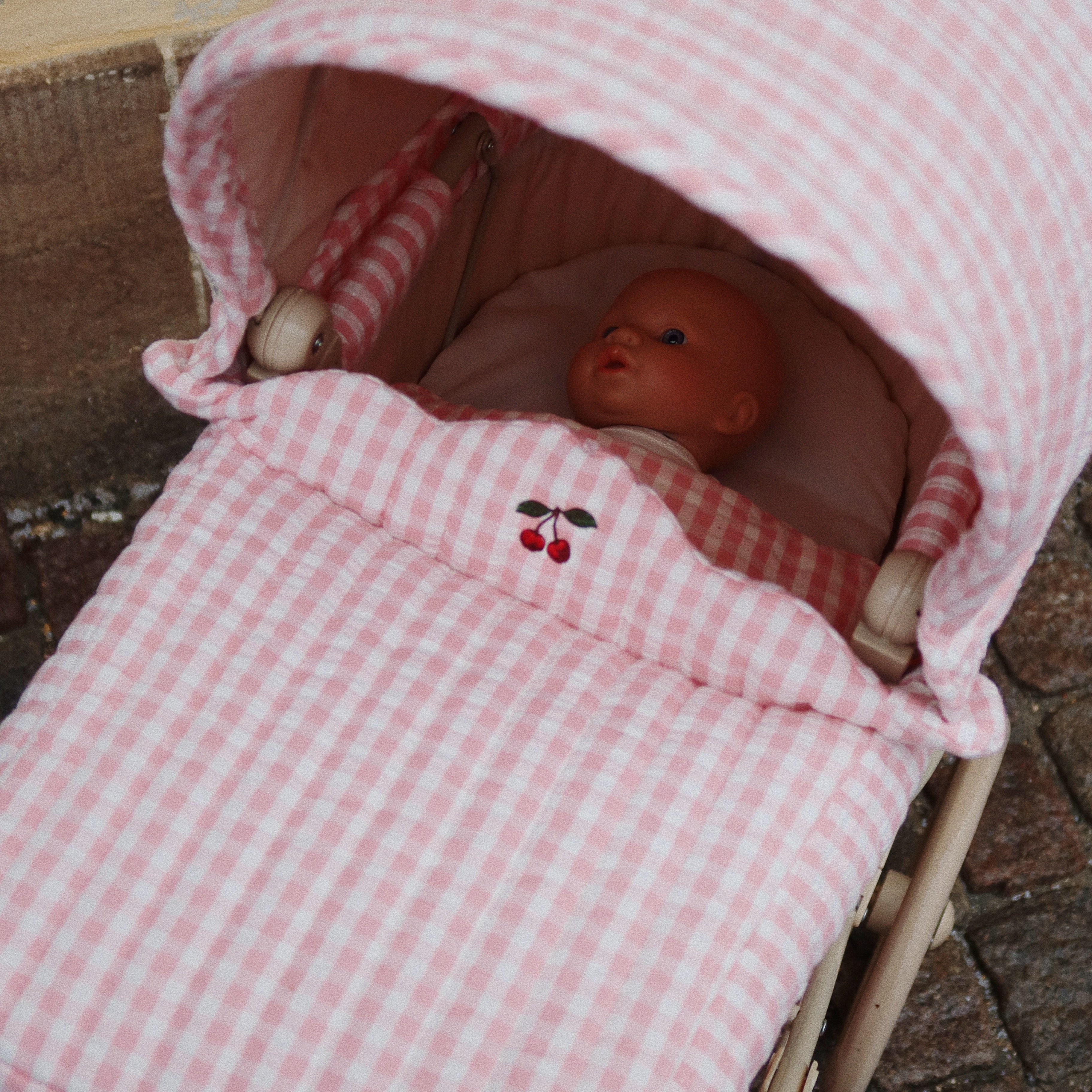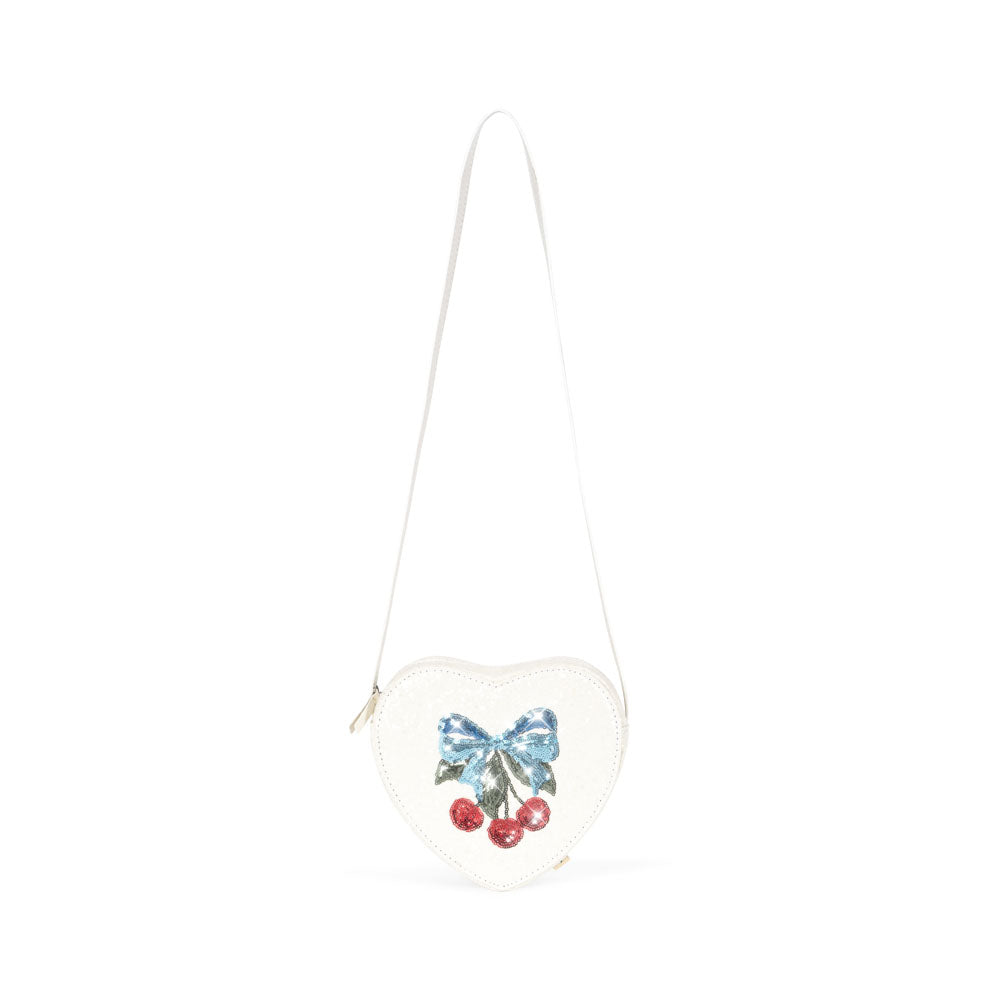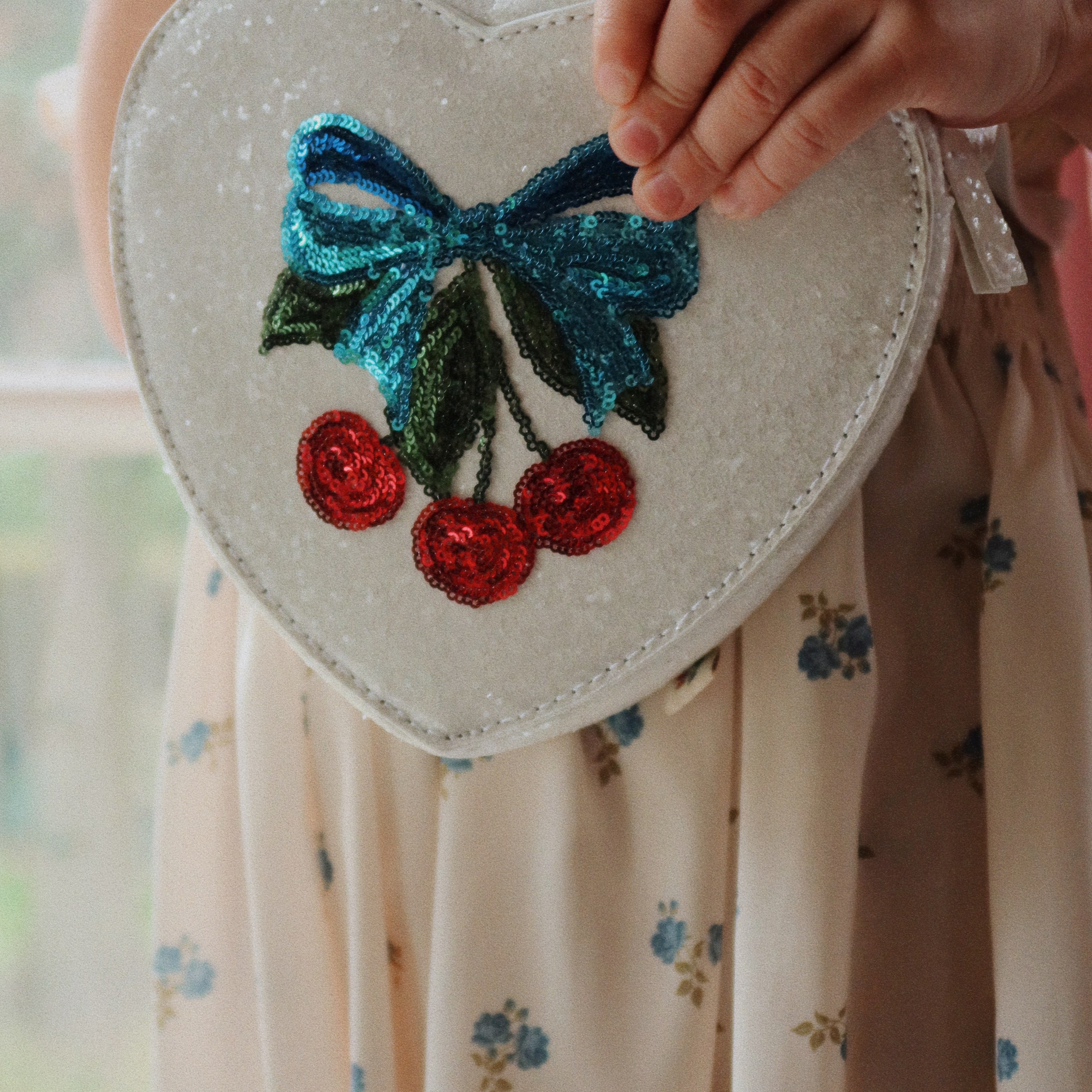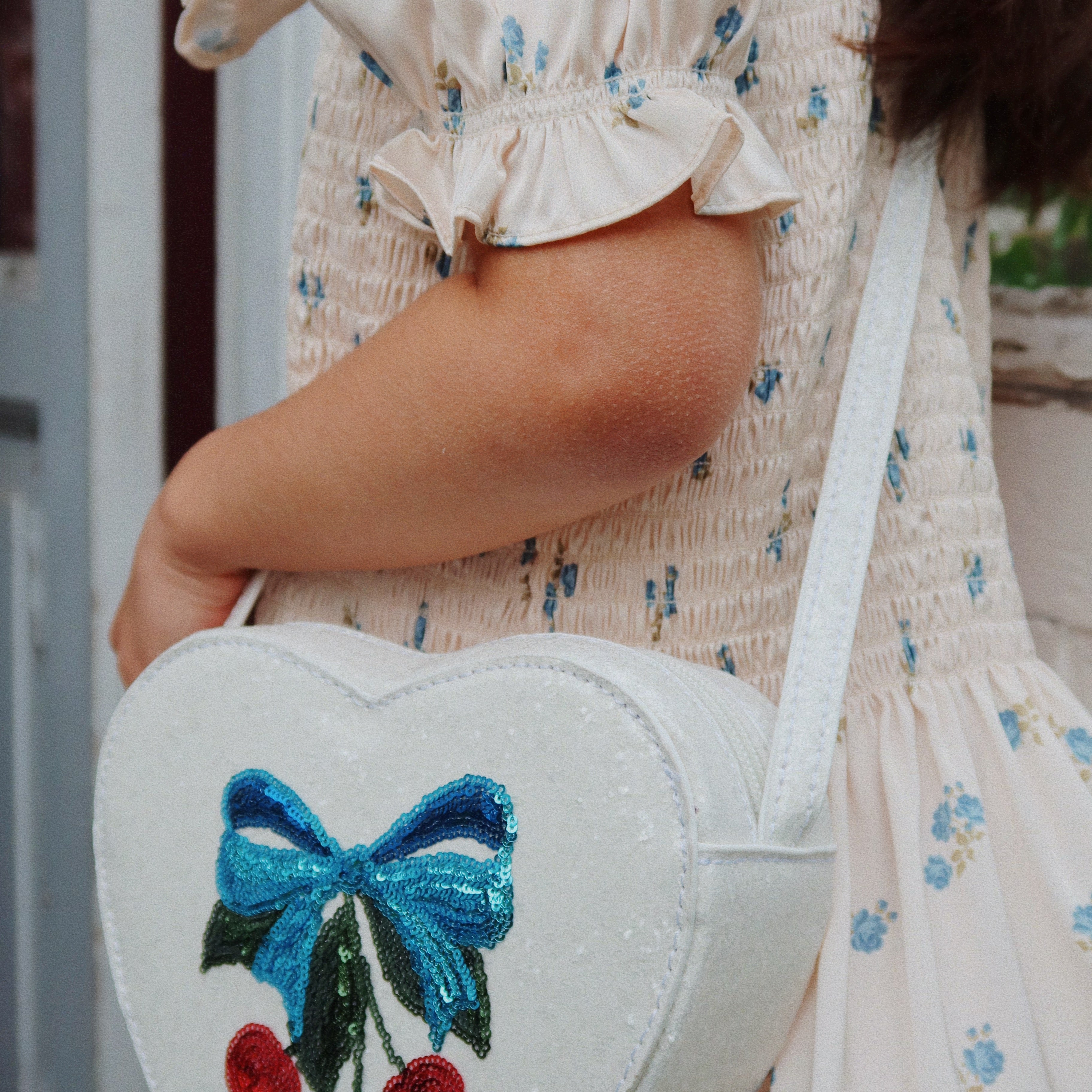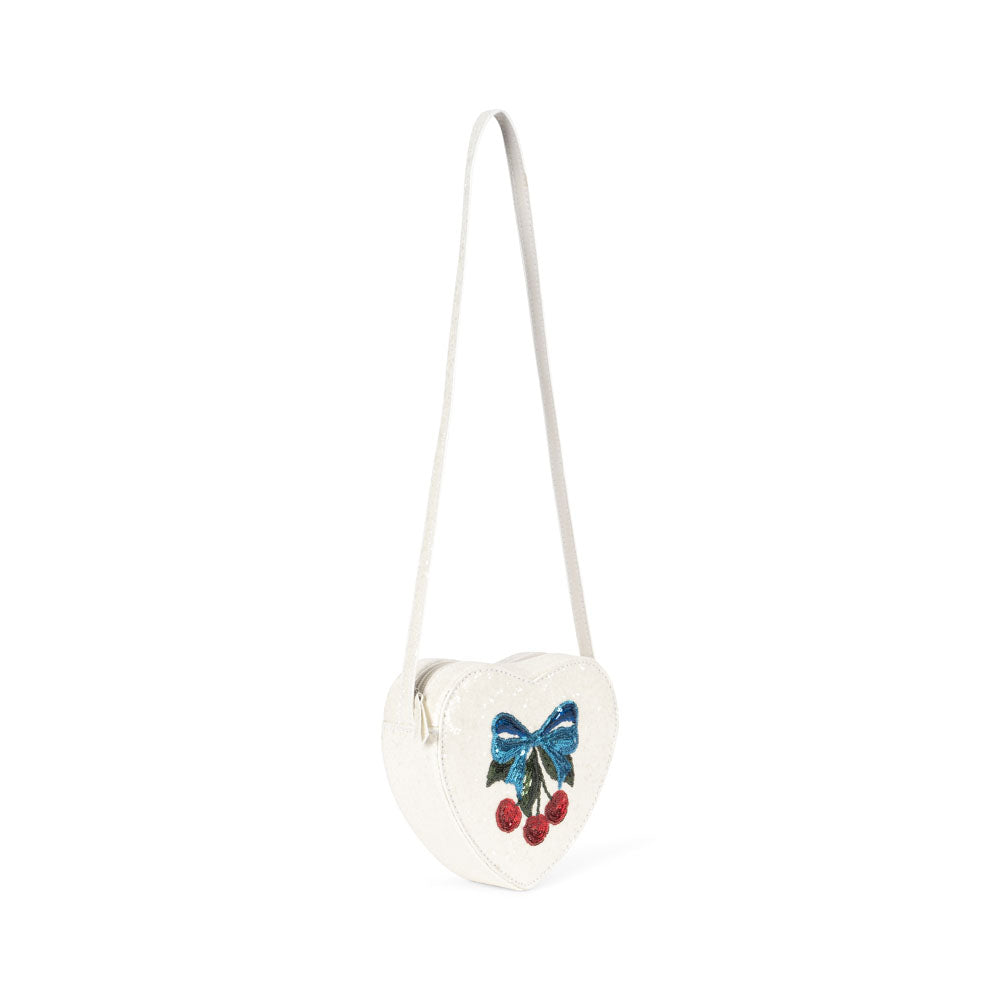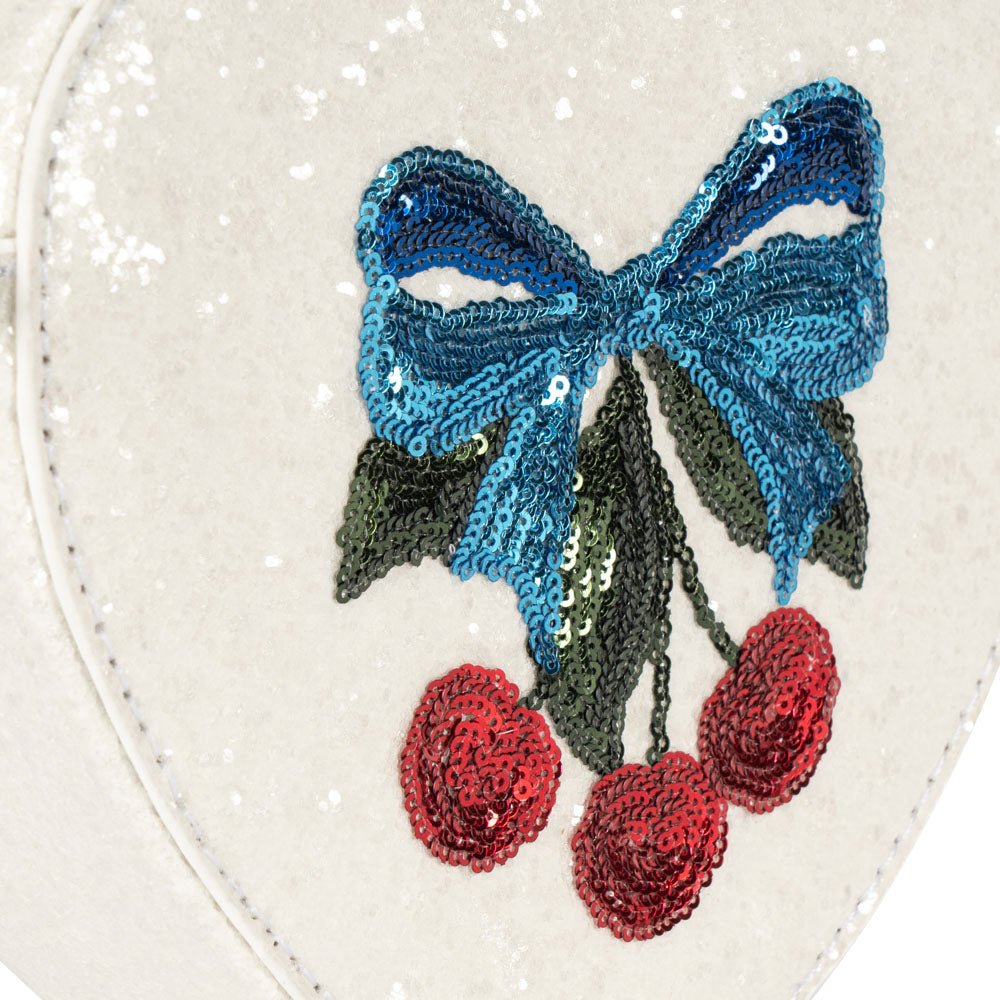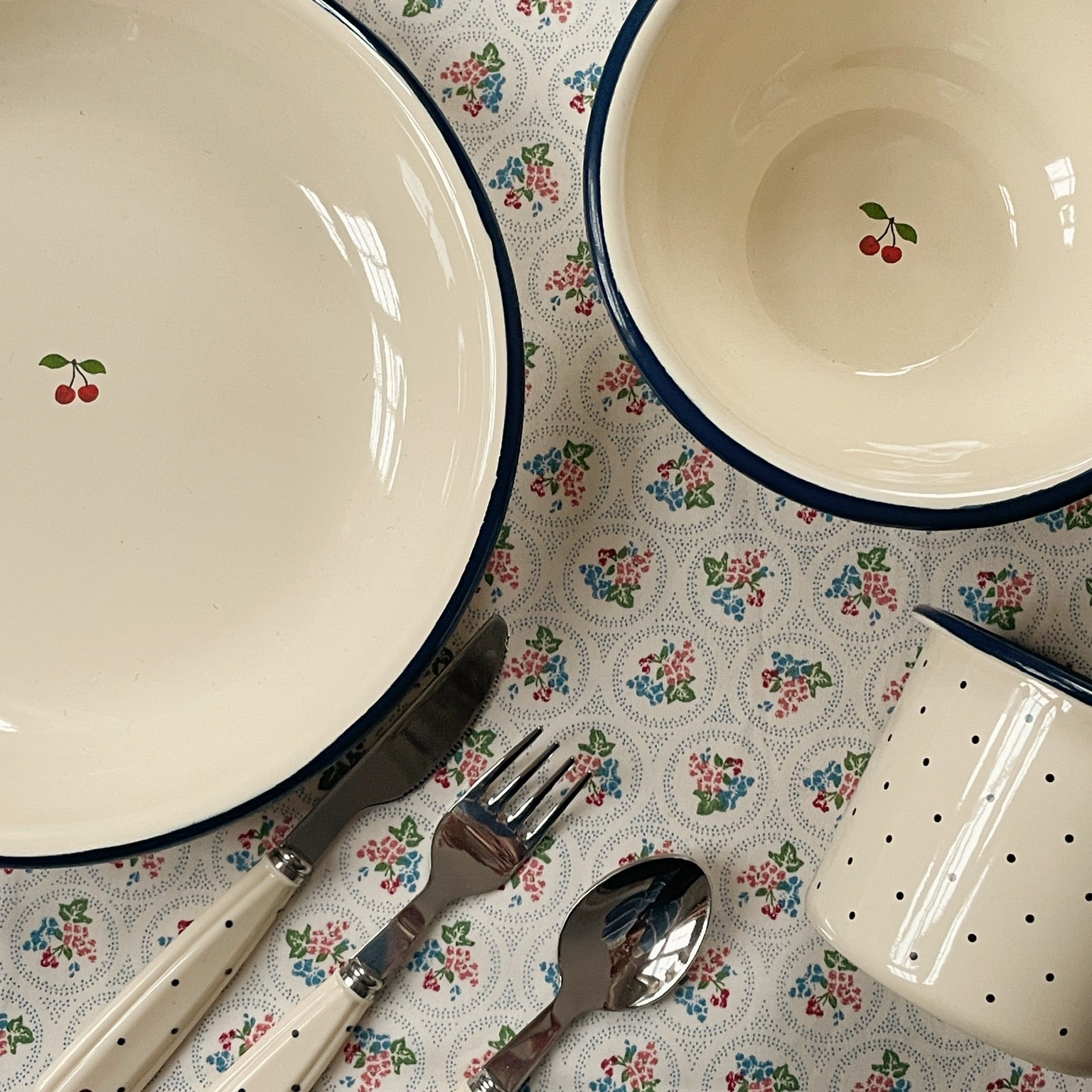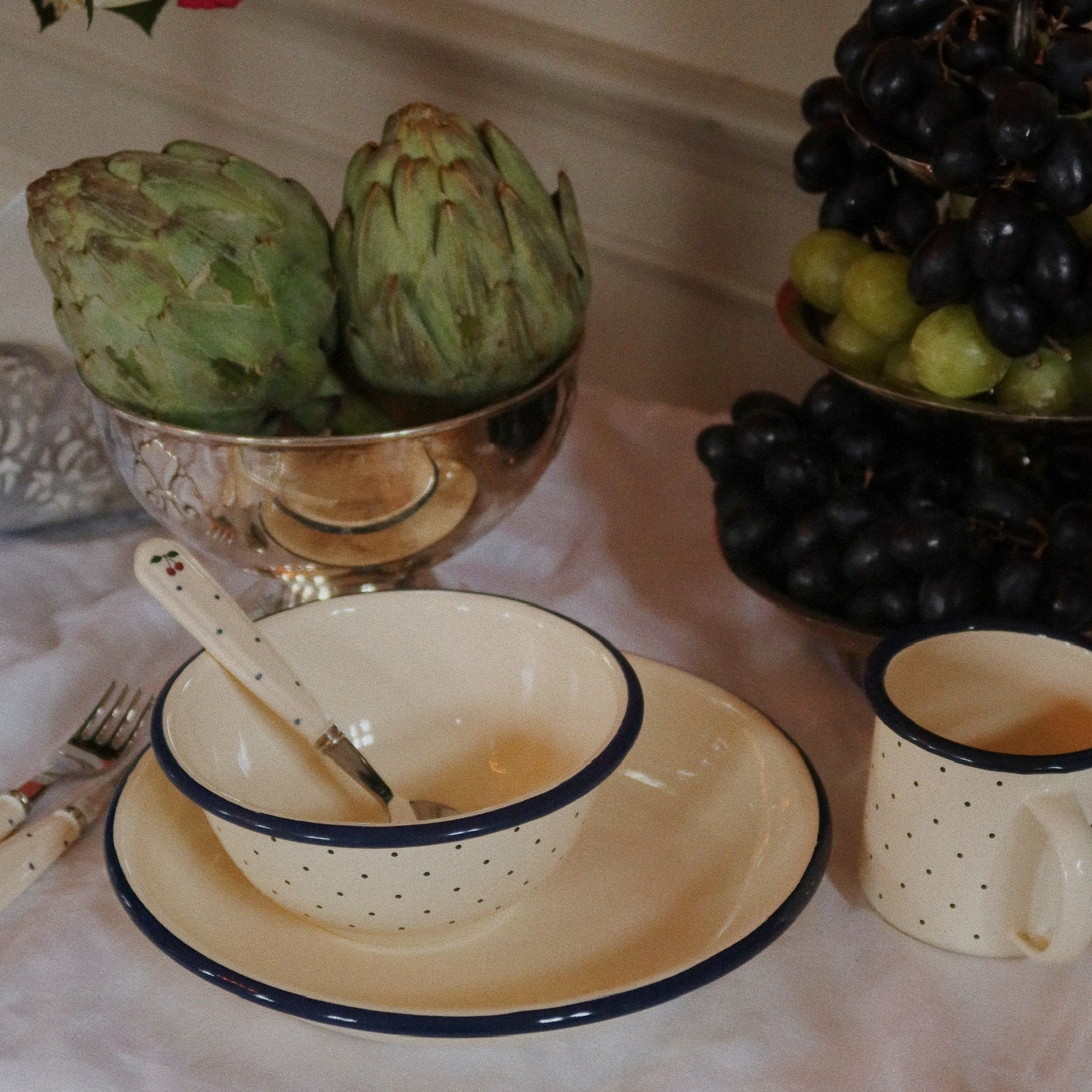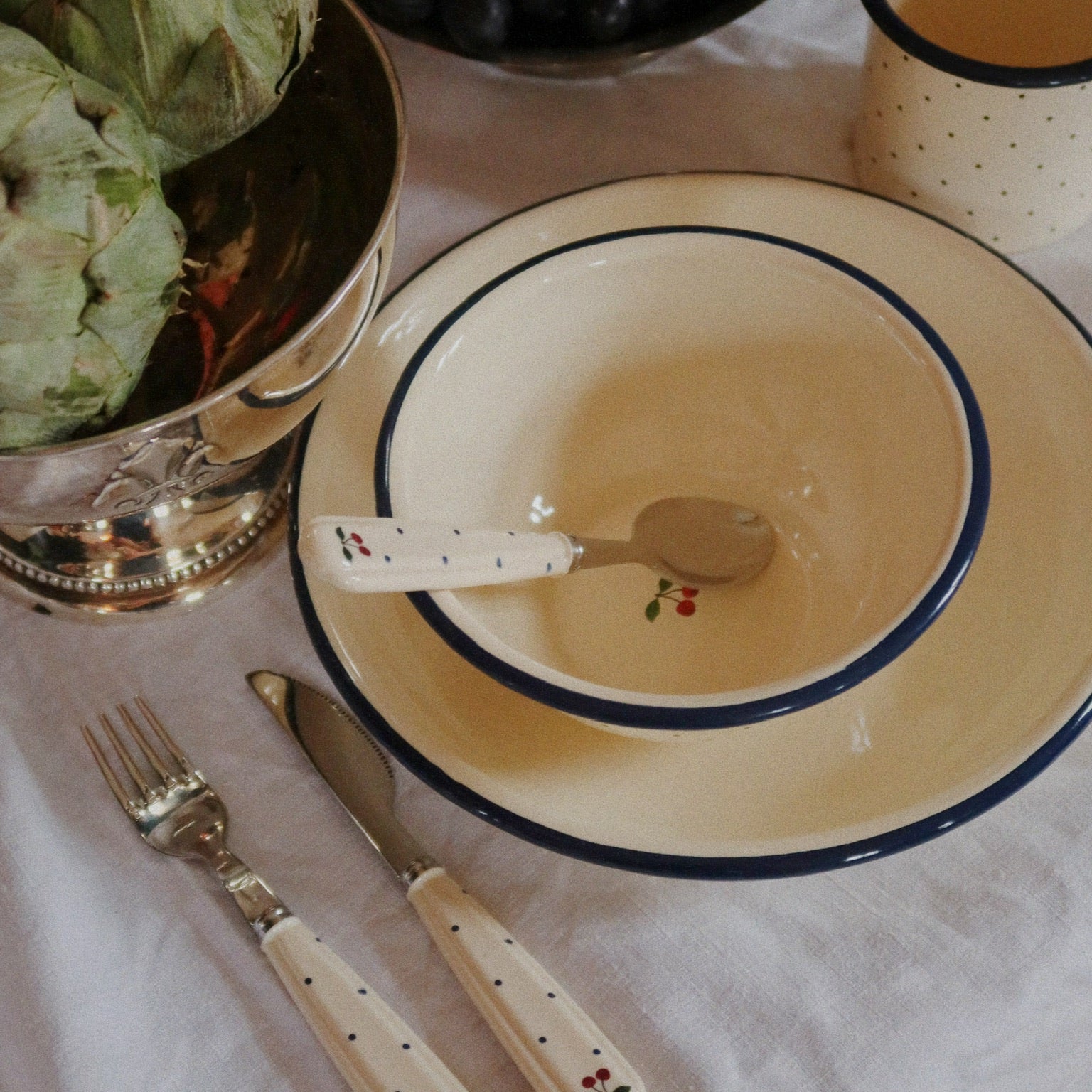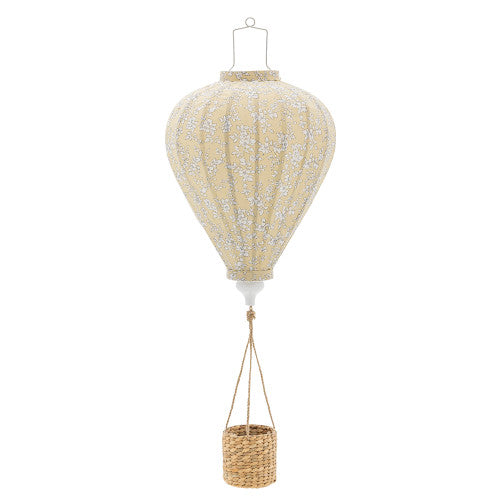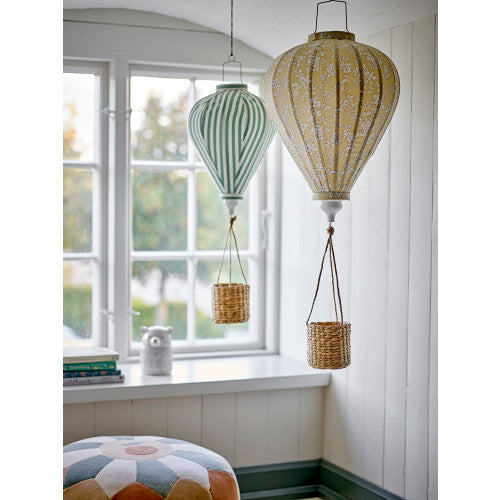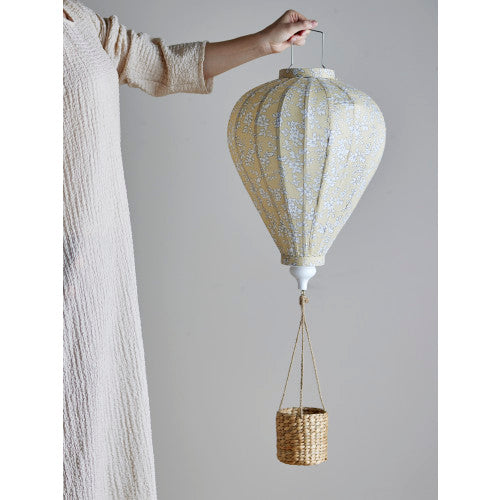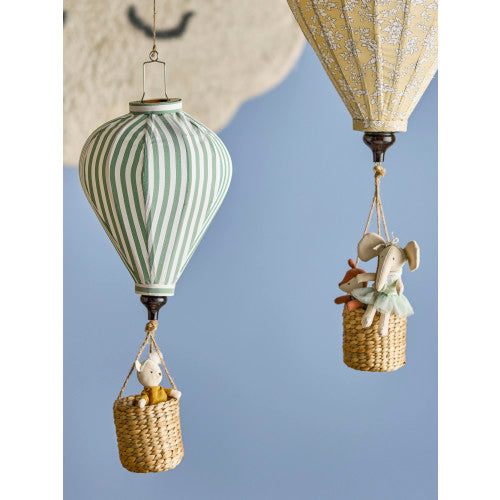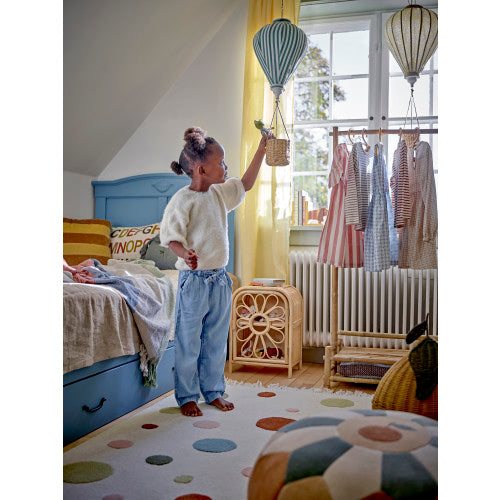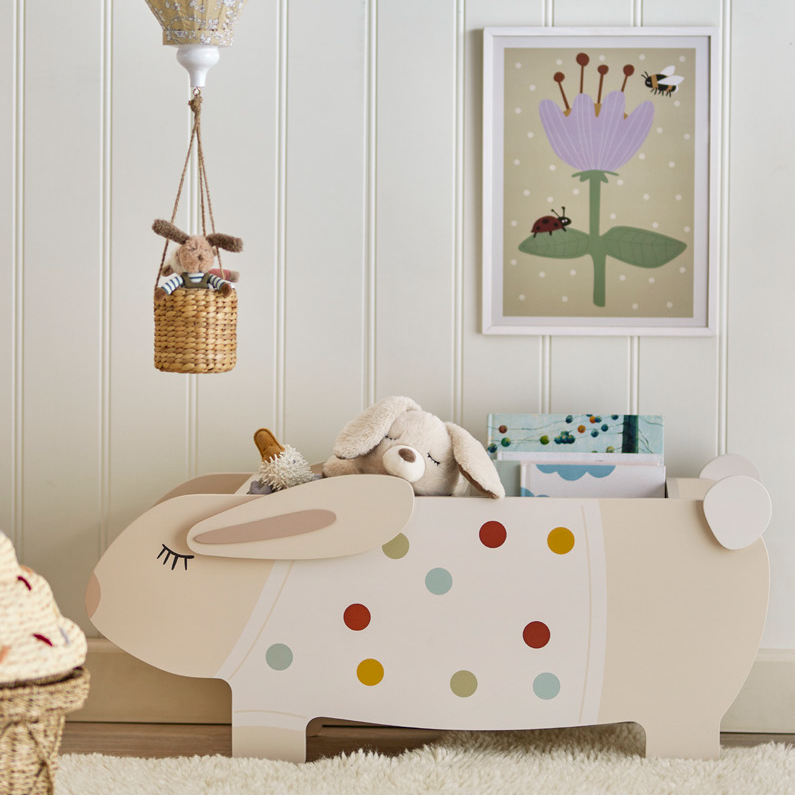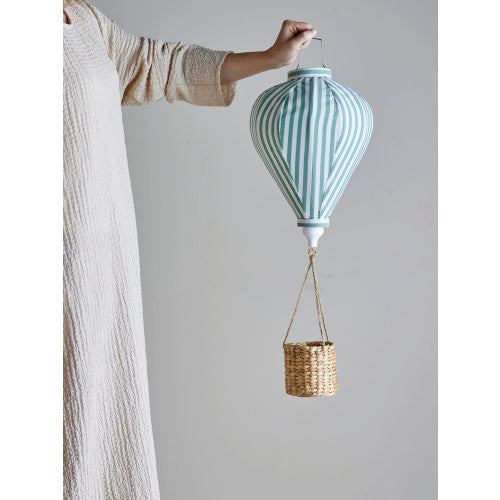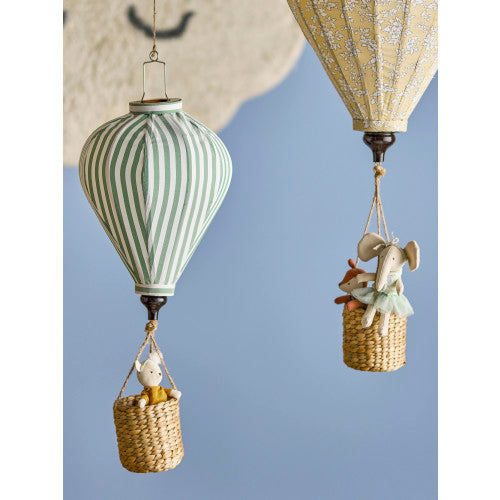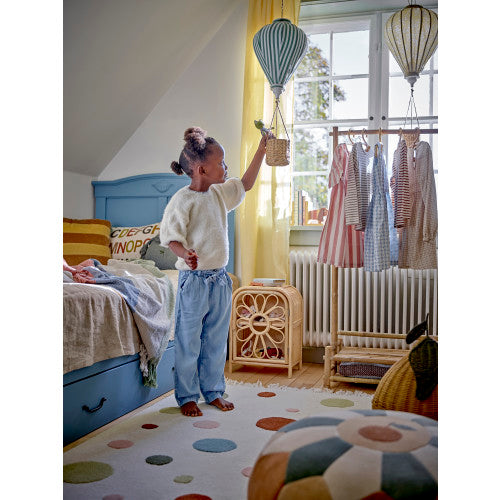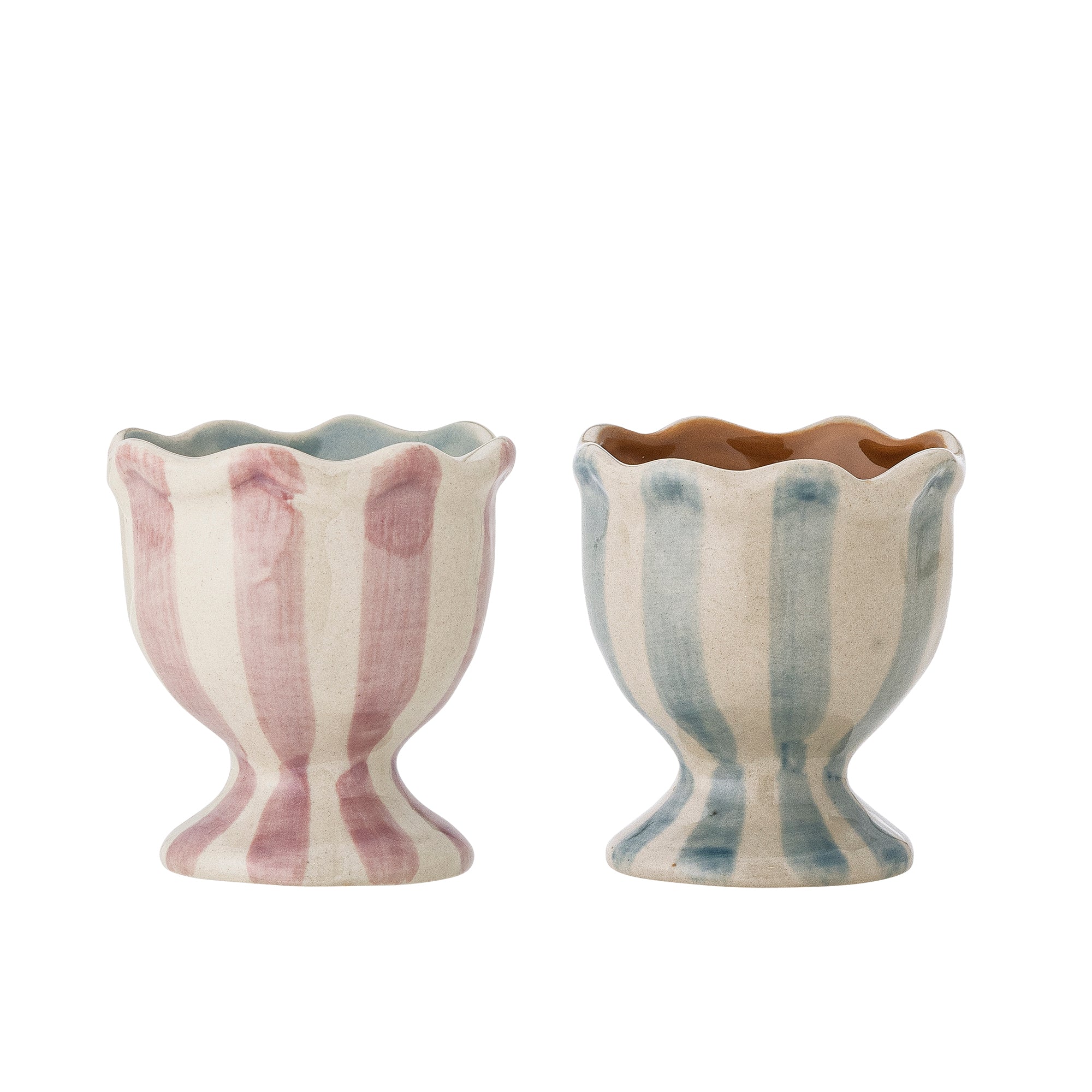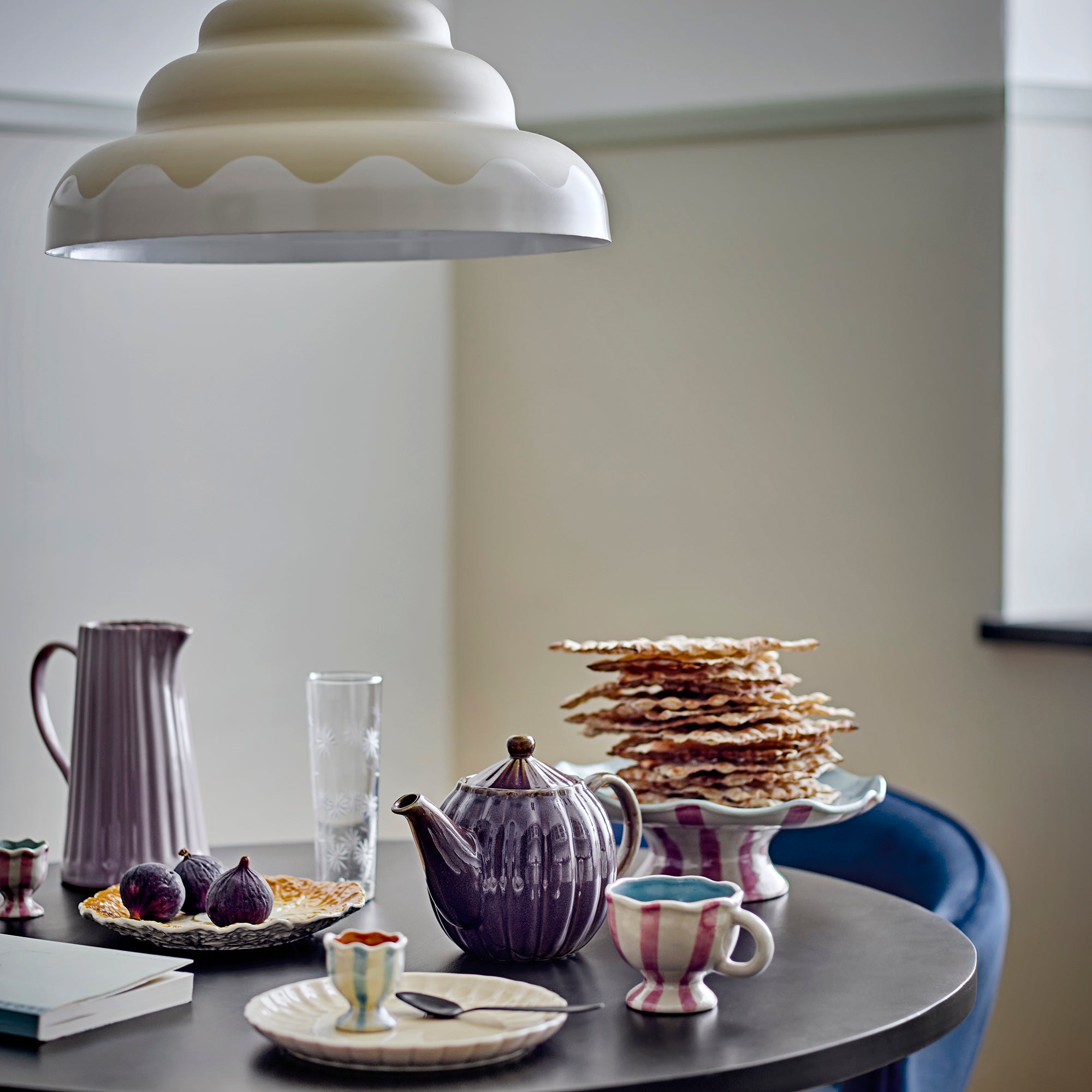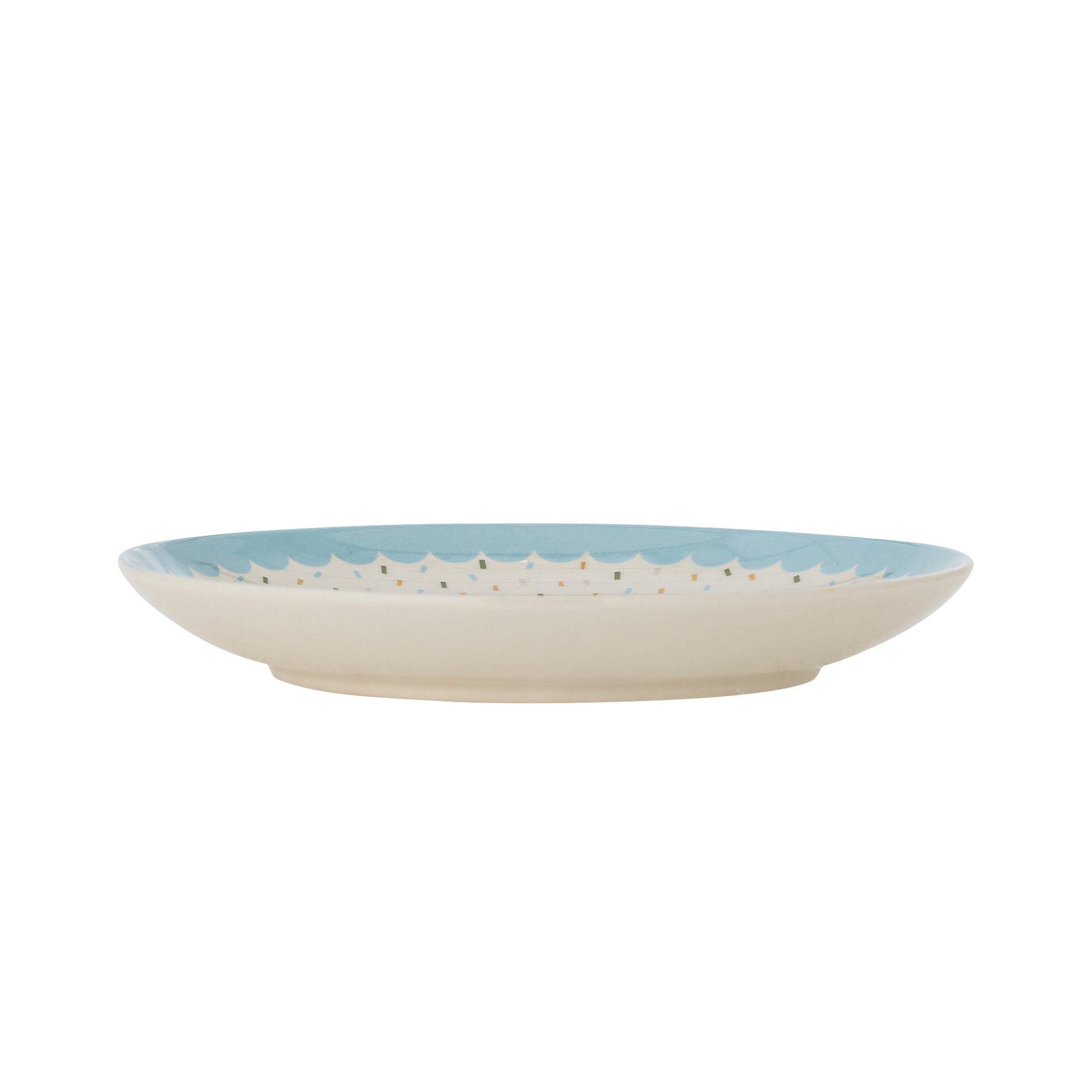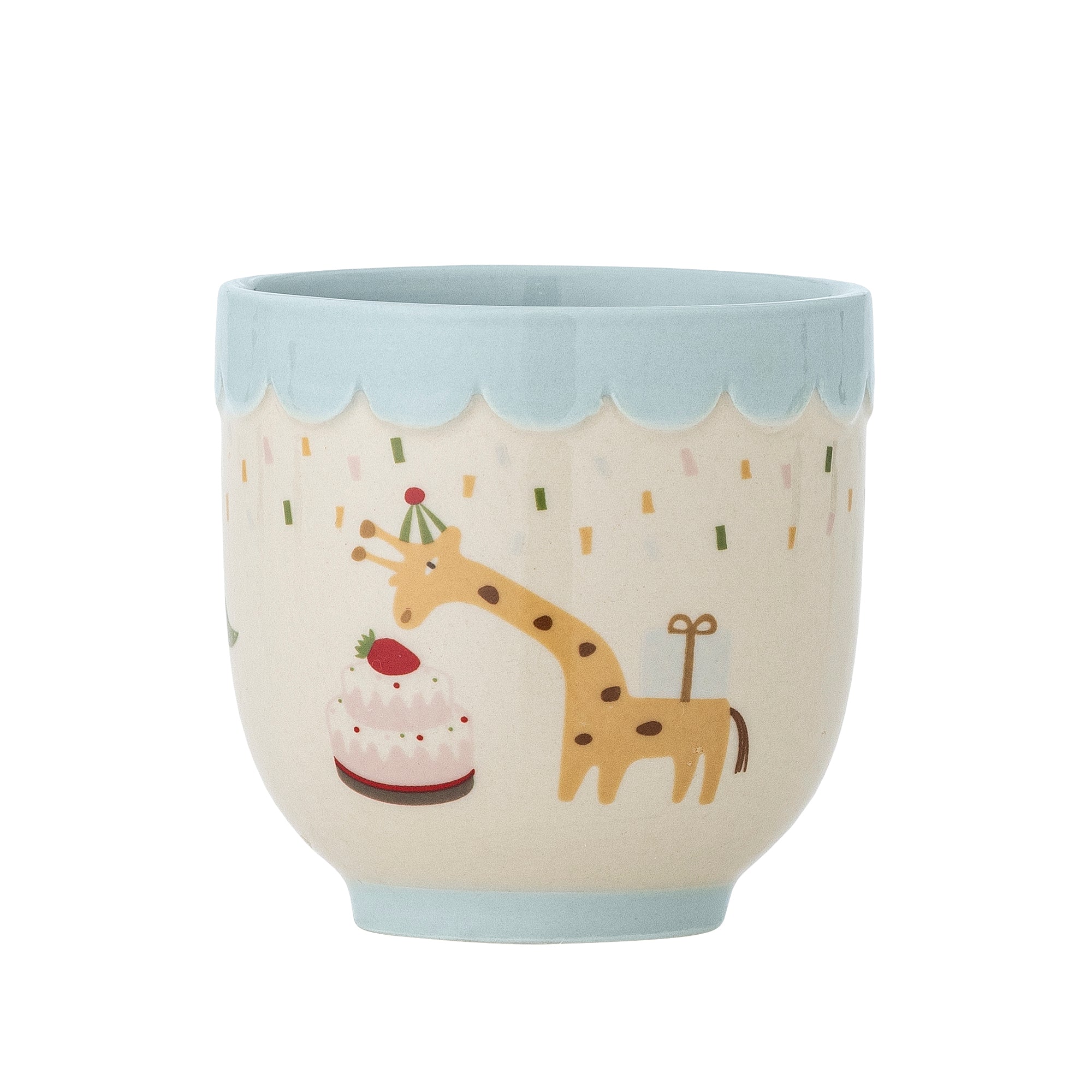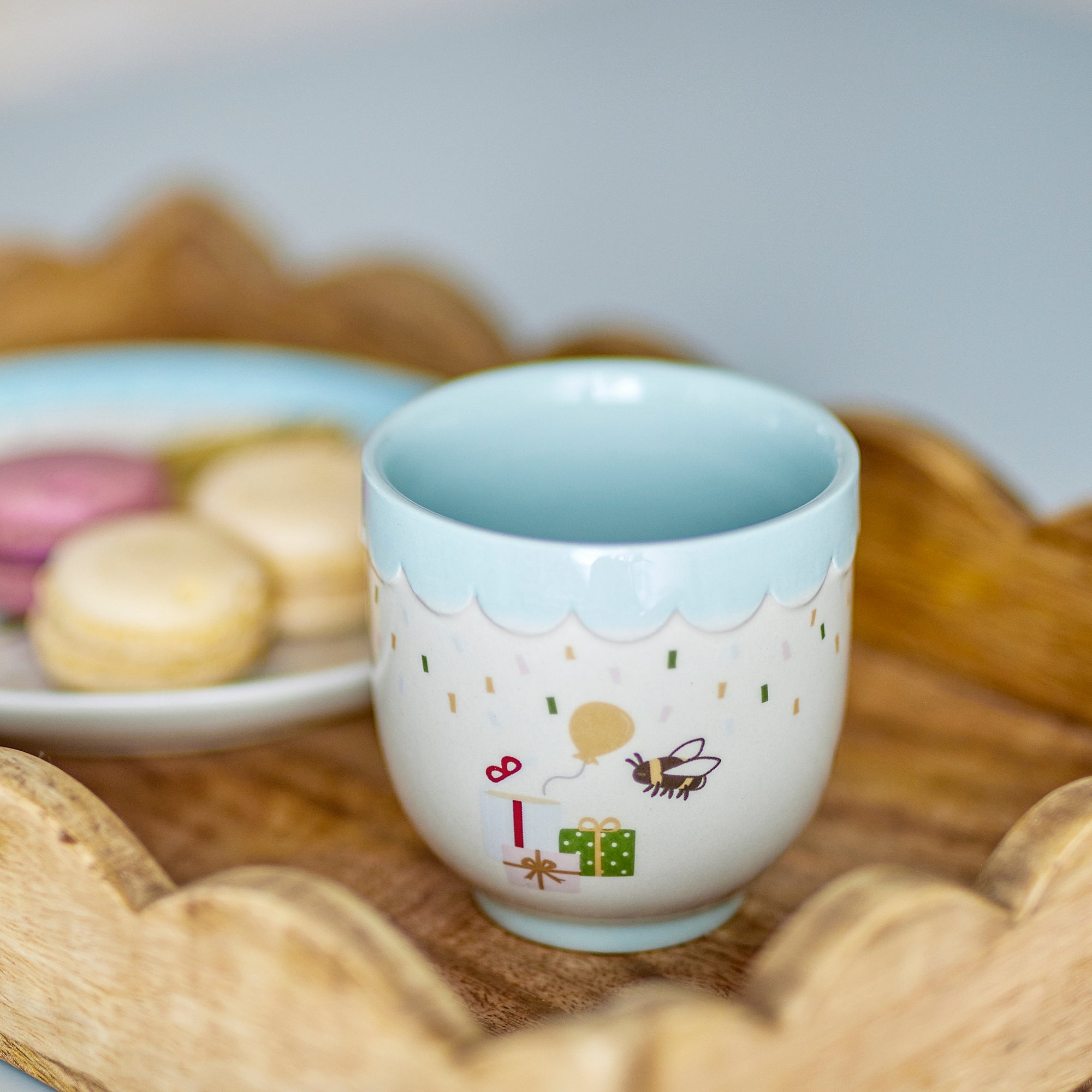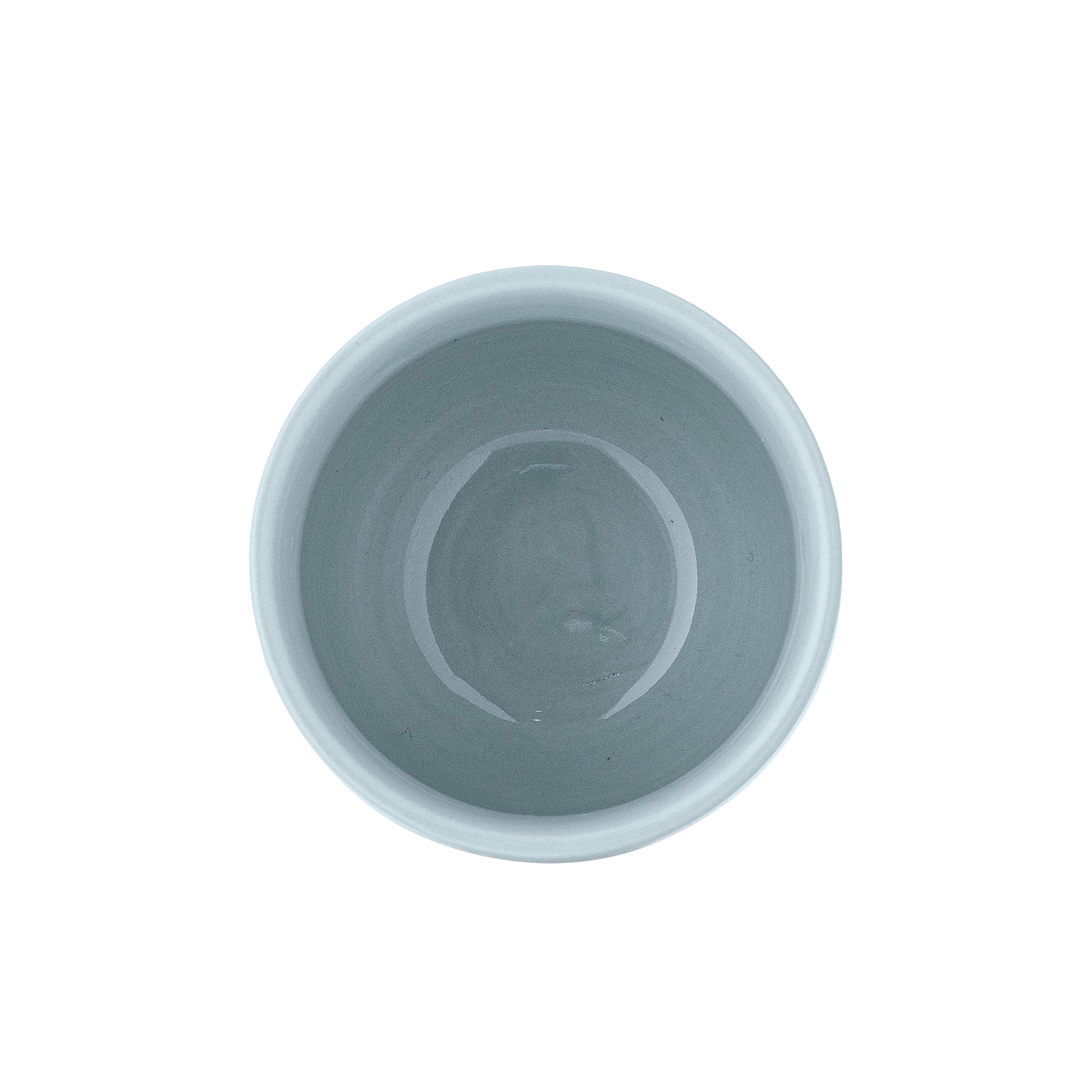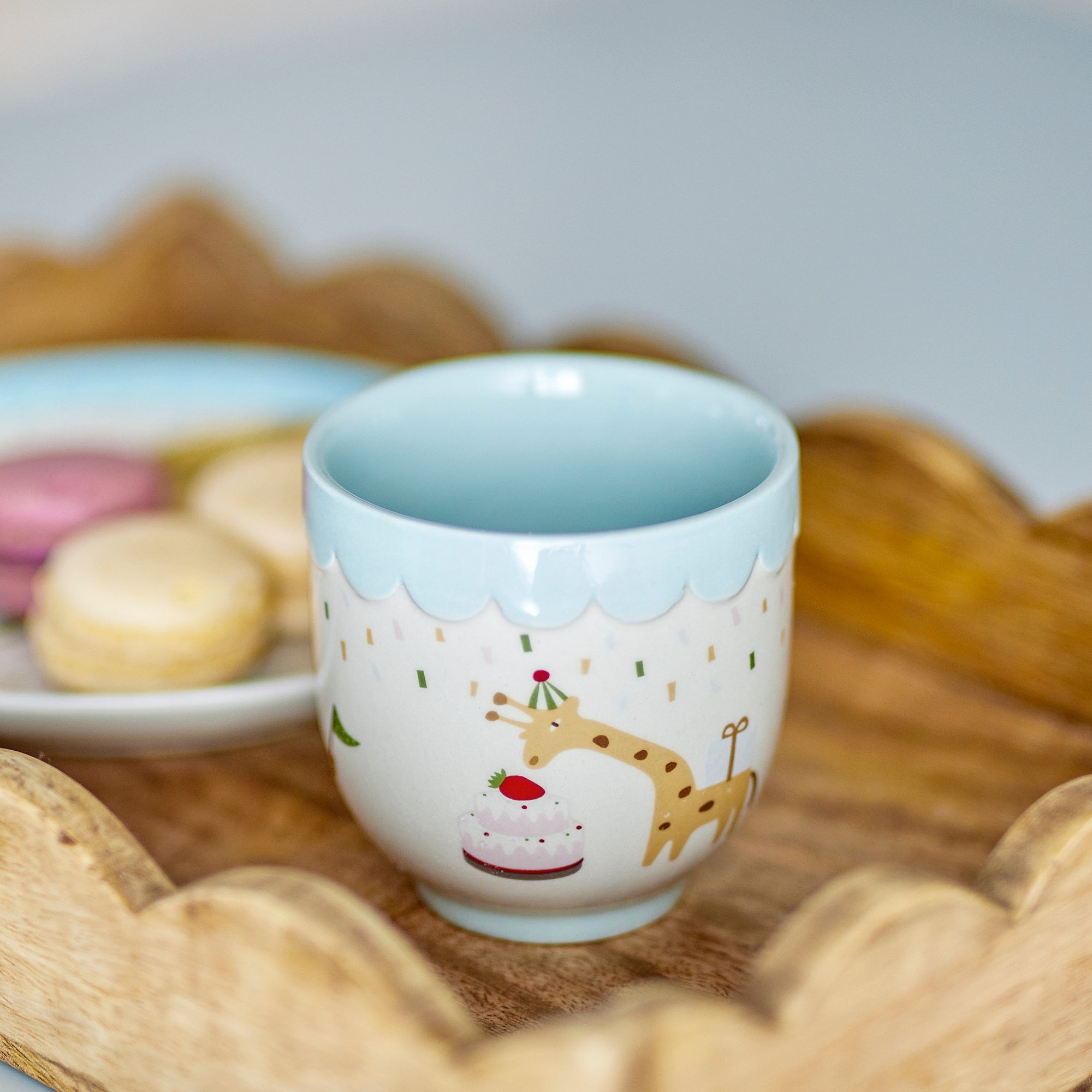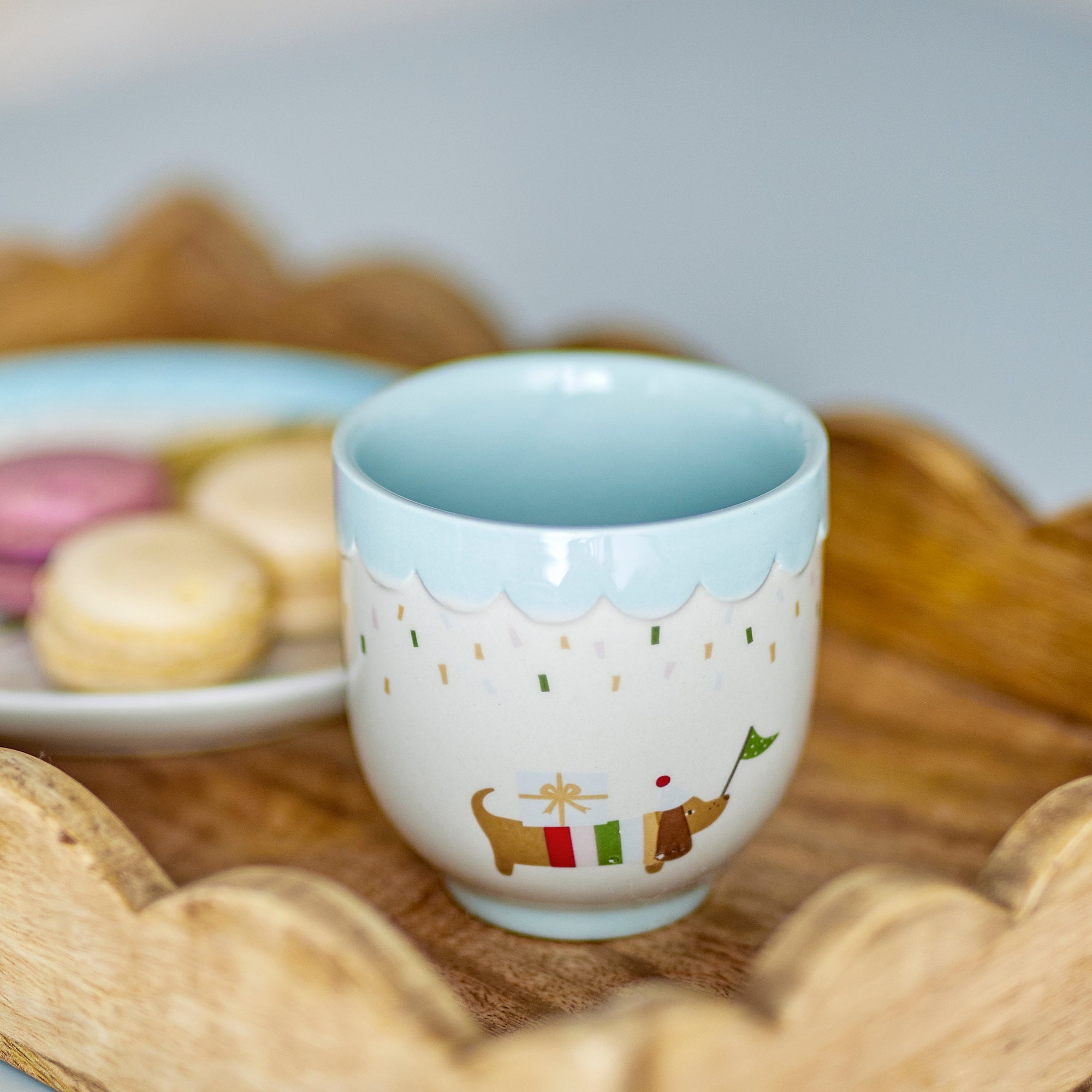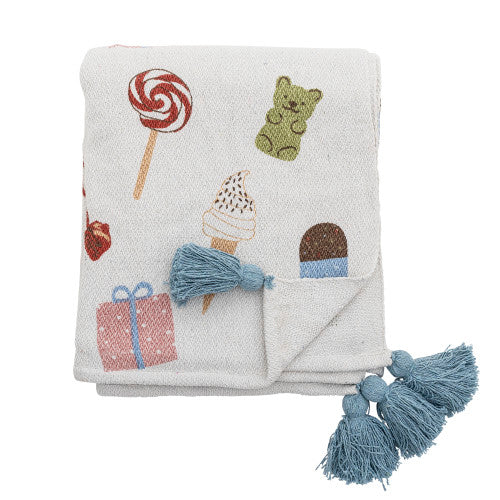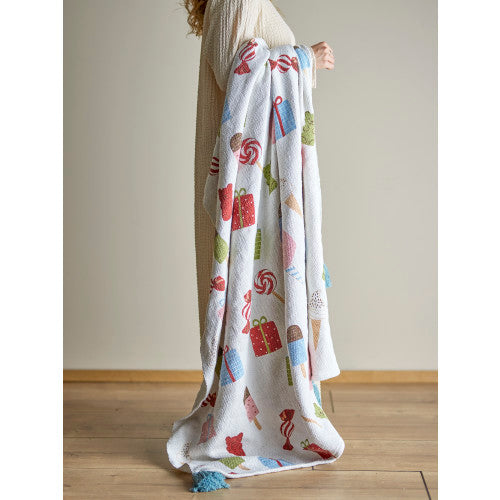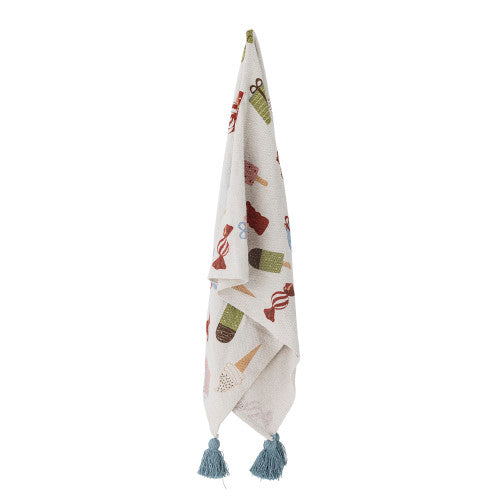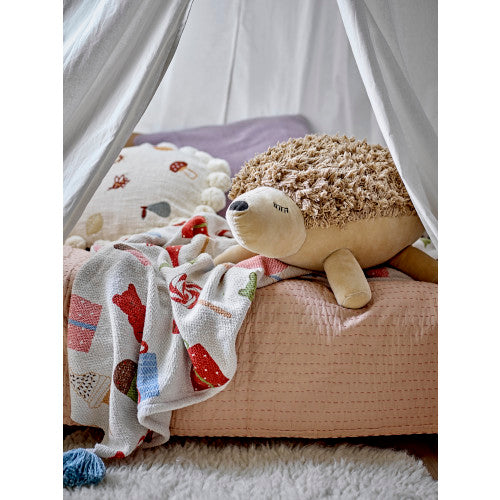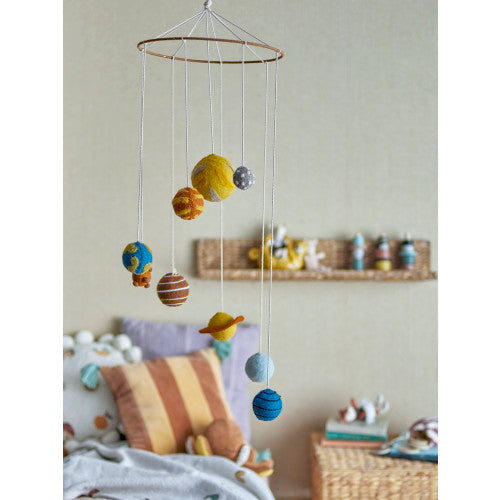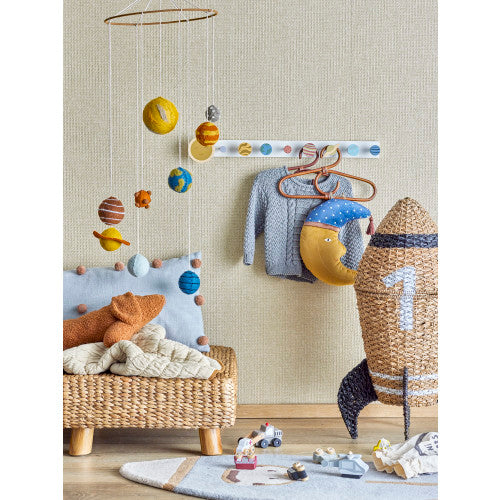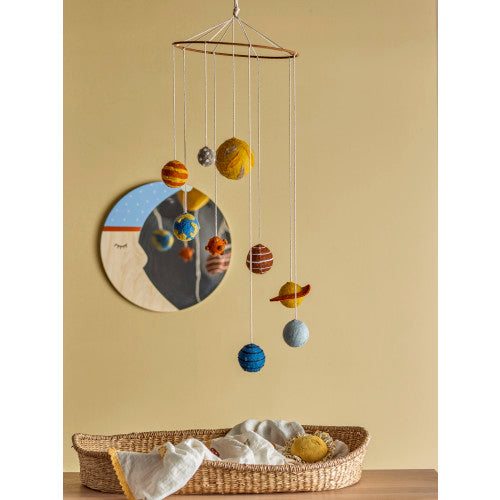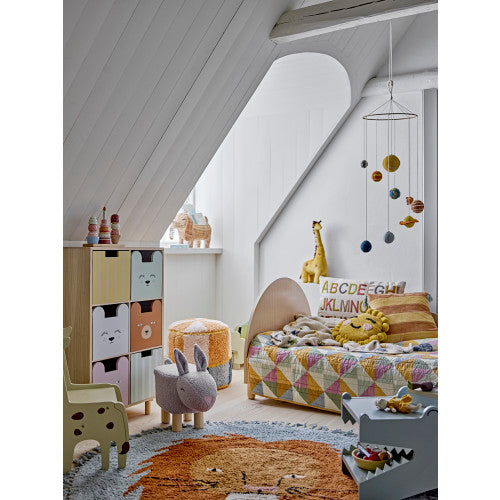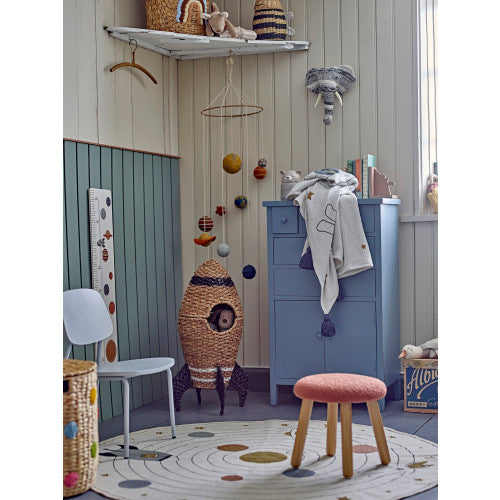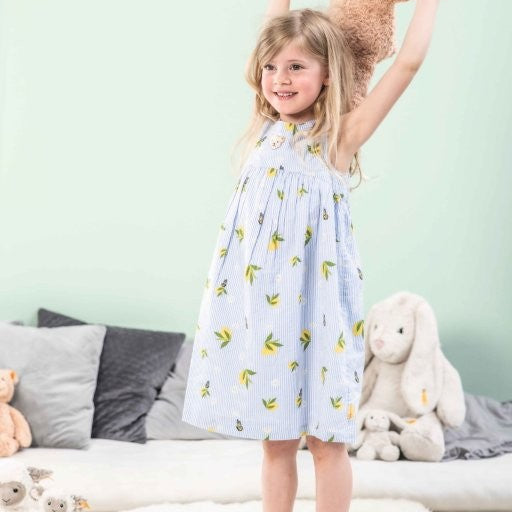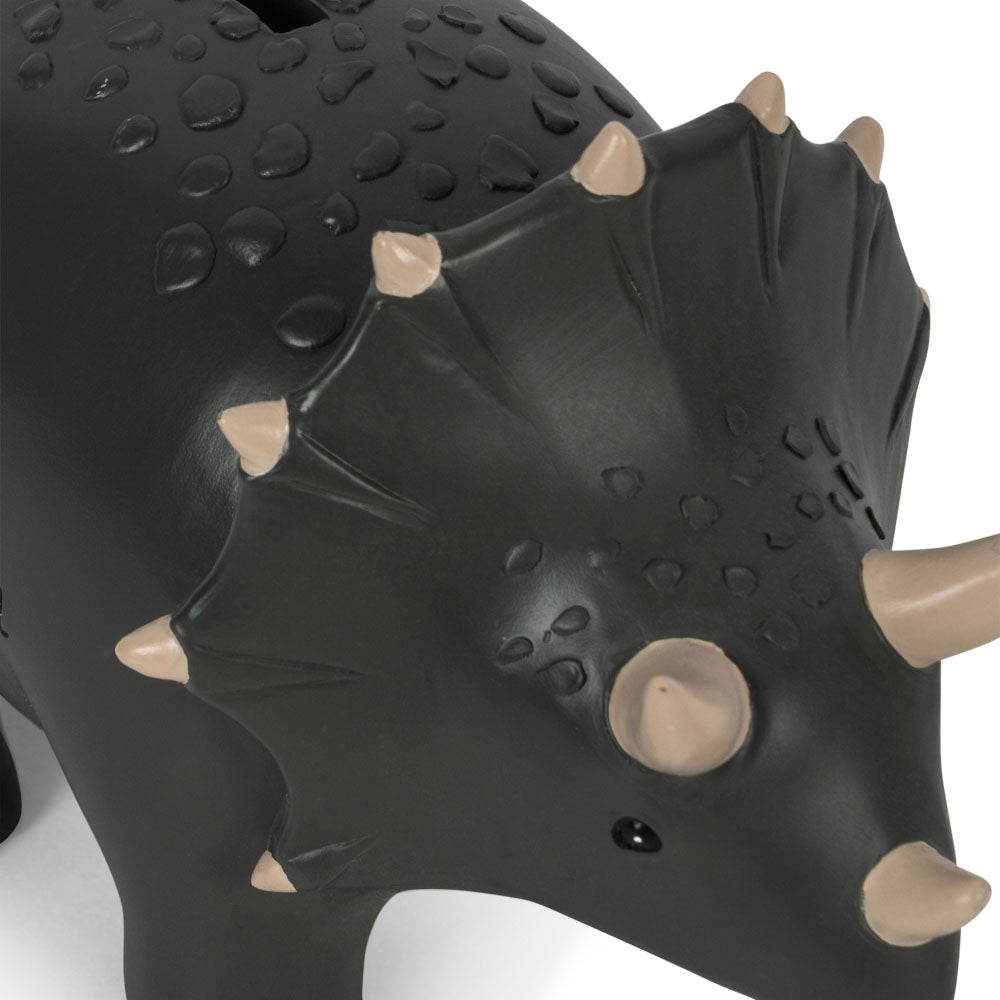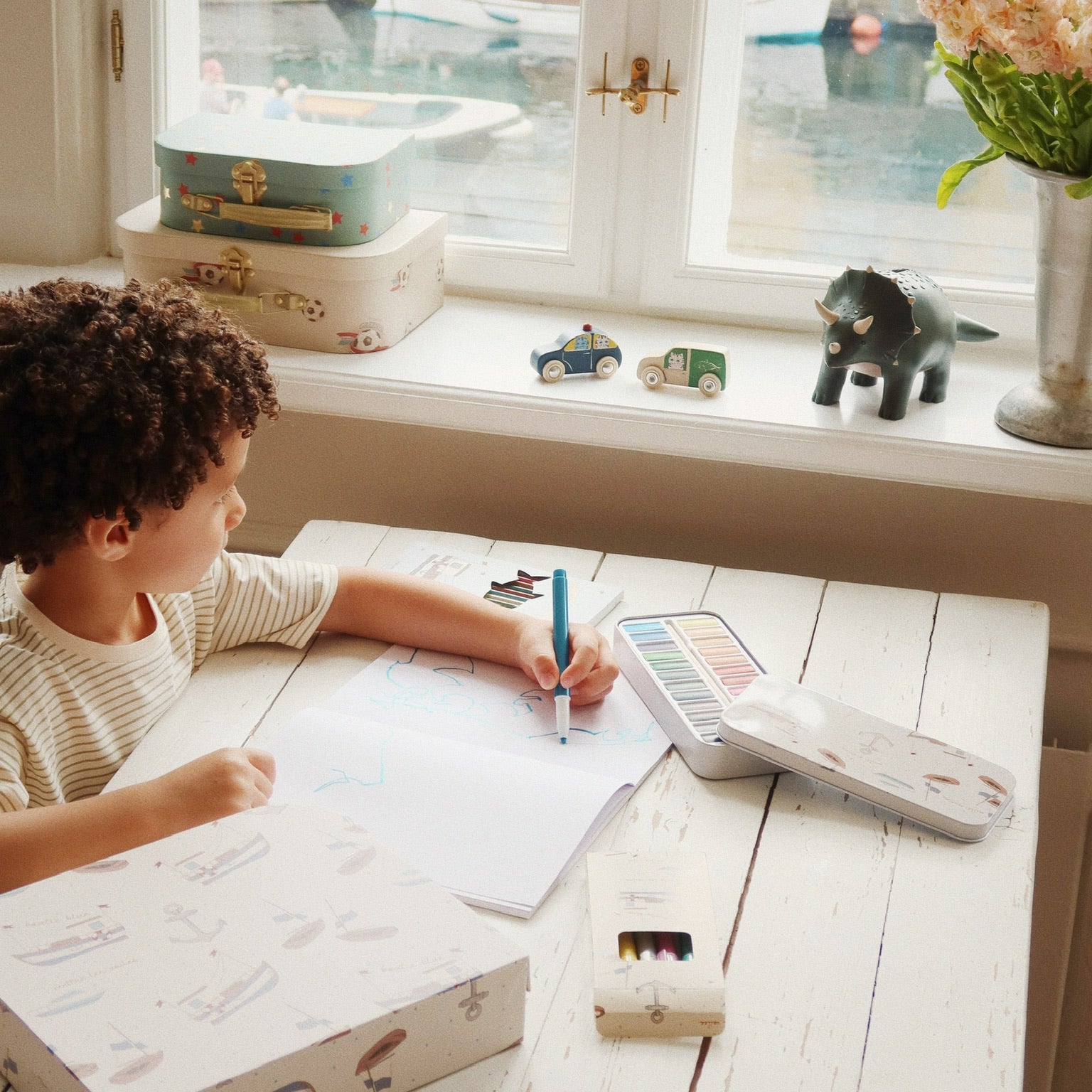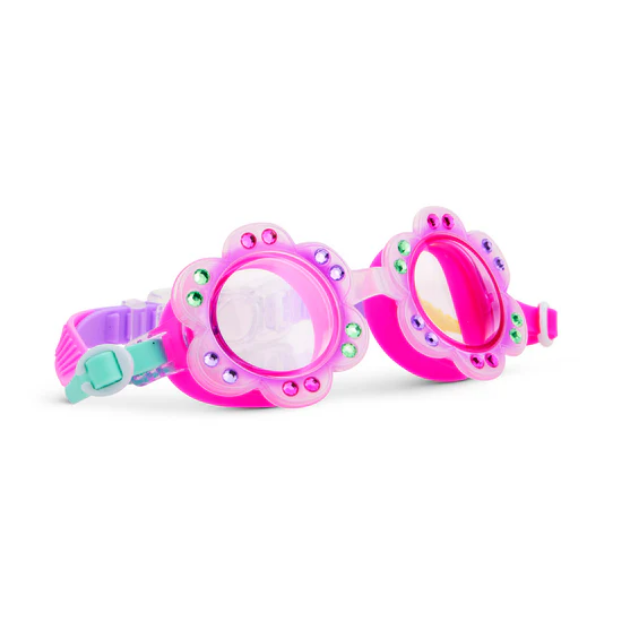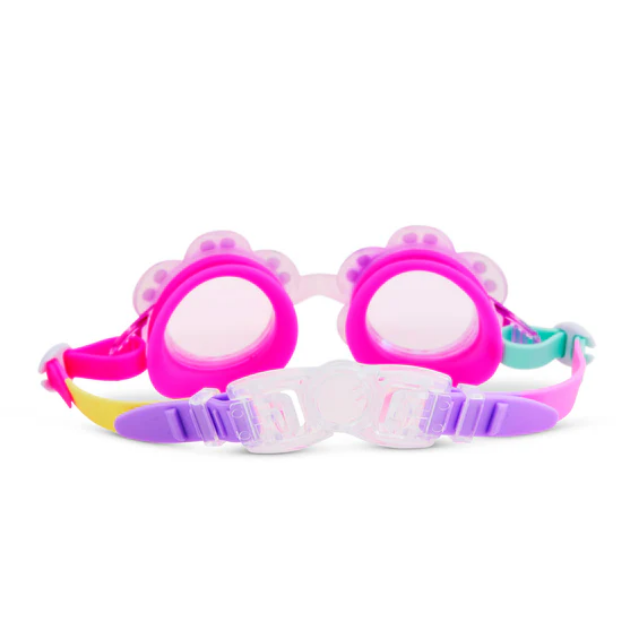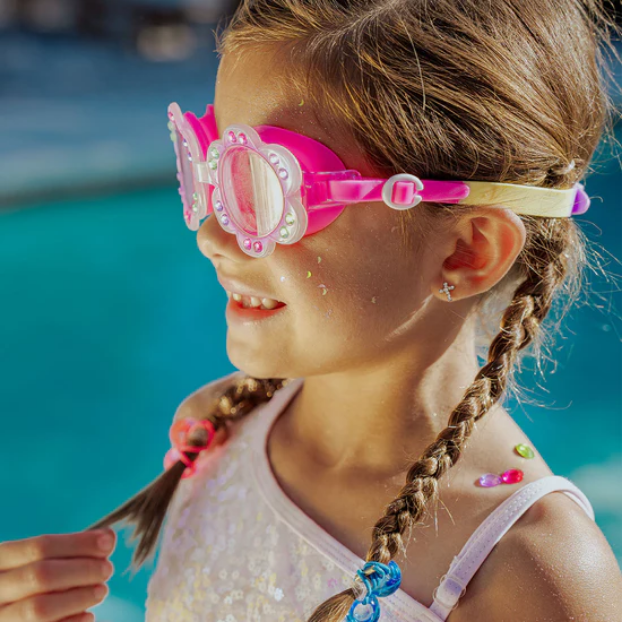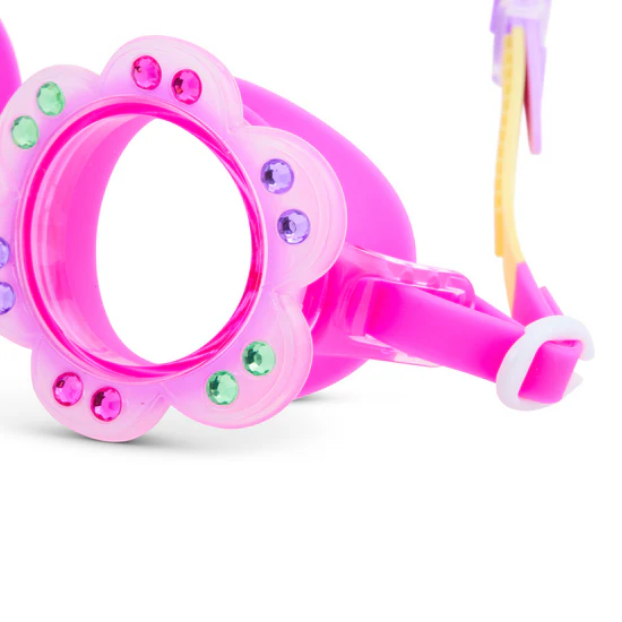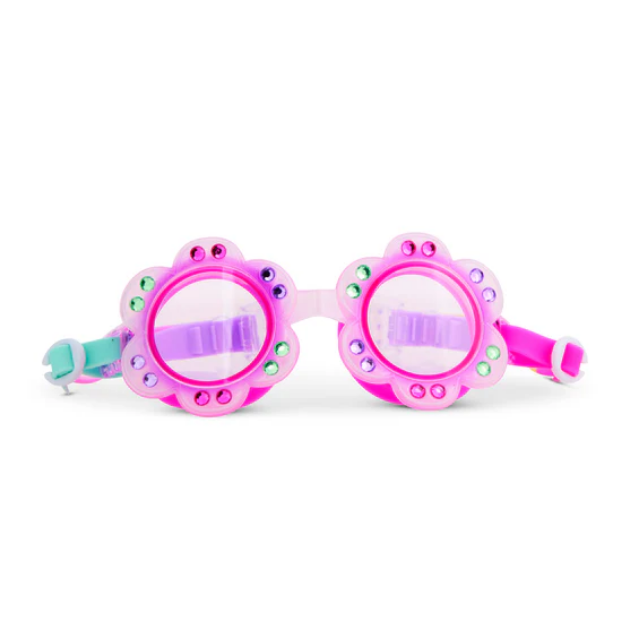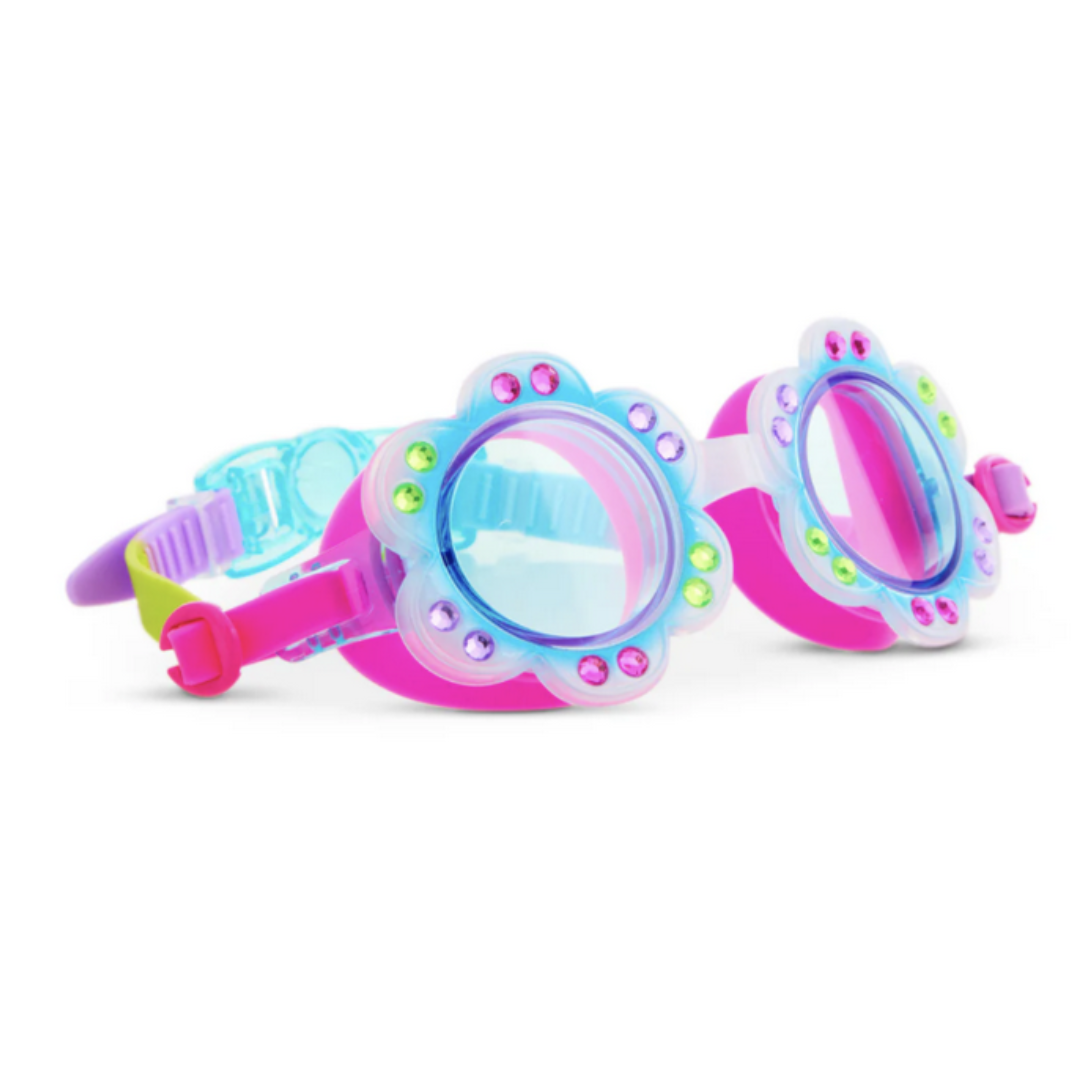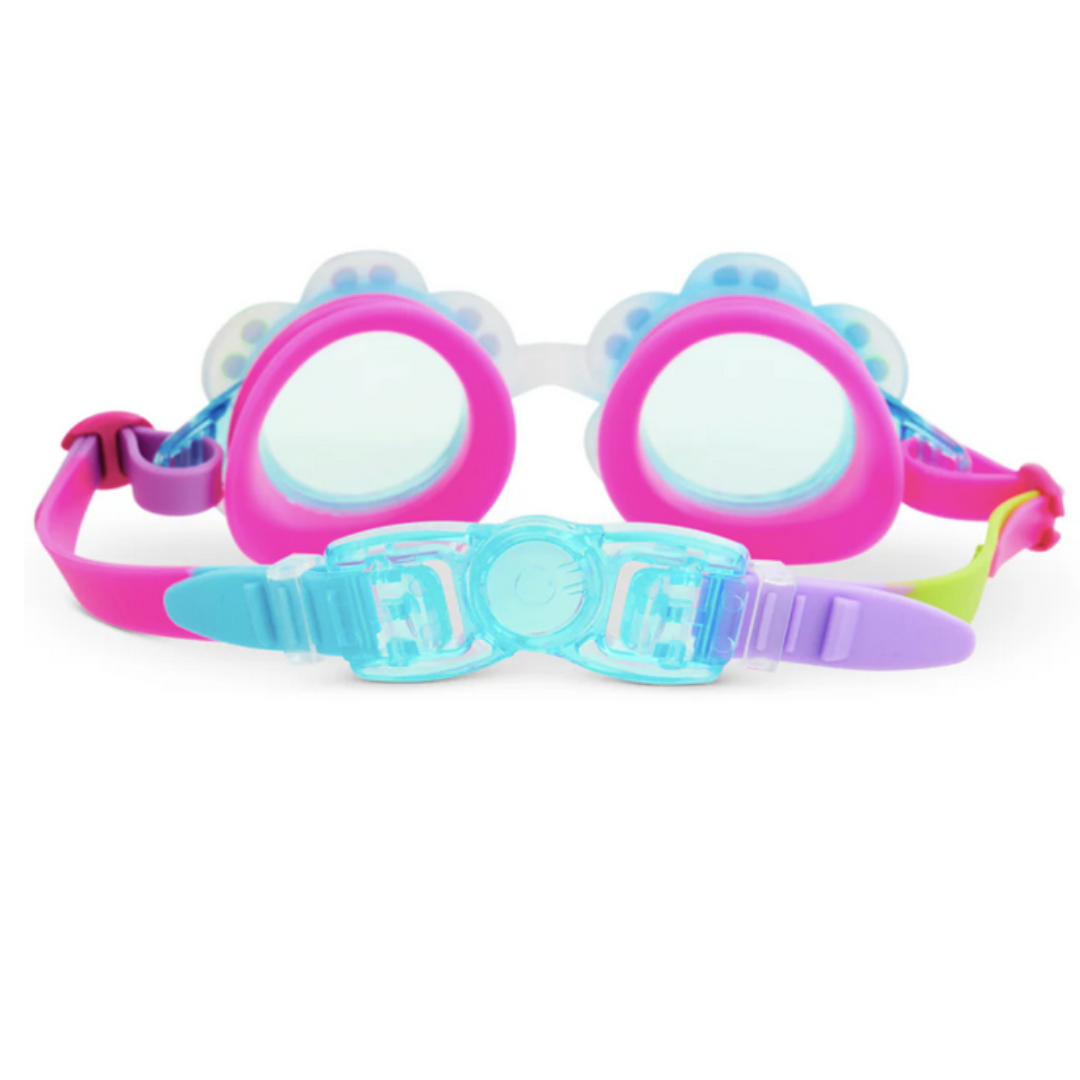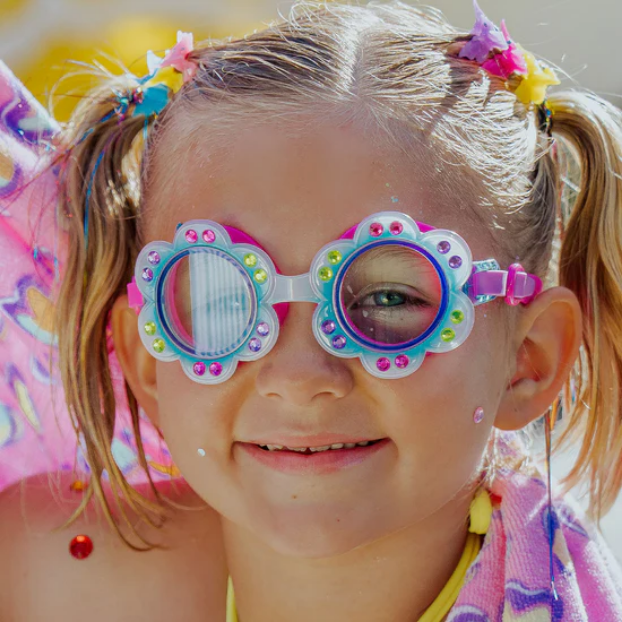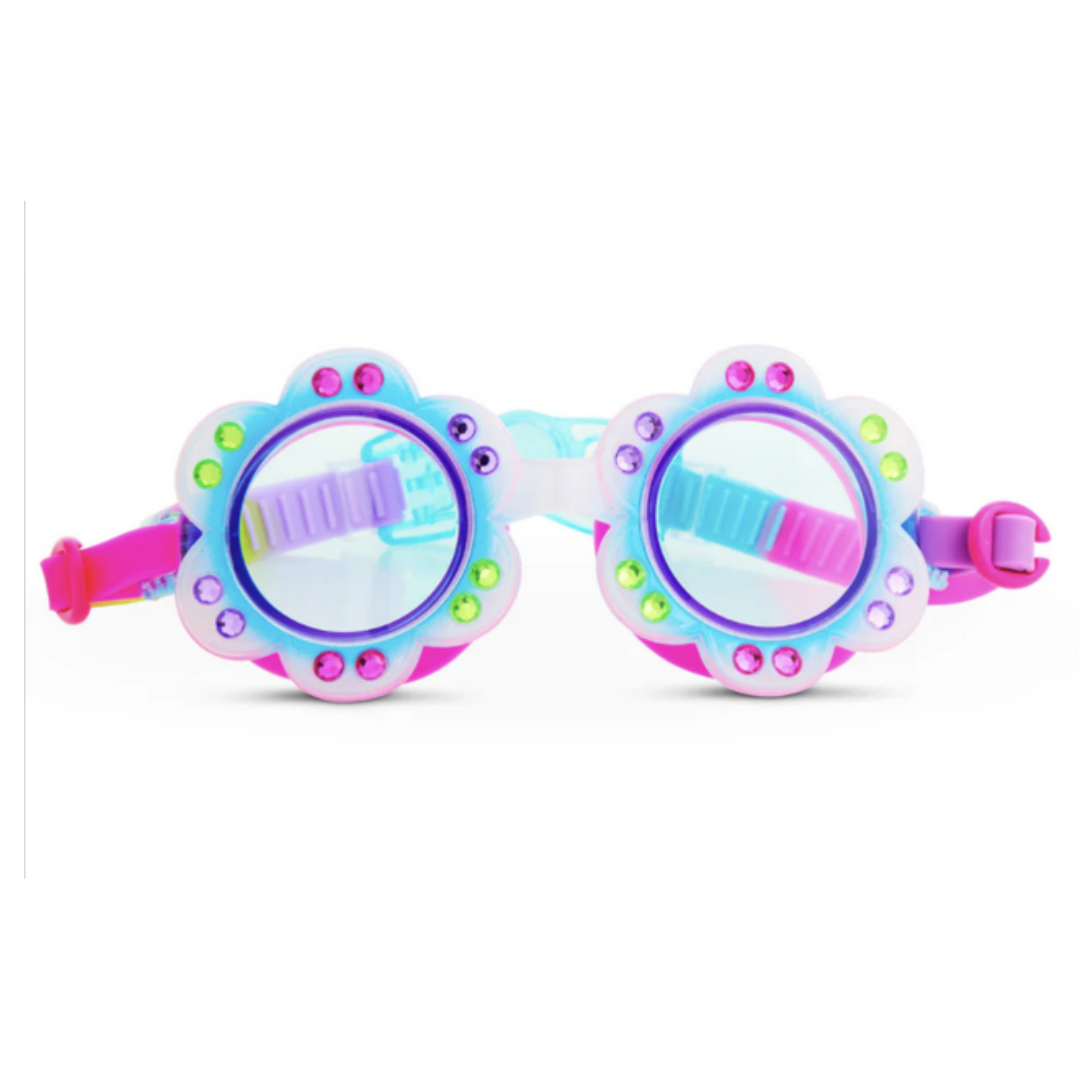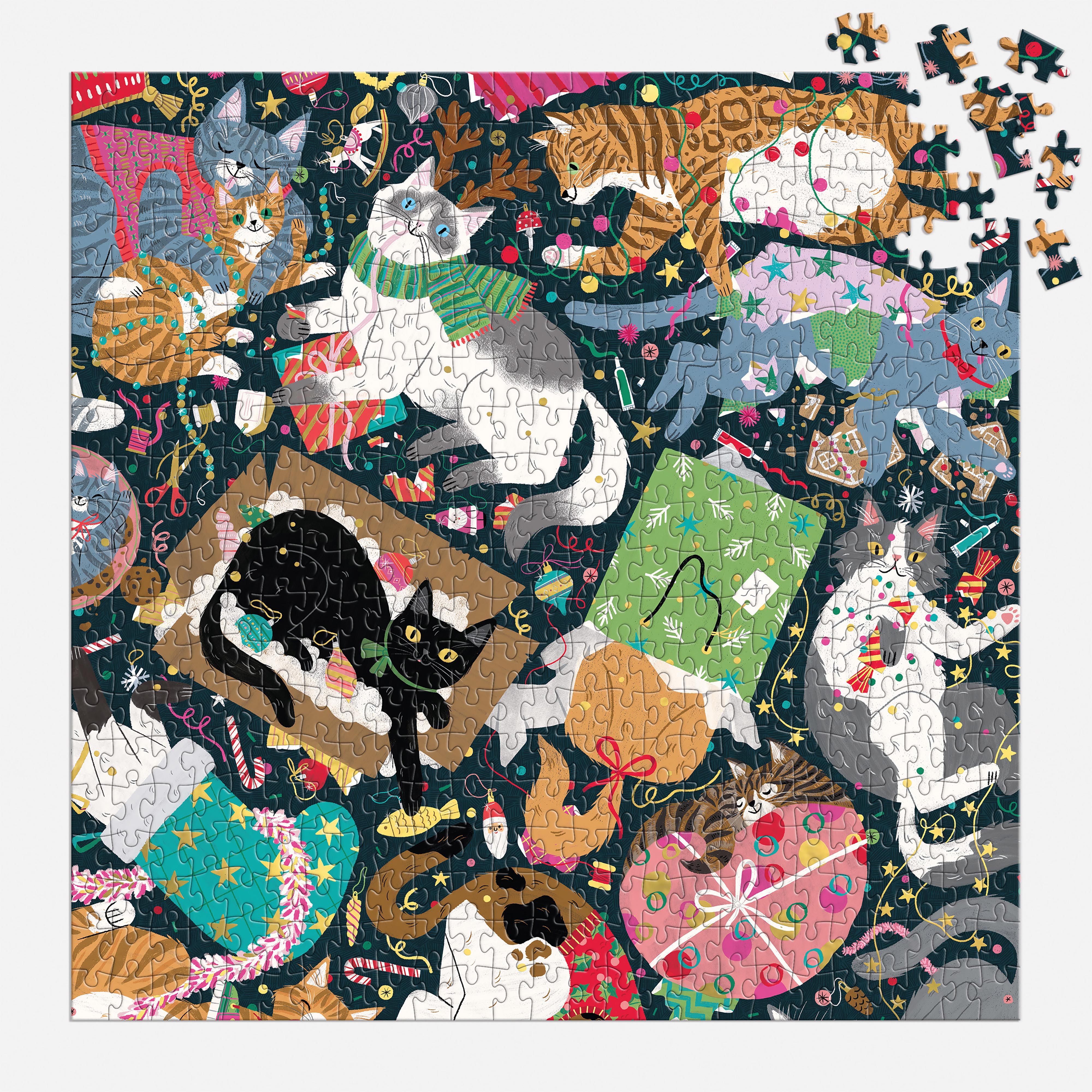Guide | Why is it important to choose the right nipple?
Parenthood is an incredible journey. However, this journey can also be stressful for new parents who are unsure about which products are the best fit for their baby. We’re here to help you every step of the way.
From birth babies have a natural sucking reflex. The baby will try to satisfy this need with the mother’s breast, a pacifier, a thumb or other. It is not only a vital reflex for the baby to get food but sucking also has a calming effect on the baby, reminding the baby of something safe and familiar in an otherwise foreign world.
Benefits of using a pacifier:
- The pacifier help calm and soothe the baby, and can therefore help to make the baby fall asleep
- The pacifier helps to lower the heart rate, blood pressure and stress levels
- The pacifier has a pain-relieving effect
- The pacifier comforts the baby and provide security when it gets upset or distraught
Different pacifiers
When it comes to the nipple no size or shape is right or wrong because all babies are different. Babies have different preferences, different sucking techniques, and different mouth anatomy. Therefore, we offer different pacifiers that meet all these different needs.
It can be necessary to try out different shapes and sizes to find the perfect fit for your child. Some babies prefer a certain nipple shape, size, or material while others do not have any preferences and will take whatever shape, size, and material you offer.
BIBS Colour - Round Nipple

Our Colour pacifier is the original BIBS pacifier and has been on the market since 1978. It has the signature round BIBS shield with three vent holes and round BIBS engraved handle ring.
The nipple on our Colour pacifier is a round nipple that resembles the shape and size of the mother’s breast to provide comfort to your baby. Further, the round nipple promotes a similar tongue placement and sucking technique when breastfeeding, since the round shape allows the sides of the tongue to elevate and cup around the nipple, just like it
does during breastfeeding.
The nipple is equipped with a valve, letting out air when the baby closes down on the nipple. This ventilation system causes the air from inside the nipple to be pushed out through the valve thereby flattening the nipple to shape naturally after the baby’s oral cavity. The valve is also the reason why water can be presented inside the nipple after cleaning and sterilization. If this is the case, simply just squeeze the nipple flat to press
out the excess water.
The round lightweight shield is carefully designed to curve away from the sensitive and delicate skin around the baby’s mouth, to ensure minimum contact with the baby’s nose and mouth, which means less chance of moisture build-up from saliva that can cause rashes and sore spots.
The shield comes in one size no matter the nipple size. Also available in a night version with a glow-in-the-dark handle. The nipple is produced from natural rubber latex. Since natural rubber latex is a natural material color variation may occur.
Available in natural rubber latex in sizes 1, 2 and 3.
BIBS De Lux - Round Nipple

Our De Lux pacifier is our modern and timeless pacifier, with an elegant hidden gathering in an enhanced matte finish for a Premium look. The dup is made large, so it is easy to print a name on, making it perfect for daycare. The nipple on our De Lux pacifier is a round nipple that resembles the shape and size of the mother’s breast to provide comfort to your baby. Further, the round nipple promotes a similar tongue placement and sucking technique when breastfeeding, since the round shape allow the sides of the tongue to elevate and cup around the nipple, just like it does during breastfeeding.
The nipple is equipped with a valve, letting out air when the baby closes down on the nipple. This ventilation system causes the air from inside the nipple to be pushed out through the valve thereby flattening the nipple to shape naturally after the baby’s oral cavity. The valve is also the reason why water can be presented inside the nipple after cleaning and sterilization. If this is the case, simply just squeeze the nipple flat to press out the excess water.
The shield is carefully designed to curve away from the sensitive and delicate skin around the baby’s mouth, to ensure minimum contact with the baby’s nose and mouth, which means less chance of moisture build-up from saliva that can cause rashes and sore spots.
The shield comes in one size no matter the nipple size.
Available in and Onesize (silicone).
Which size of pacifier should you choose?
Babies are different and have different needs and preferences. Try out different shapes and sizes to find the perfect fit for your baby.
It is our experience that the following sizes are the general and therefore also our common recommendation. However, all our sizes can be used from birth. It all comes down to your baby’s preference. It is not dangerous to give a newborn a size 3. However, because most newborns prefer a smaller size, we have made the following recommendations:
- Size 1: 0+ months
- Size 2: 6+ months
- Size 3: 18+ months
- Onesize: 0-3 years
Age and size indications are only a guide for you to follow and that all sizes can be used from when your baby is born.
BIBS COLOUR
The shield comes in one size no matter the nipple size.
Available in sizes 1, 2, and 3 all in natural rubber latex.

BIBS DE LUX
The shield comes in one size no matter the nipple size.
Available in sizes 1 and 2 (natural rubber latex) and Onesize (silicone).

Natural rubber latex vs silicone
Our pacifier nipples are made with two different materials: Natural rubber latex and silicone. We are often asked by parents which material they should choose, and which one is better. Don’t worry we are here to help and guide you.
Natural rubber latex
Natural Rubber latex is a natural material made from a sticky milky fluid tapped from the Hevea tree. The fluid is refined to the brown/yellow rubber you know from your pacifiers; a super soft, elastic, and resilient material very much resembling the mother’s soft nipple.
The natural material comes with a natural aging process affected by natural influences like UV-light, air, saliva, and heat. The elasticity of the material allows the nipple to change shape and size because of the baby’s strong vacuum, this means that the nipple in some cases can expand if it is not replaced in time
Natural rubber latex pacifiers should be scalded rather than boiled and replaced every 4-6 weeks for safety and hygienic reasons. Since rubber is a natural material color variation may occur.
Why is the nipple clear on one pacifier and foggy on another?
Natural rubber latex is a natural material with many positive properties like softness, high bite endurance, and tensile strength. However, latex is subject to natural material fluctuations which can become noticeable through a different optical appearance. Therefore, the nipple can vary in clearness and color. The quality or product safety is not affected thereby.
Why is the new pacifier smaller?
Does your baby use our natural rubber latex pacifiers? And have you experienced that the new pacifier you bought, looks smaller than the old ones? Do not worry there is a completely natural explanation for this.
Natural rubber latex expands
Natural Rubber latex is a 100% natural material made from a sticky milky fluid tapped from the Hevea tree. The fluid is refined to the brown/yellow rubber you know from your pacifiers; a super soft, elastic, and resilient material very much resembling the mother’s soft nipple.
But is comes with a natural aging process affected by natural influences like UV-light, air, saliva, and heat. The elasticity of the material allows the nipple to change shape and size because of the baby’s strong vacuum, this means that the nipple in some cases can expand if it is not replaced in time.
Some children will not take a pacifier that is different from the one the child is used to. So, if you experience that the pacifier expands replace the pacifier before the child gets used to the bigger nipple size.
We recommend a replacement of pacifiers every 4-6 weeks for both safety, hygienic reasons and since the natural rubber latex nipples in some cases can expand. Whenever you experience a change in the material the pacifier must be replaced.
Natural rubber latex pacifiers must be replaced when you see the following signs:
- Changes in the surface
- Changes in size
- Change in shape
- Rupture in the material
- Becomes brittle or sticky
Replace the pacifier immediately if you notice any of these changes. When your baby has teeth make sure to pull the nipple in all directions and inspect it carefully before use and replace the pacifier at the first sign of damage or weakness.
Silicone
Silicone is an industrially manufactured hypoallergenic, odorless, and taste-neutral material that is known for its purity. It is 100% free of harmful and endocrine-disrupting ingredients such as BPA, PVC, and phthalates. The smooth transparent nipple is not as soft as natural rubber latex, but it retains its shape, does not age, and can withstand high temperatures.
There exist two different kinds of silicone. 1. Silicone for food-contact products (food-grade), or 2. Silicone for pharmaceutical products and implant devices (medical-grade). The key difference between both grades lies in their use:
- Food-grade silicone is used for food contact products and in our case for silicone pacifier nipples, where especially good tensile values are essential.
- Medical-grade silicone is used for pharmaceutical products and implant devices and is tested for biocompatibility, a property that is not relevant for pacifier nipples. Medical-grade silicone does not mean that better quality or better mechanical properties are achieved for products as a result. On the contrary, the strength values, which are particularly important for pacifier nipples, may even deteriorate with medical-grade silicone.
Both grades are manufactured under high-quality control procedures to meet the existing regulations and to ensure that there is no harm to humans and the environment.
Our silicone nipples are made of food-grade silicone.
For hygienic reasons we still recommend replacing your pacifiers every 4-6 weeks.
What should you choose?
Both materials are very different and have great properties.
Material:
Natural rubber latex is a natural material, where silicone is an industrial material. The silicone we use in our pacifiers is food-grade silicone, which is 100% free of harmful and endocrine disrupting ingredients such as BPA, PVC, and phthalates.
Durability:
Natural rubber latex comes with a natural aging process affected by natural influences like UV-light, air, saliva, and heat. Silicone pacifiers are sturdier than latex pacifiers, it retains its shape, does not age, and can withstand high temperatures and last longer. However, they are not as soft as latex pacifiers.
Replacement:
We recommend that you replace our pacifiers every 4-6 weeks for safety and hygienic reasons – no matter material.
Recognizability:
Natural rubber latex is soft and resembles the mother’s breast more than silicone. Most choose to start with natural rubber latex as it has a more natural feel and softness, but most of the time it all comes down to which one your baby prefers.
Allergy:
Silicone is an allergy-friendly material, so is you have latex allergy in the family, you should choose silicone.
Smell & taste:
Silicone is odorless and taste-neutral, whereas natural rubber latex can have a slightly characteristic odor and taste from the rubber.
Cleaning:
Natural rubber latex should be scalded rather than boiled! Pour the pacifiers with boiling water and let them soak for approx. 5 min. NO microwave sterilization. Silicone pacifiers should likewise be poured with boiling water and be let to soak for approx. 5 min. Silicone can be microwave sterilized.
Babies are different
When it comes to pacifier’s nipple no material is right or wrong because all babies are different. It can be necessary to try out different materials to find the perfect fit for your child. Some babies prefer a certain material while others do not have any preferences and will take whatever material you offer.
